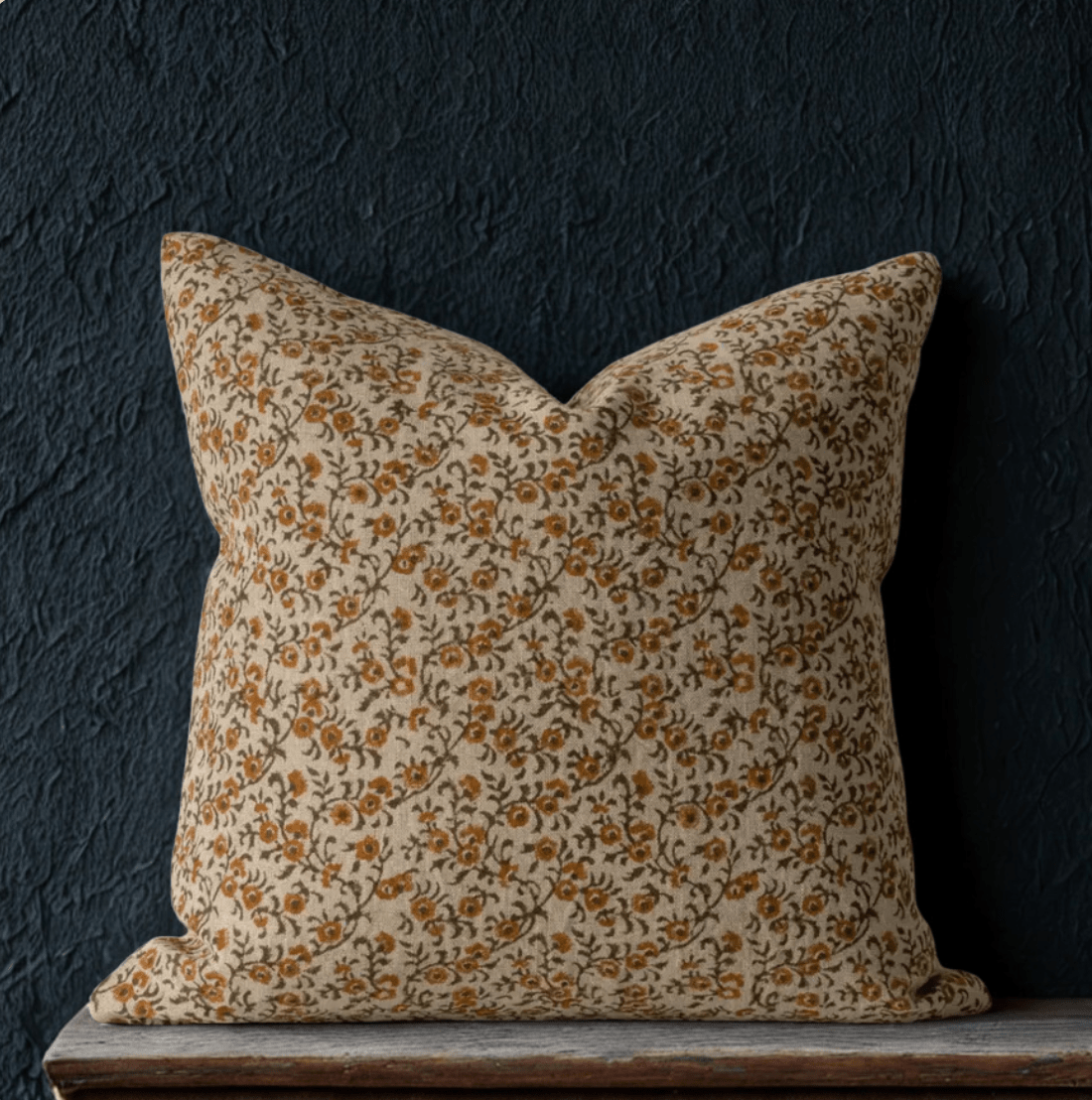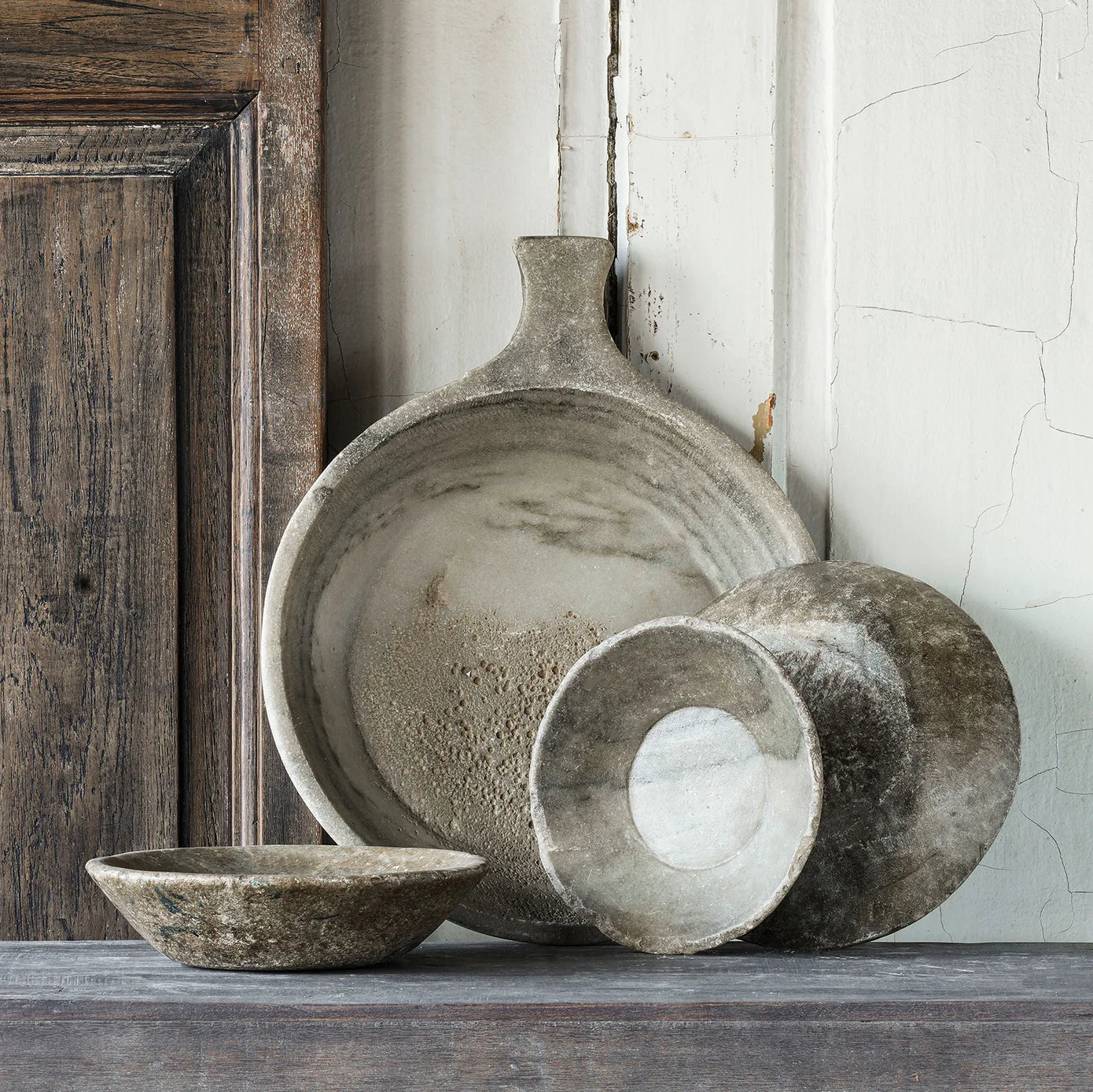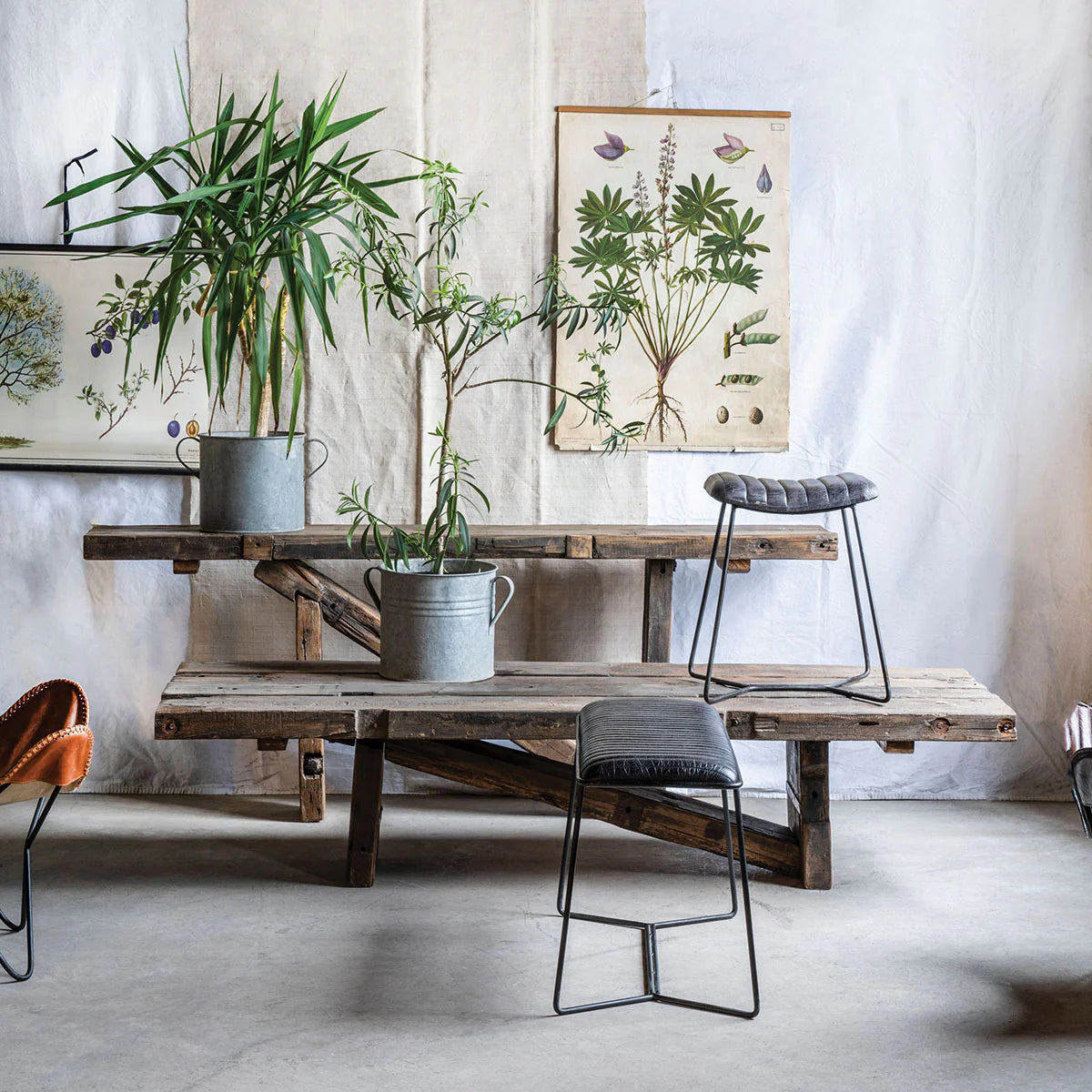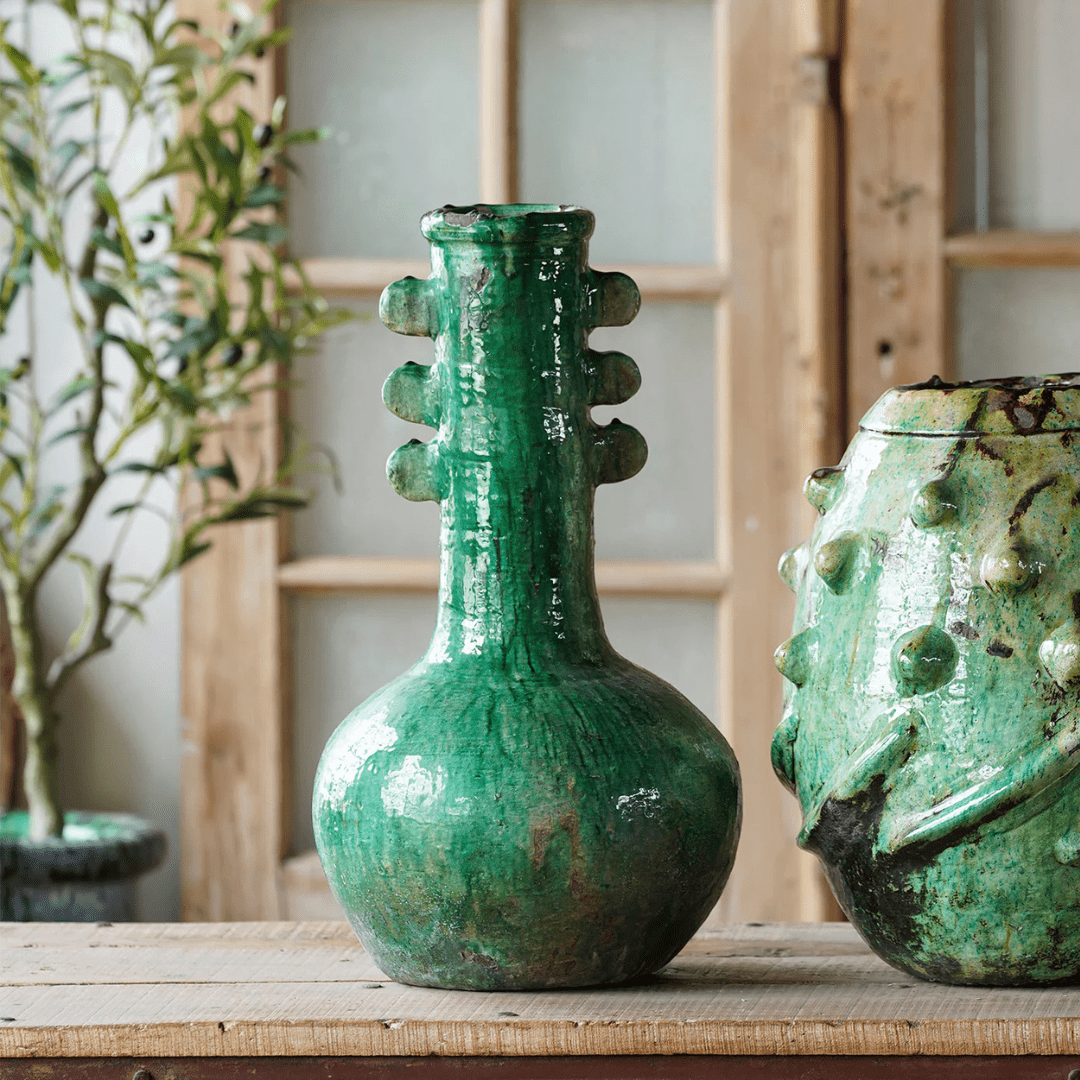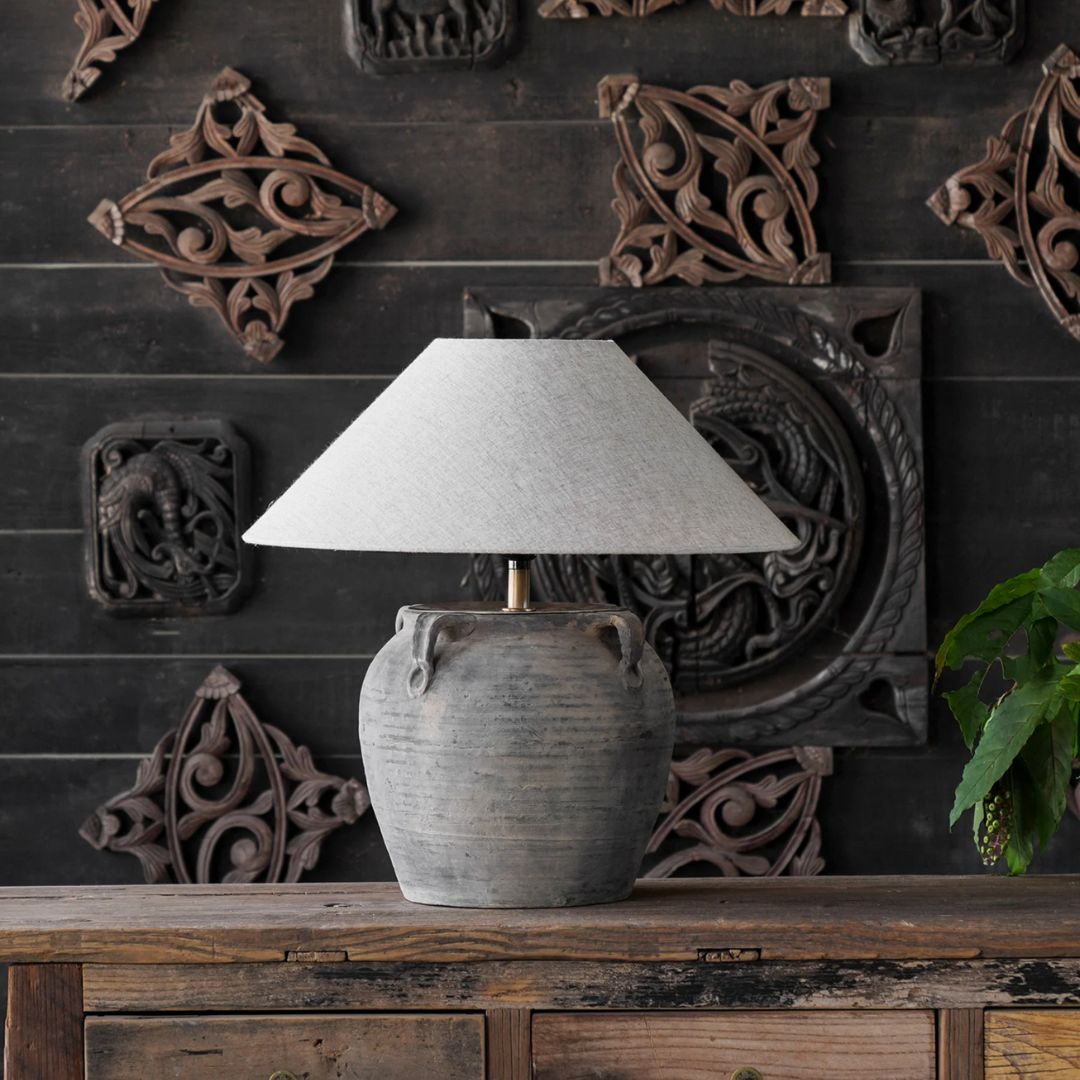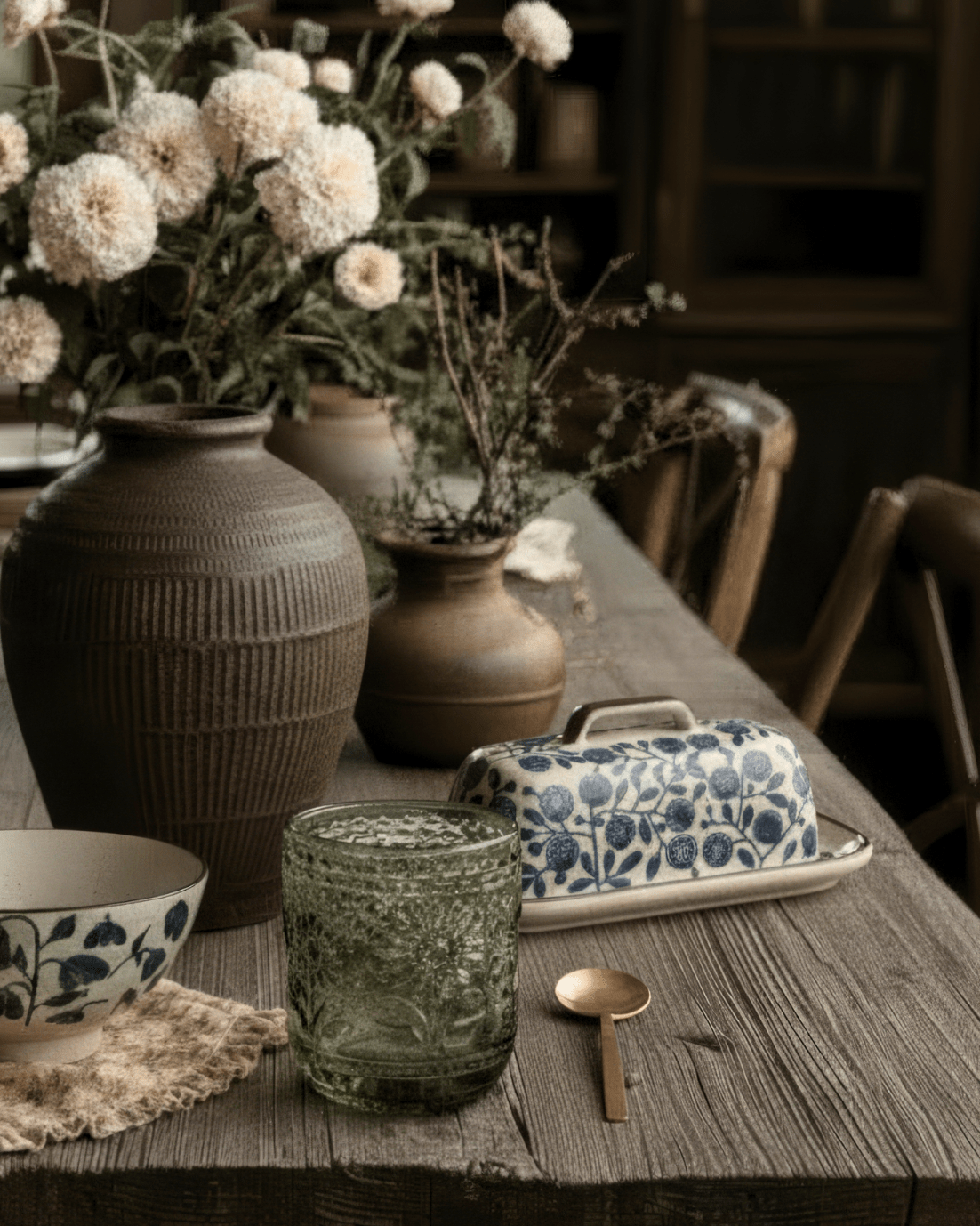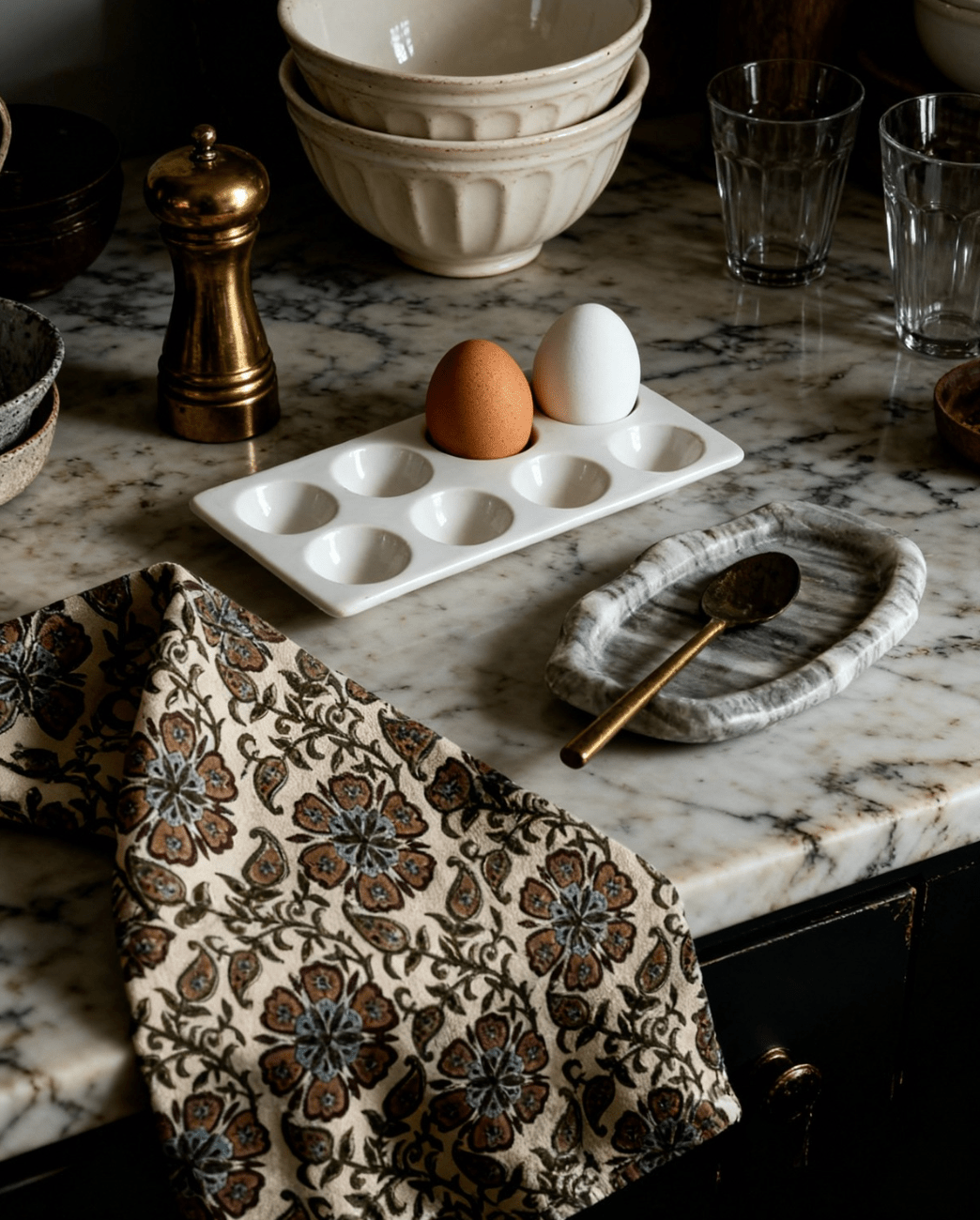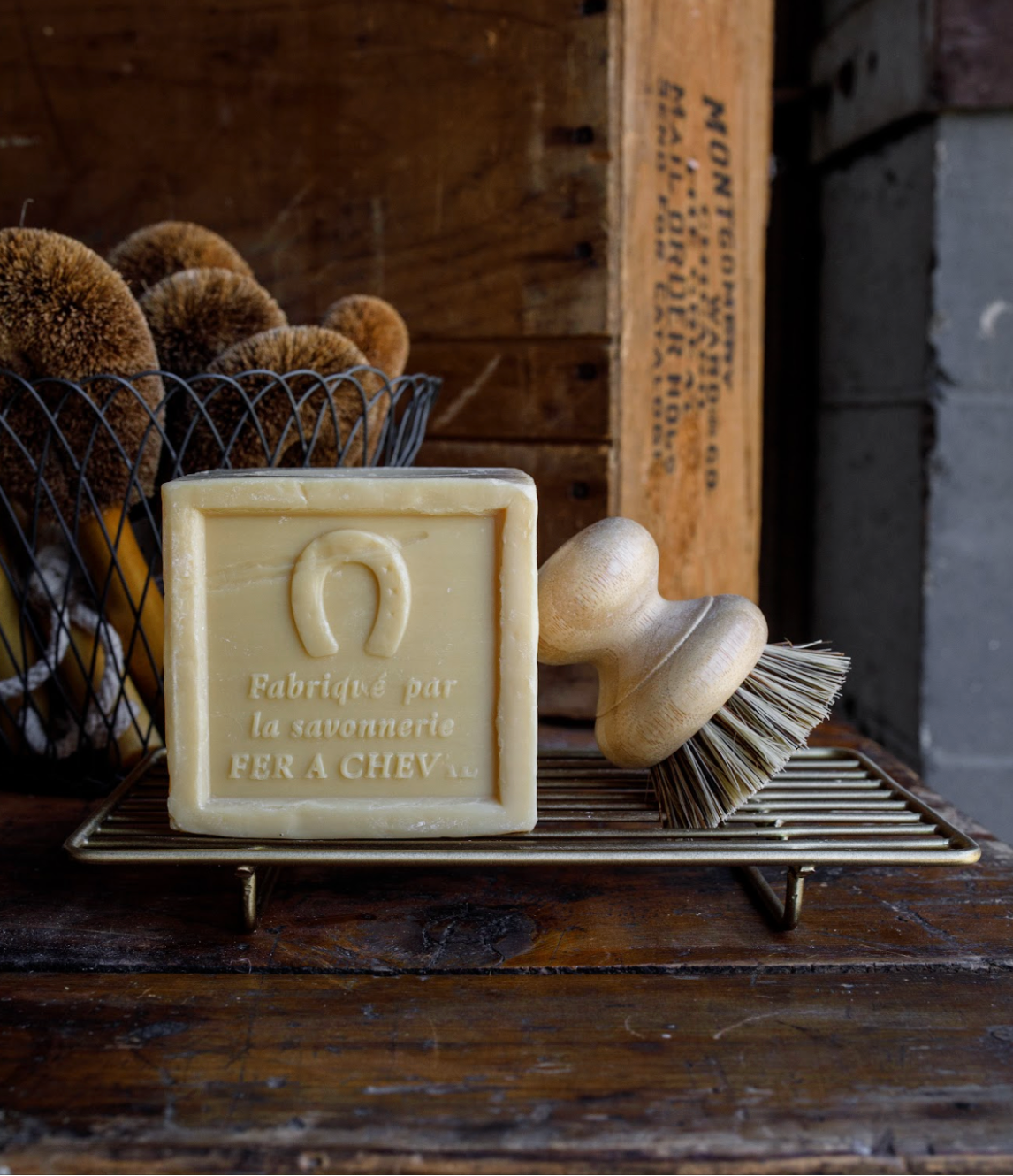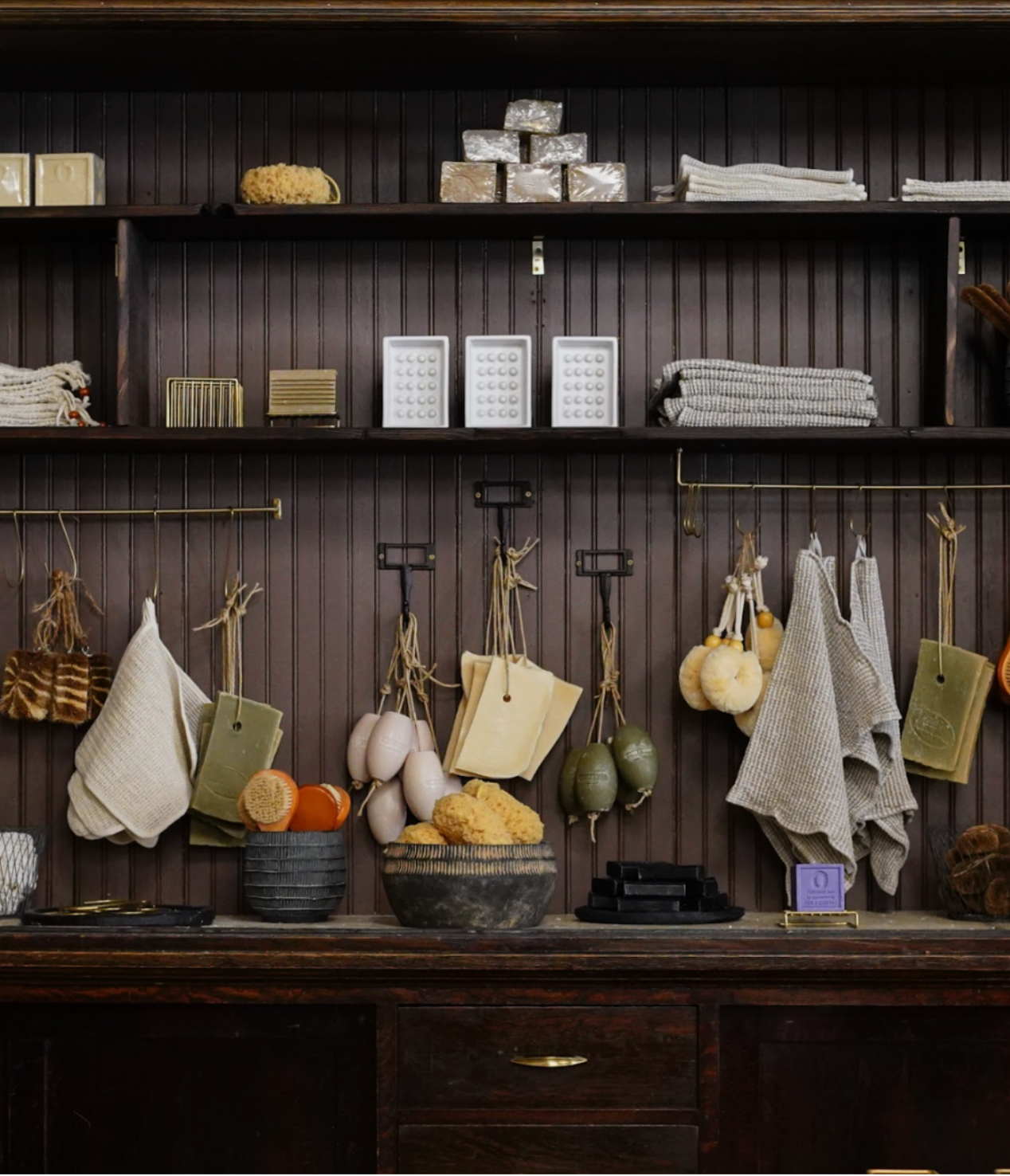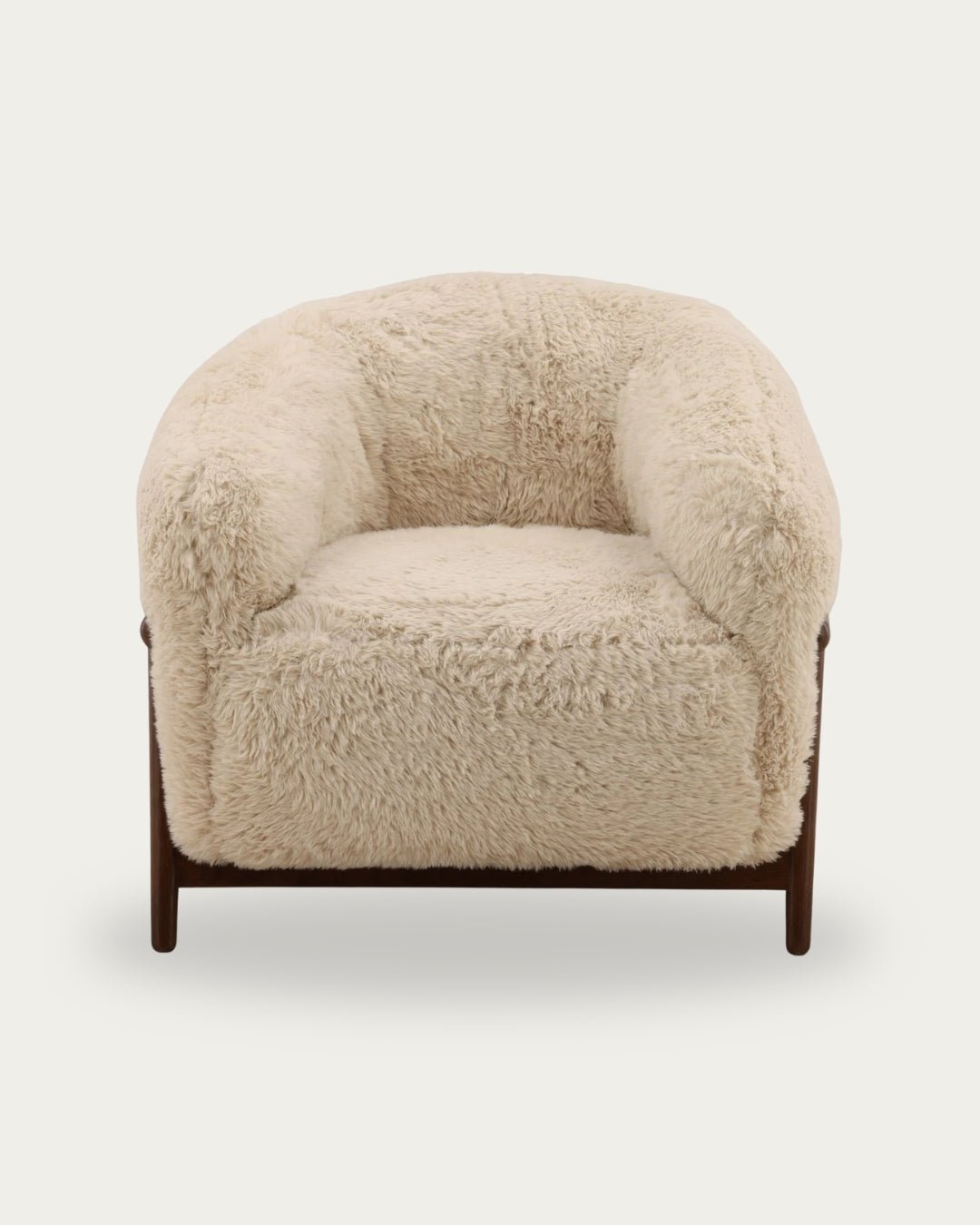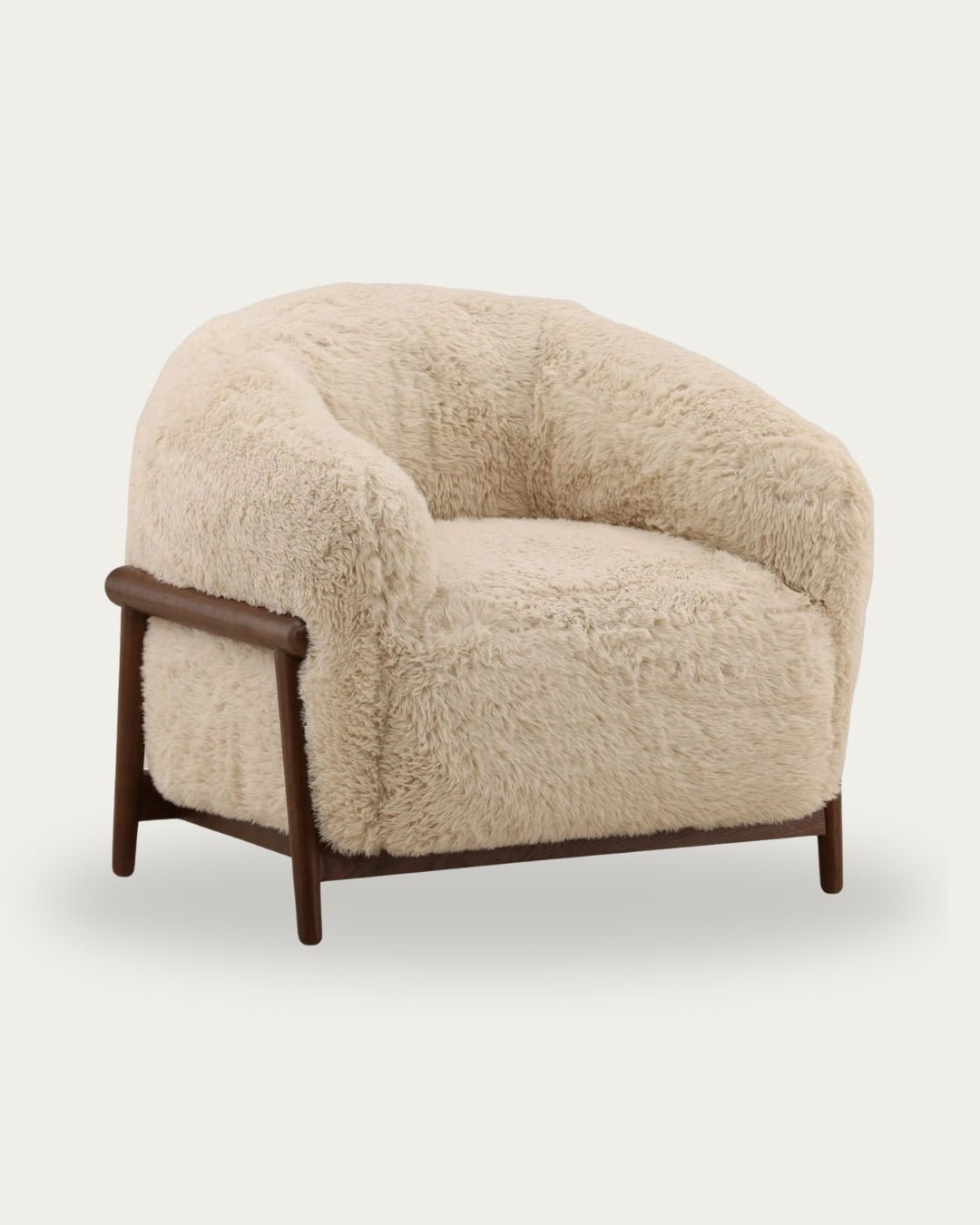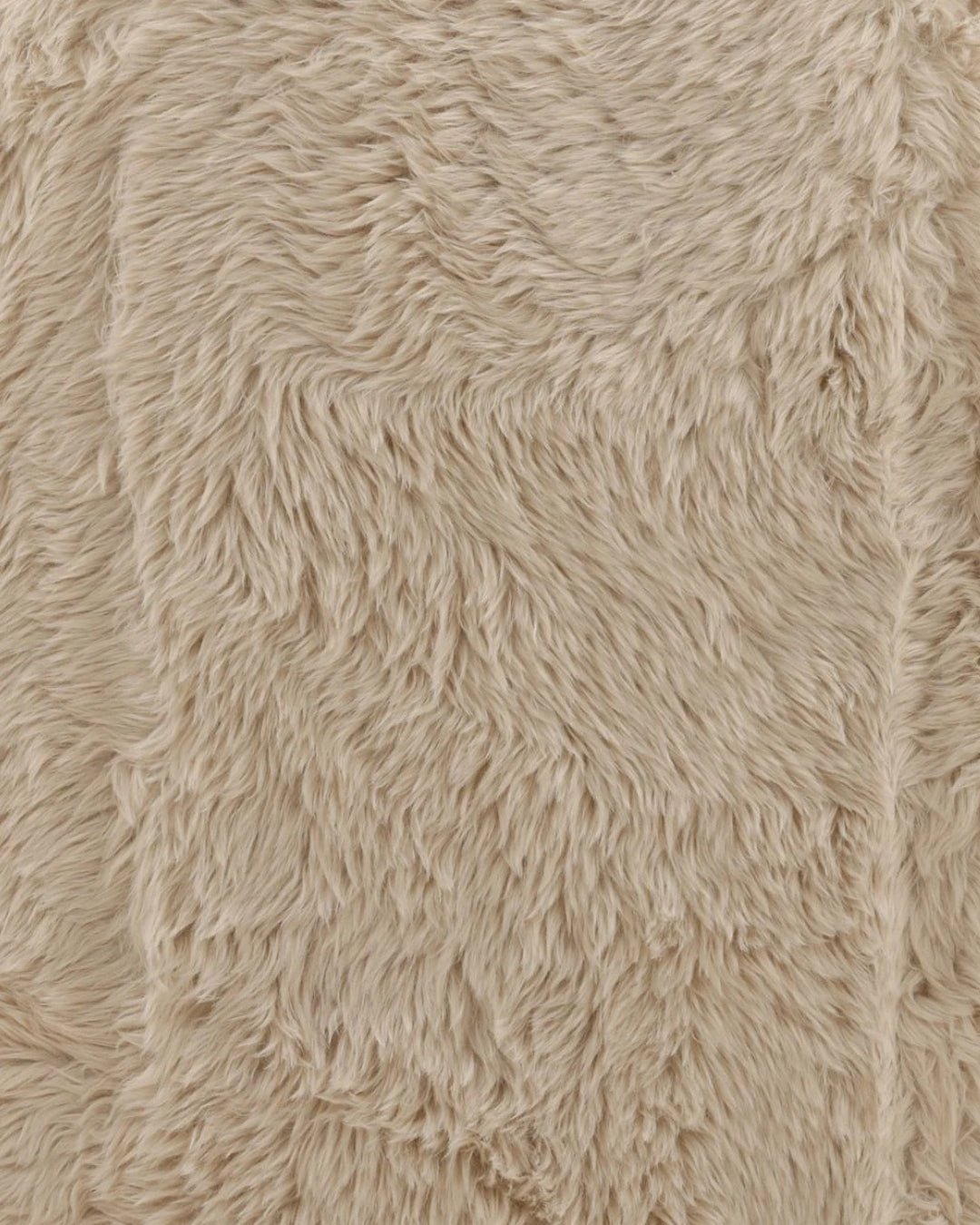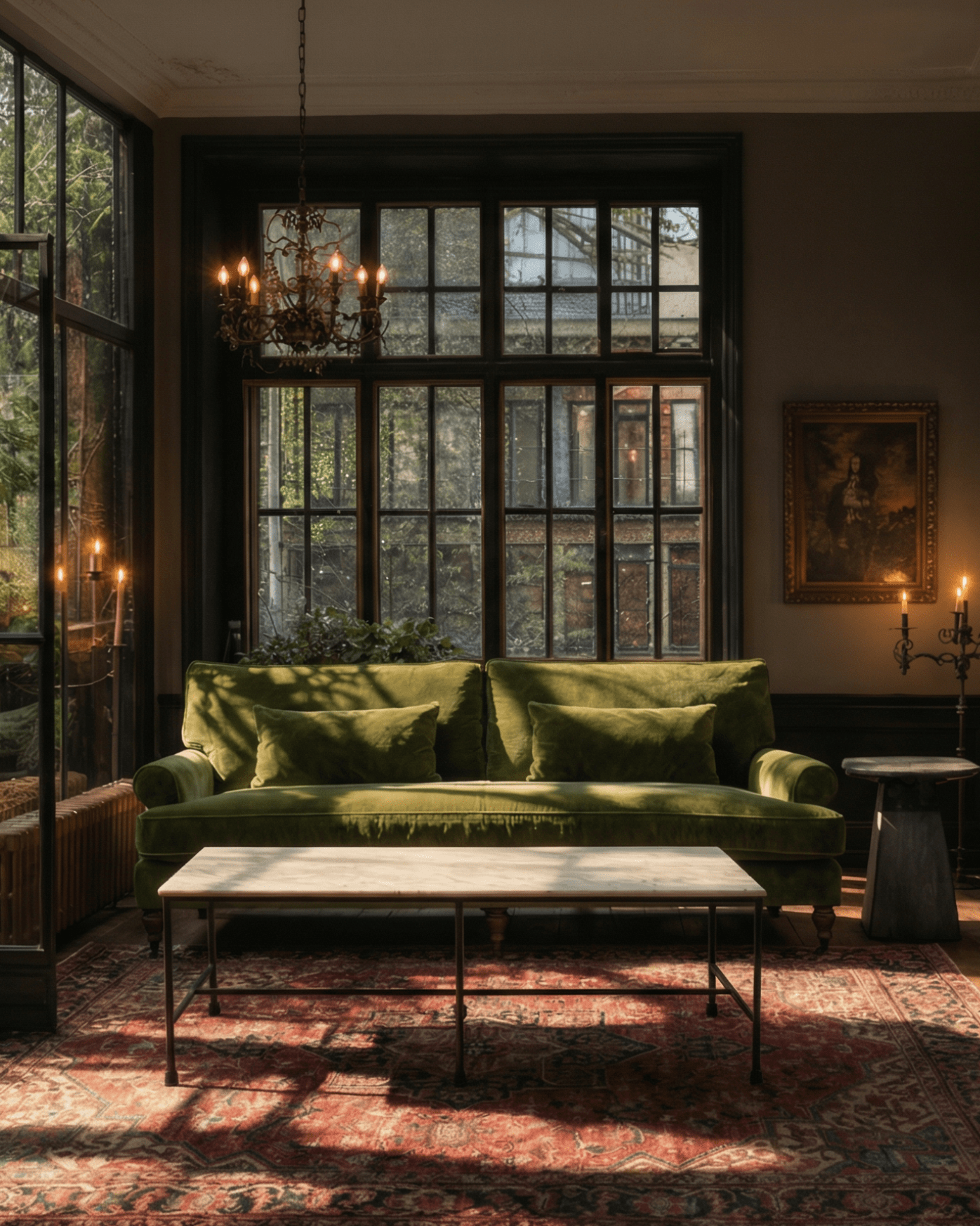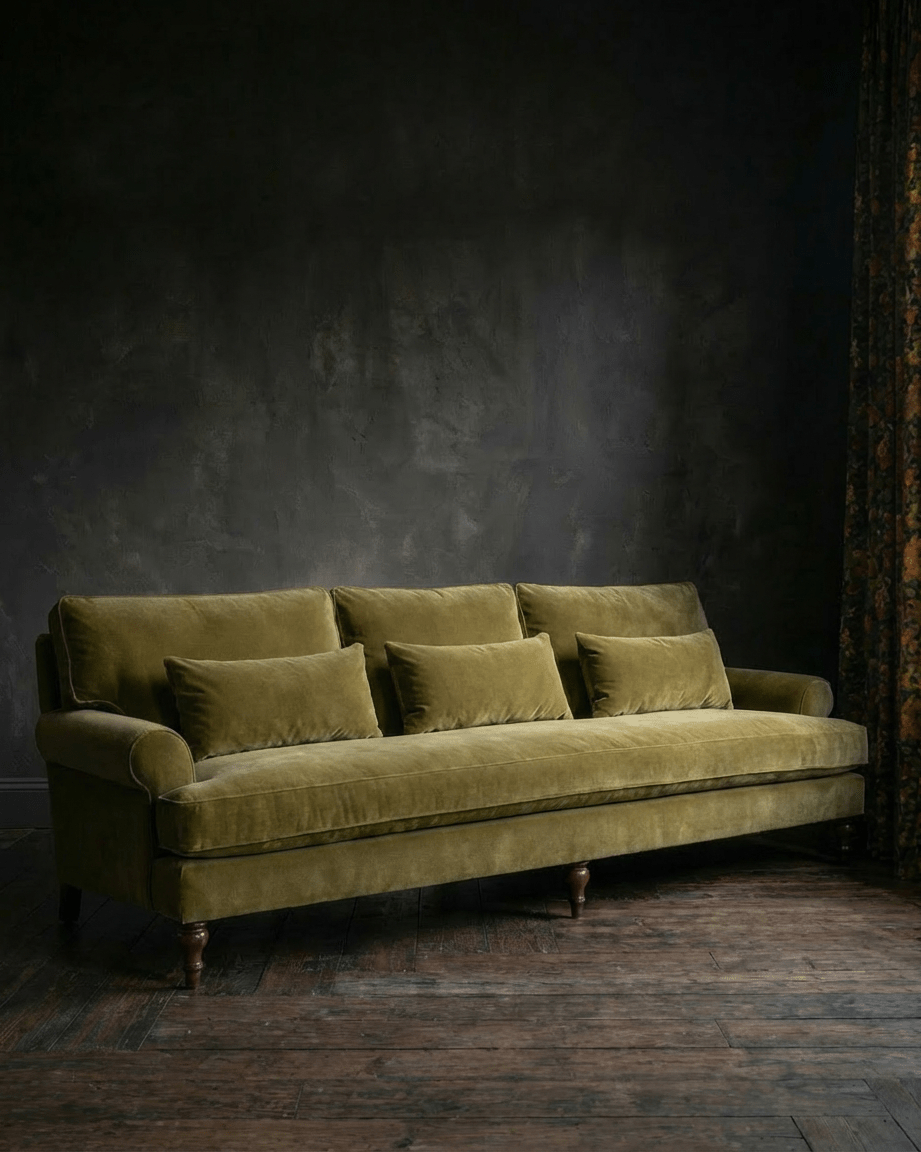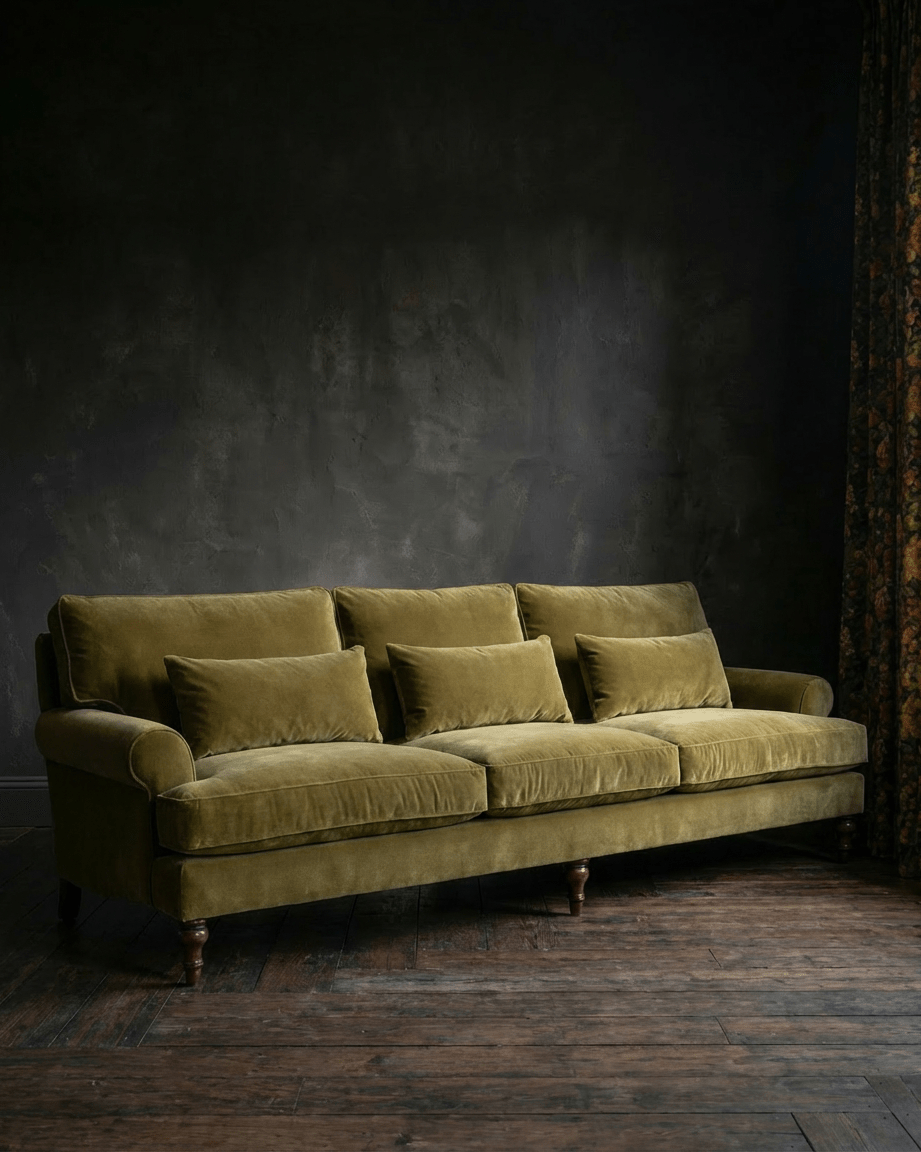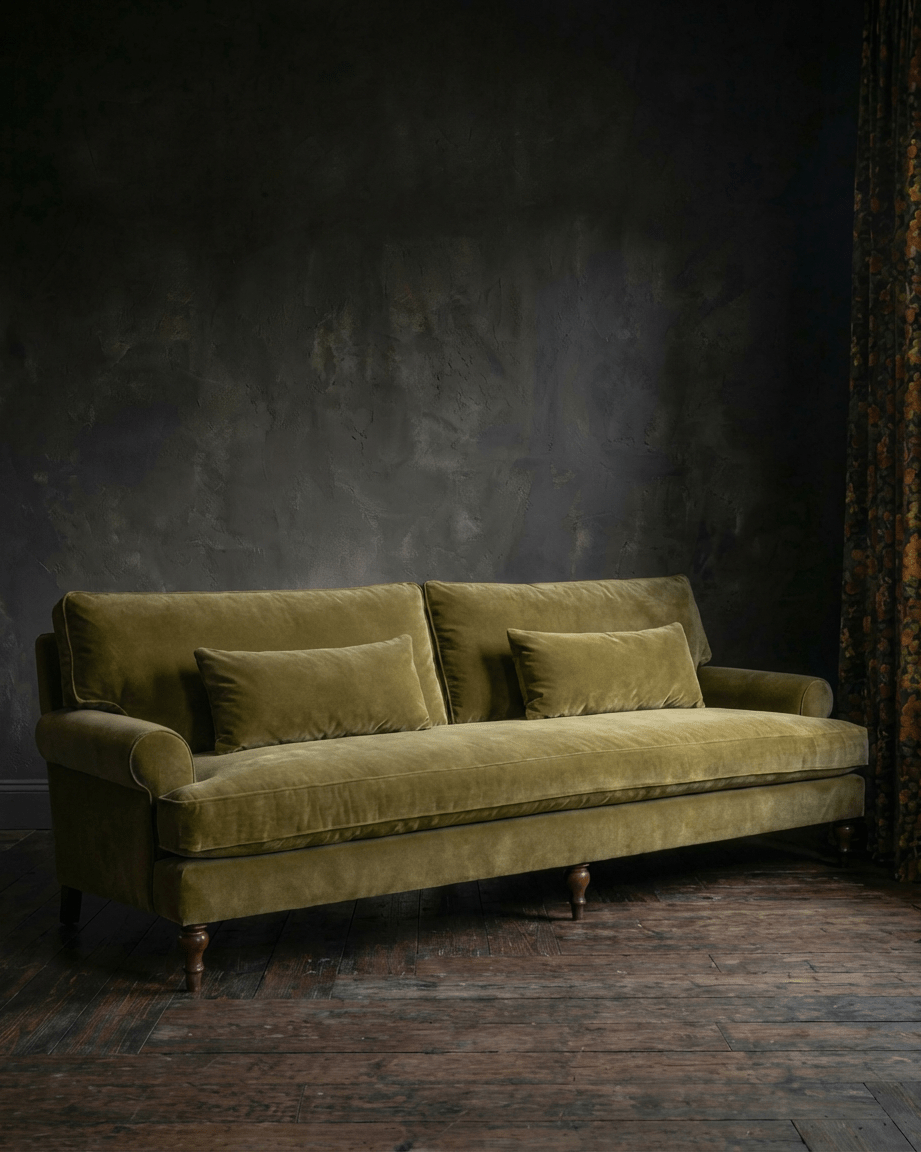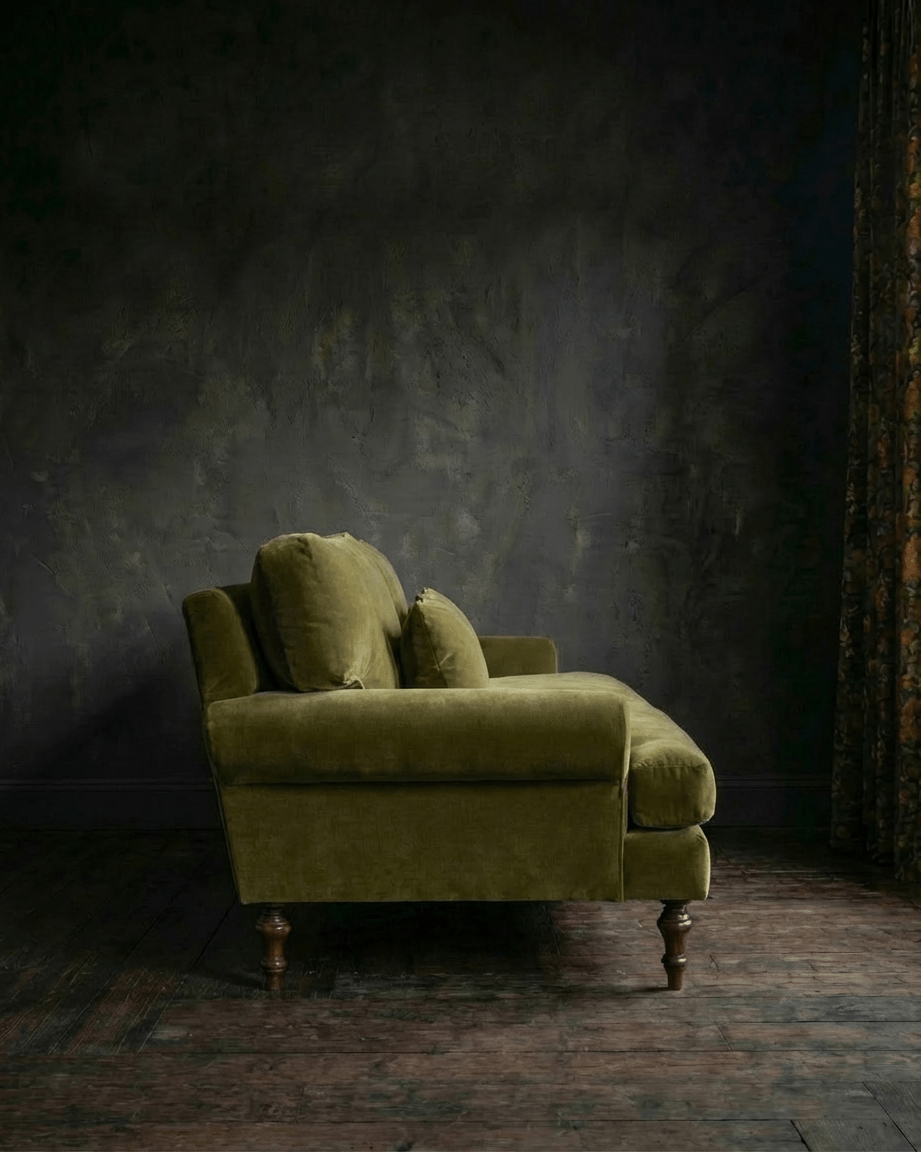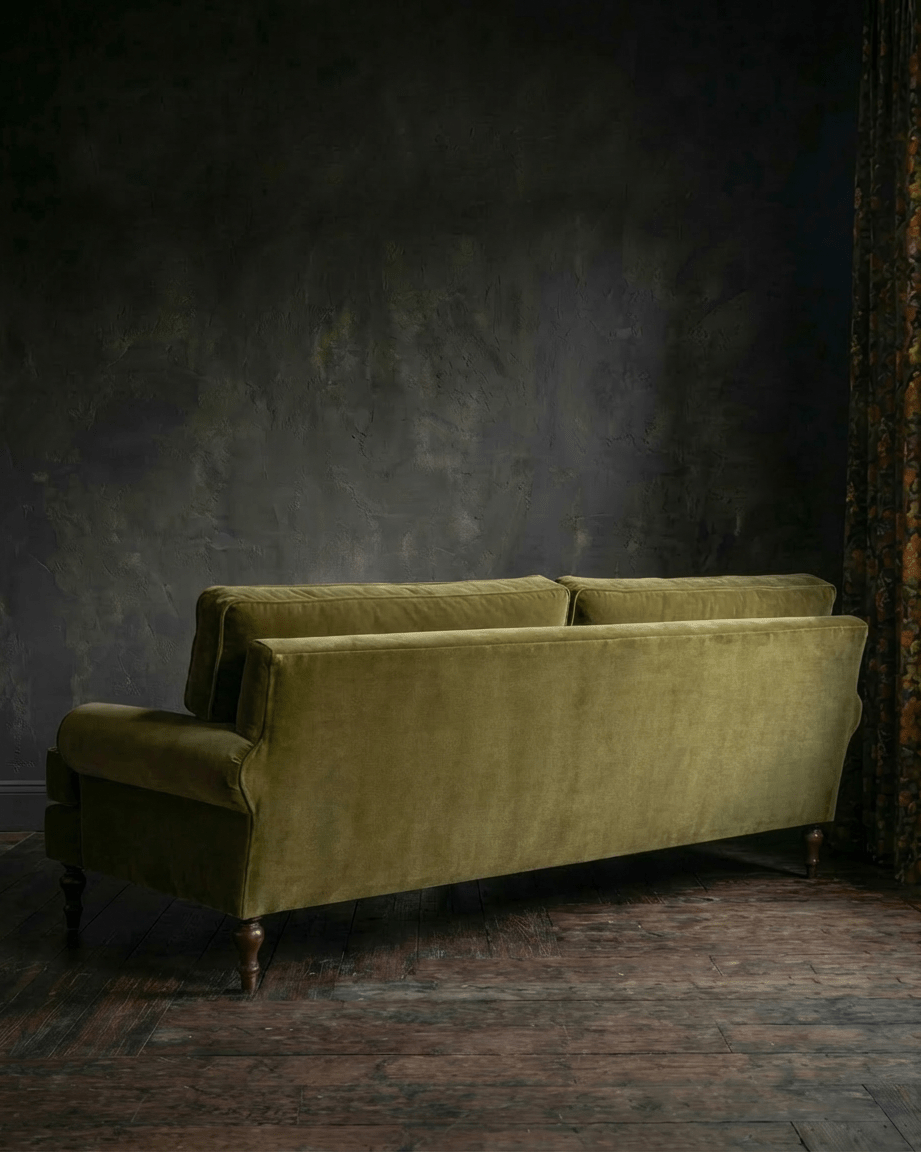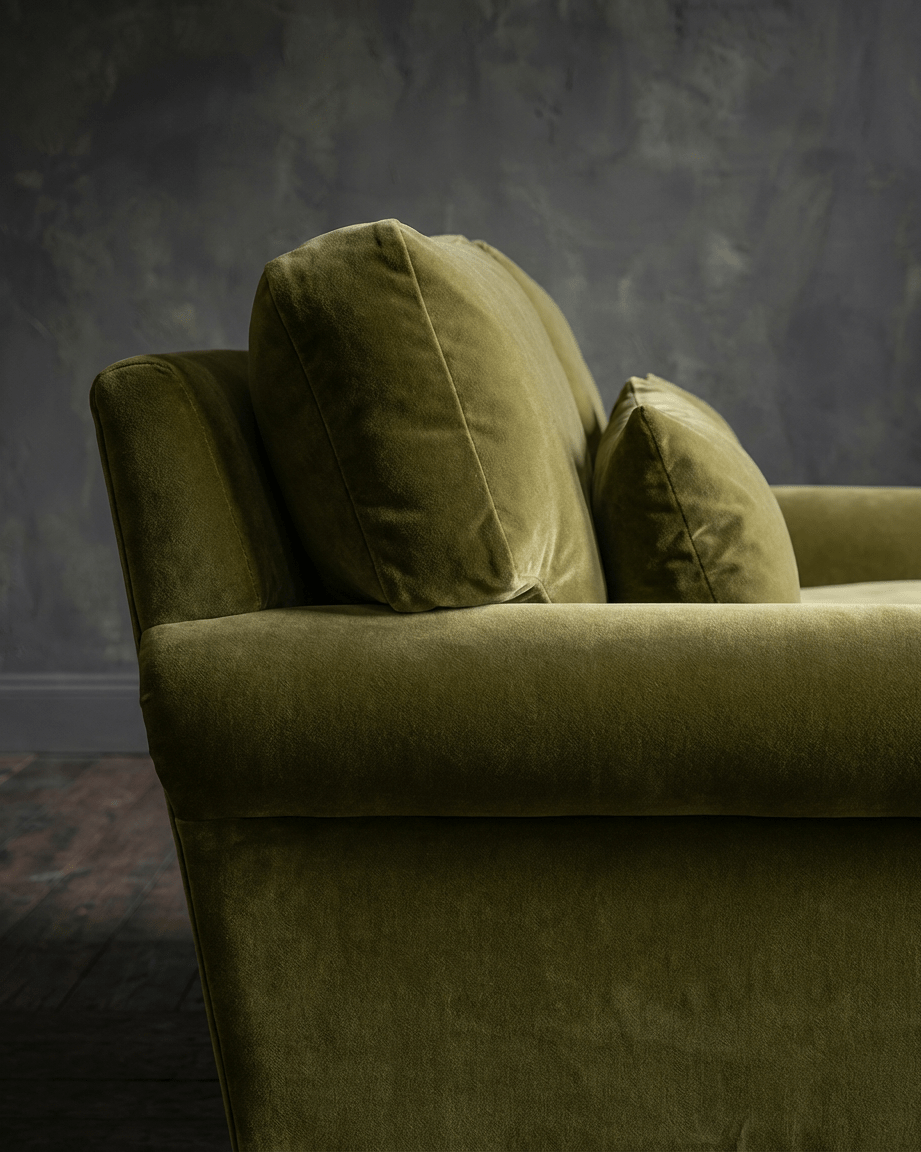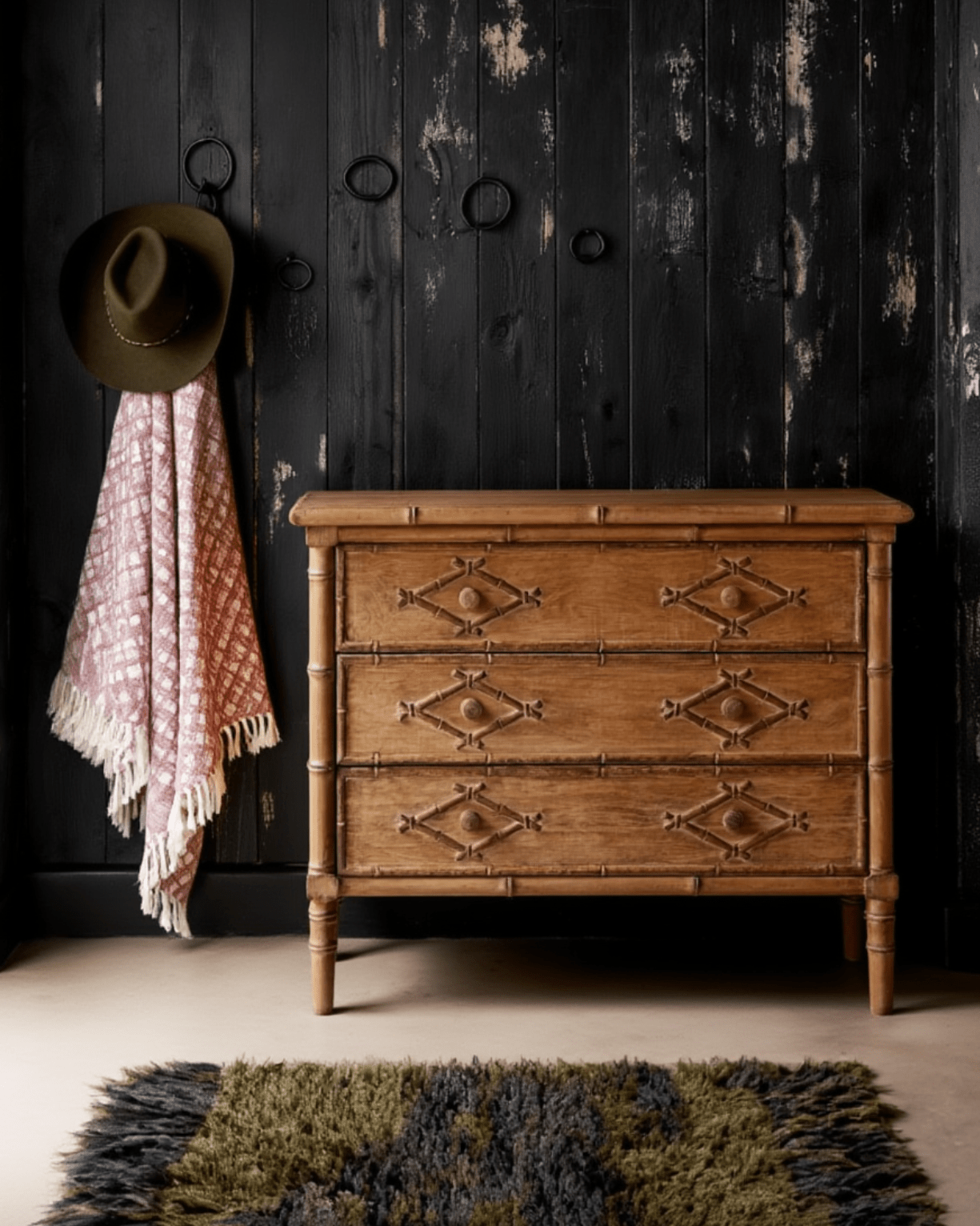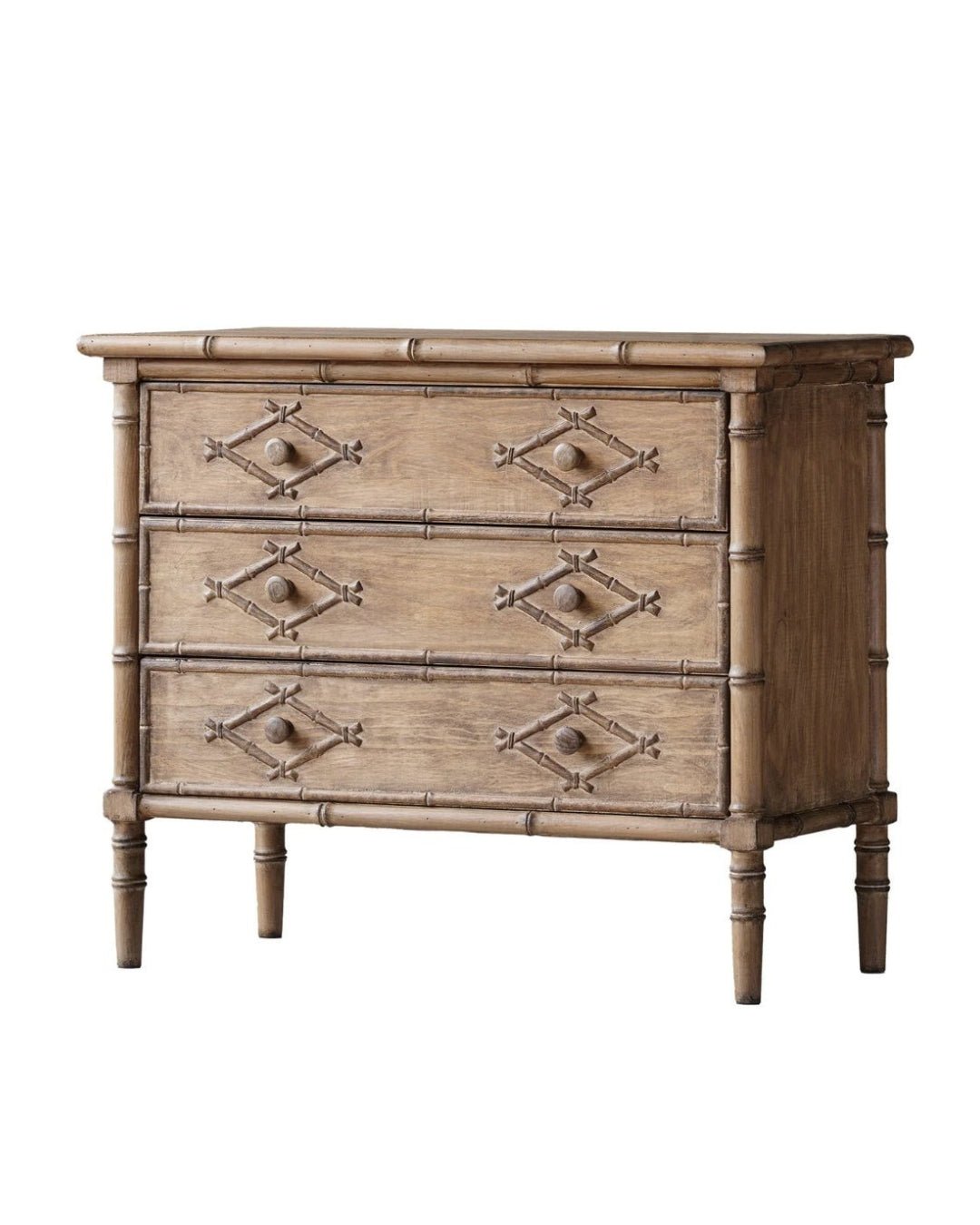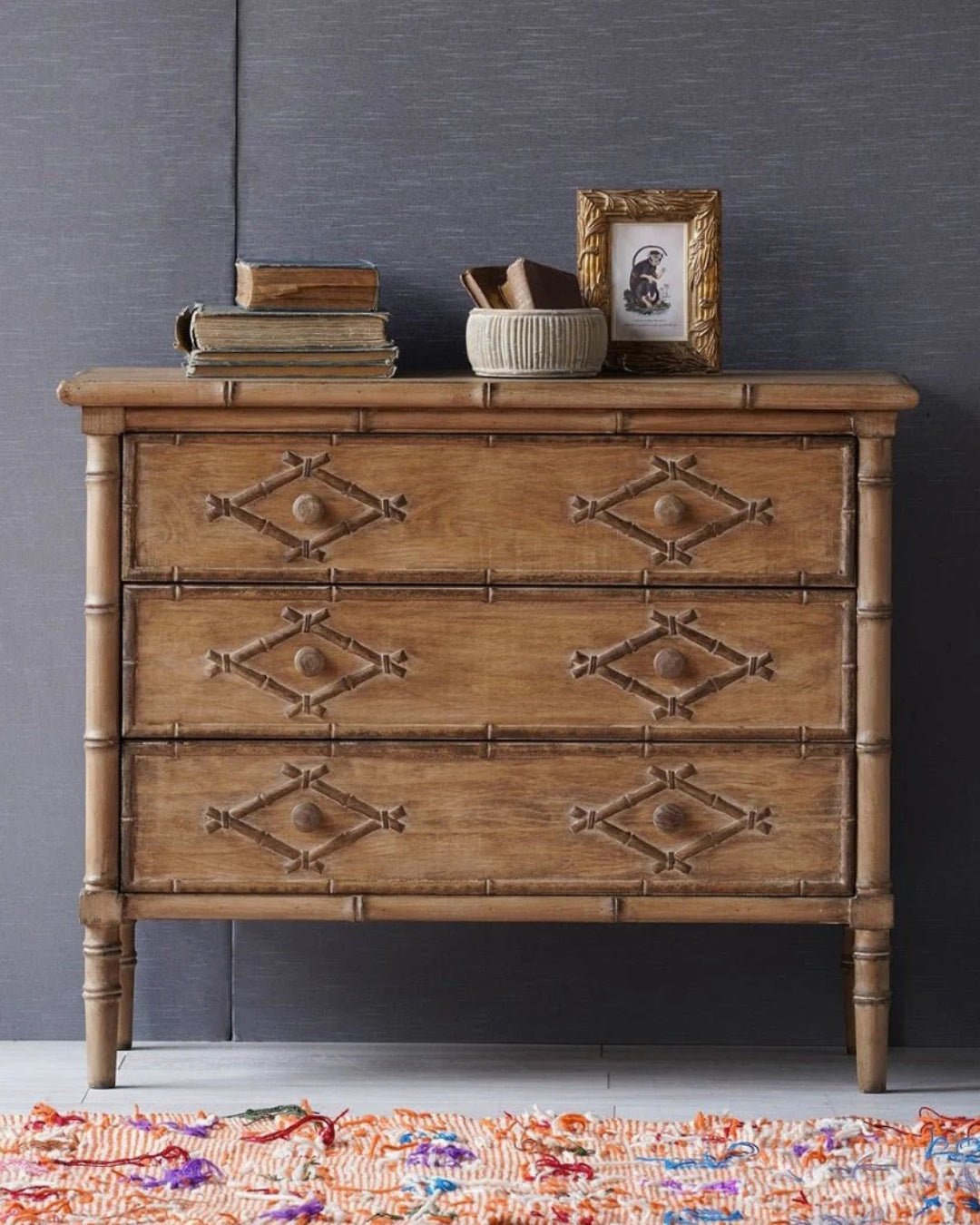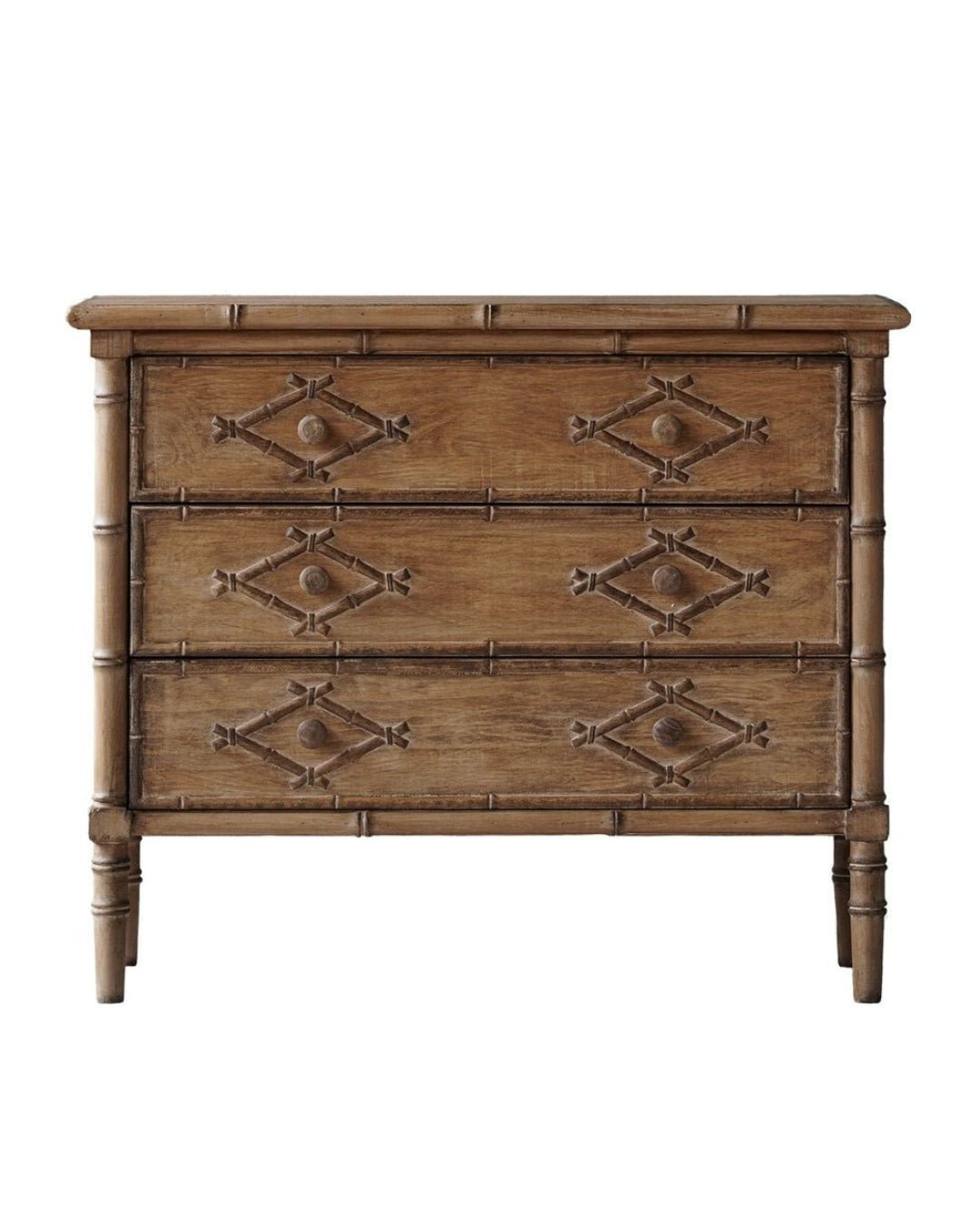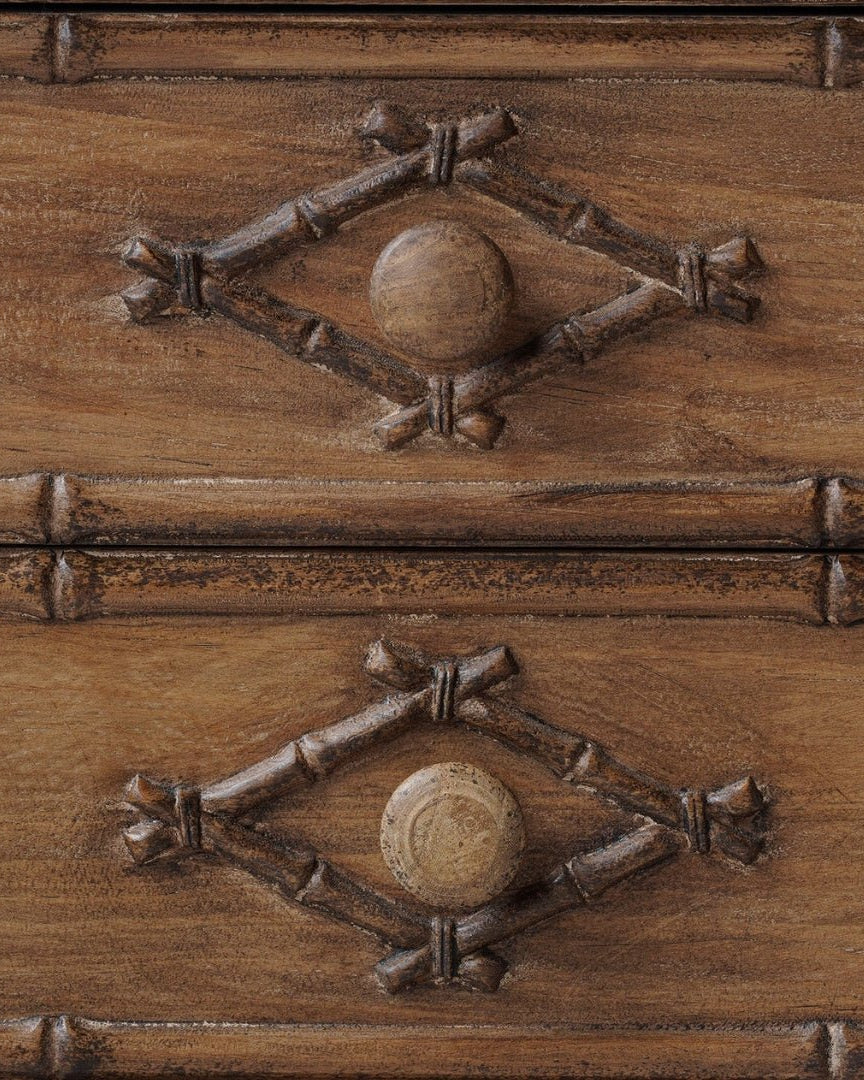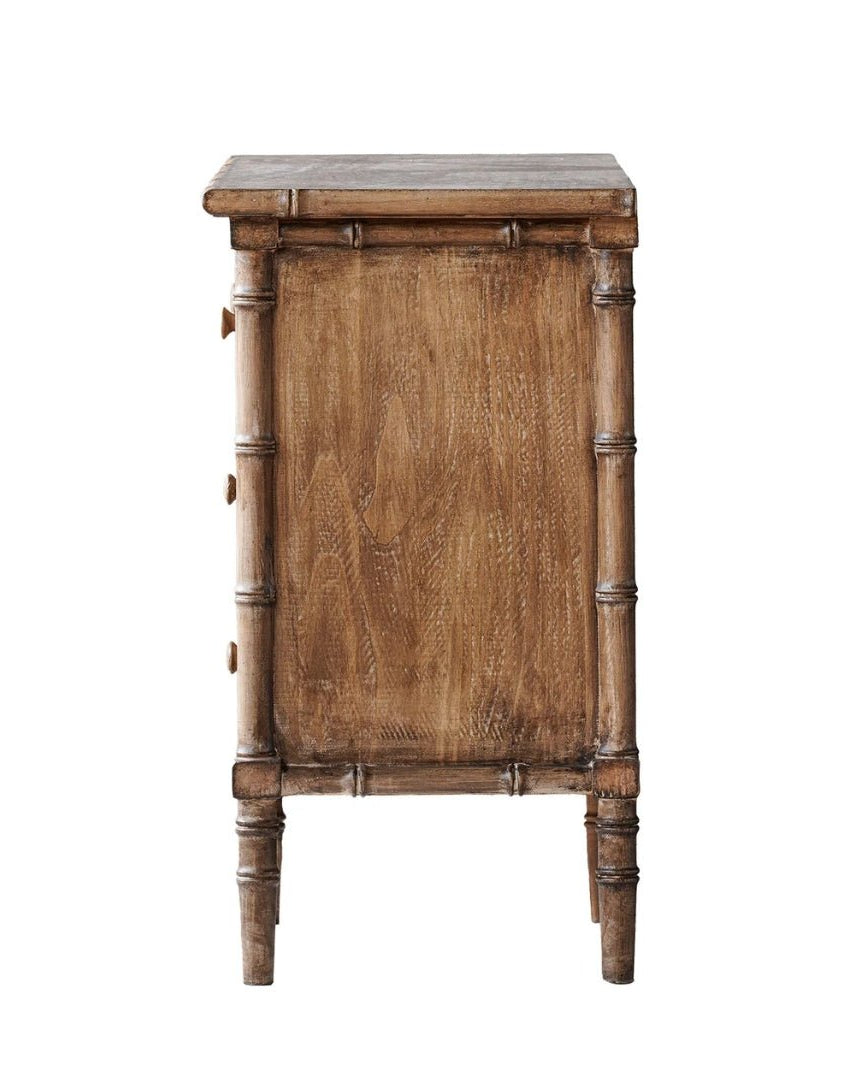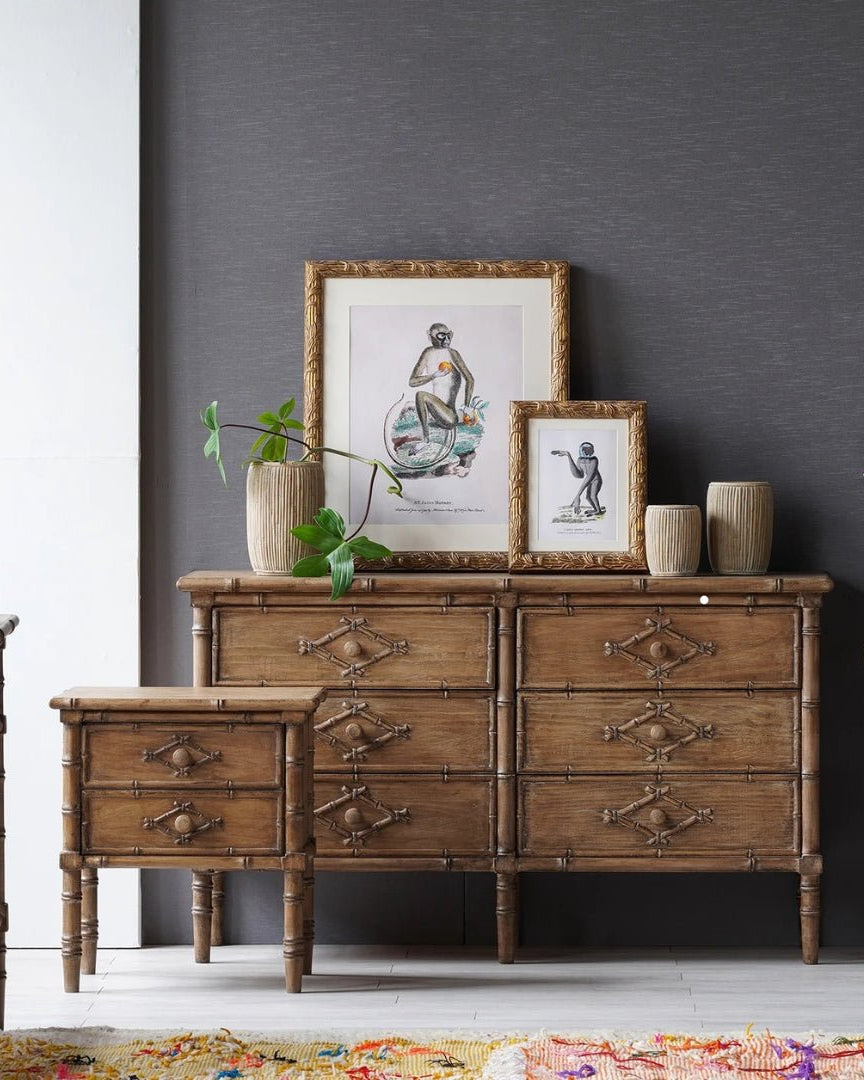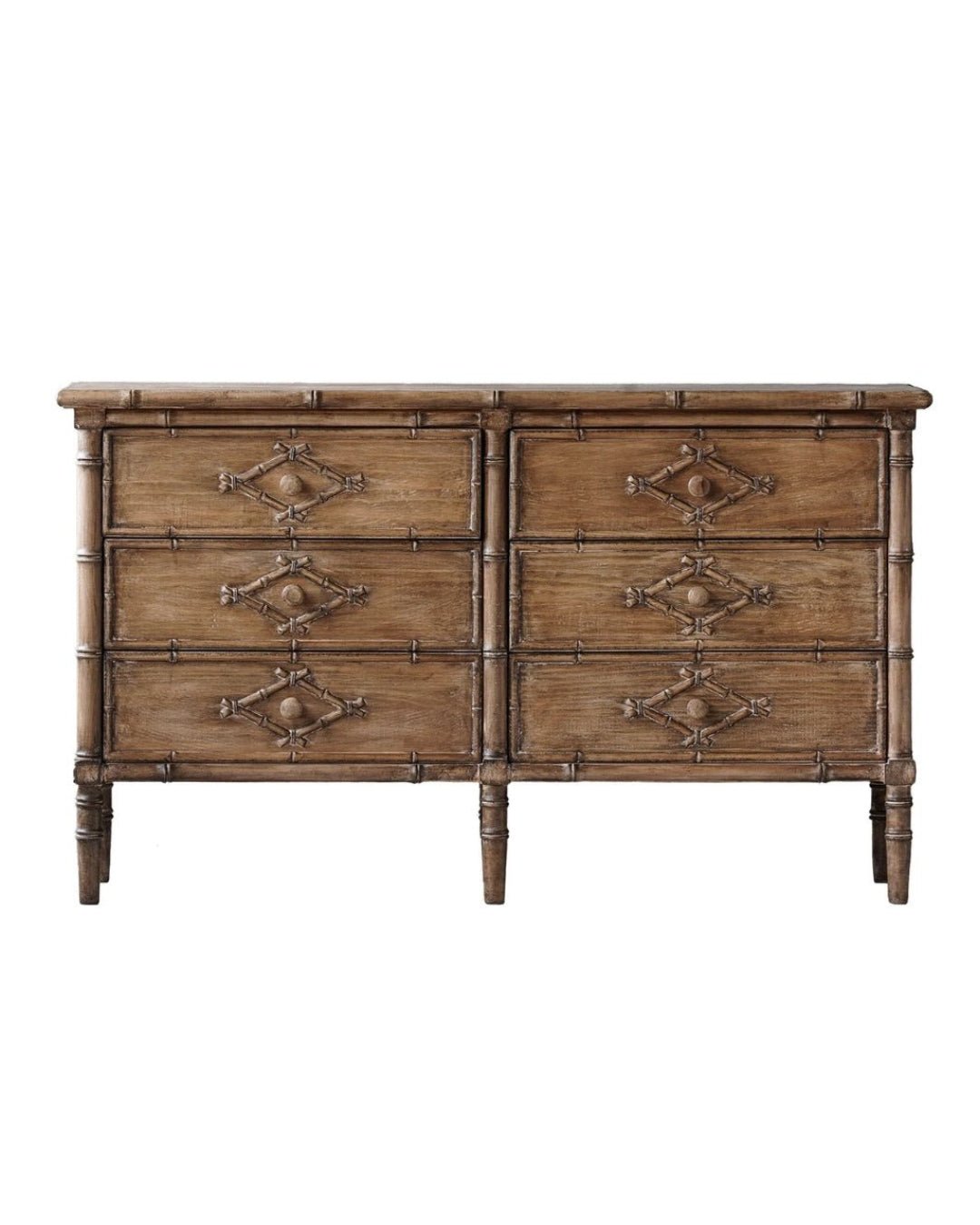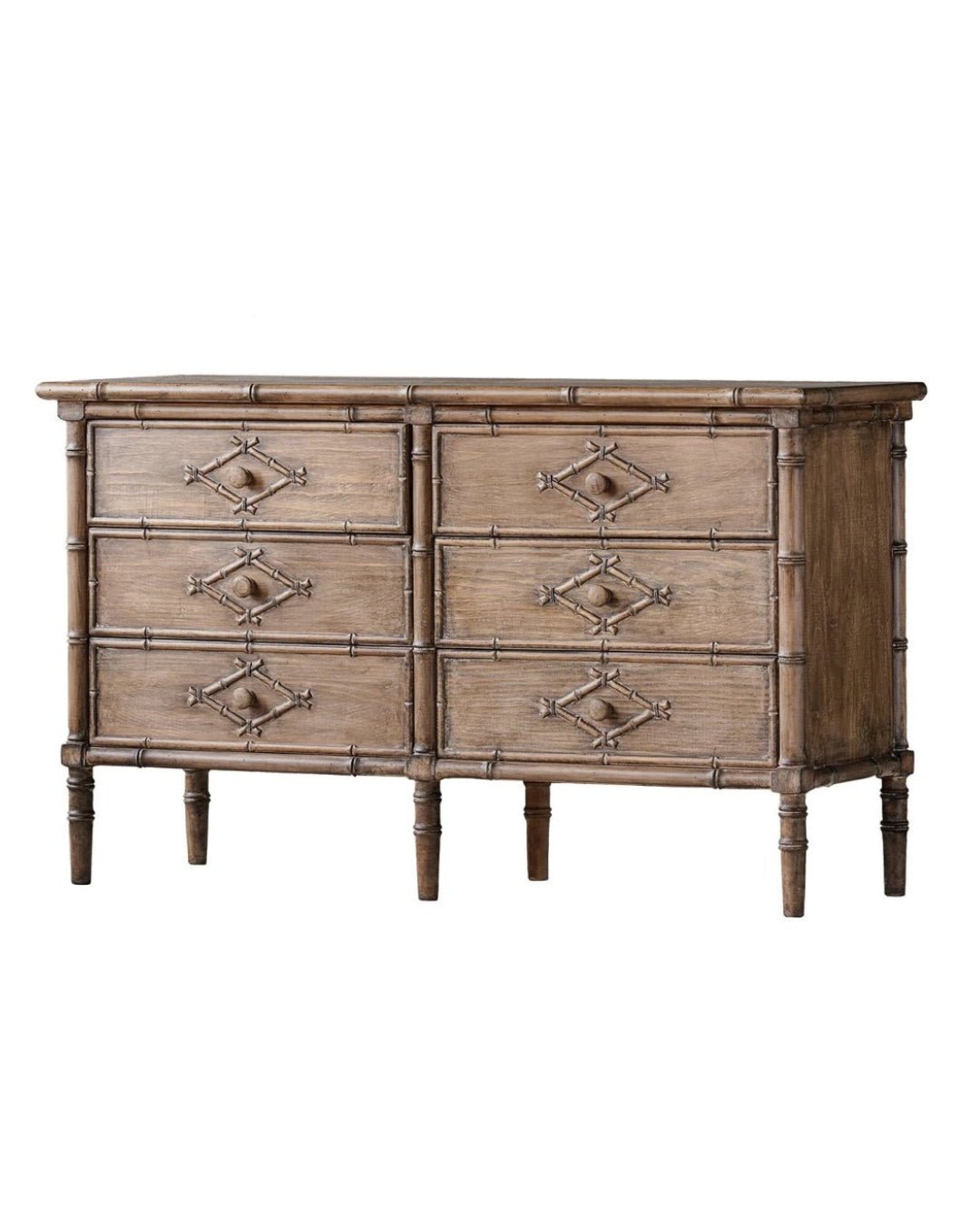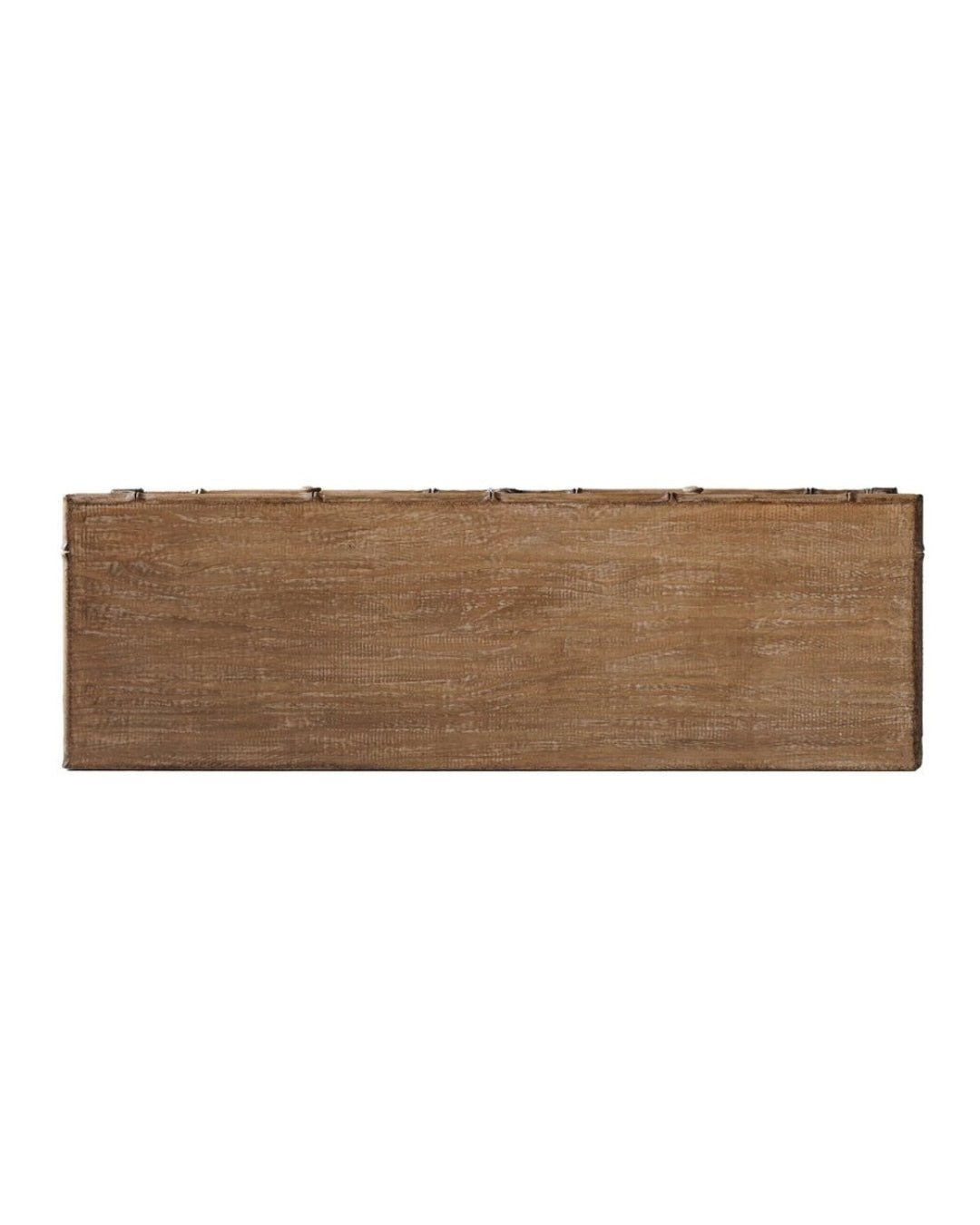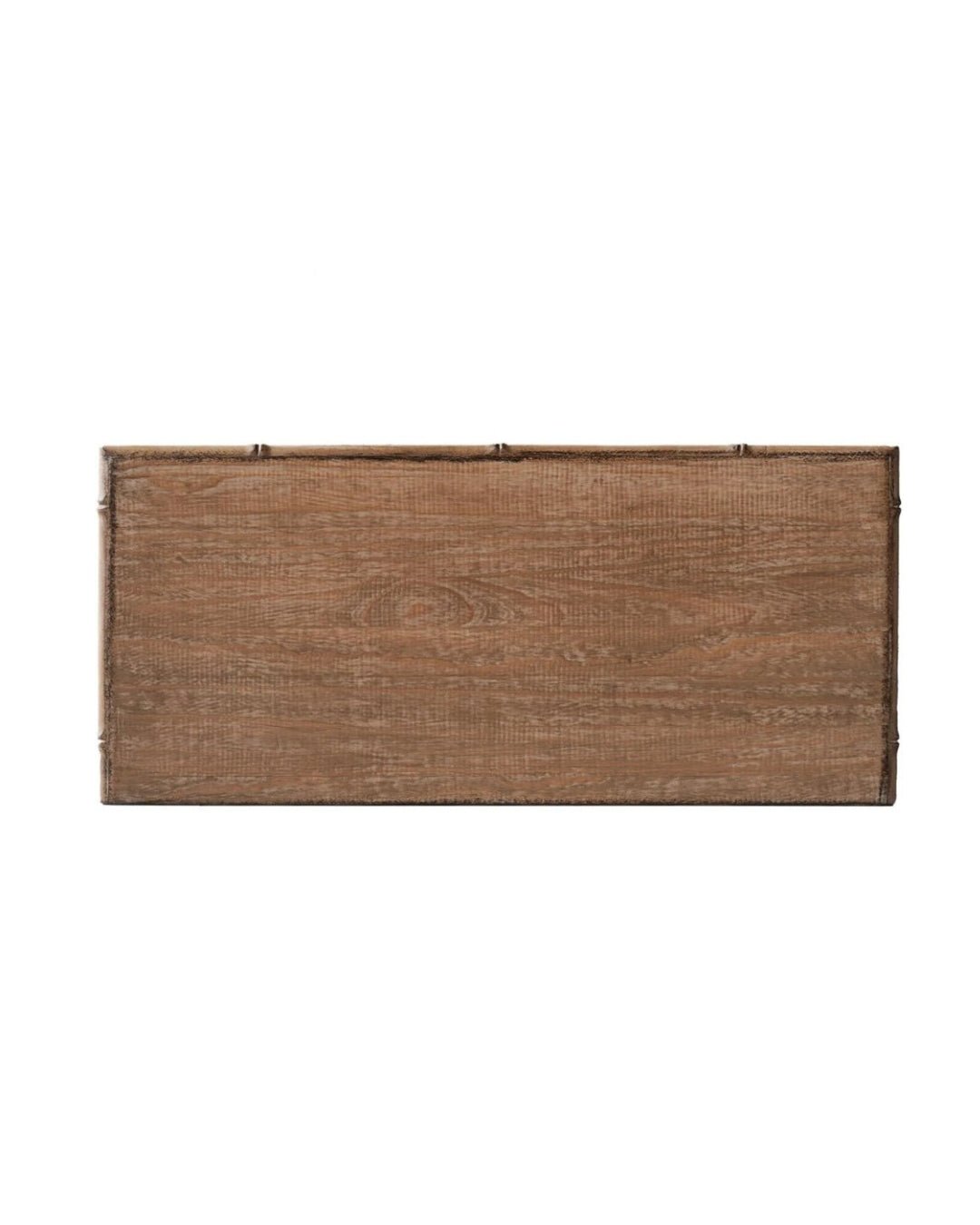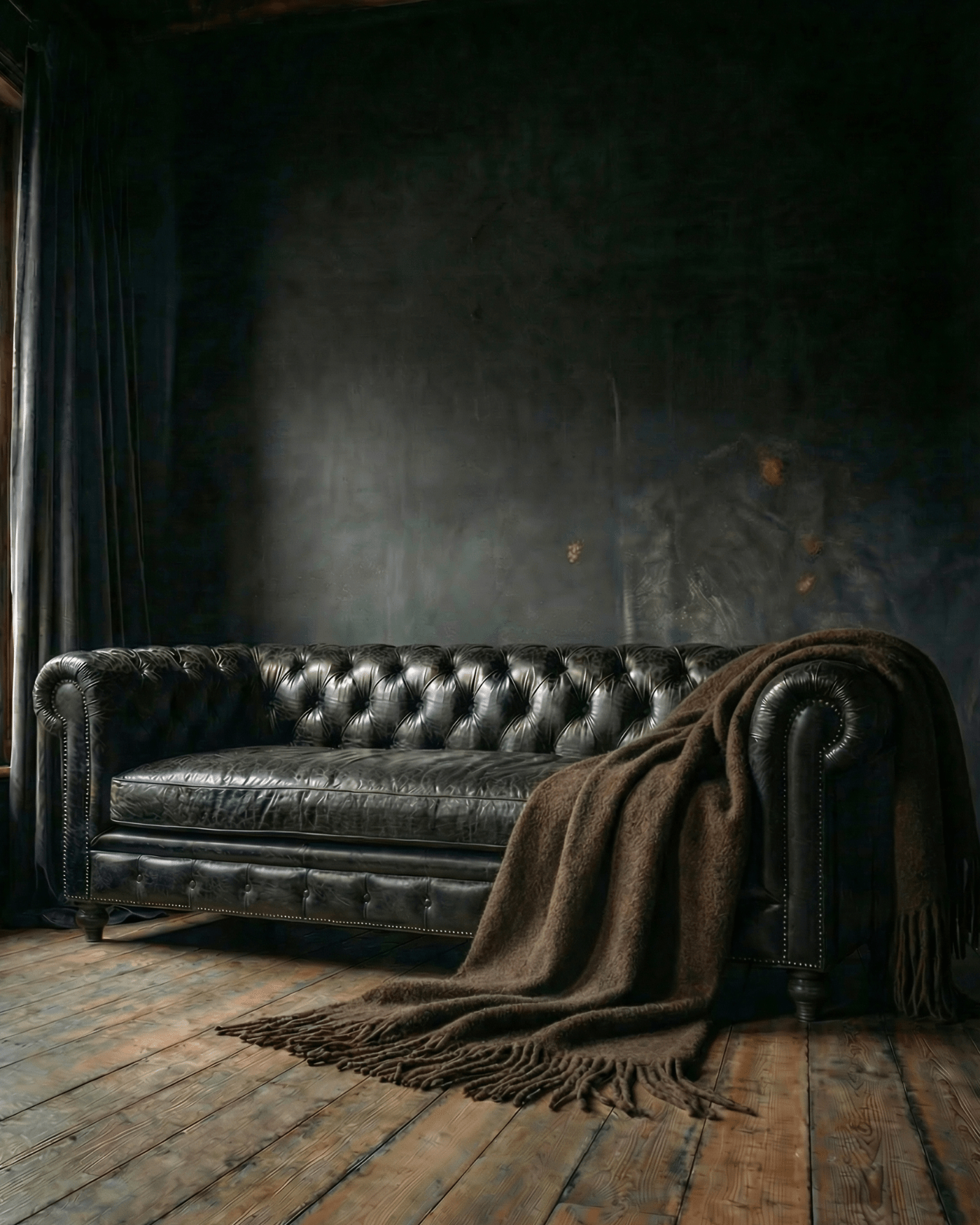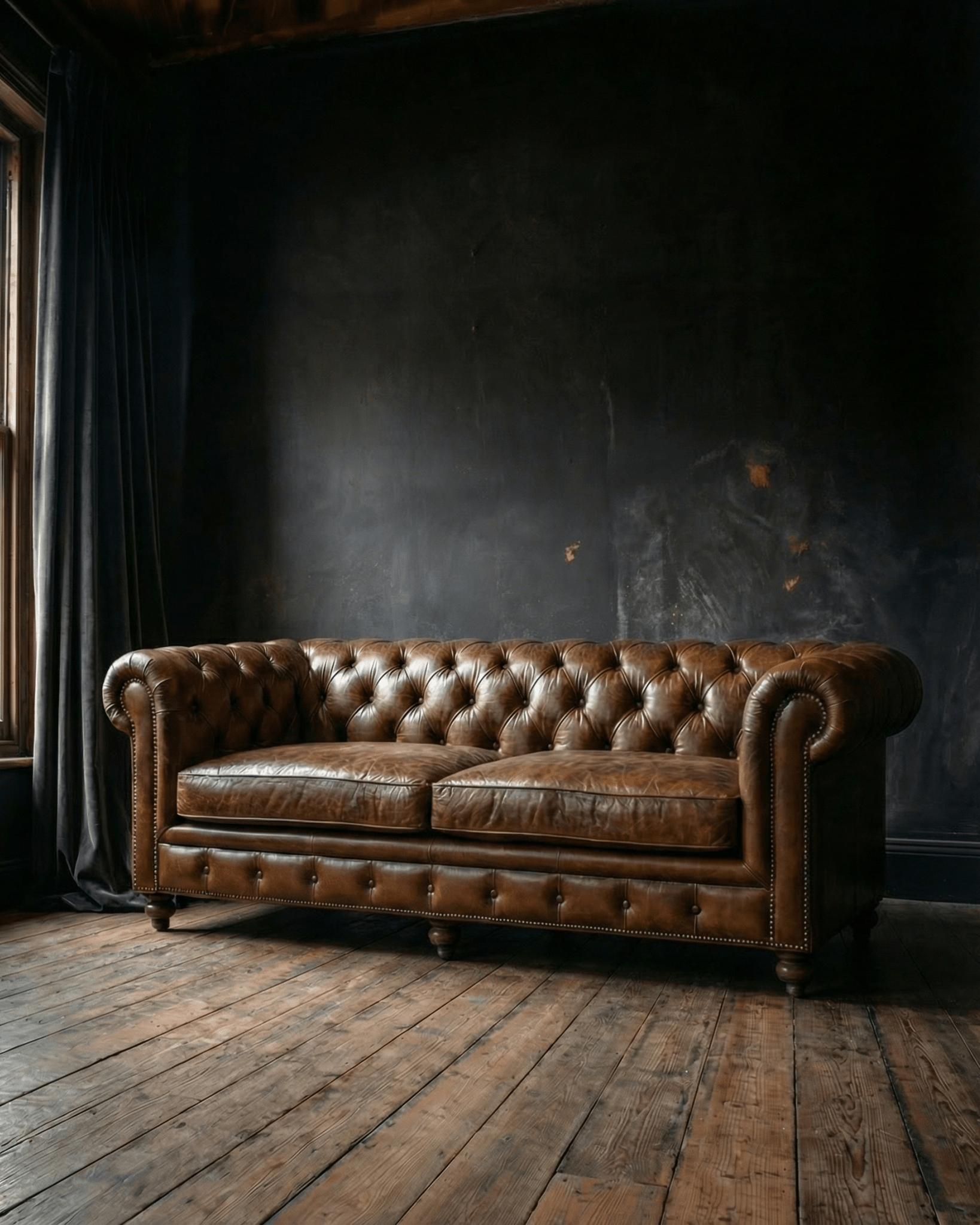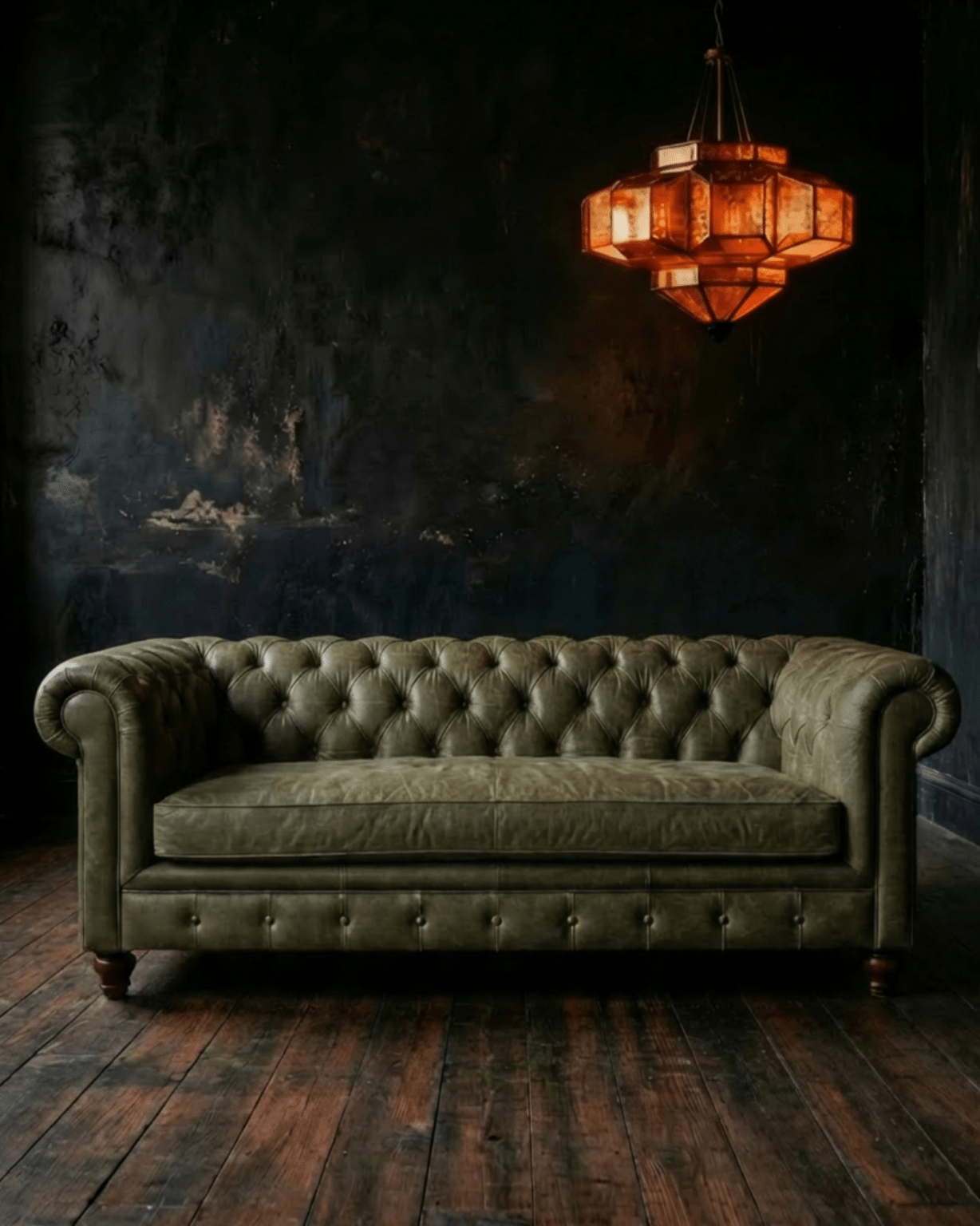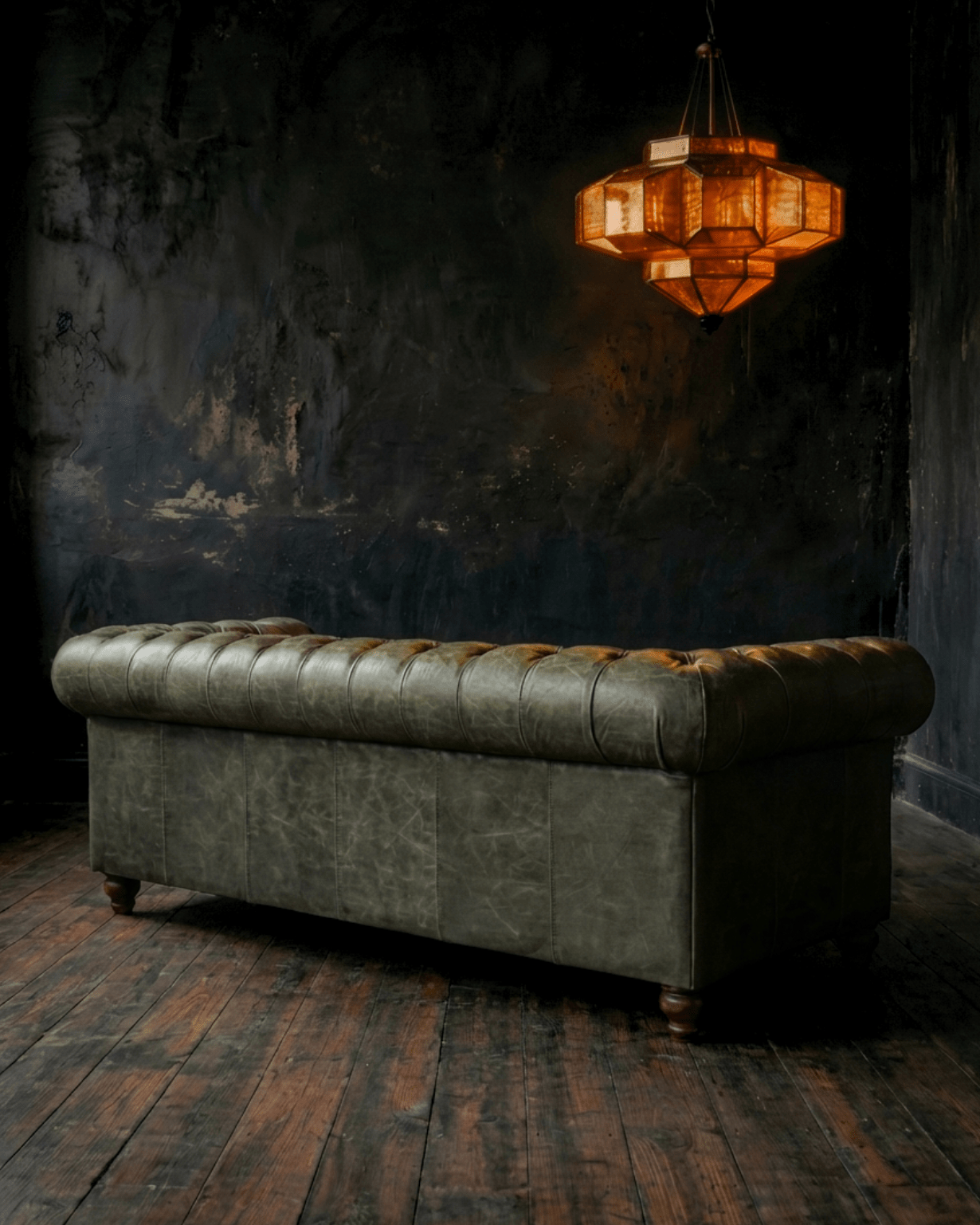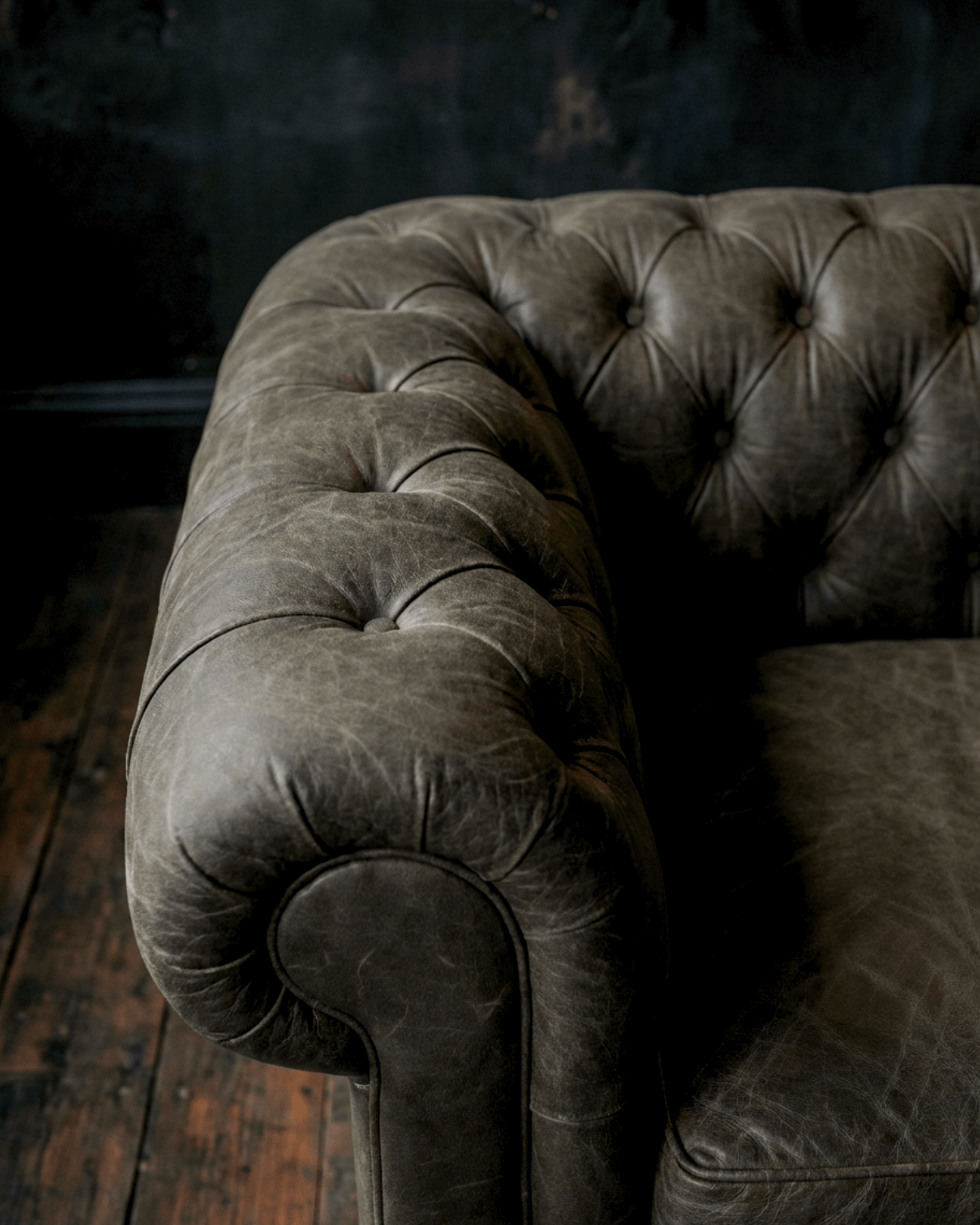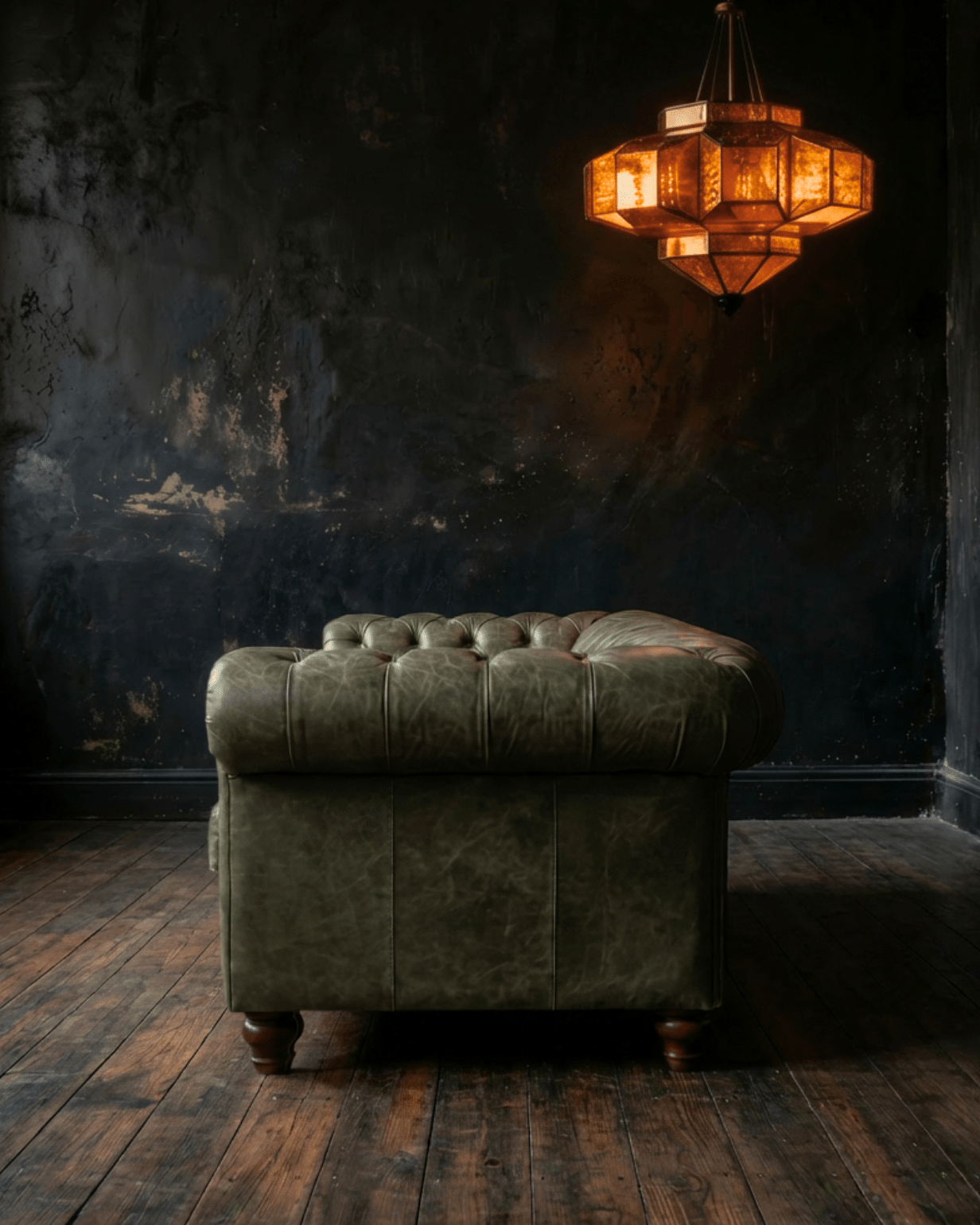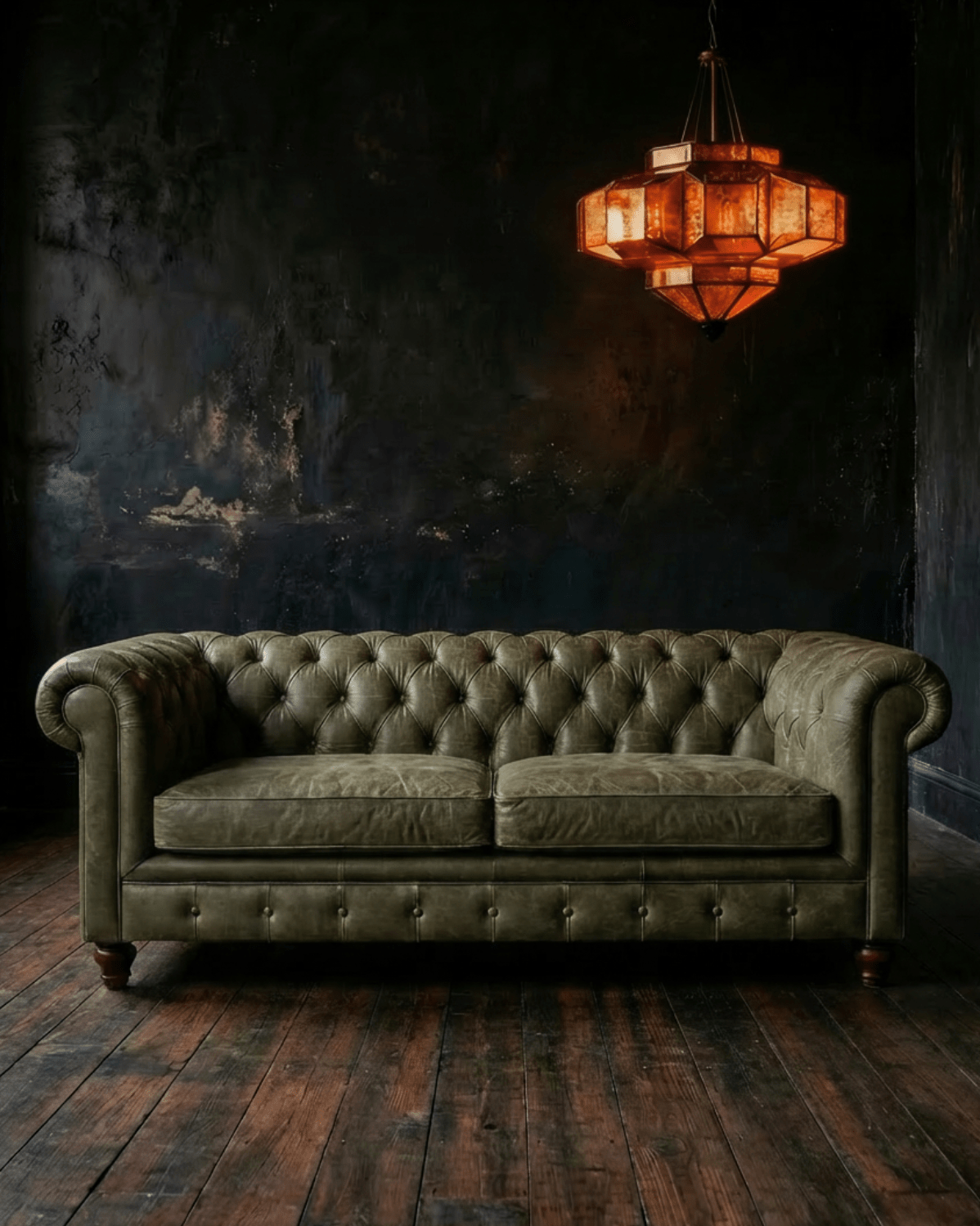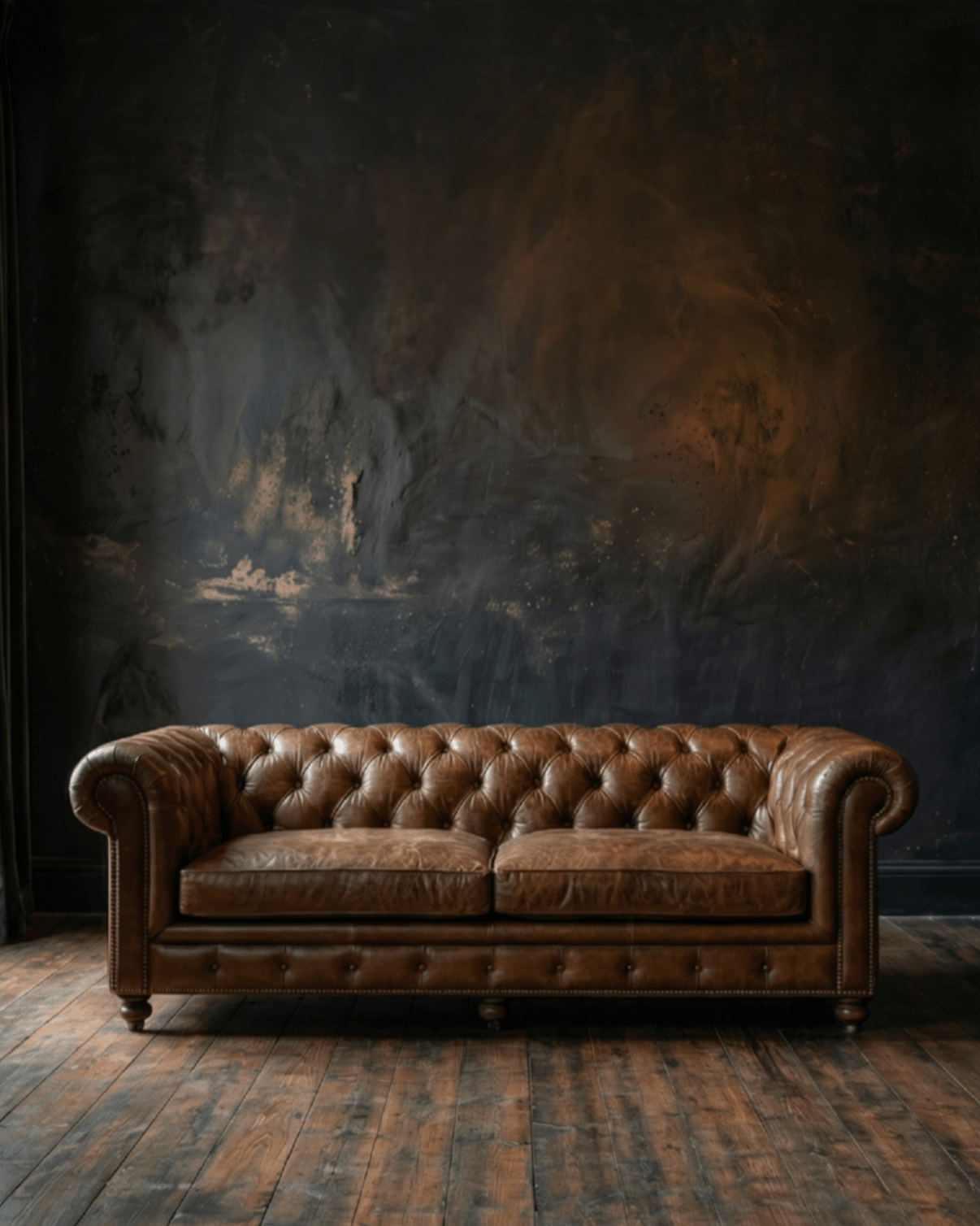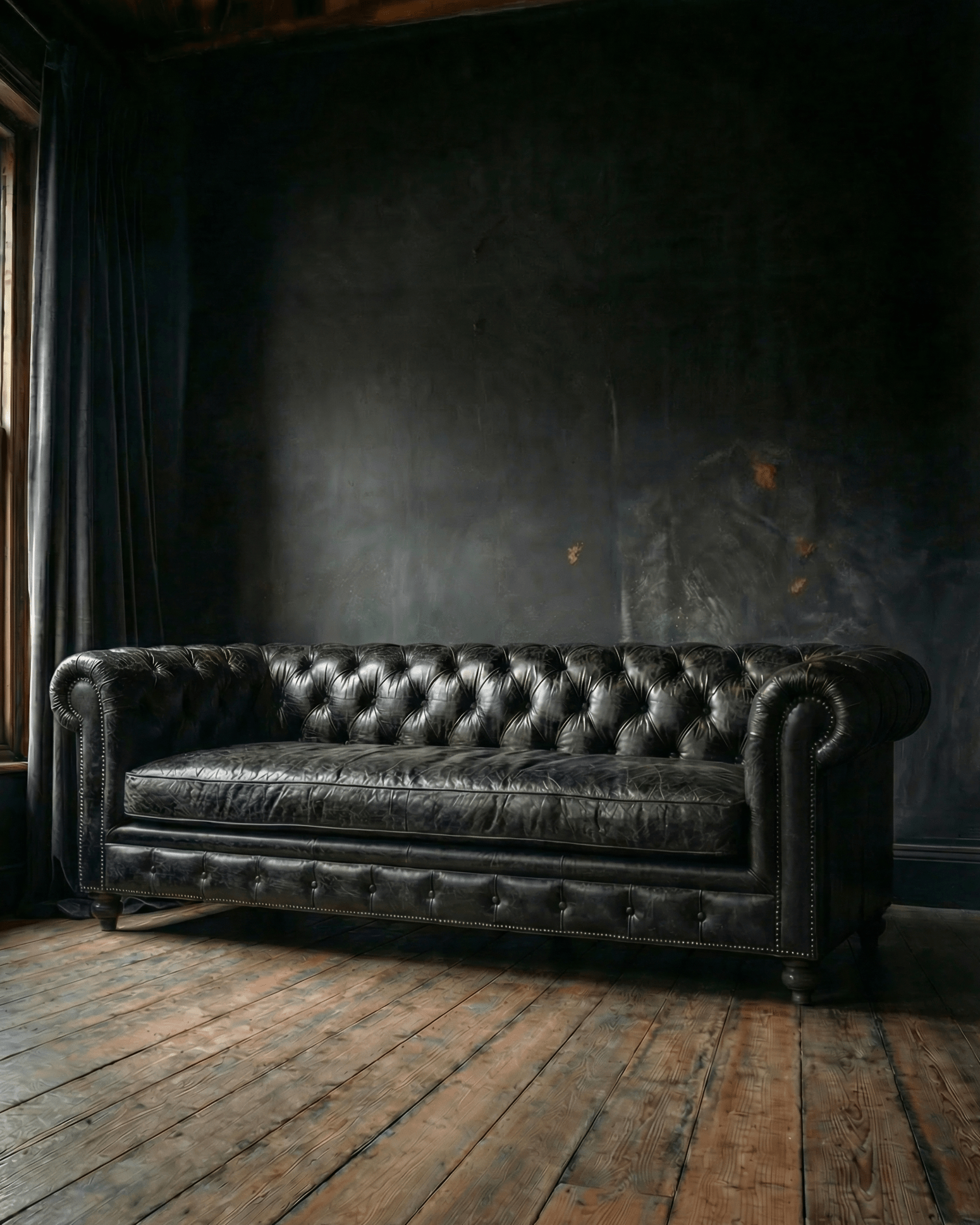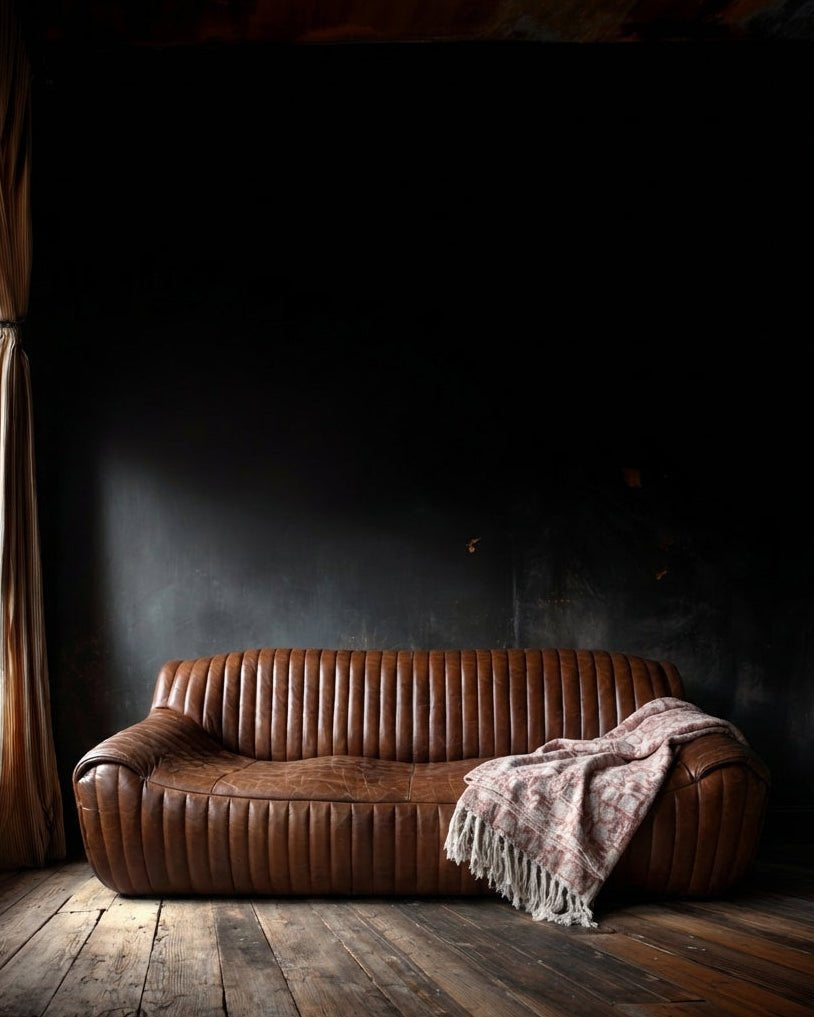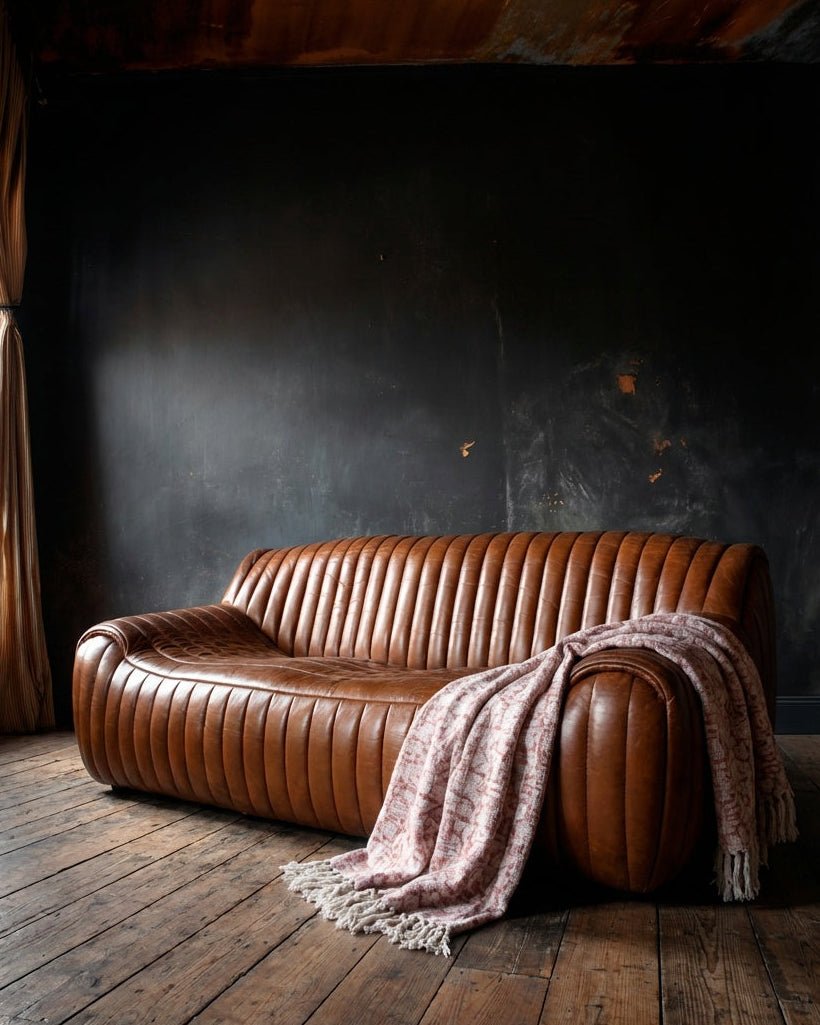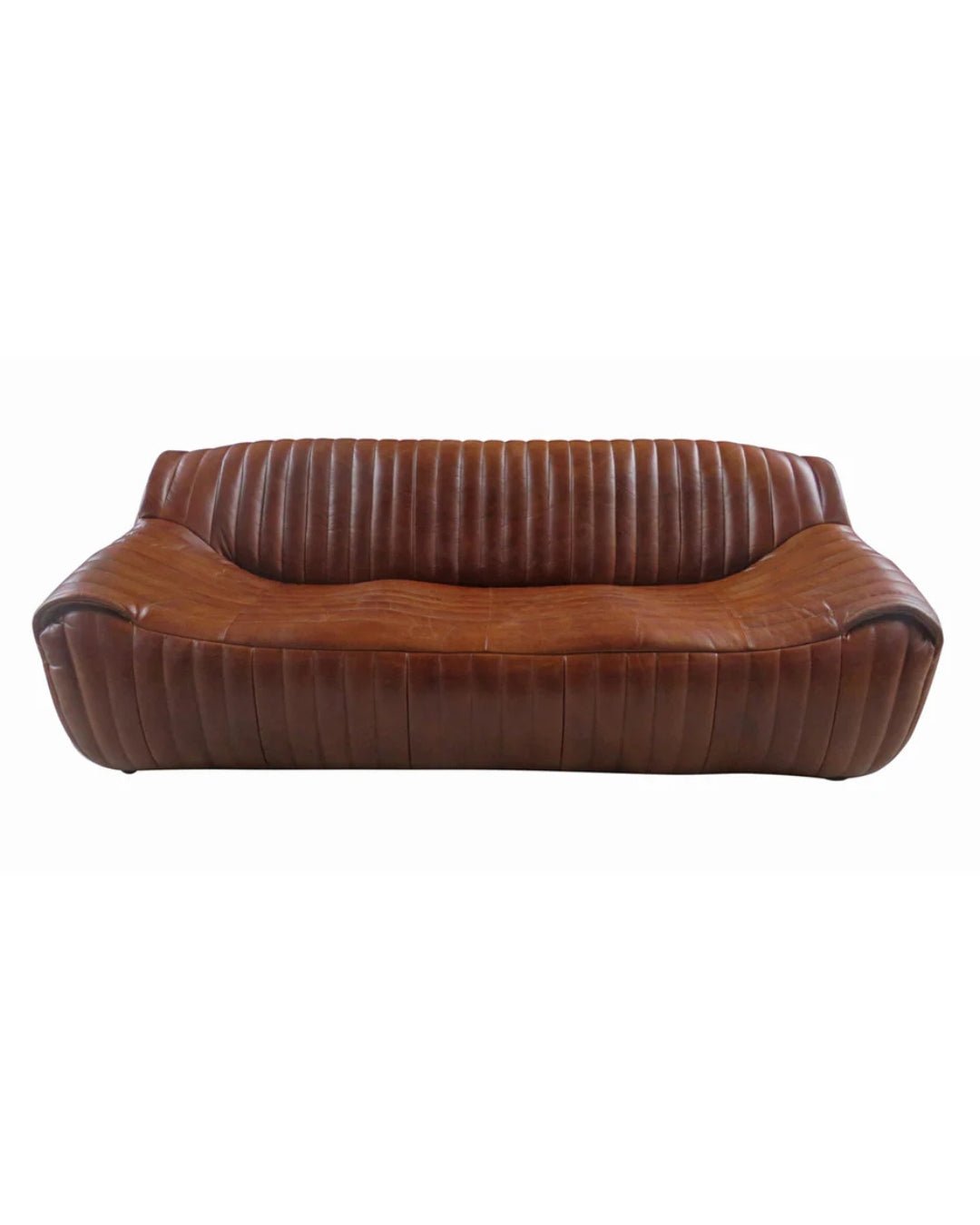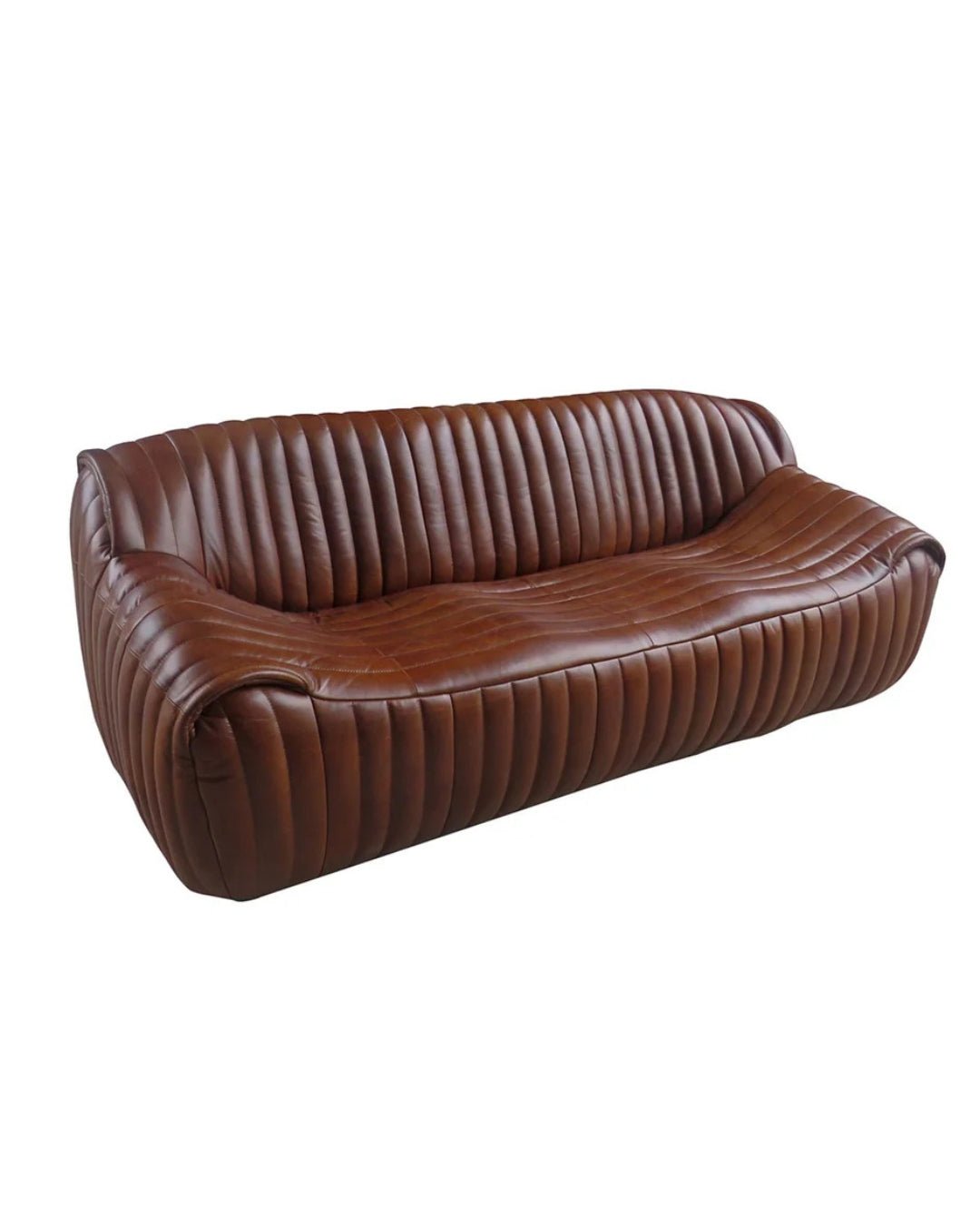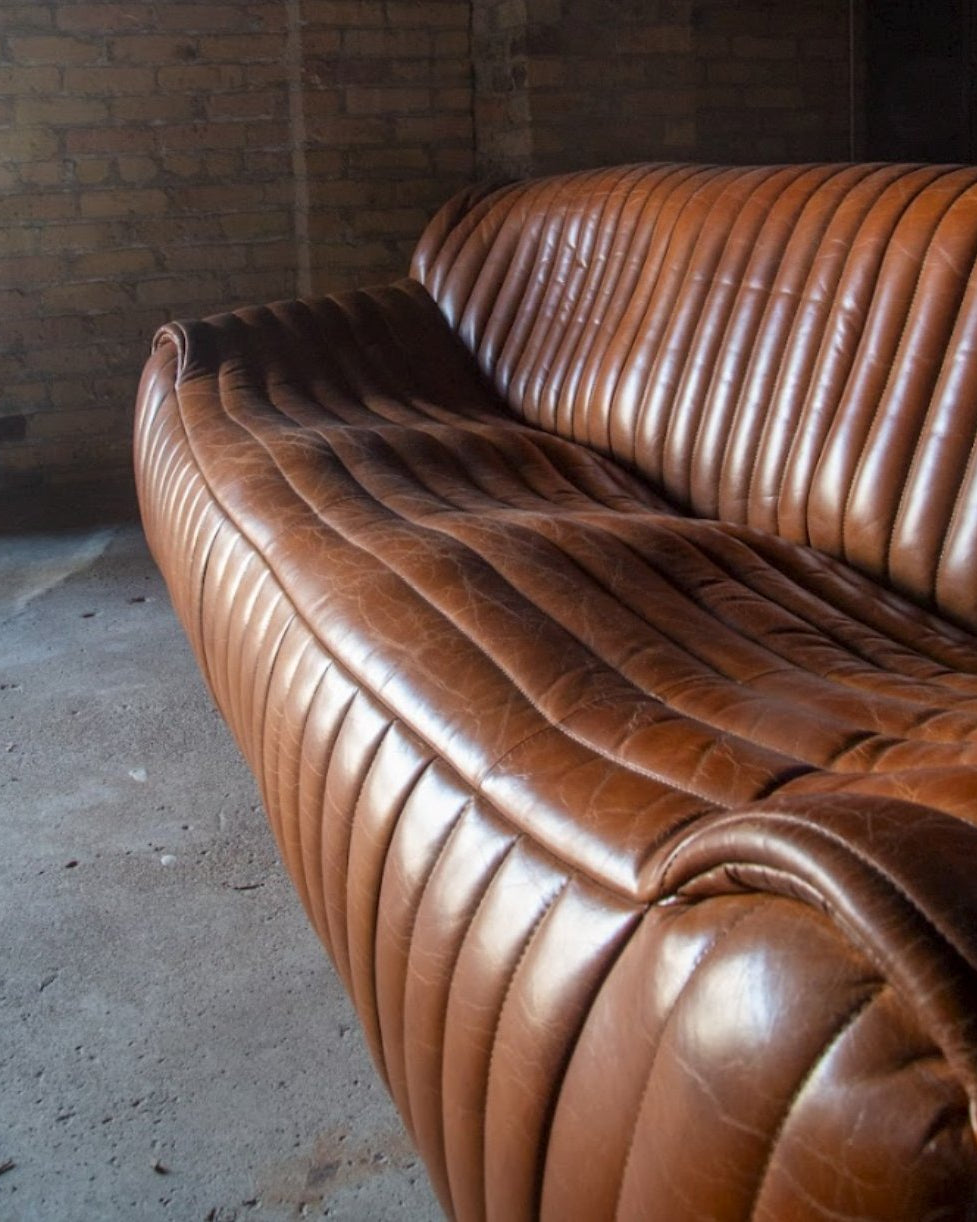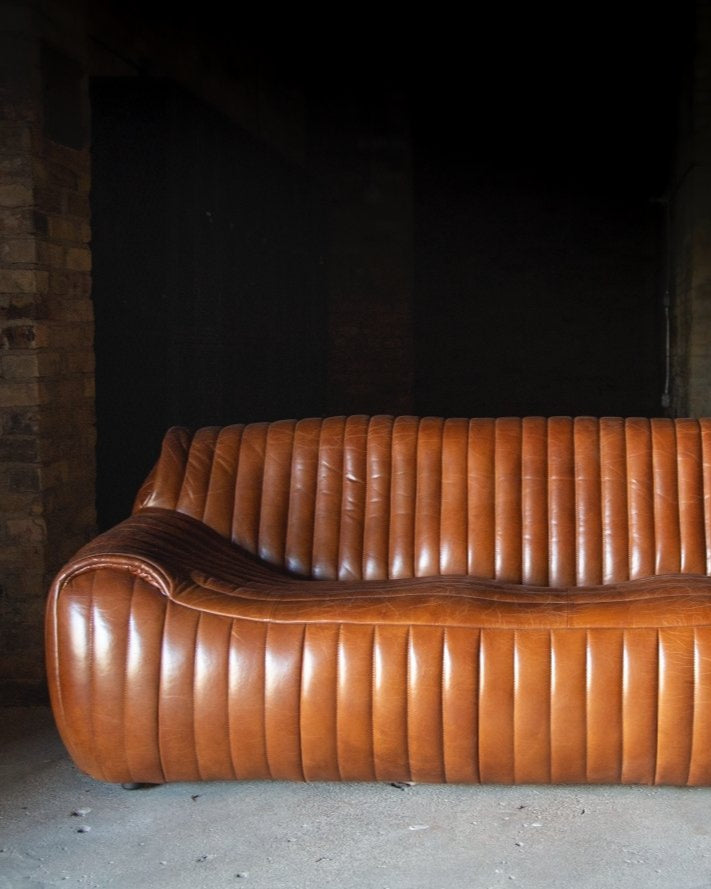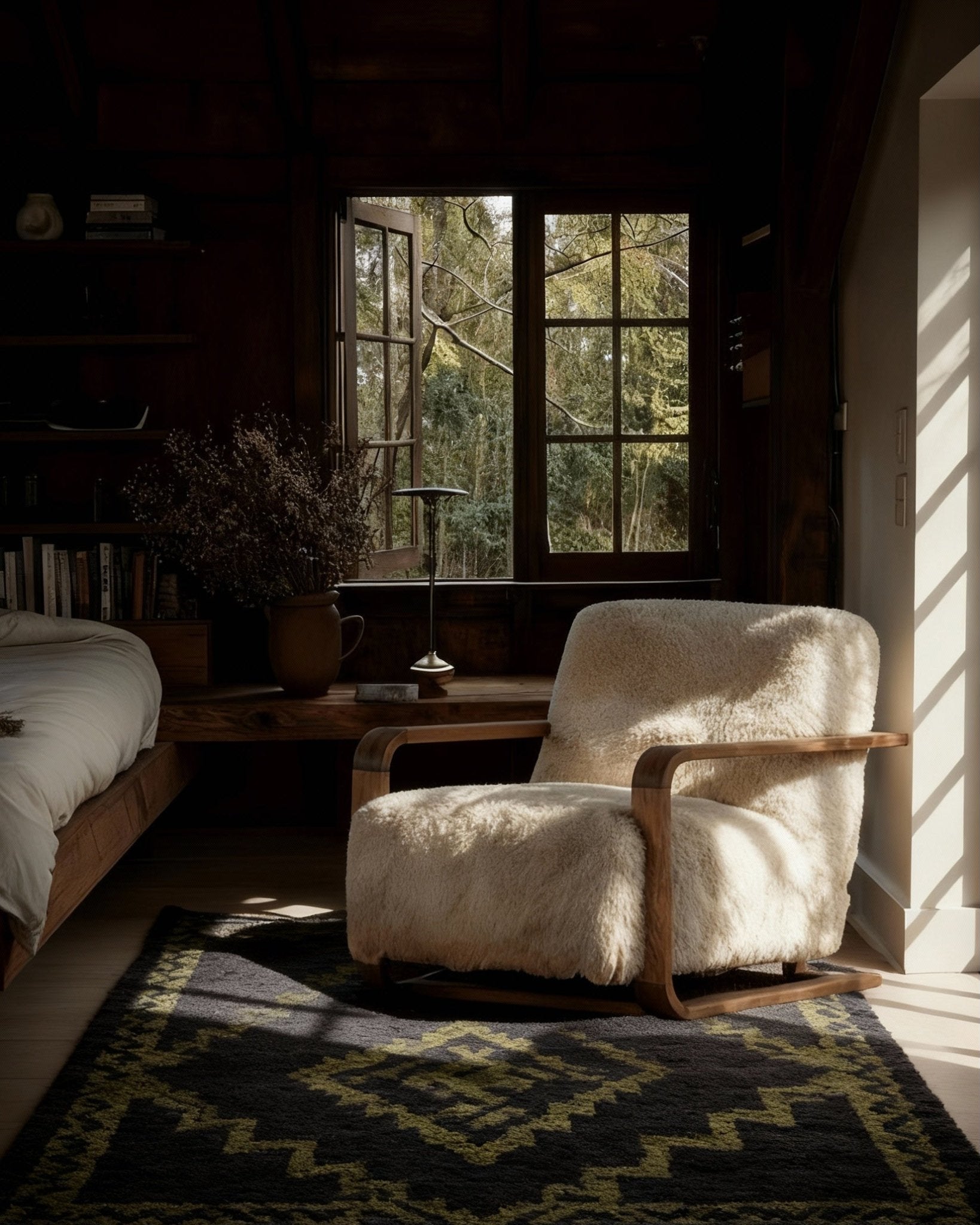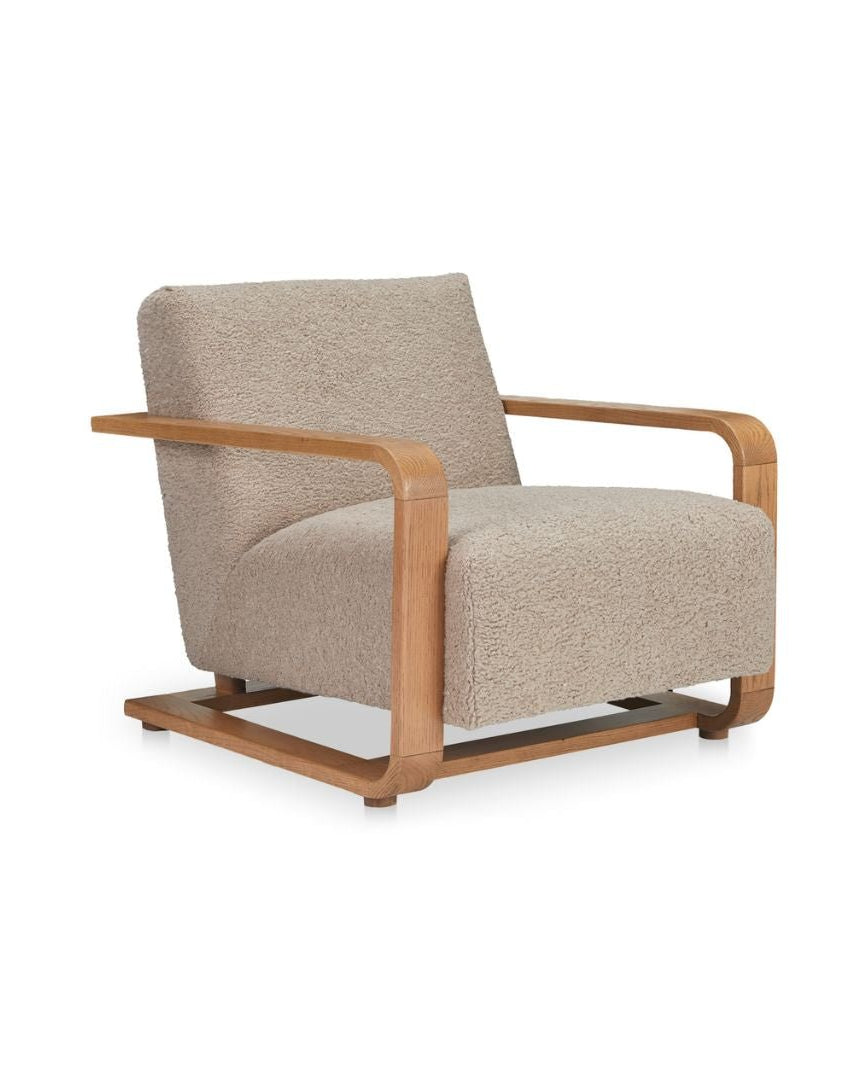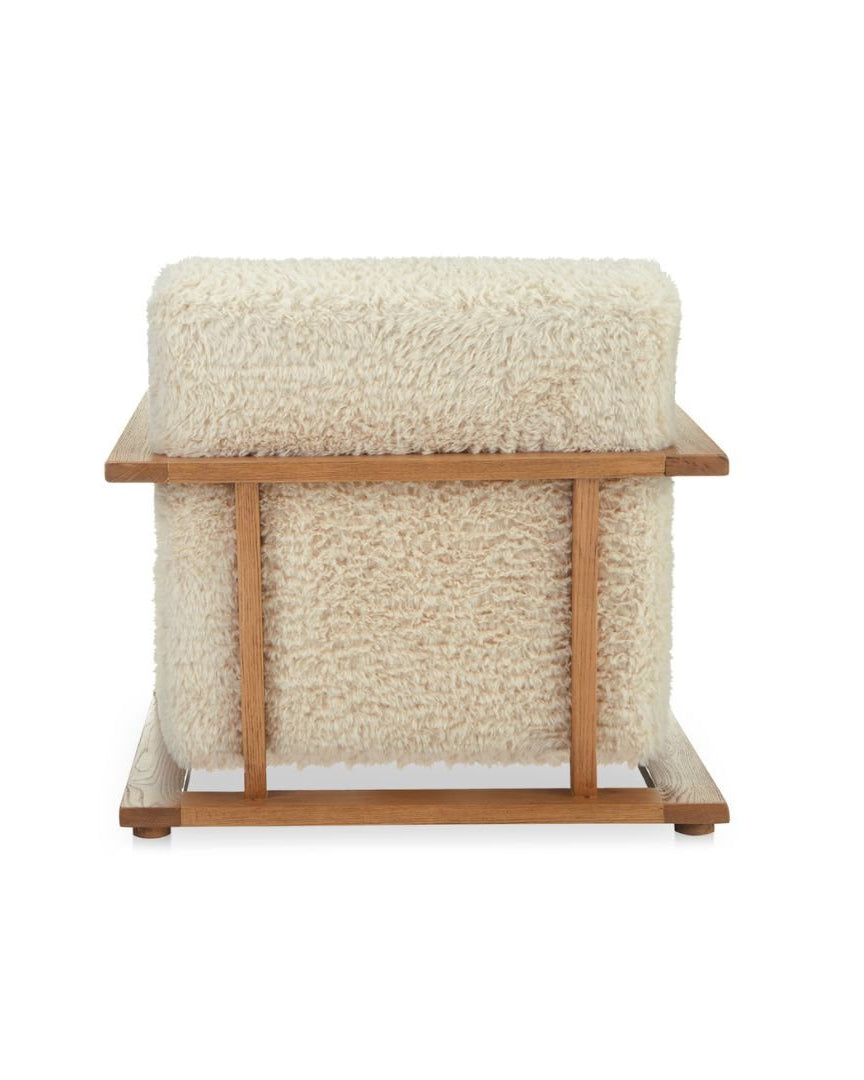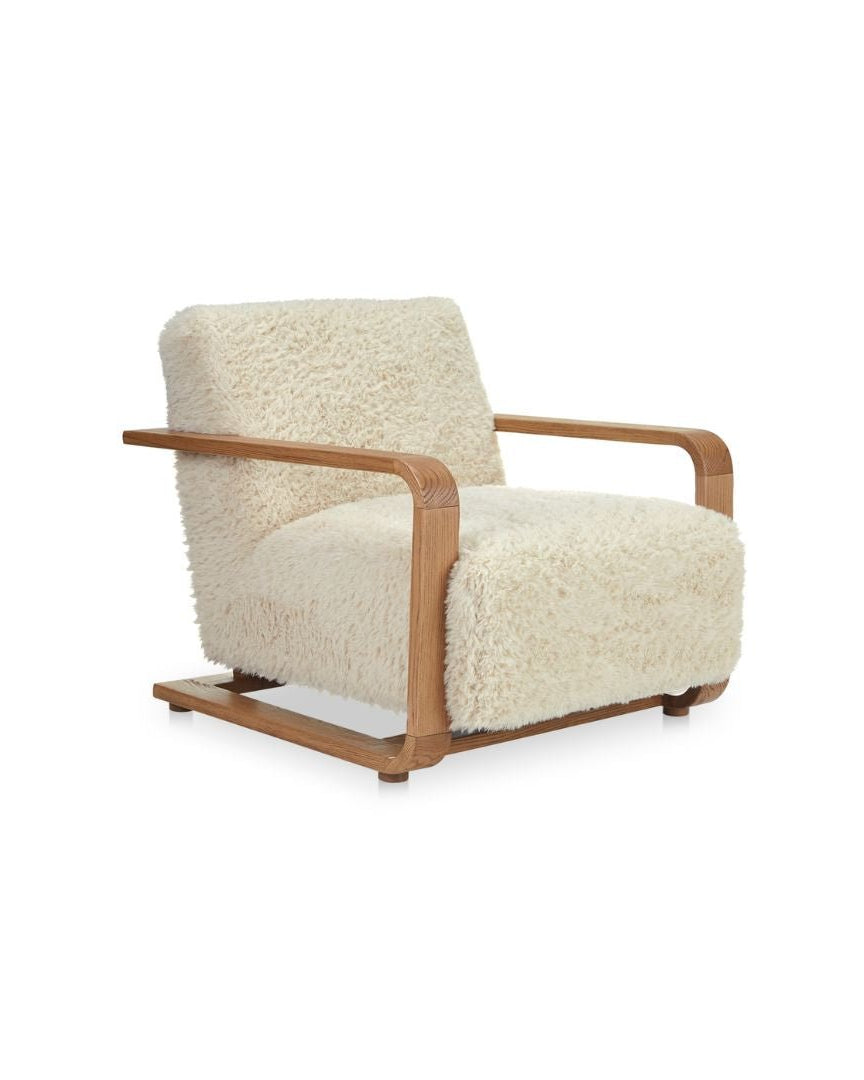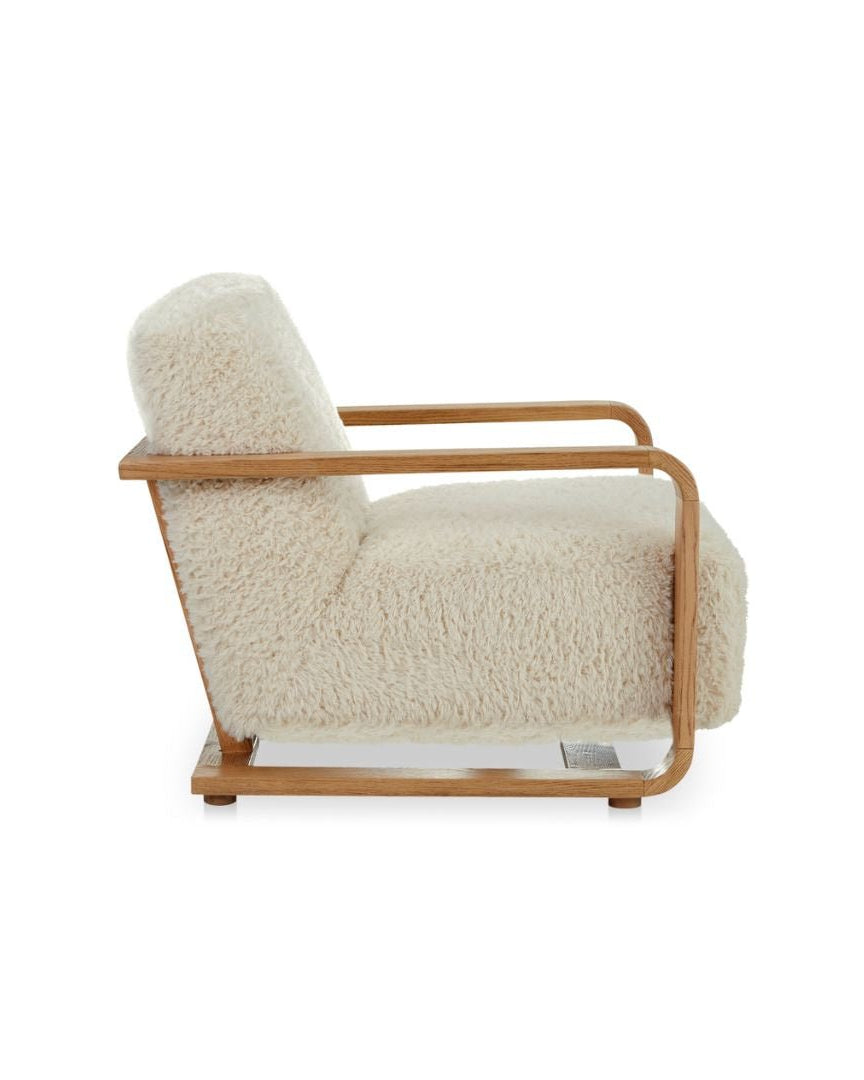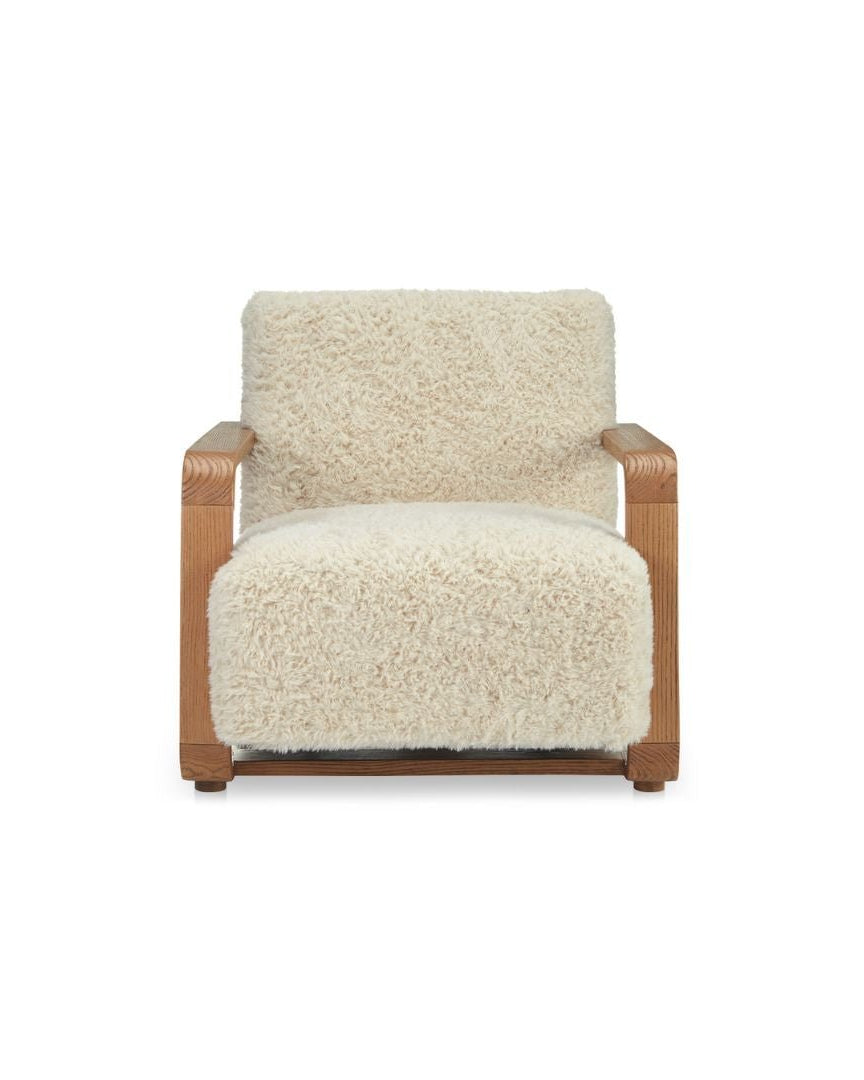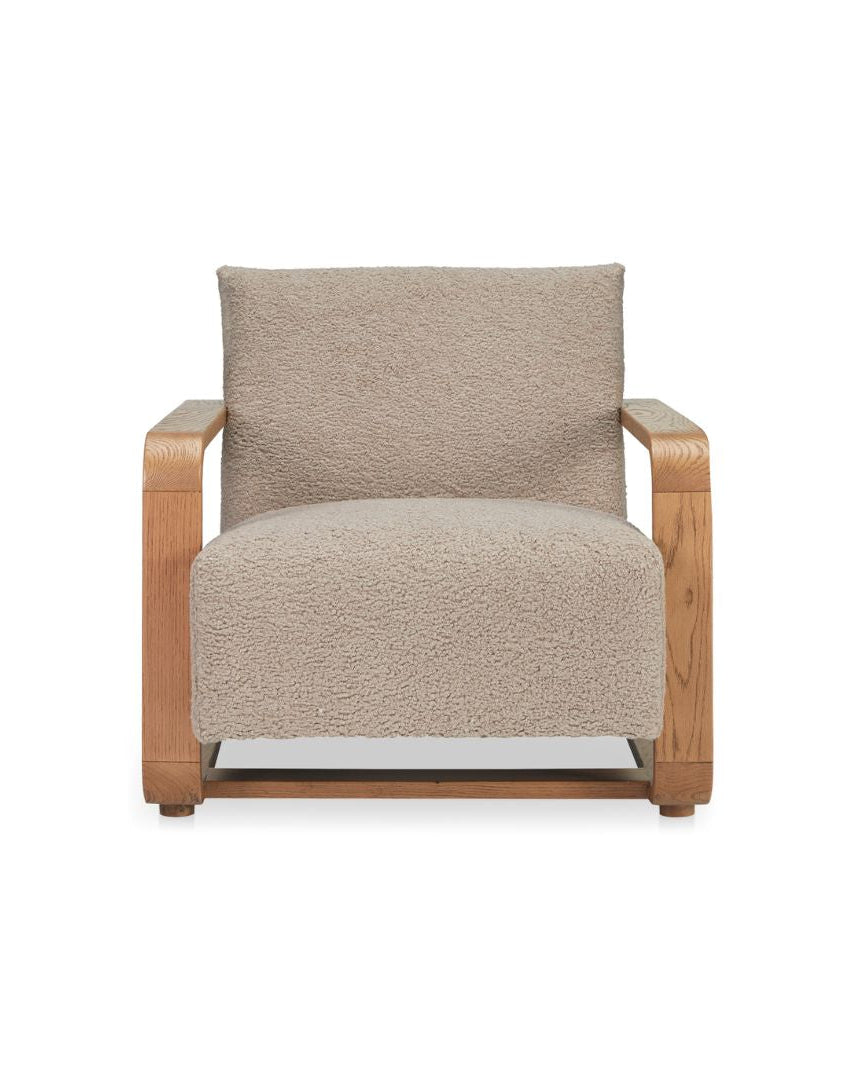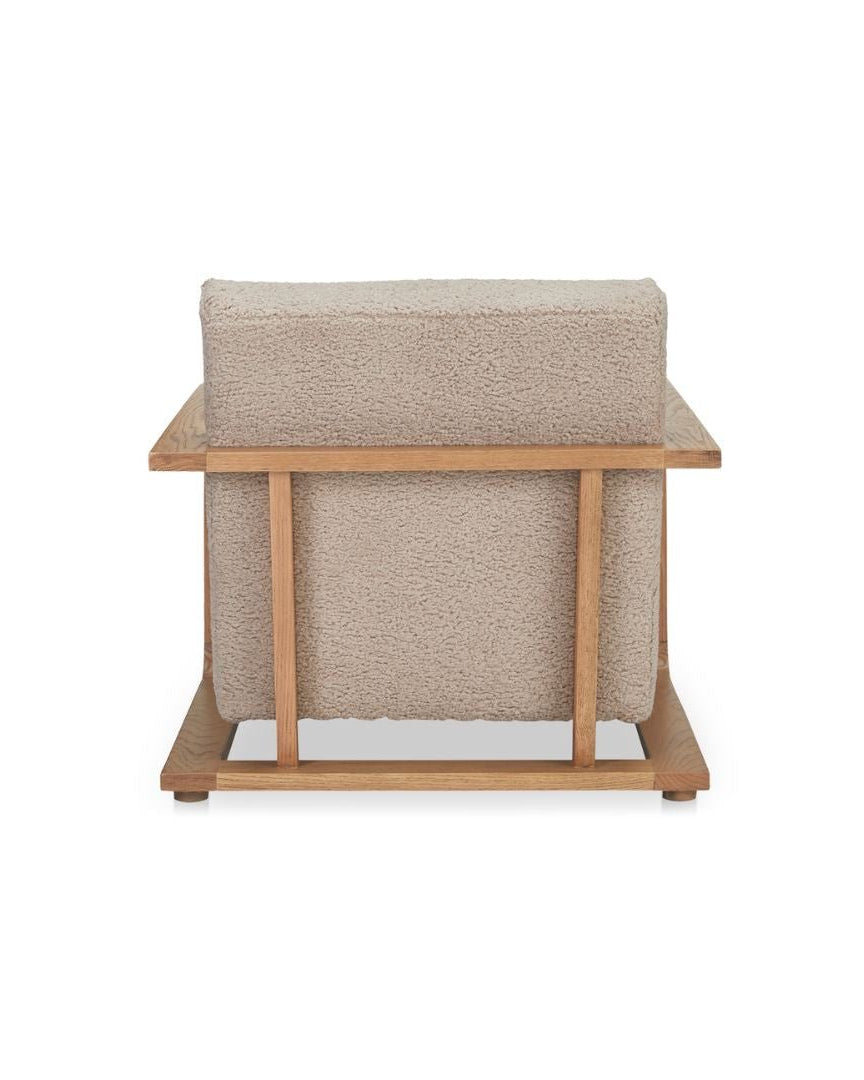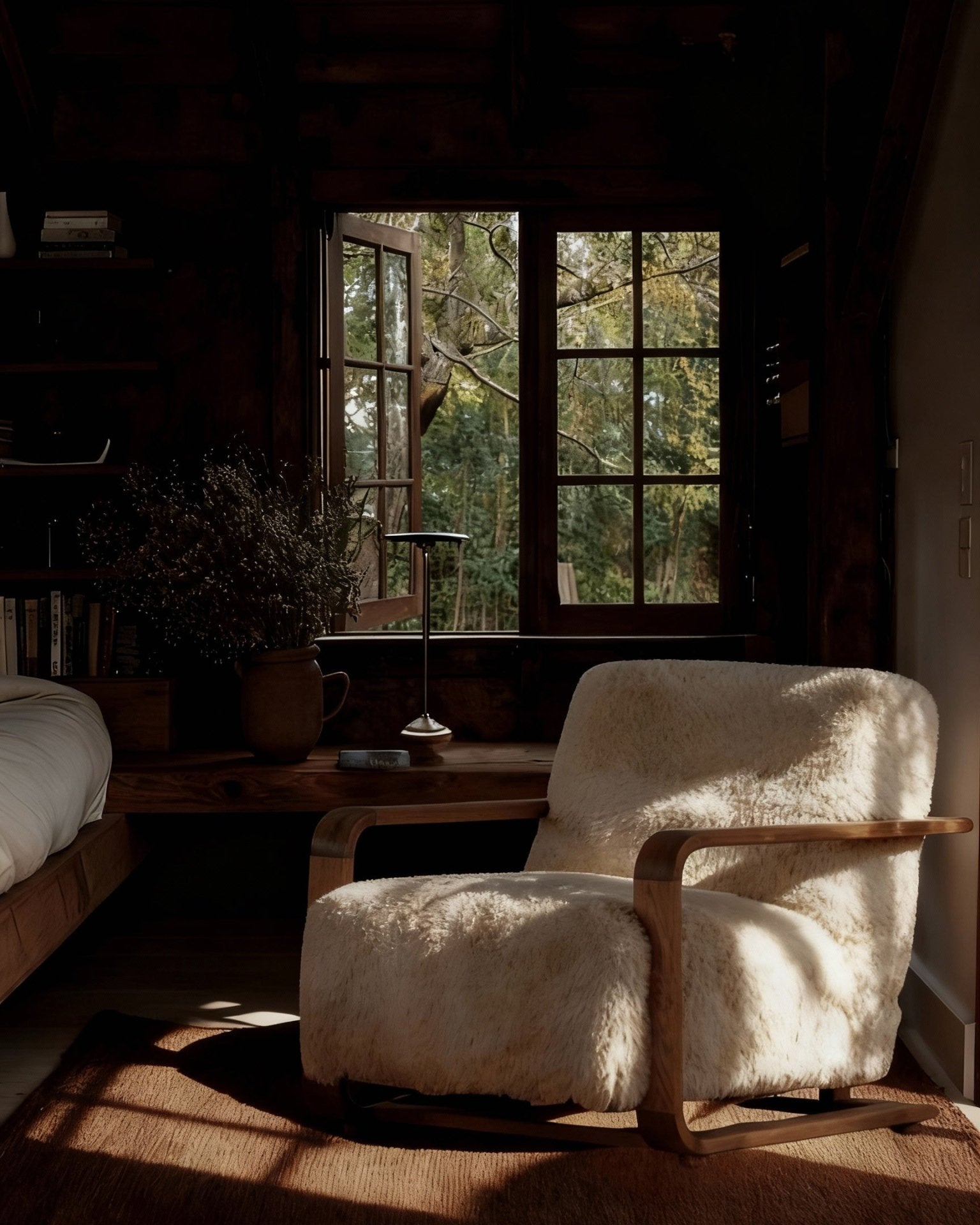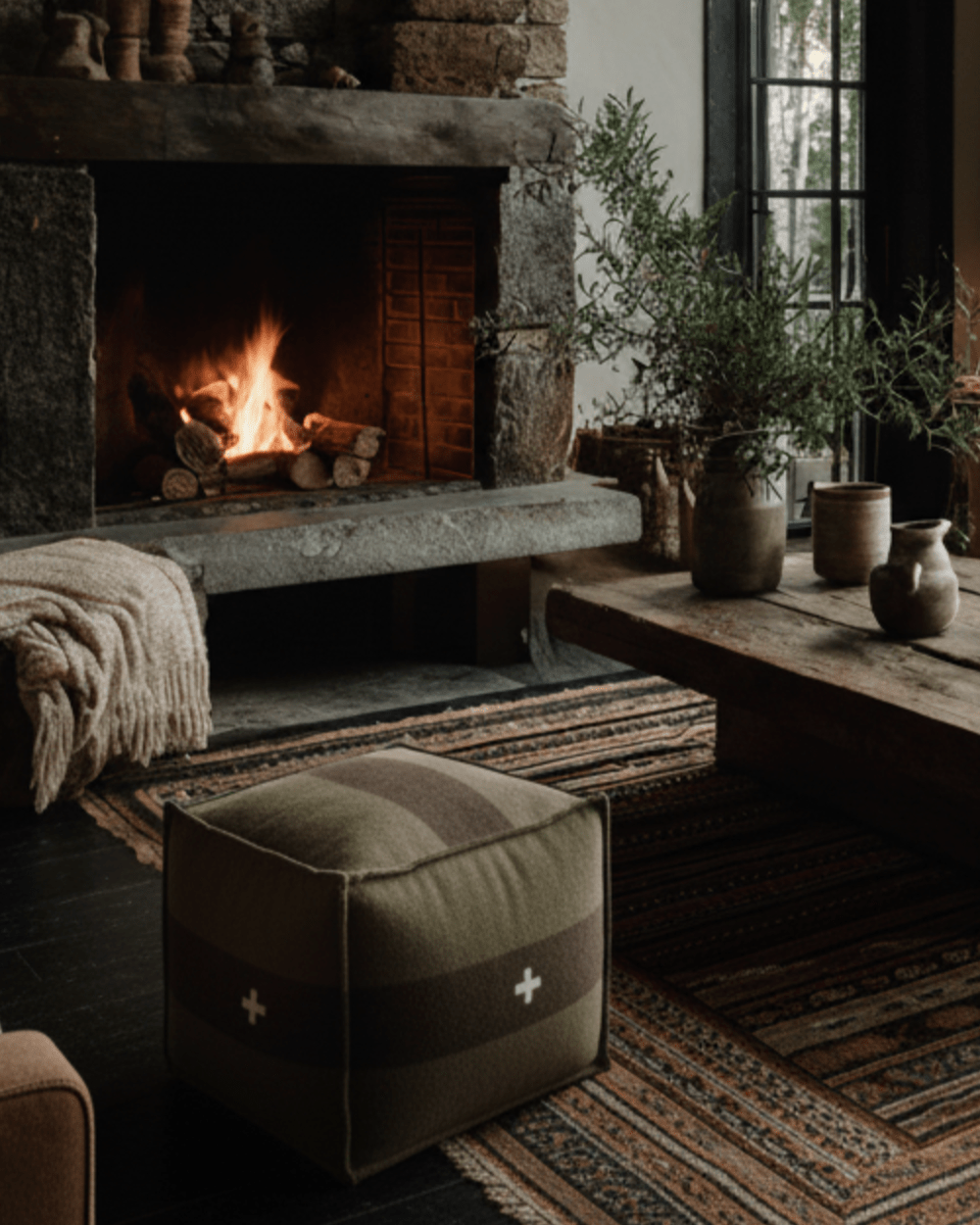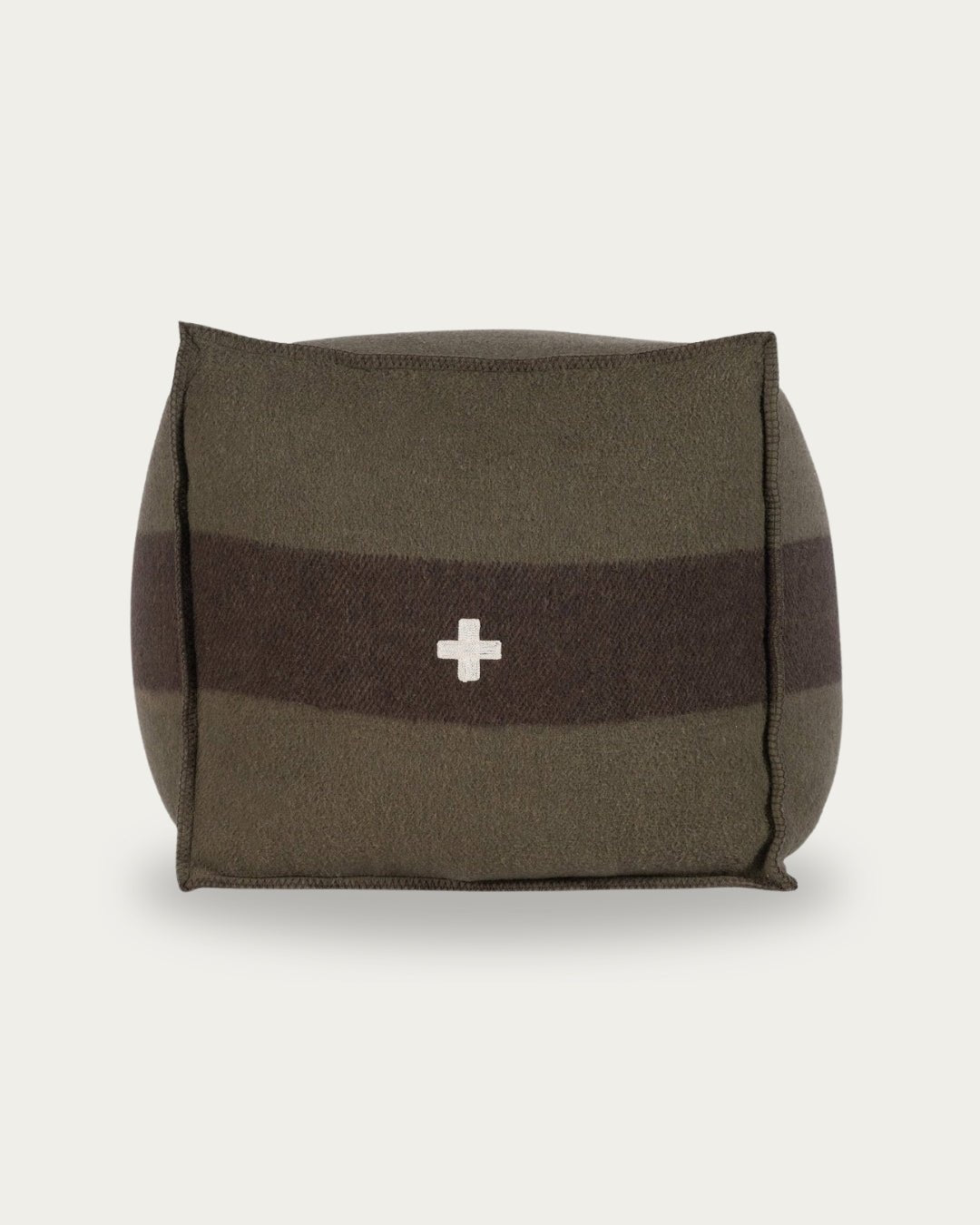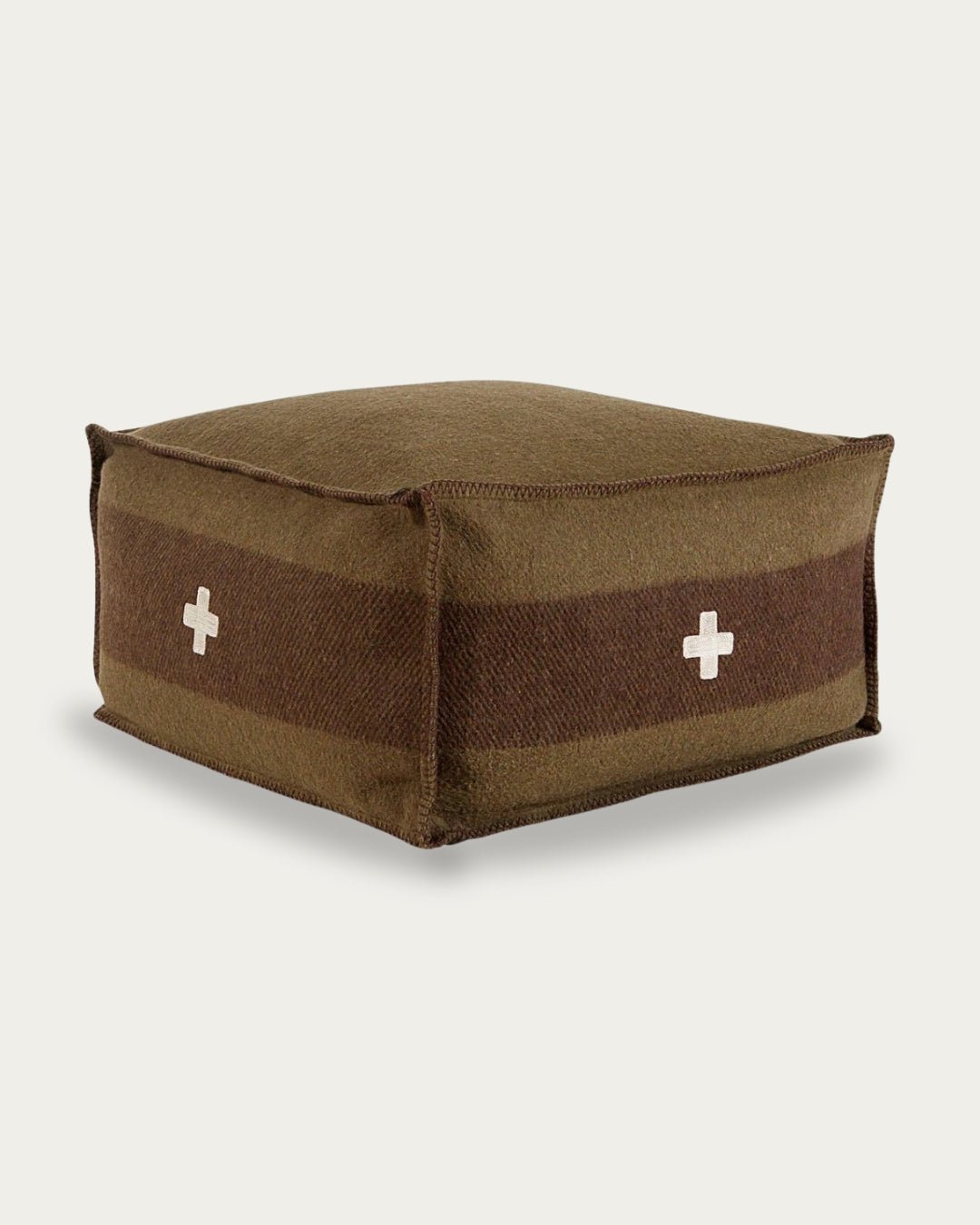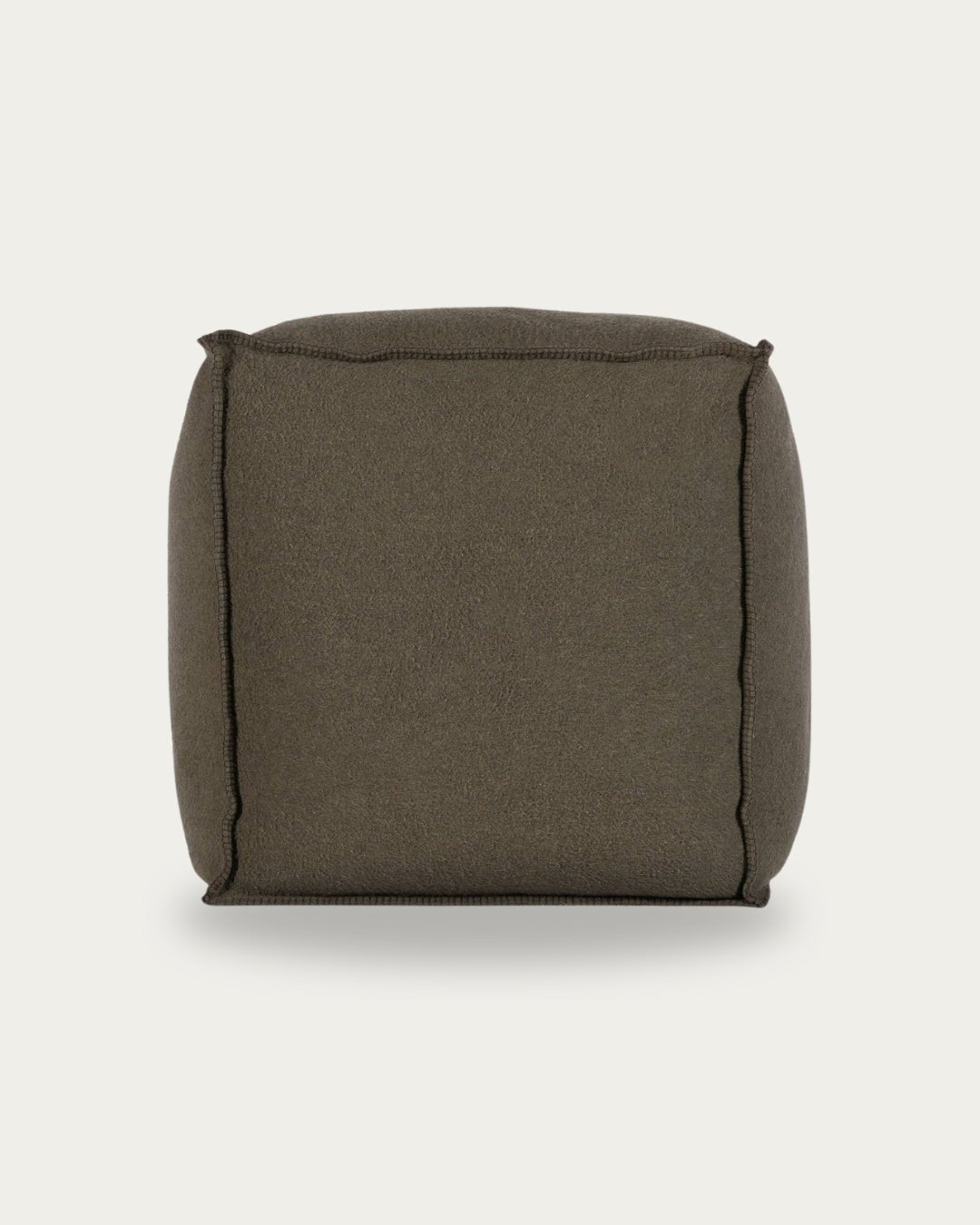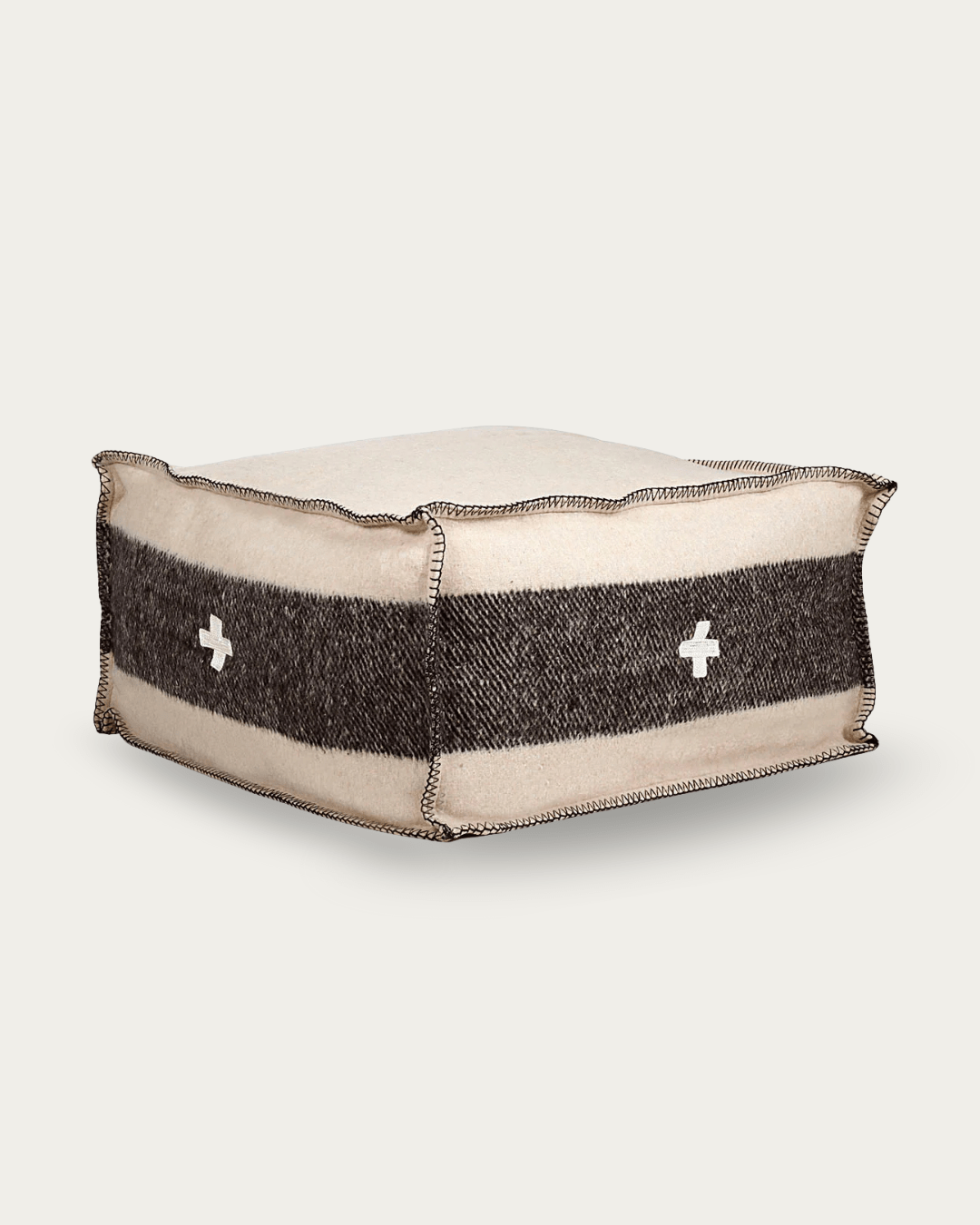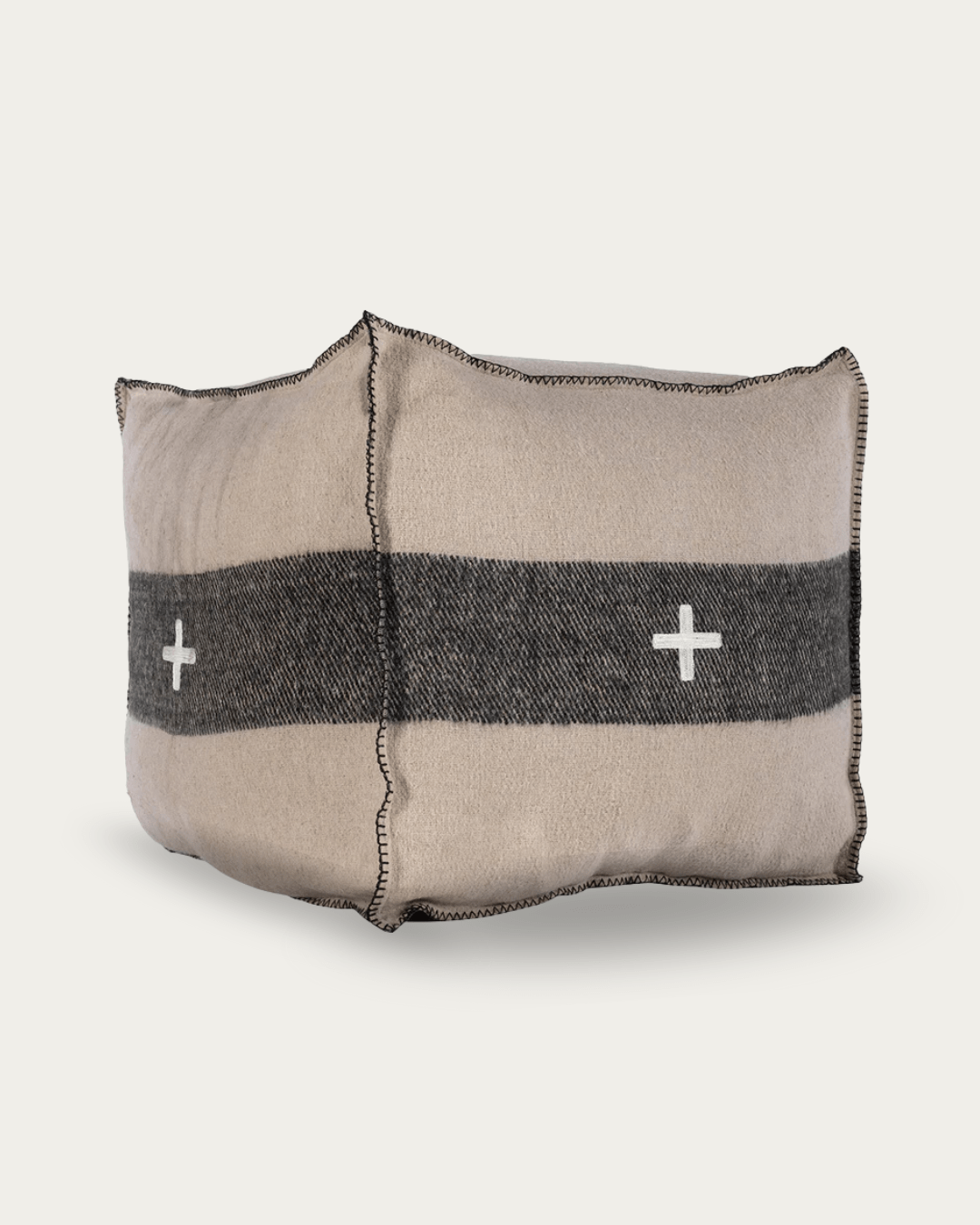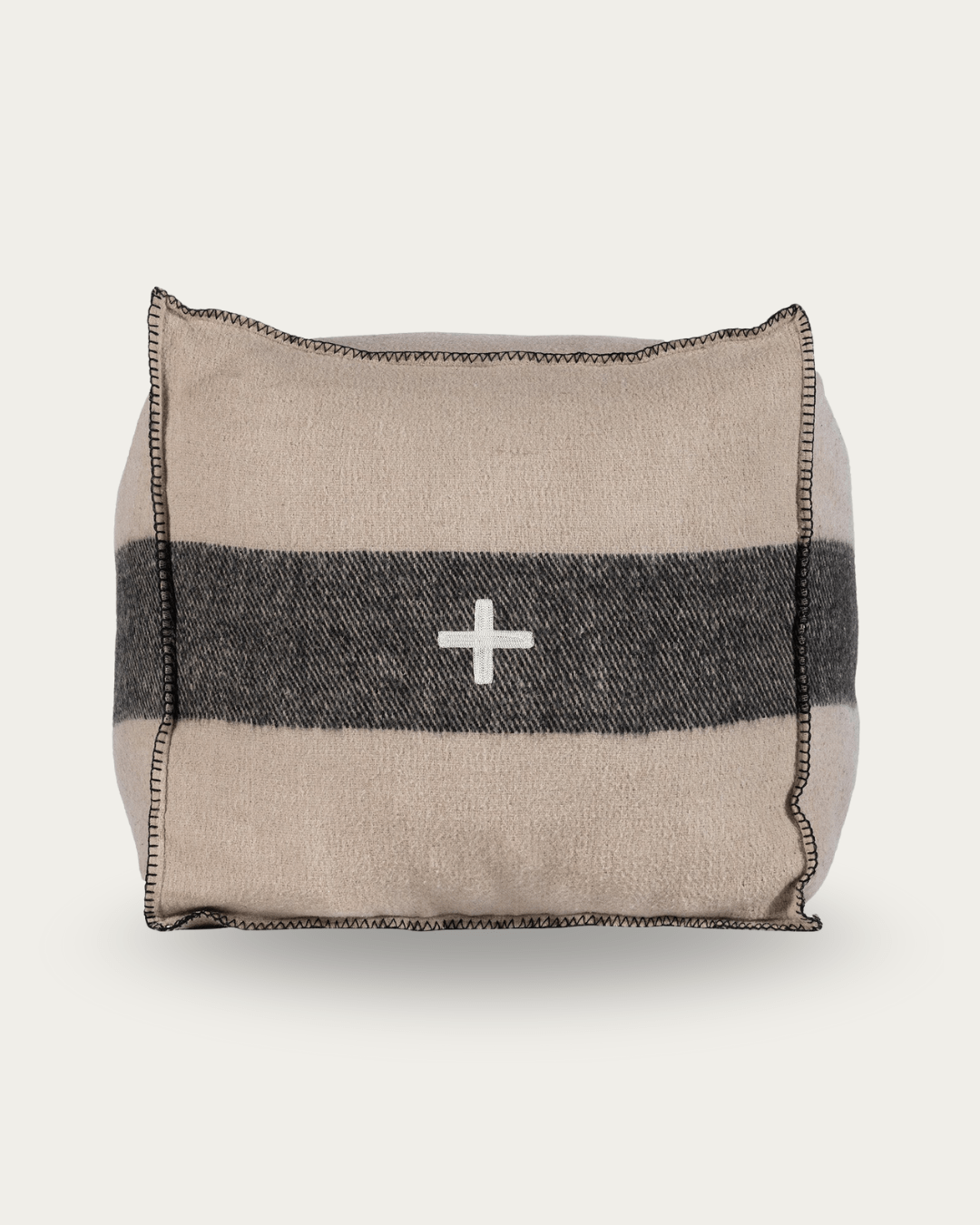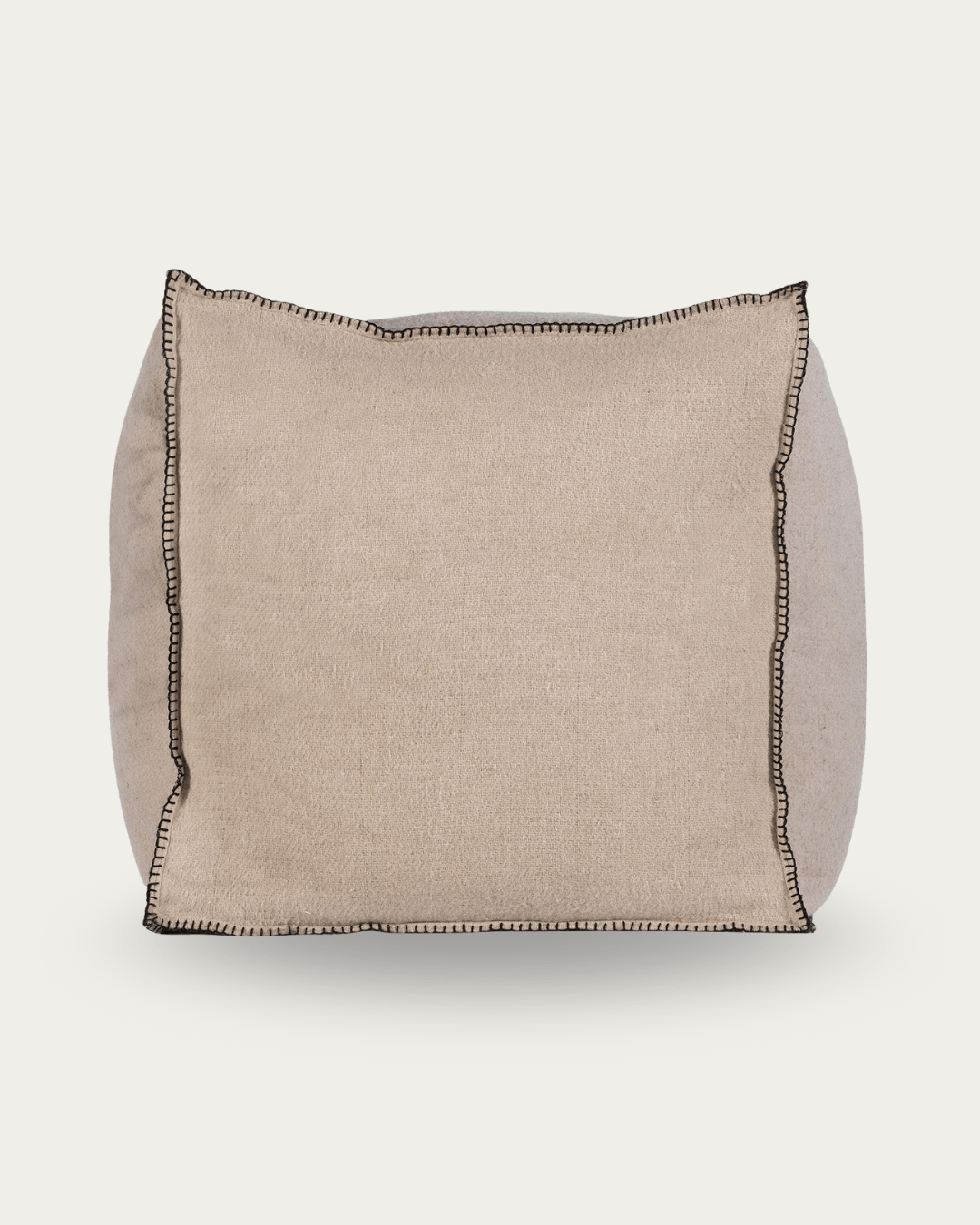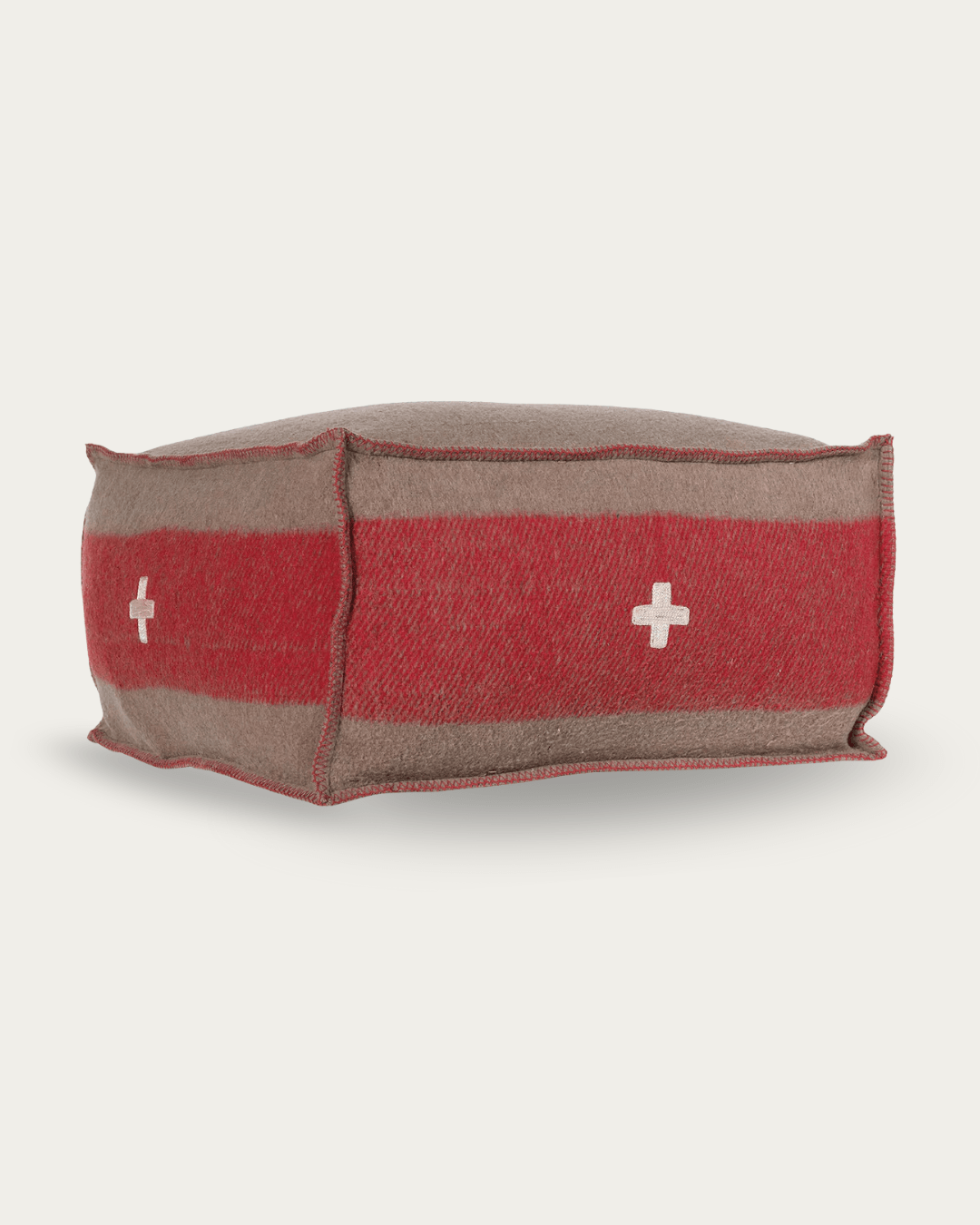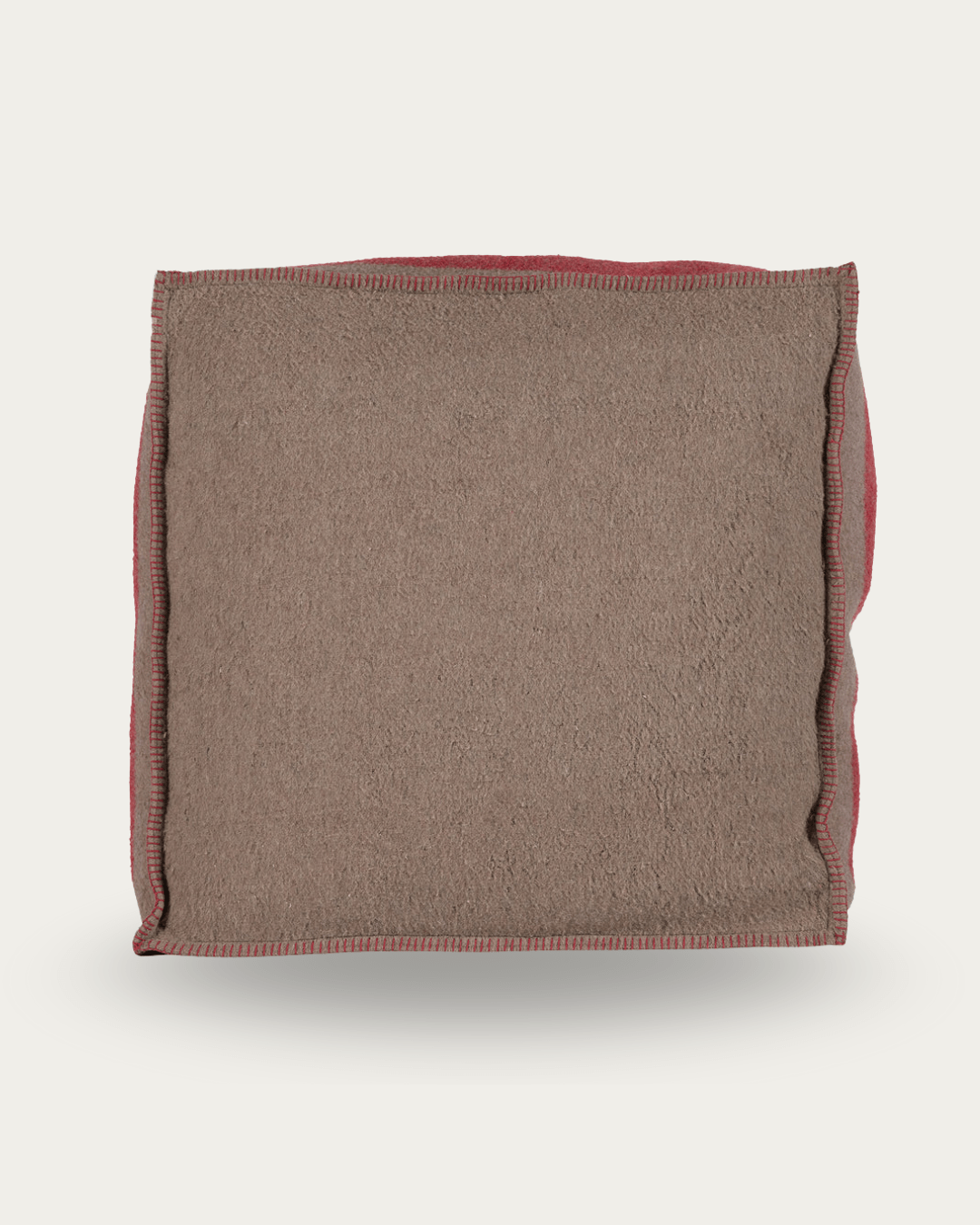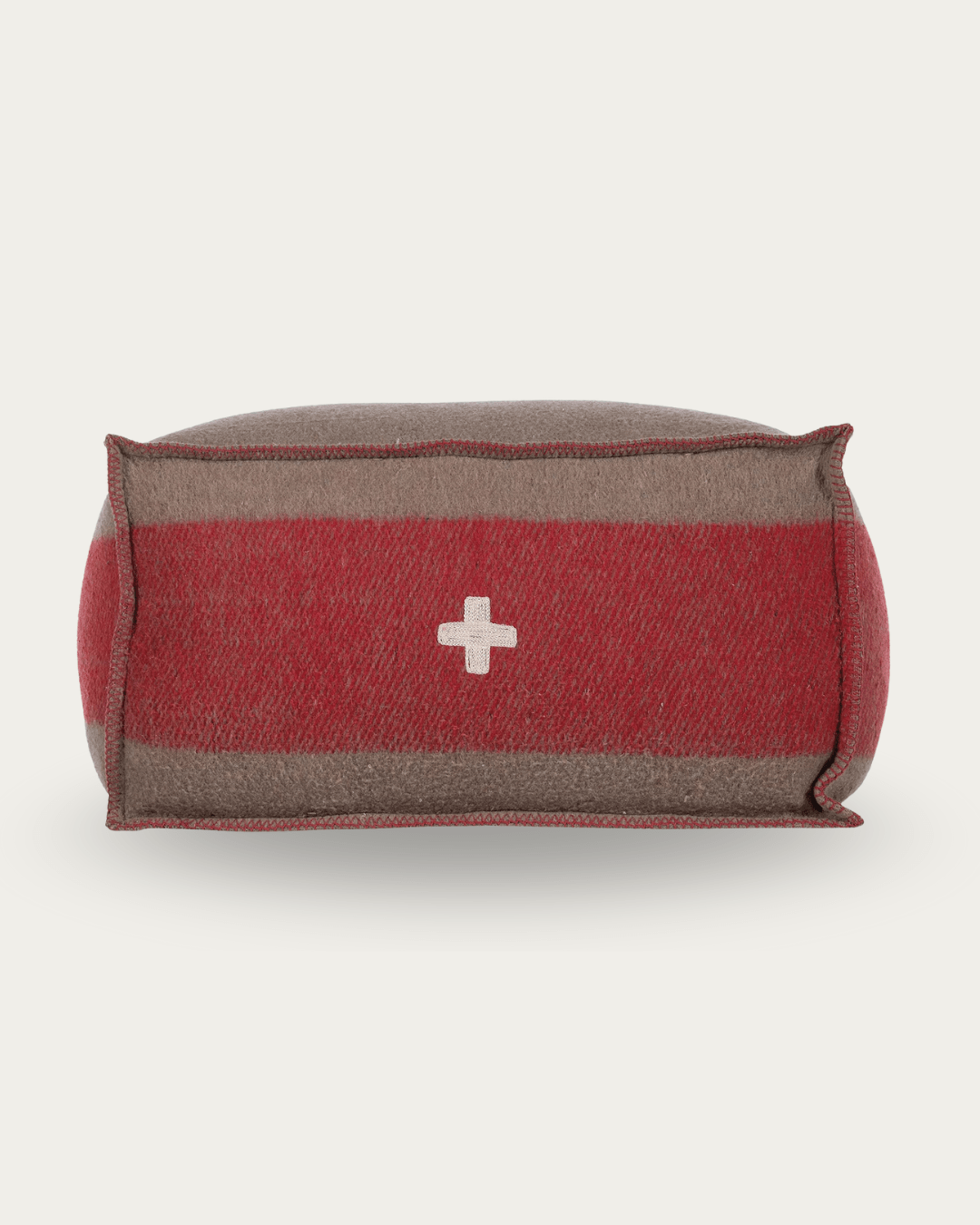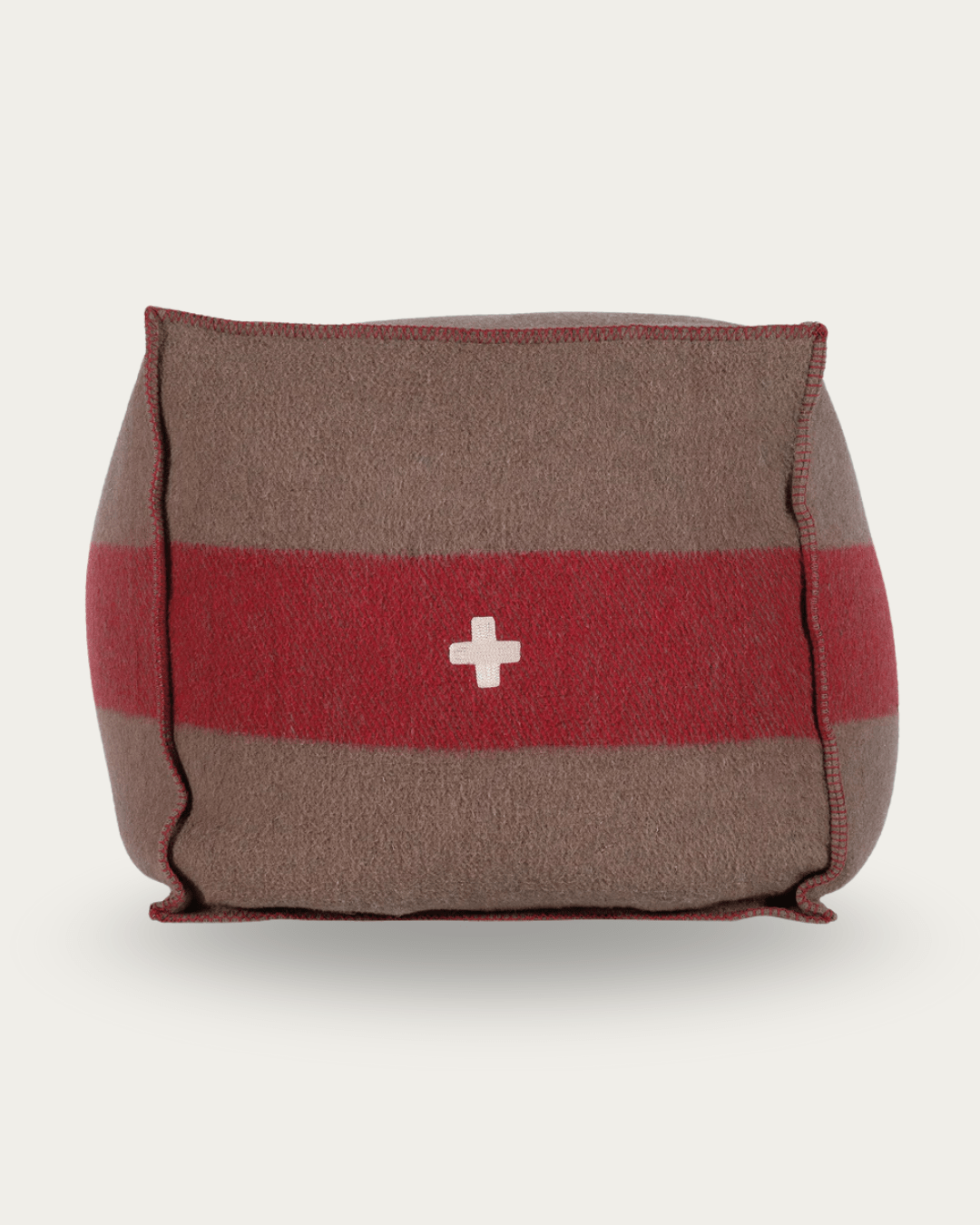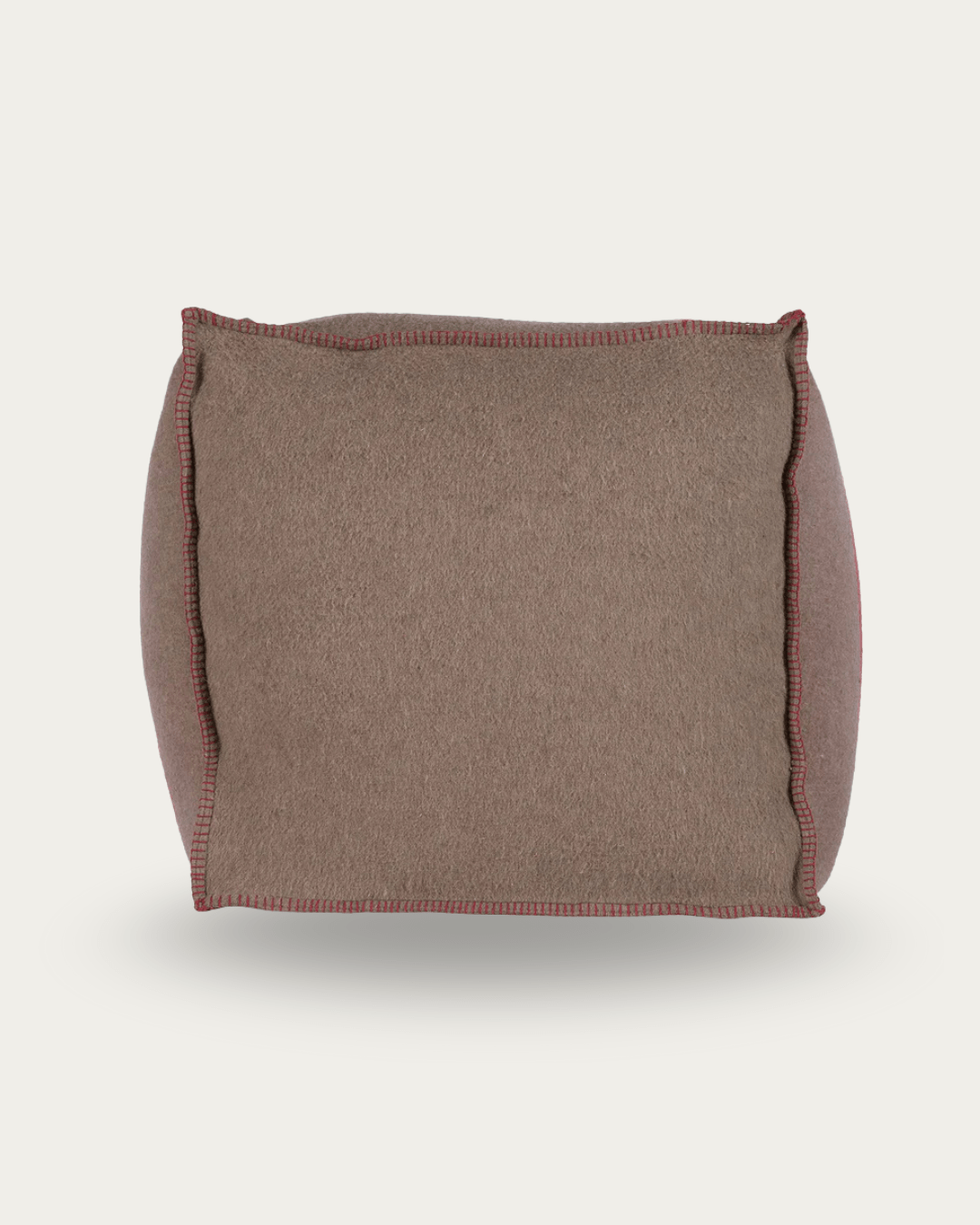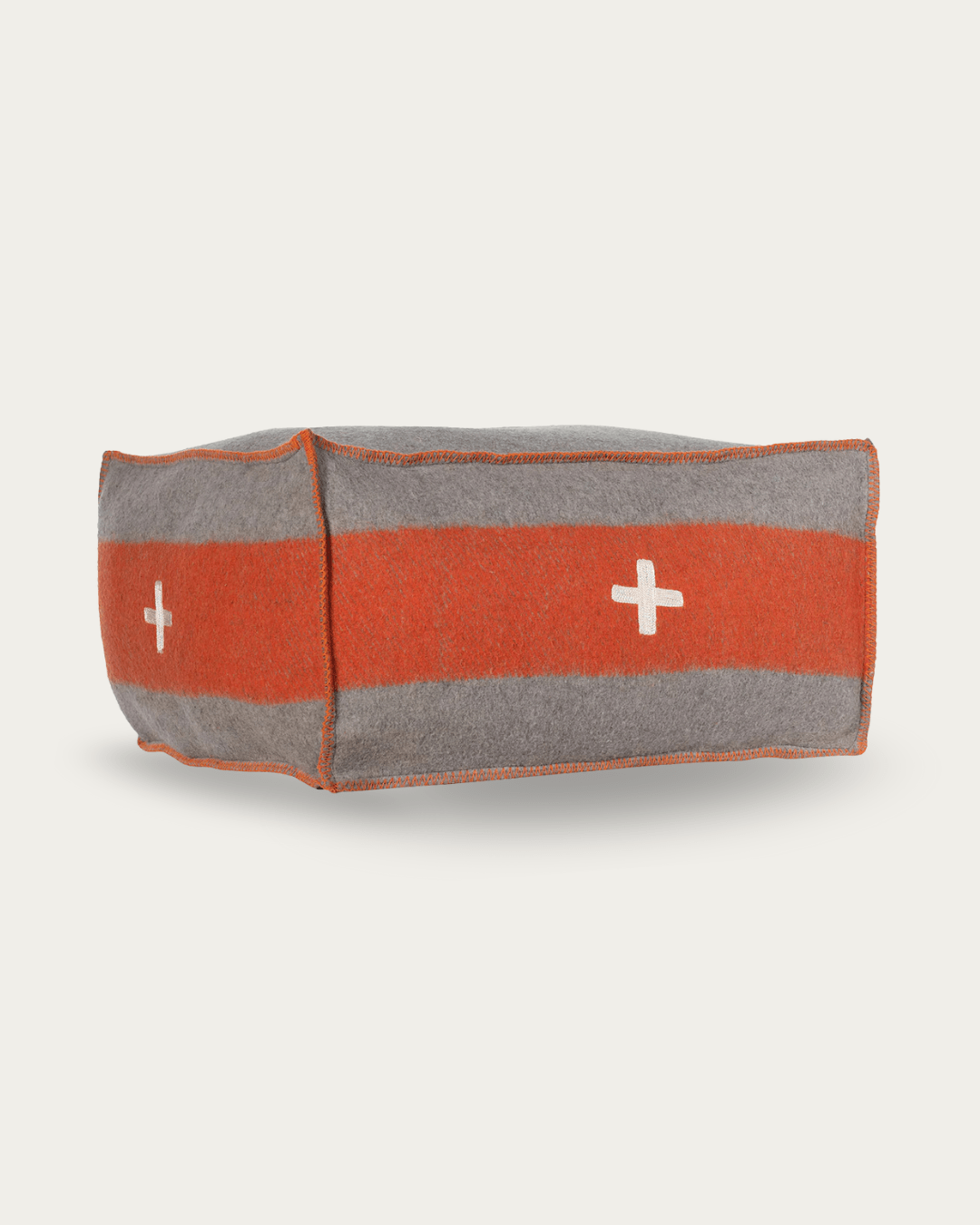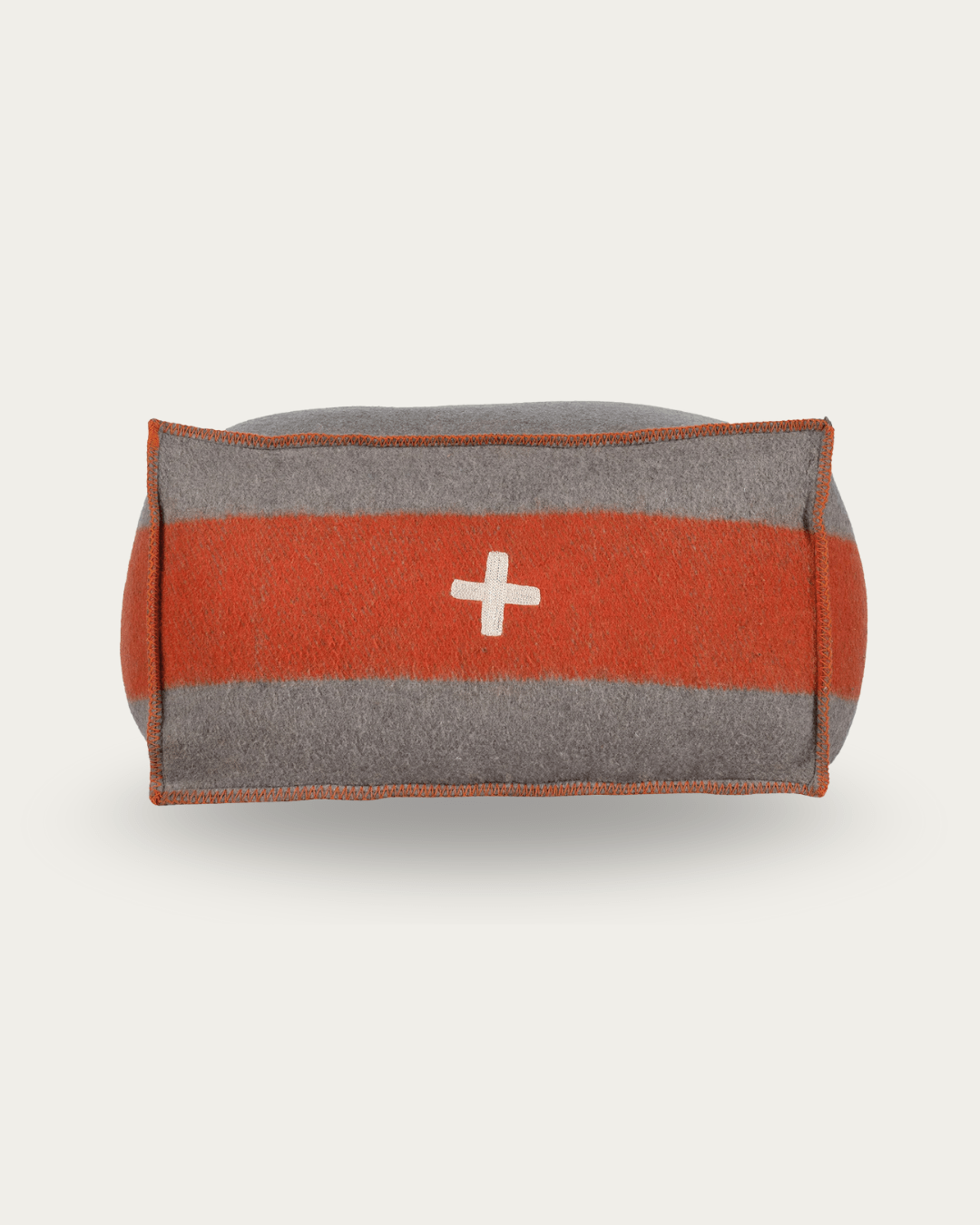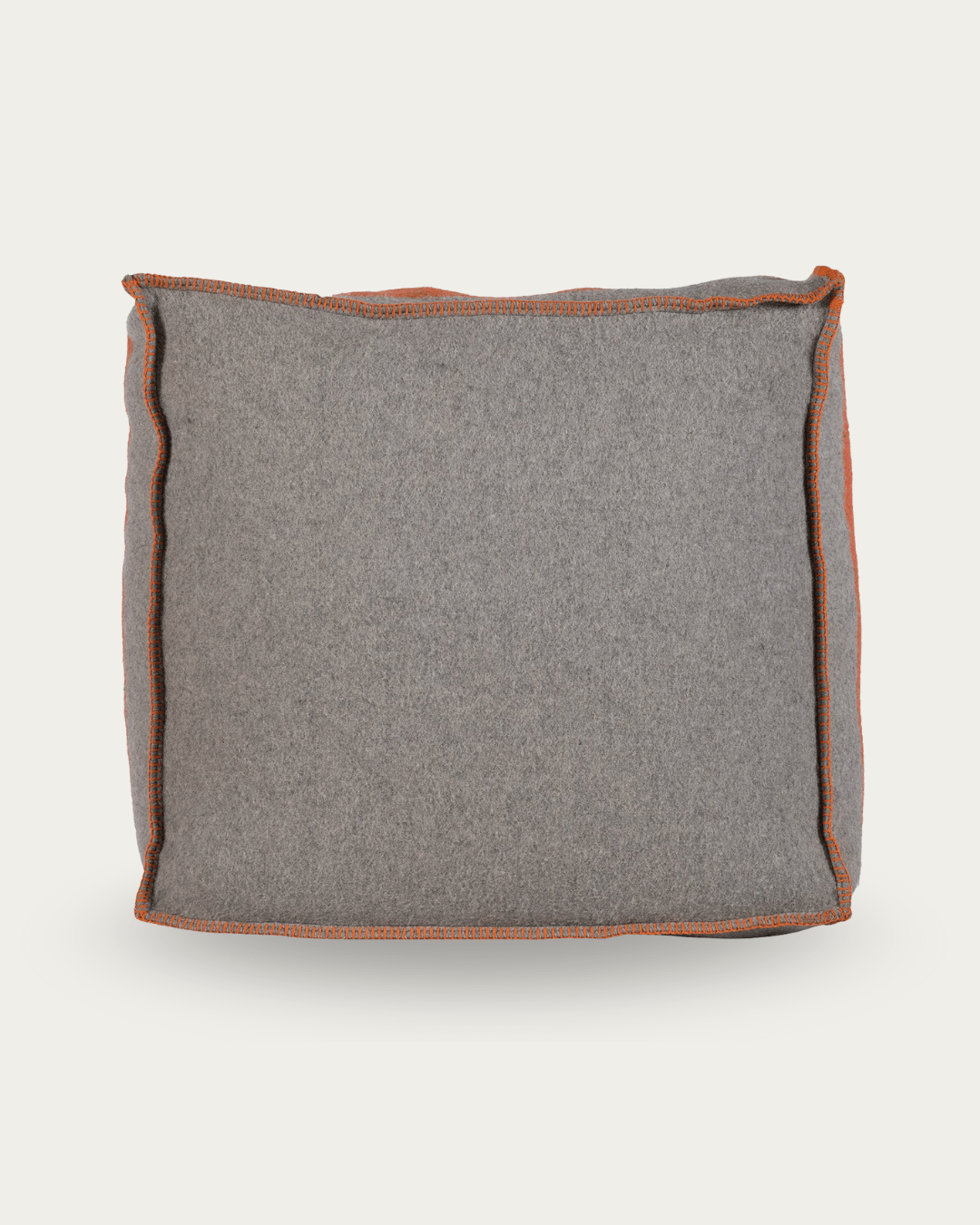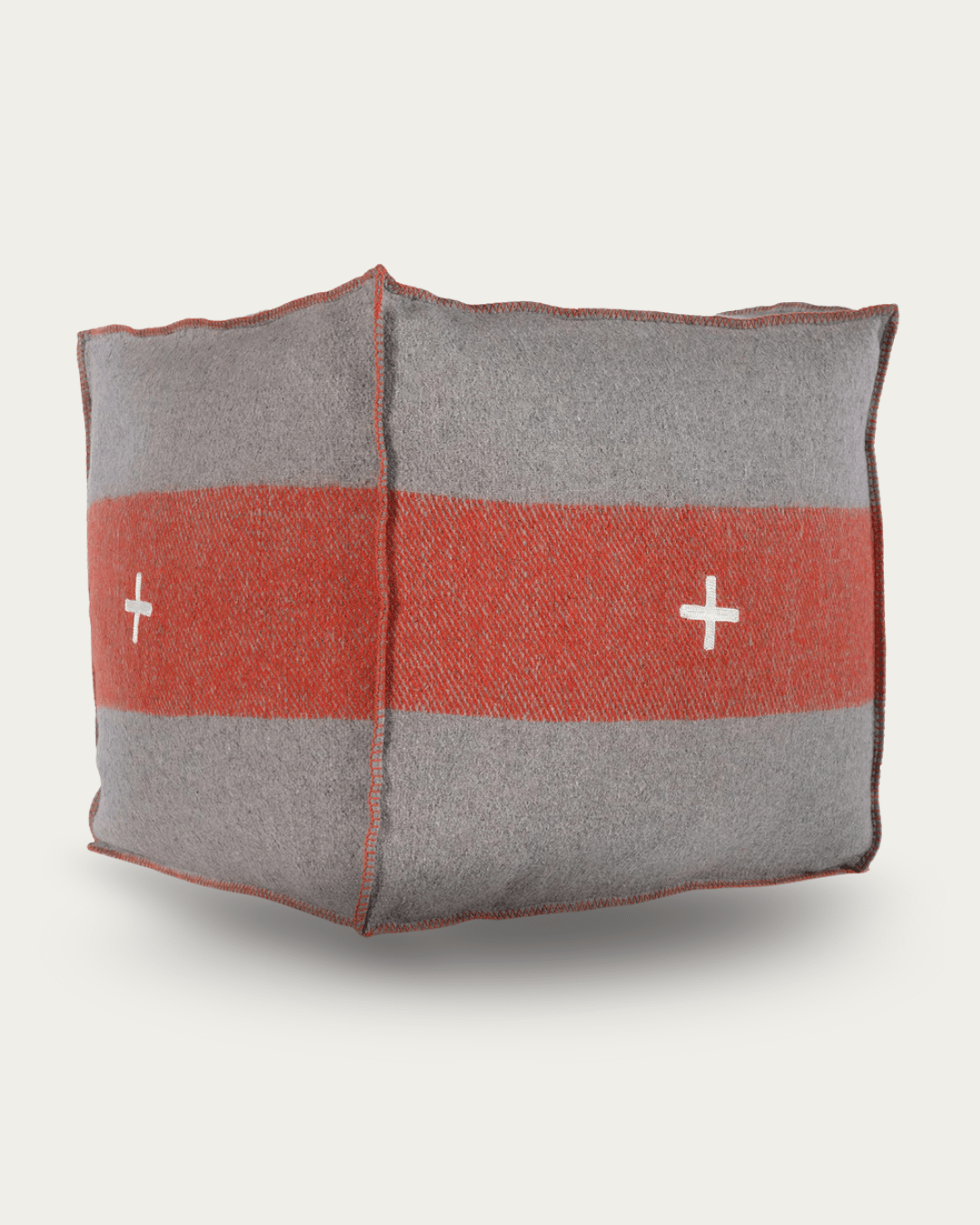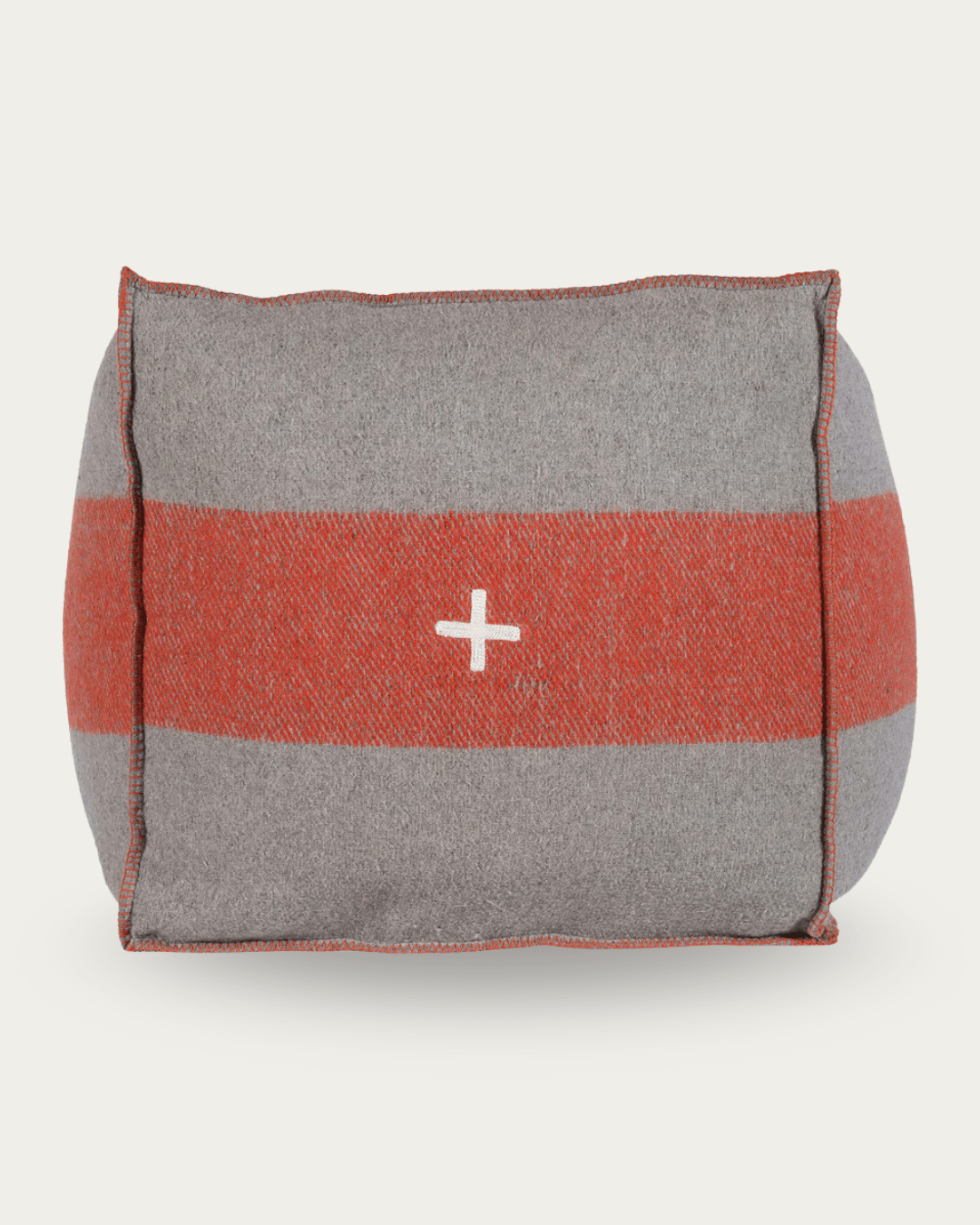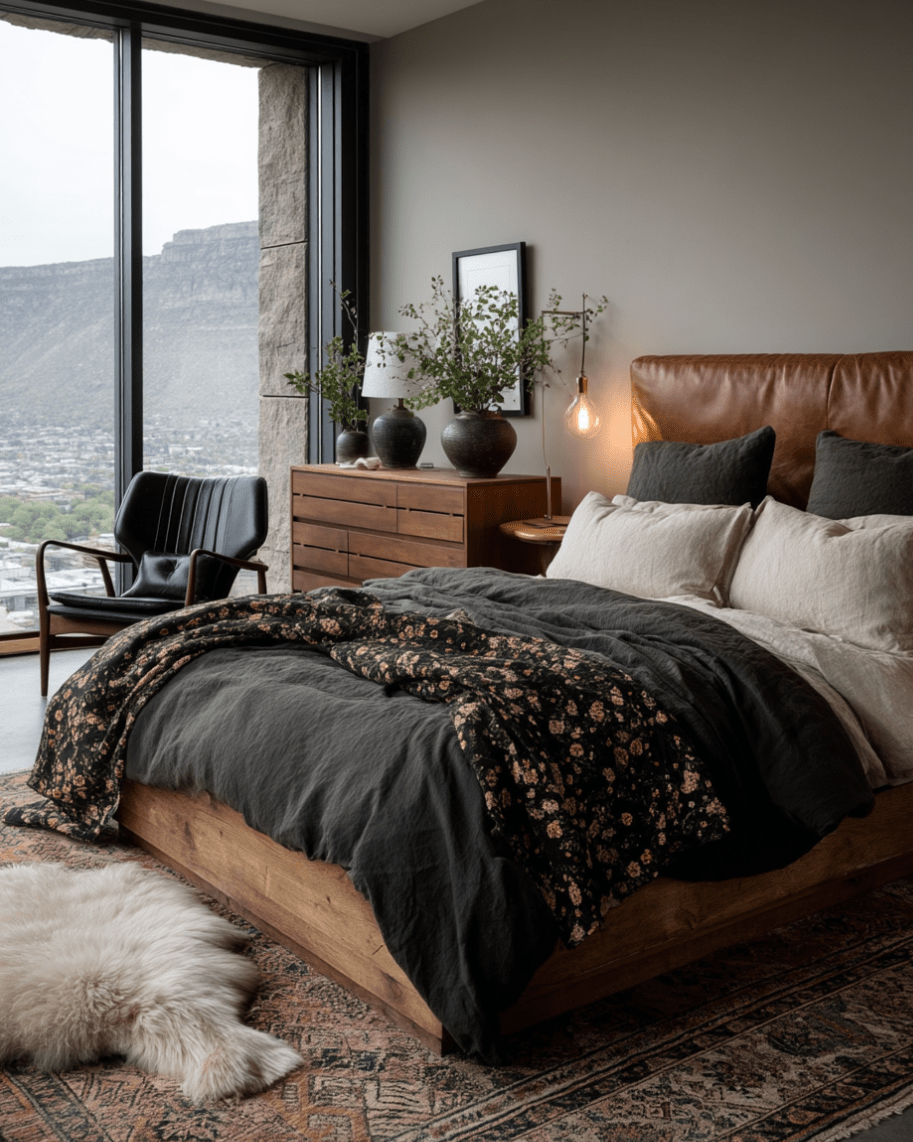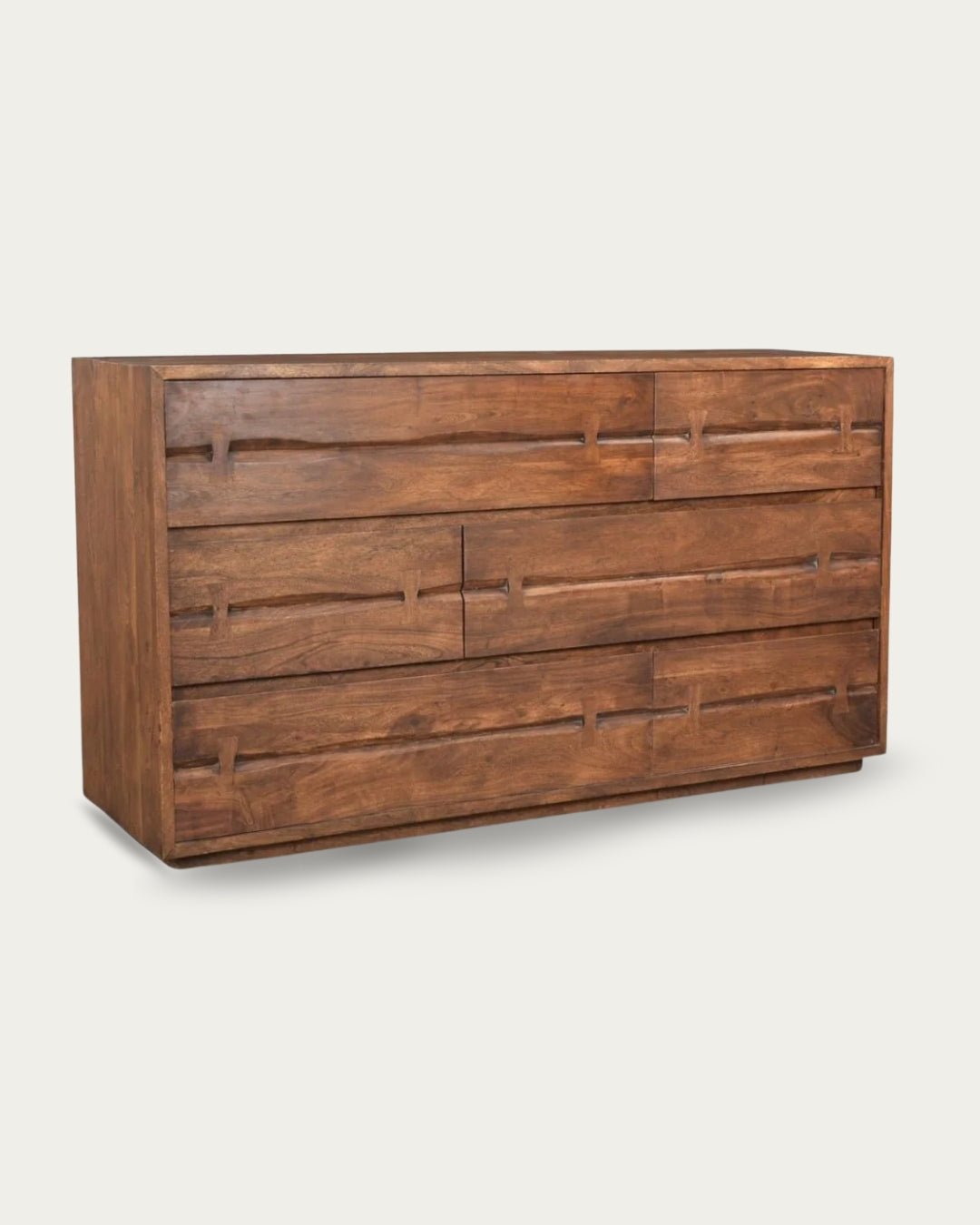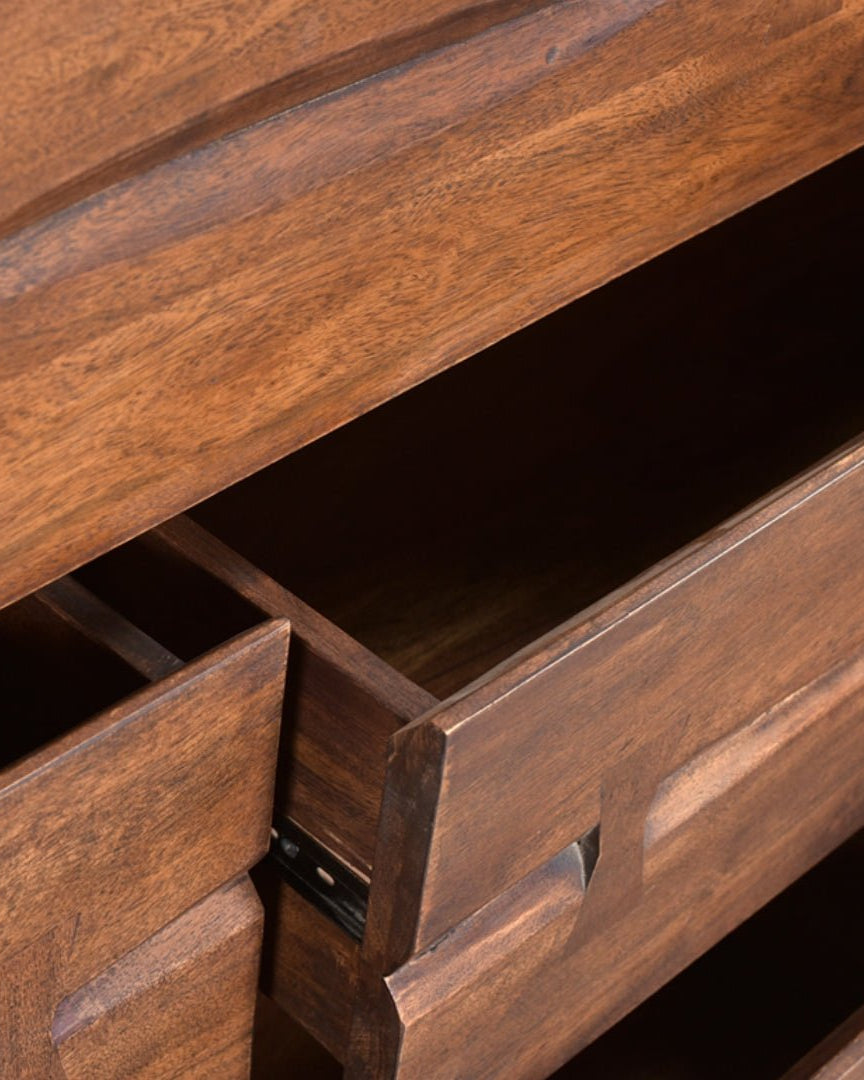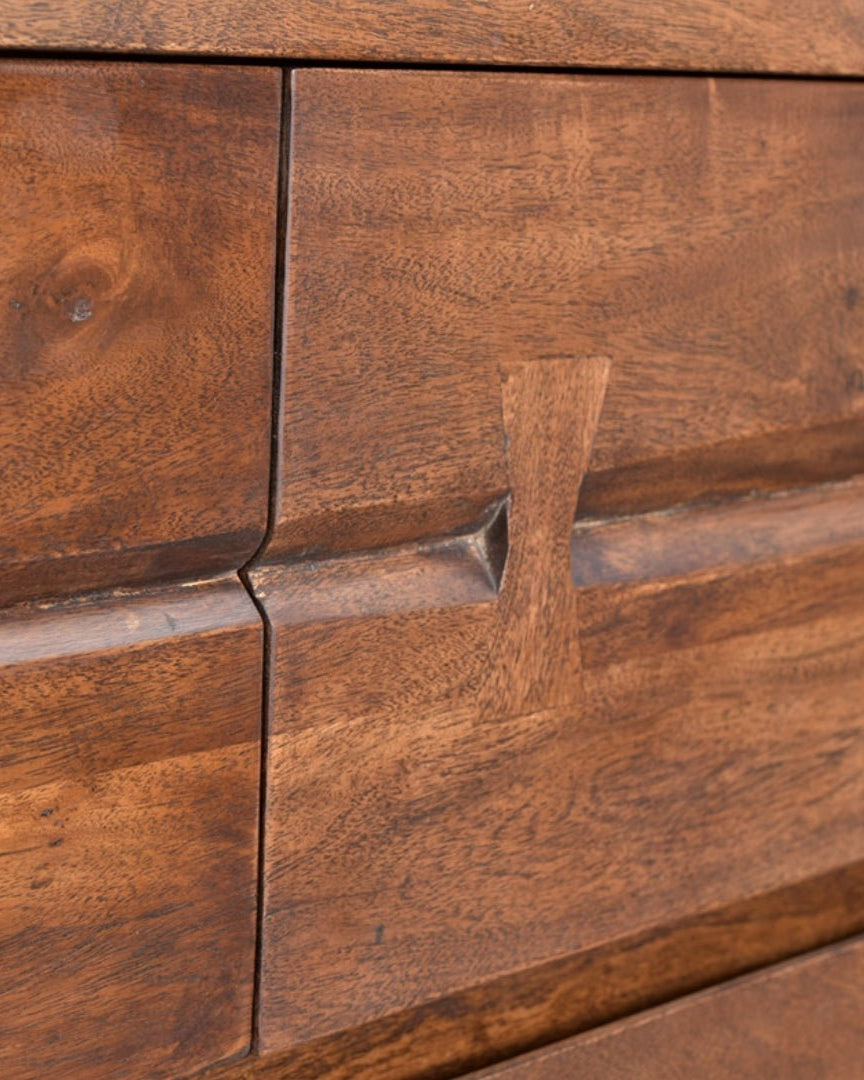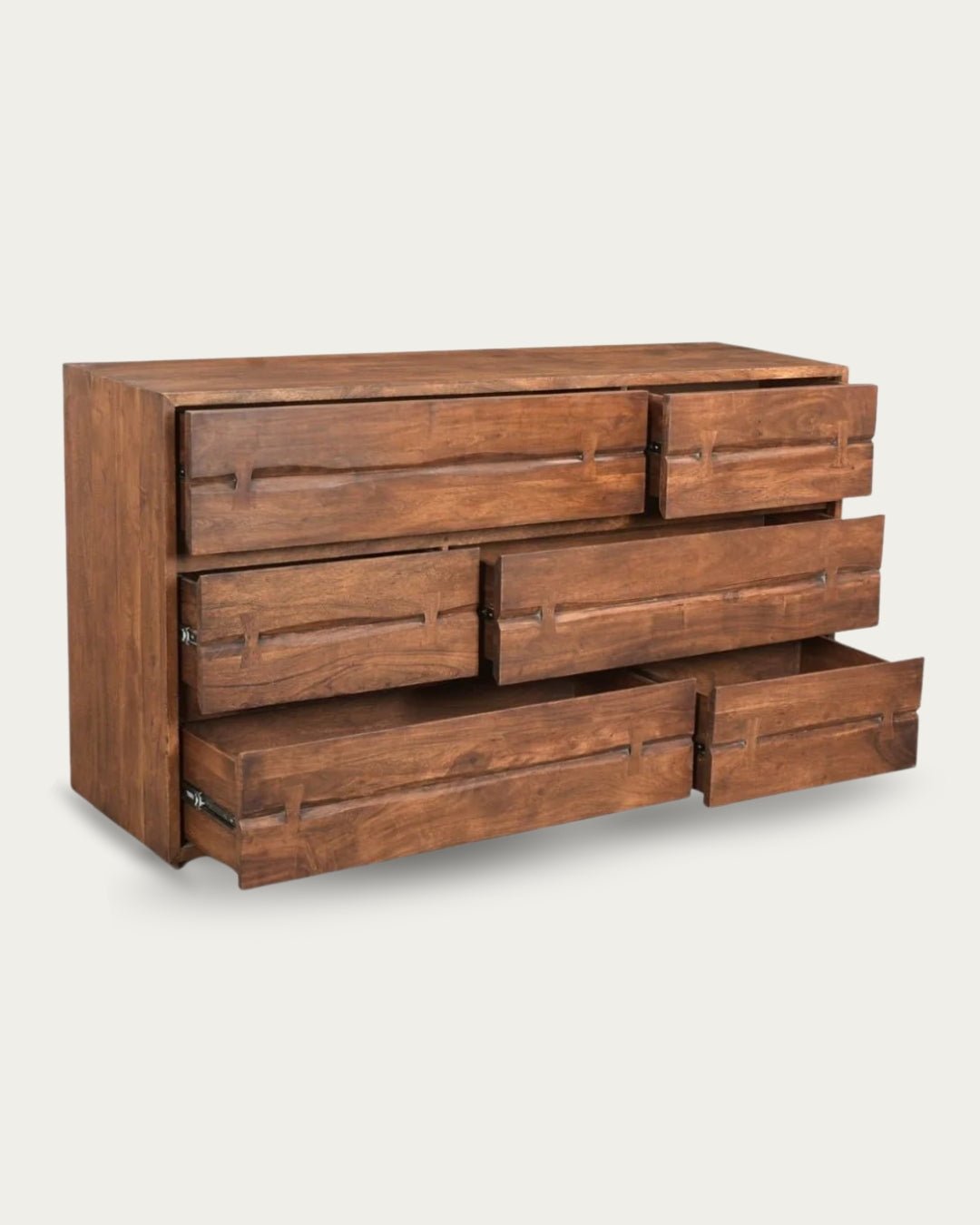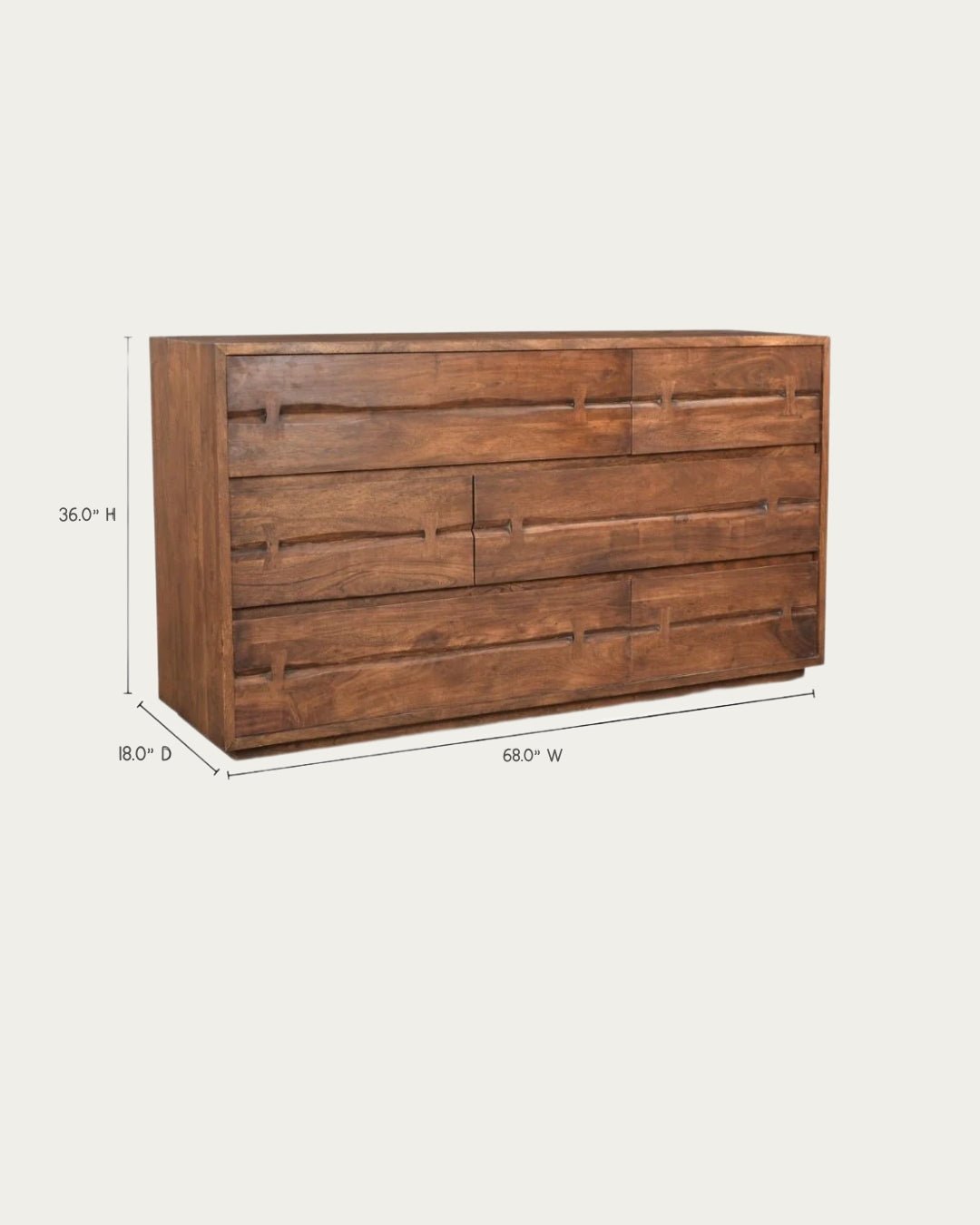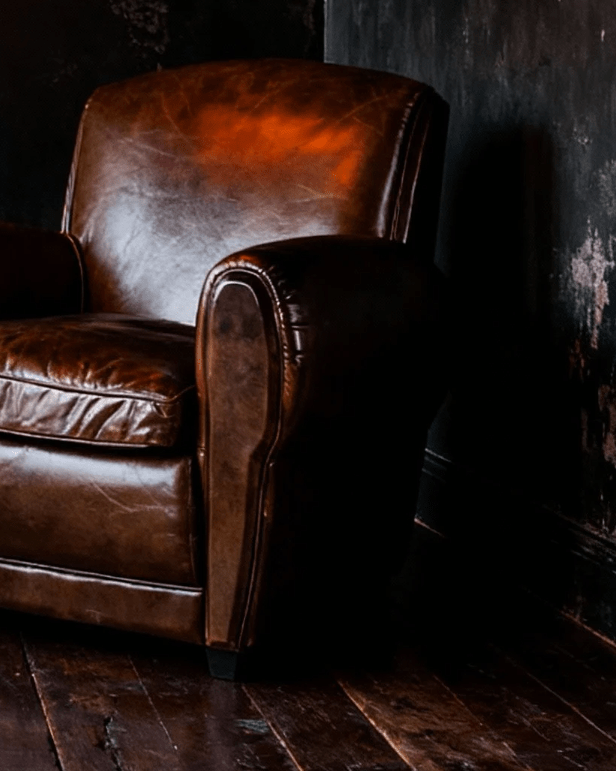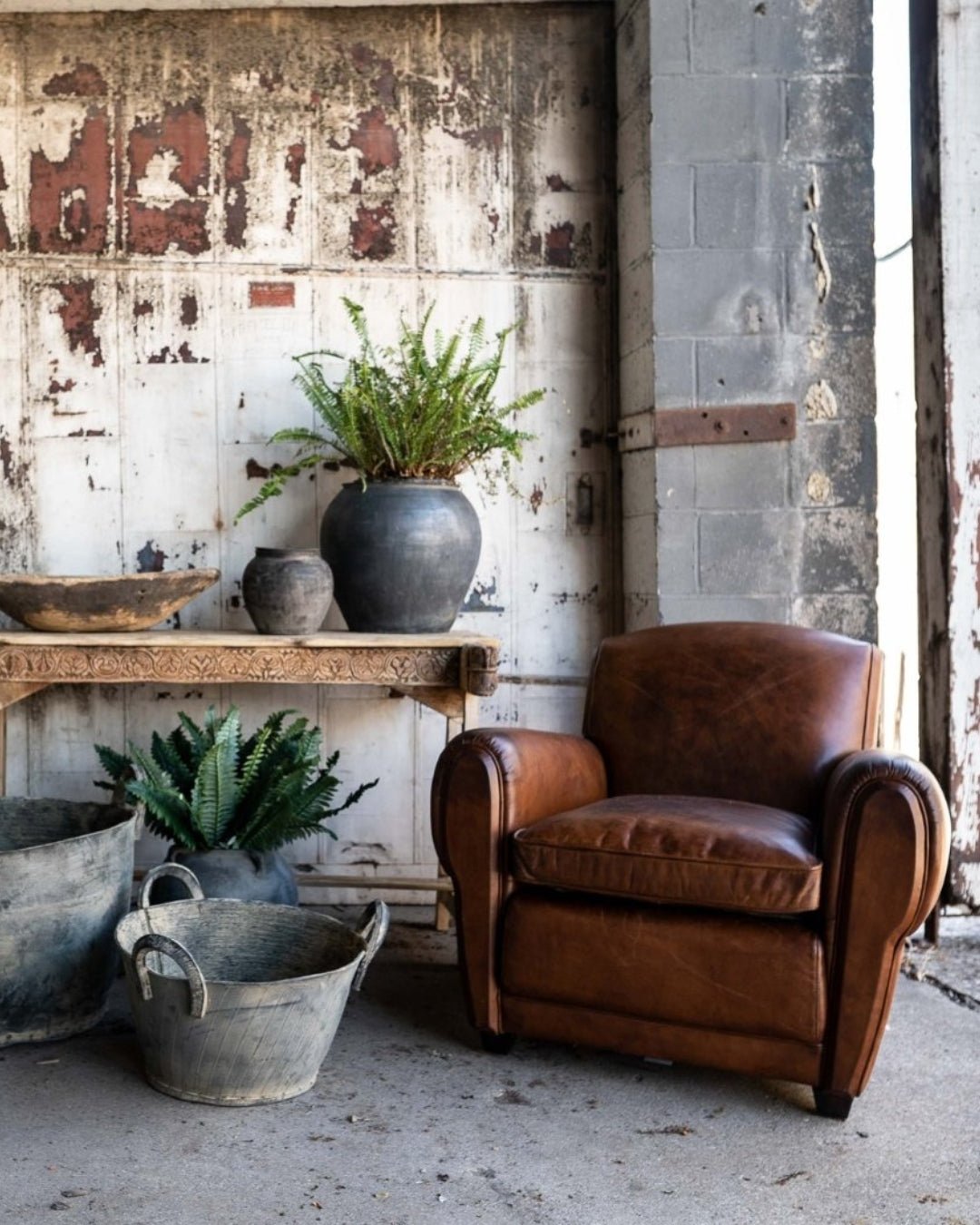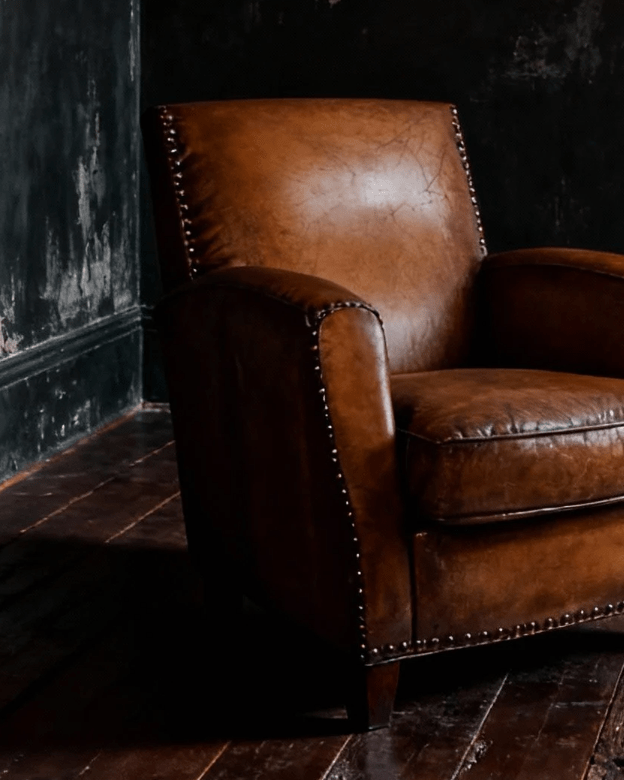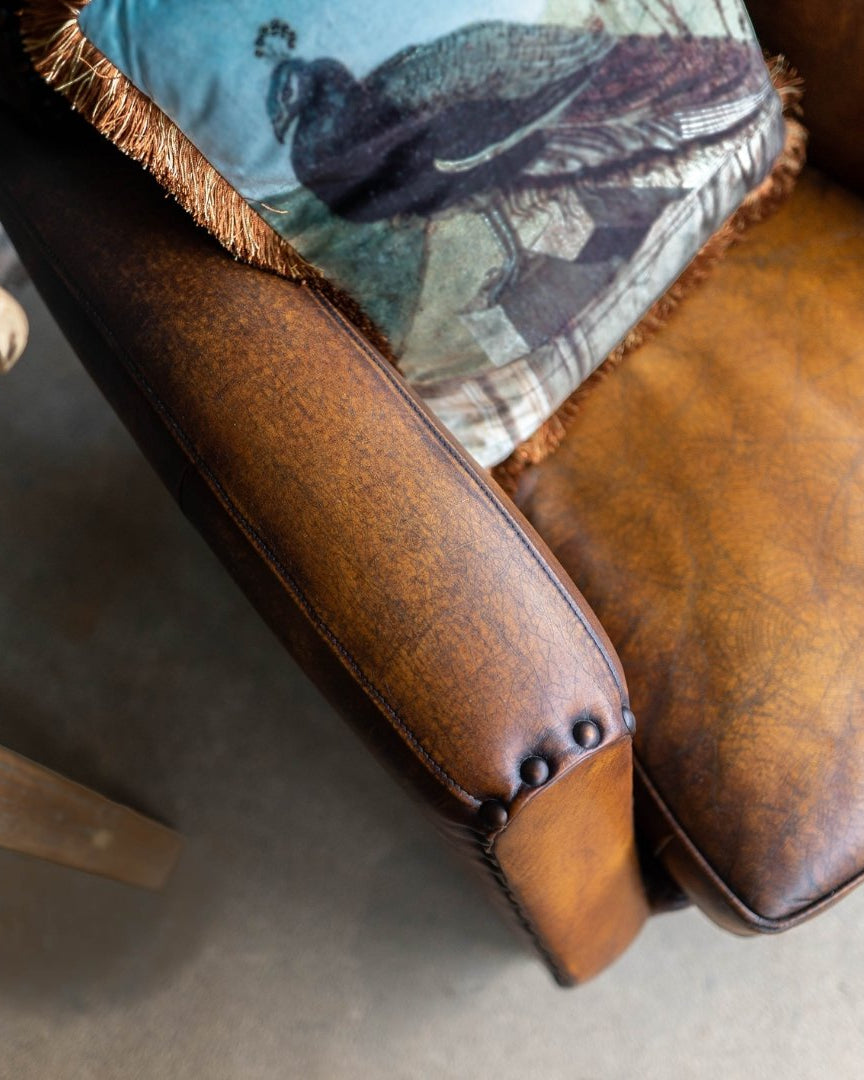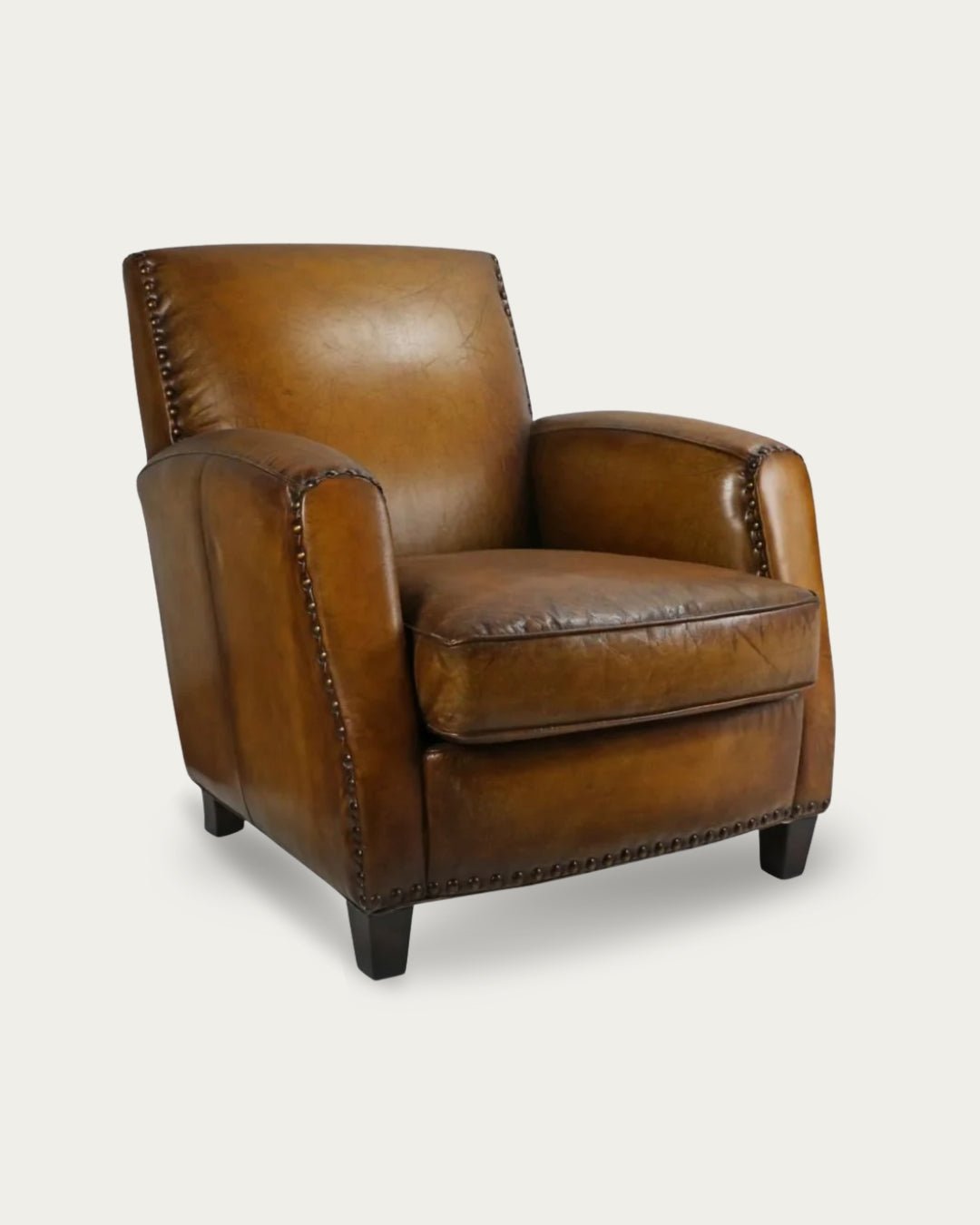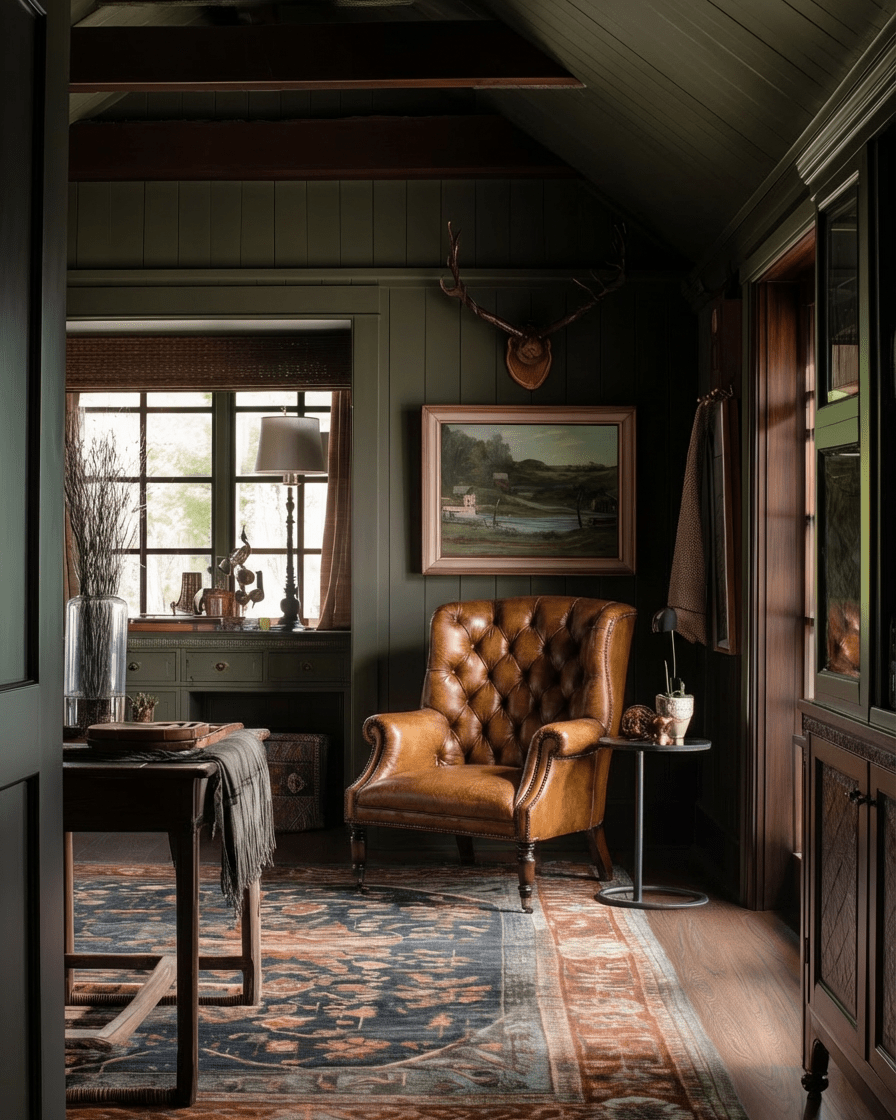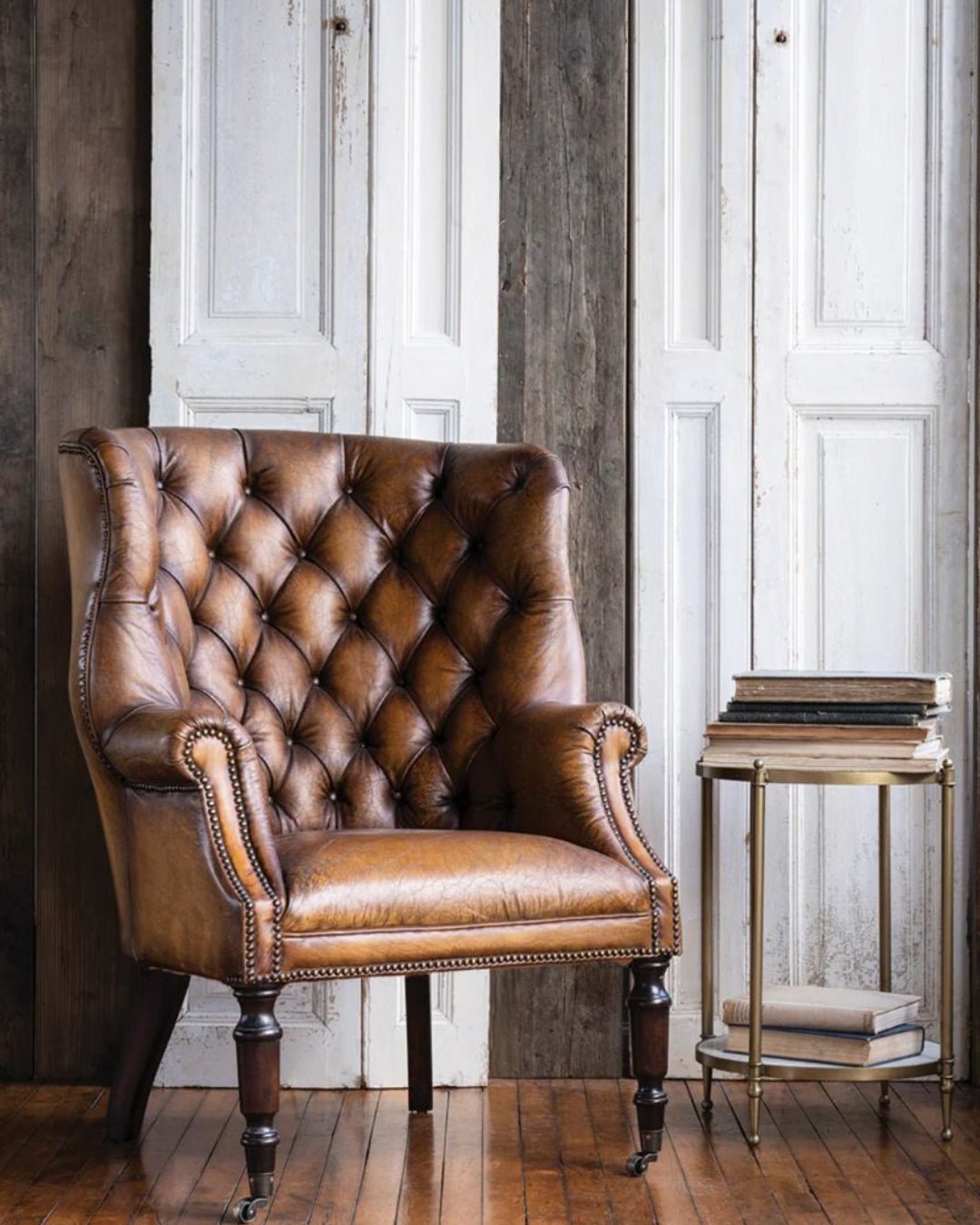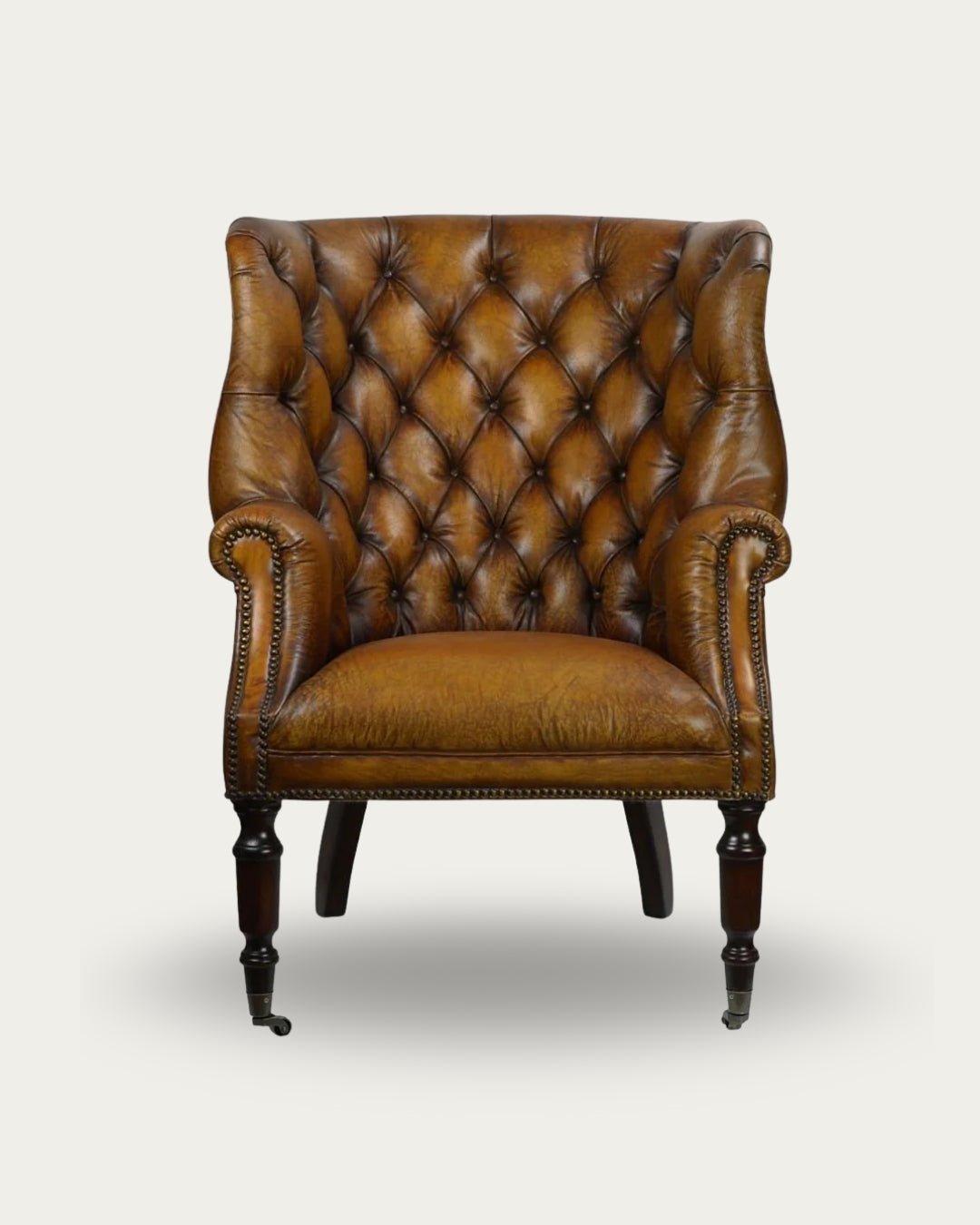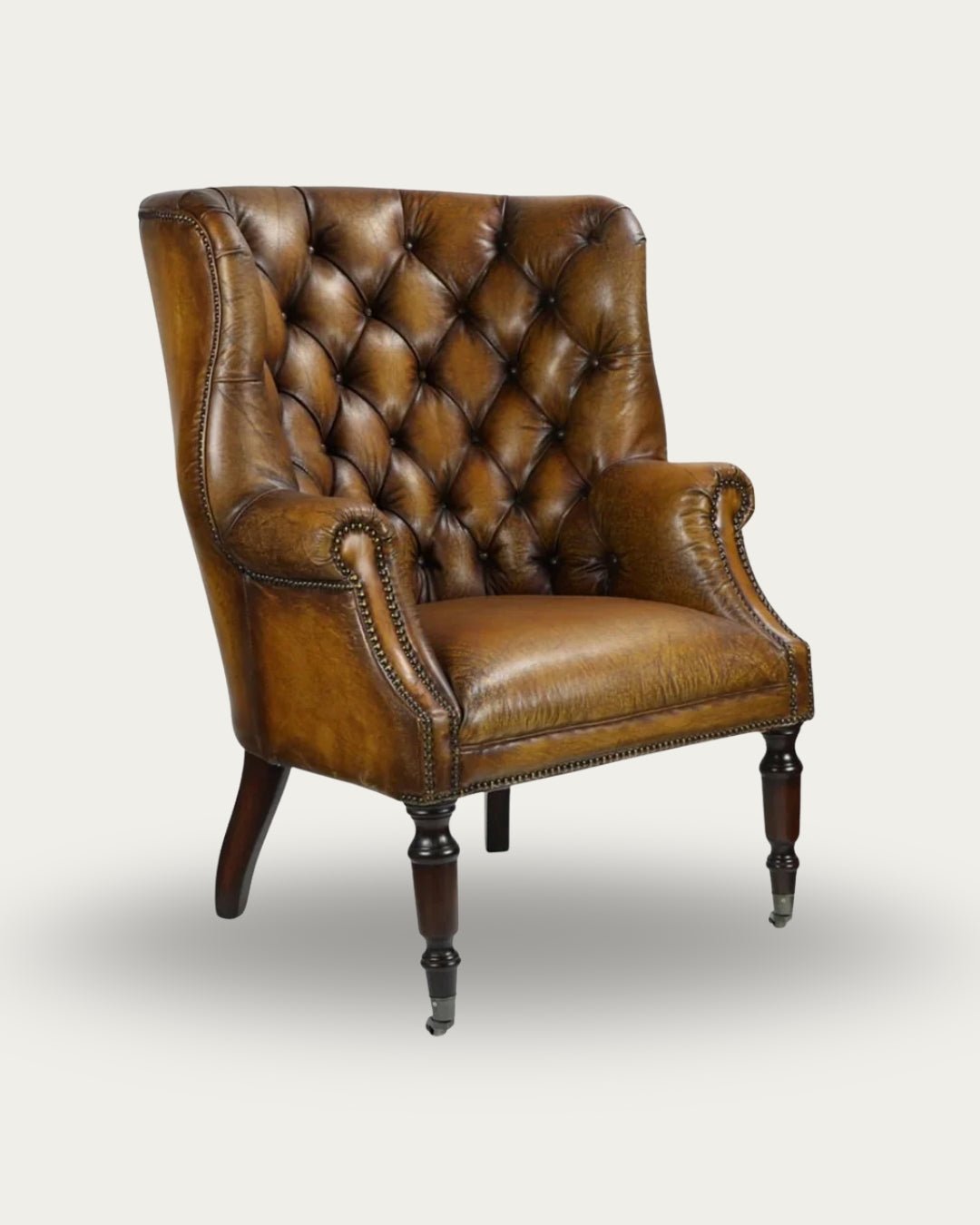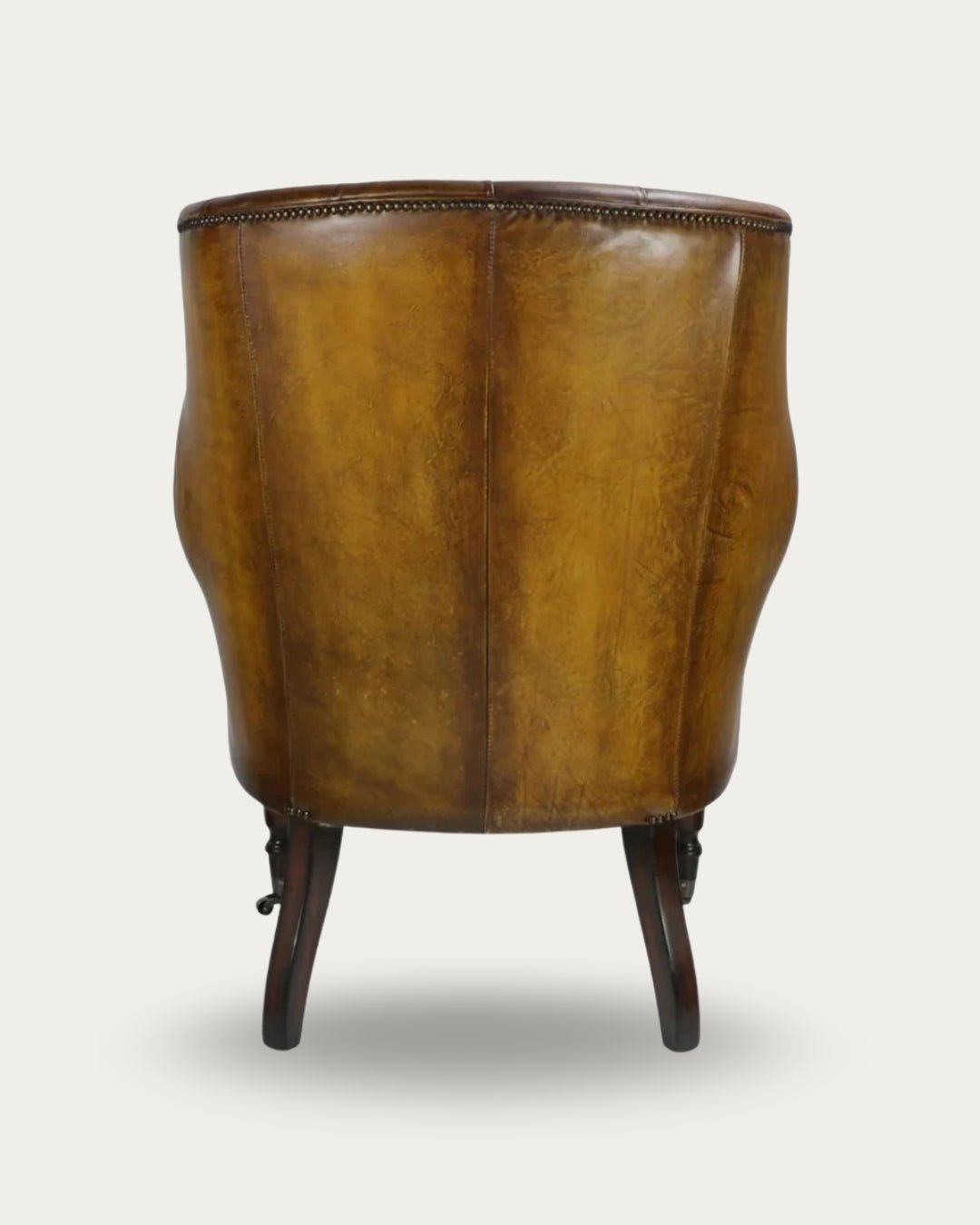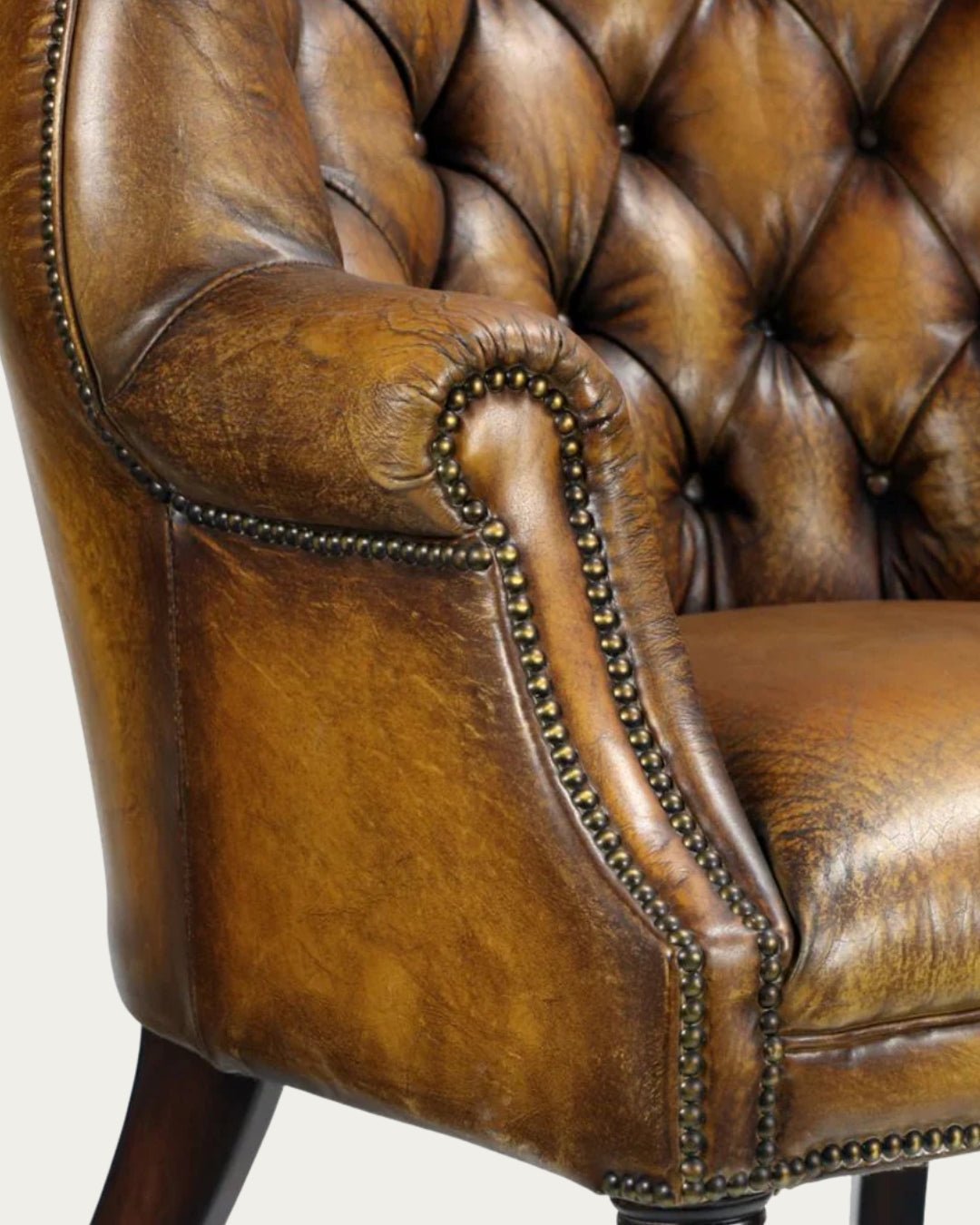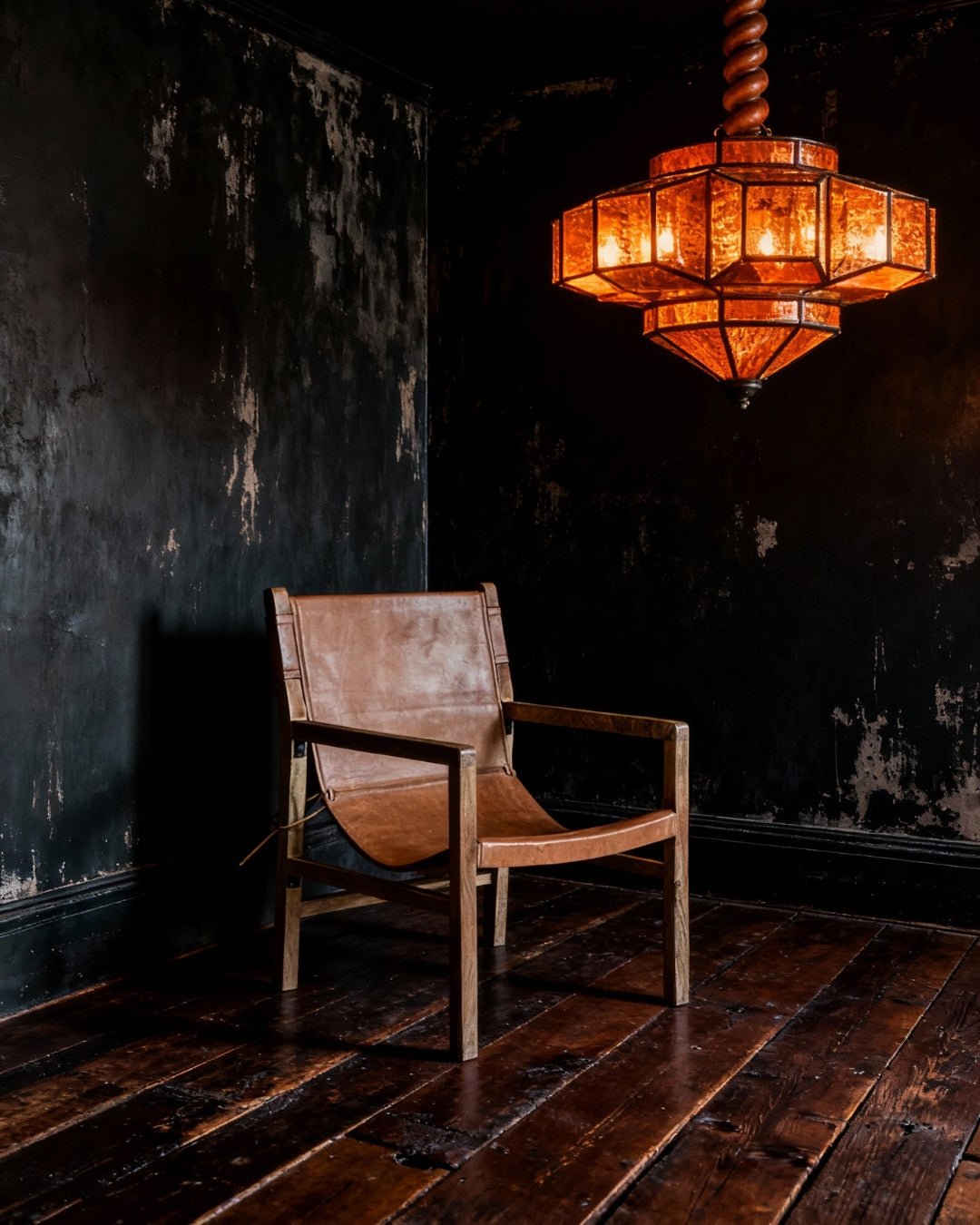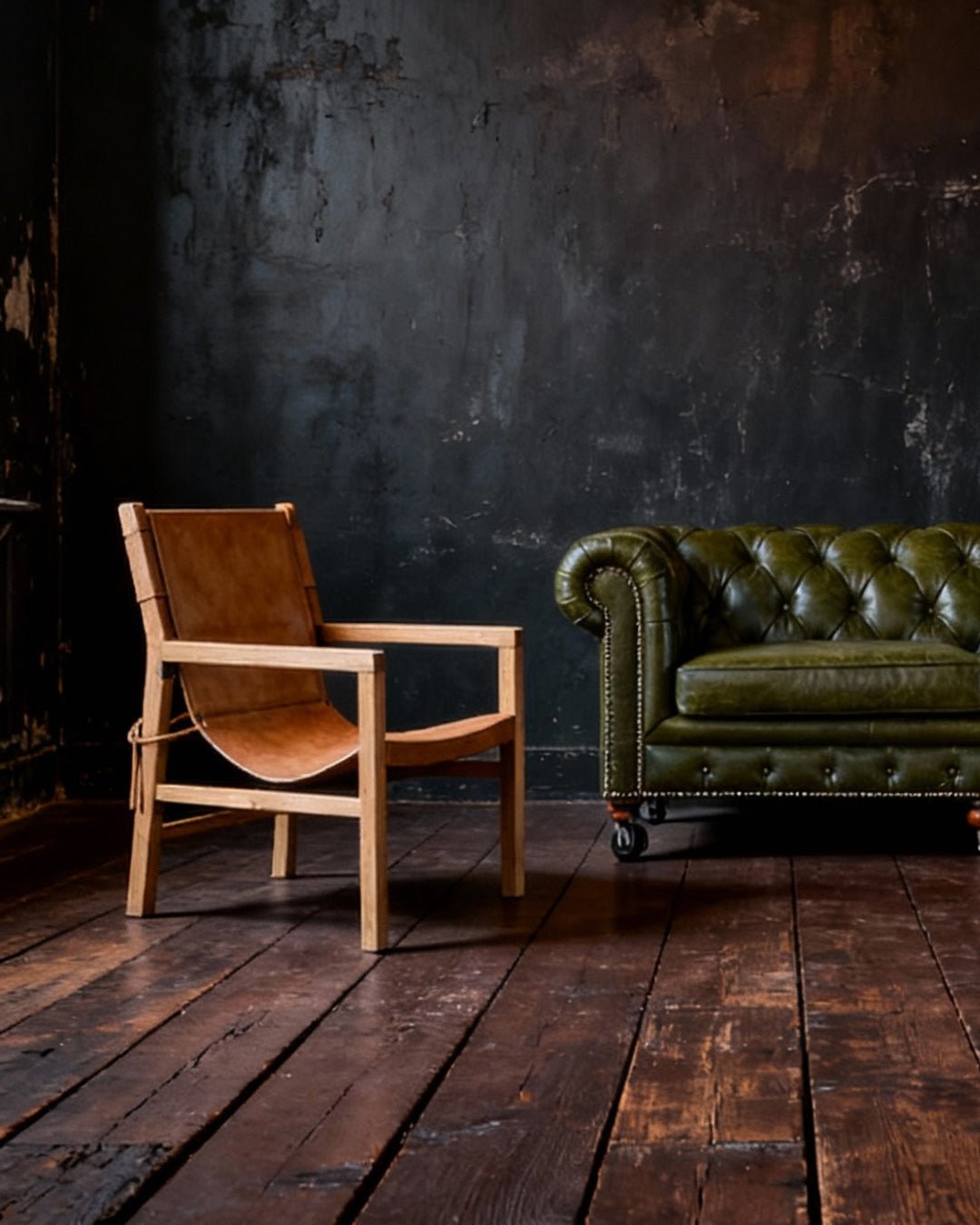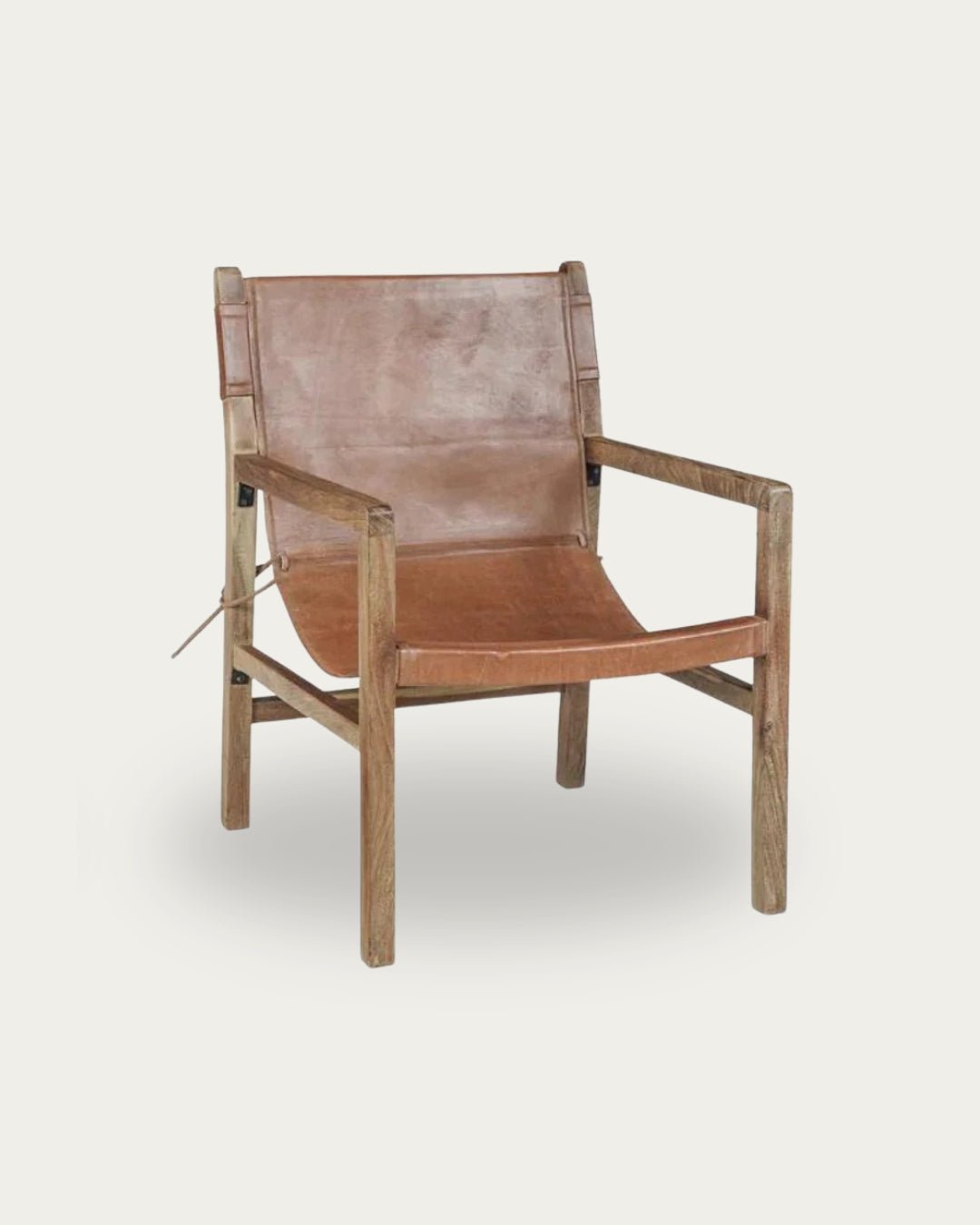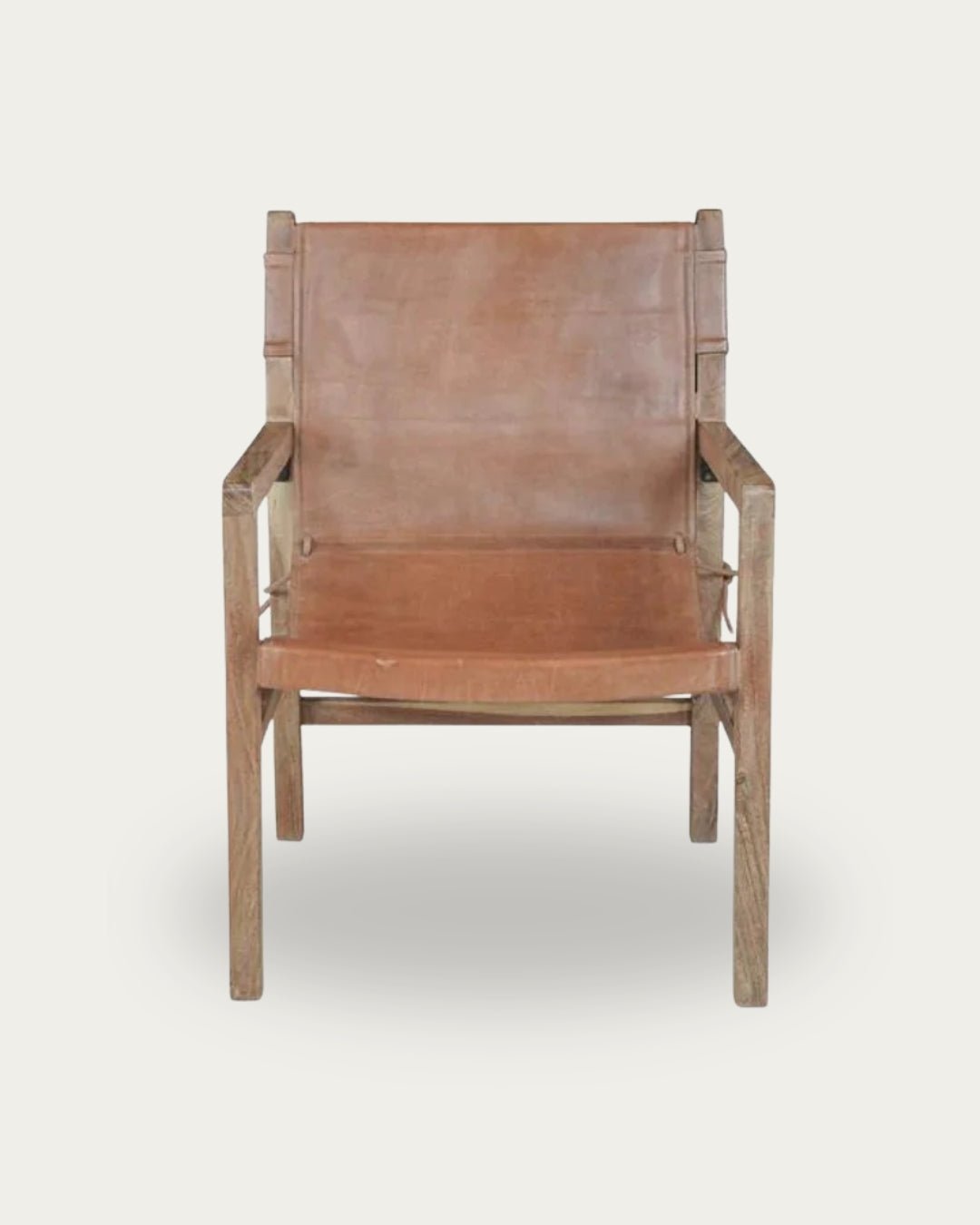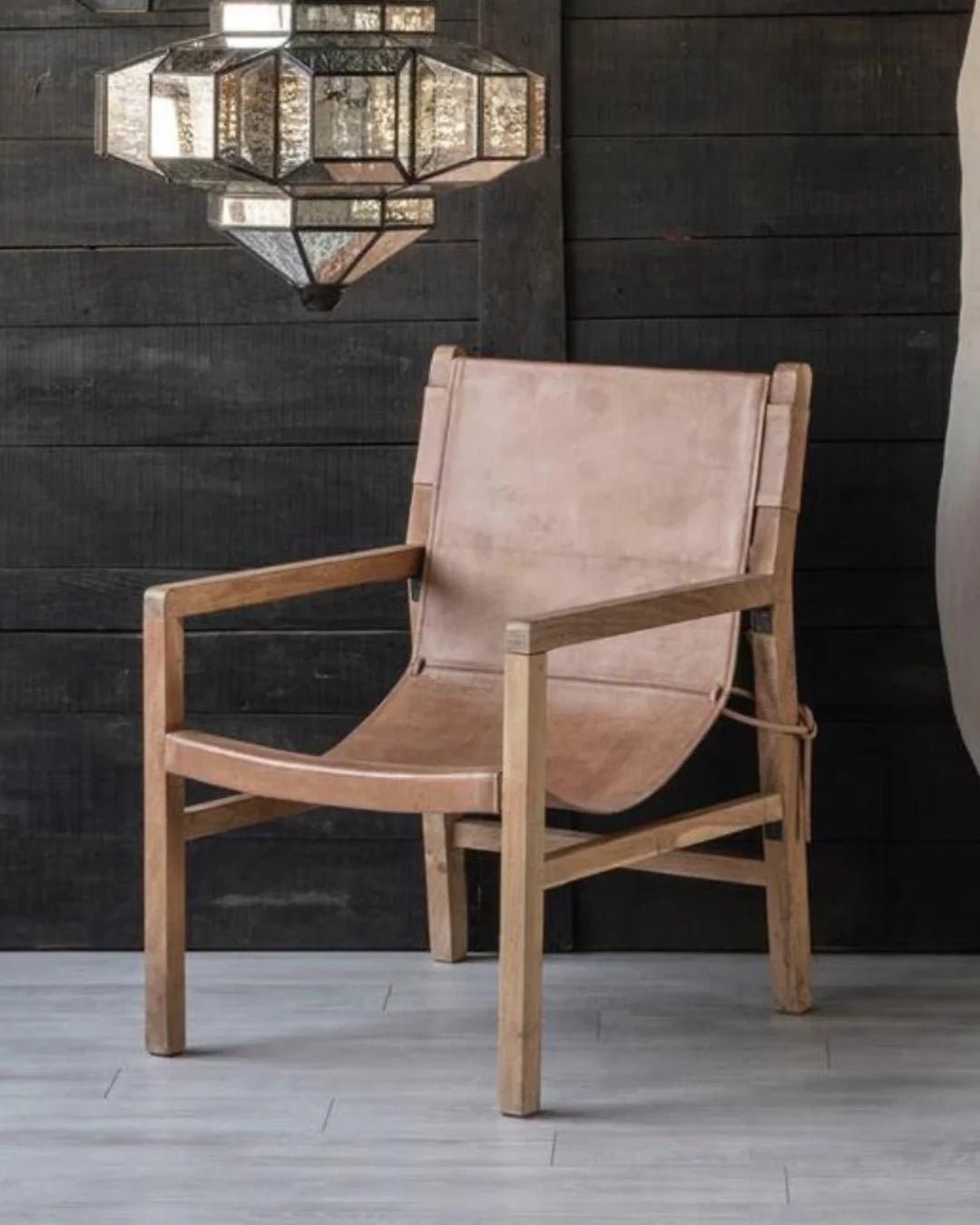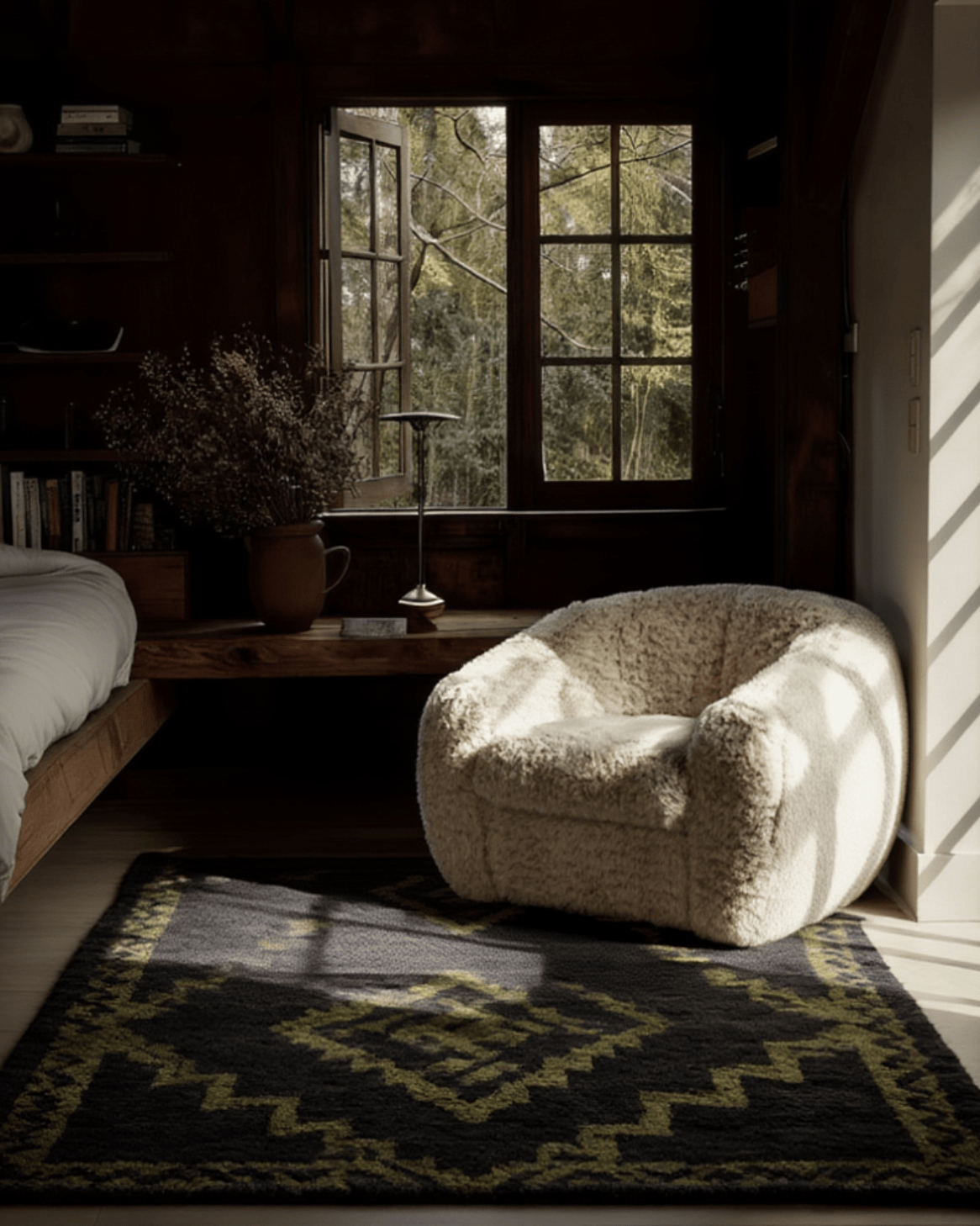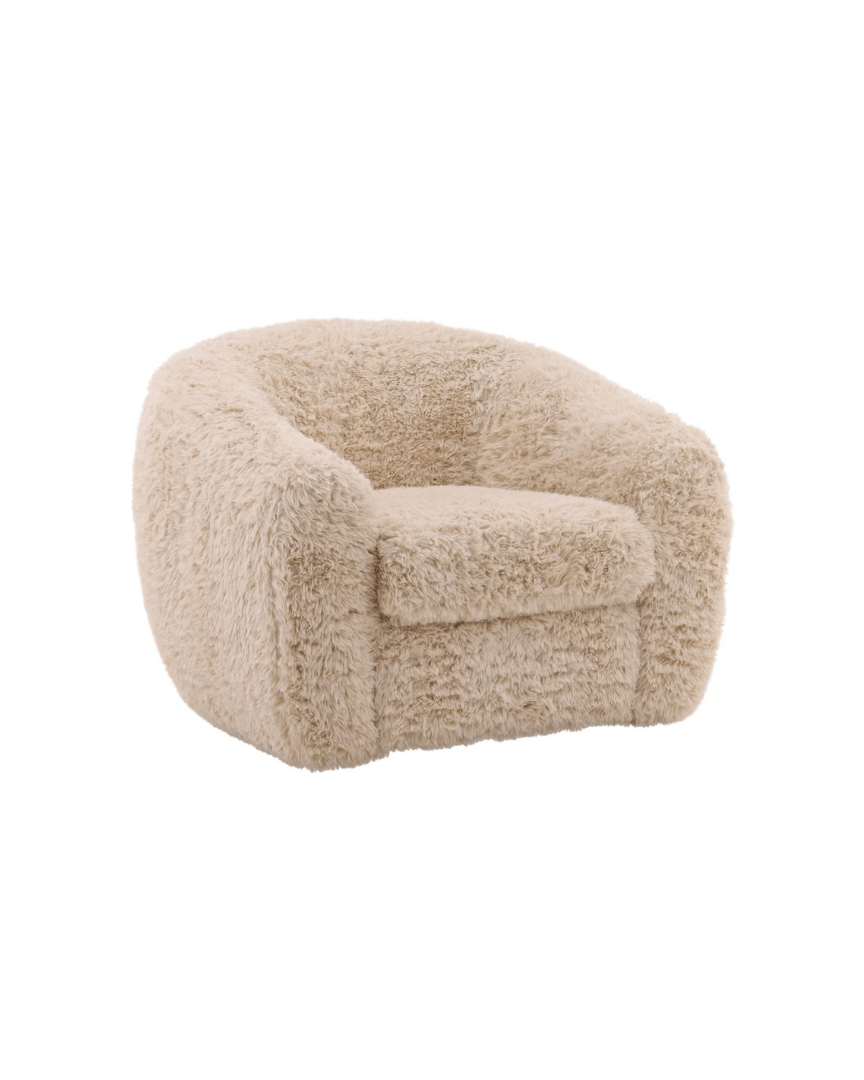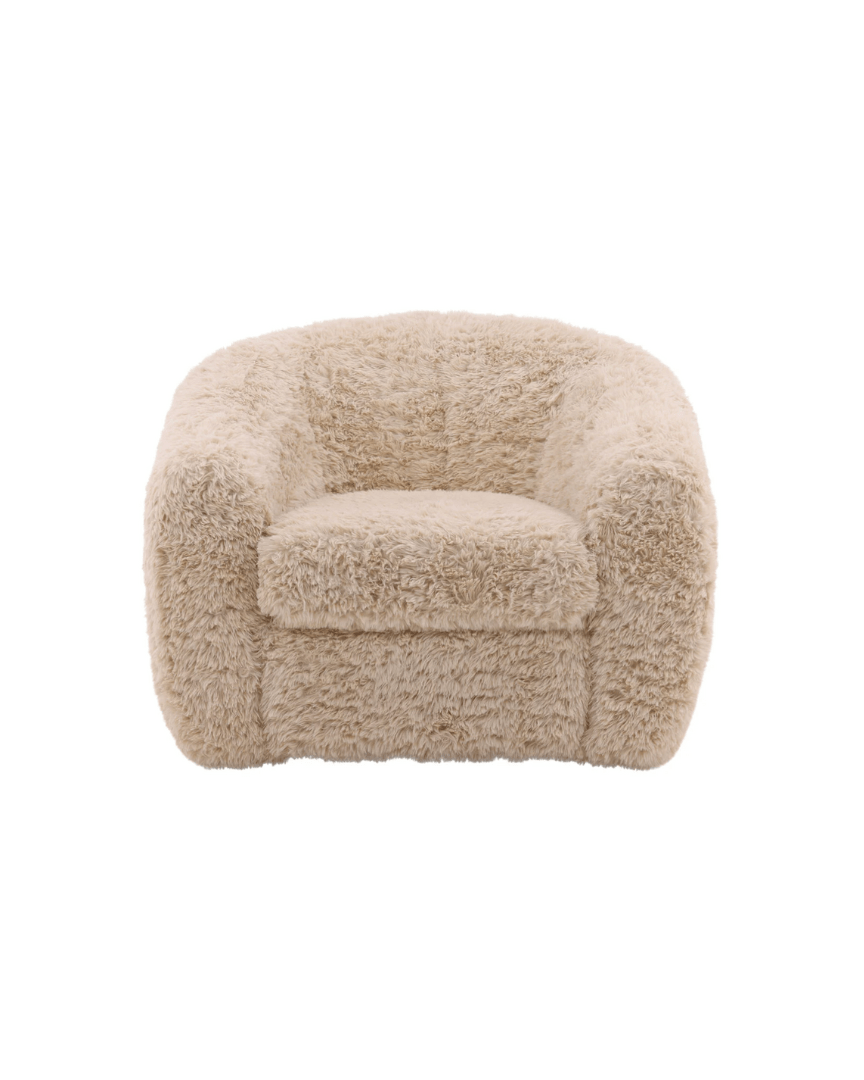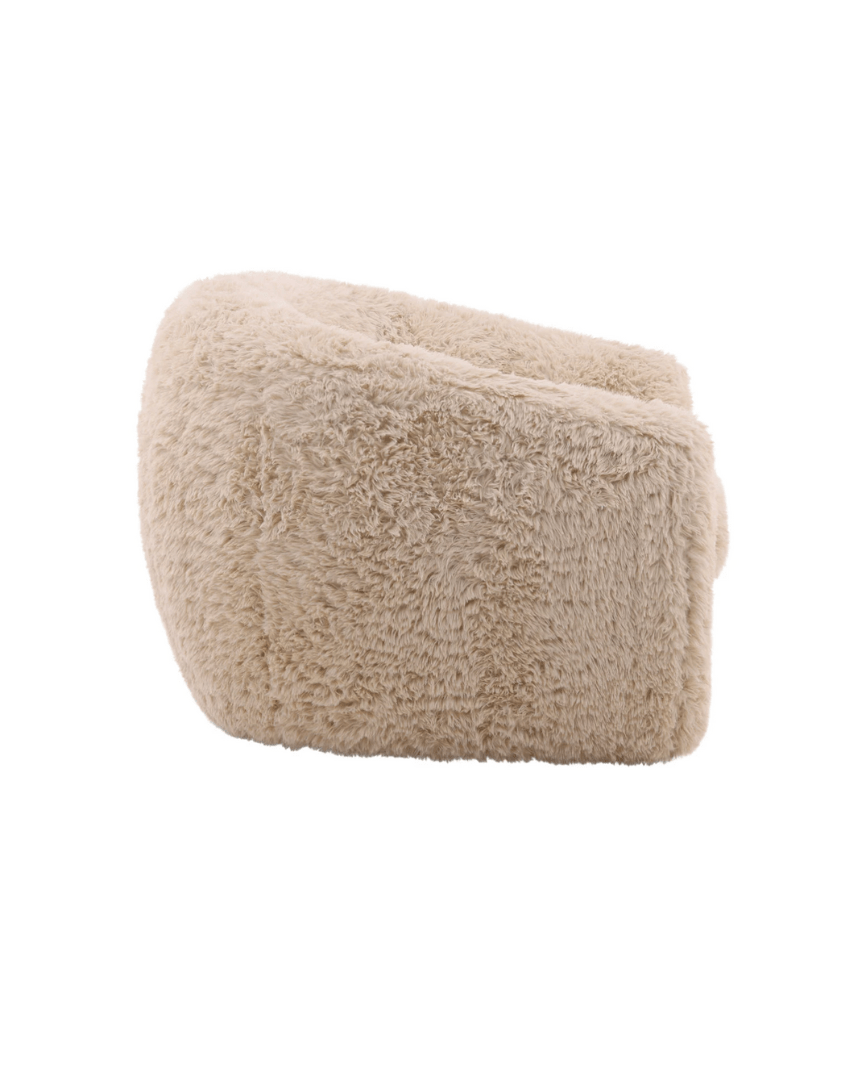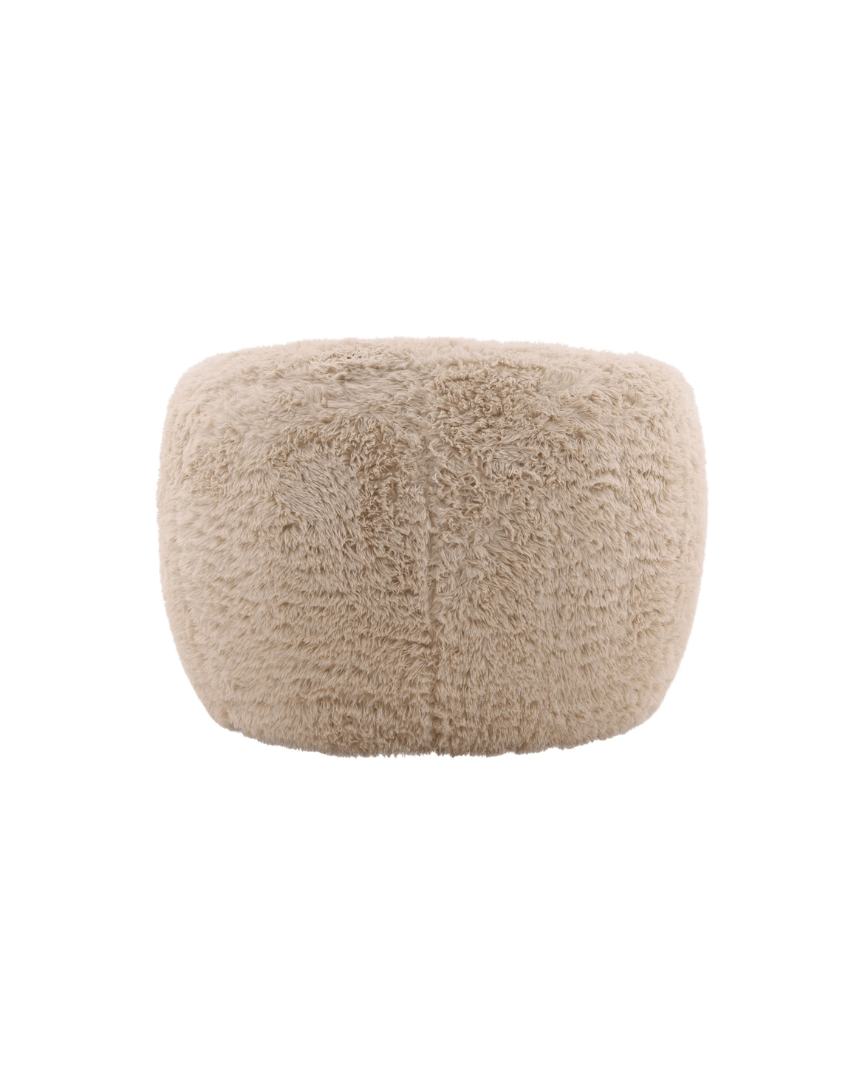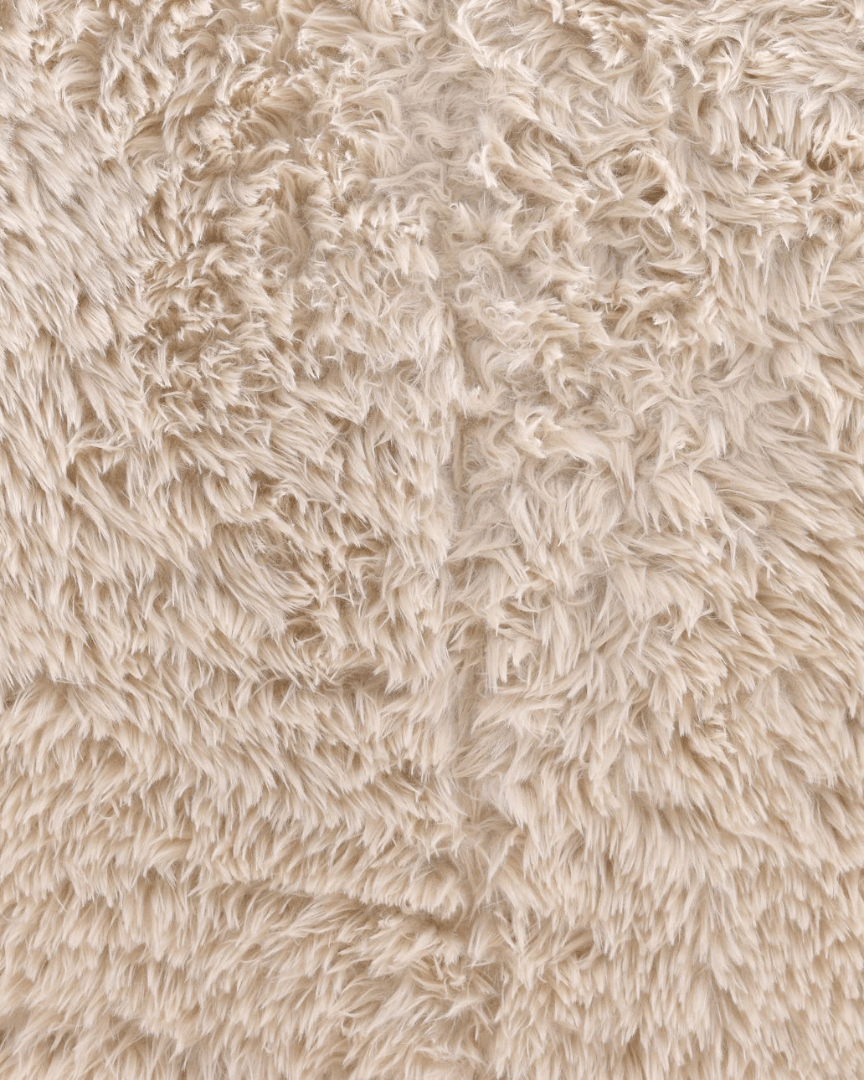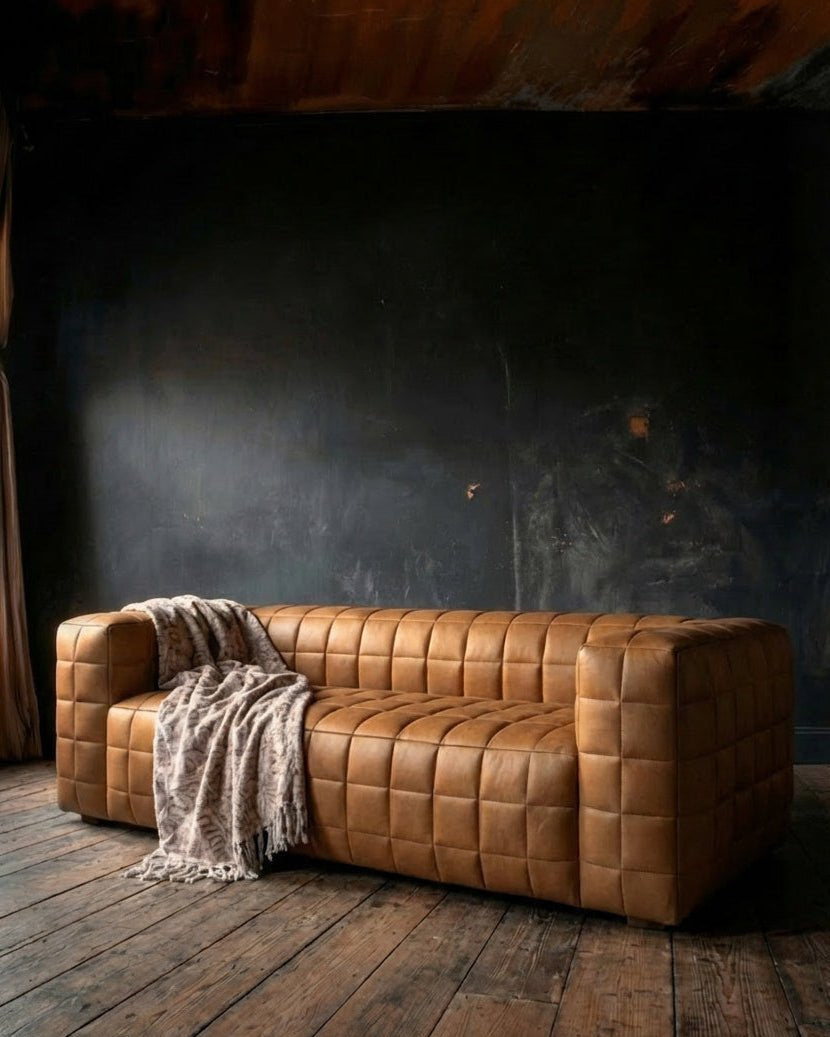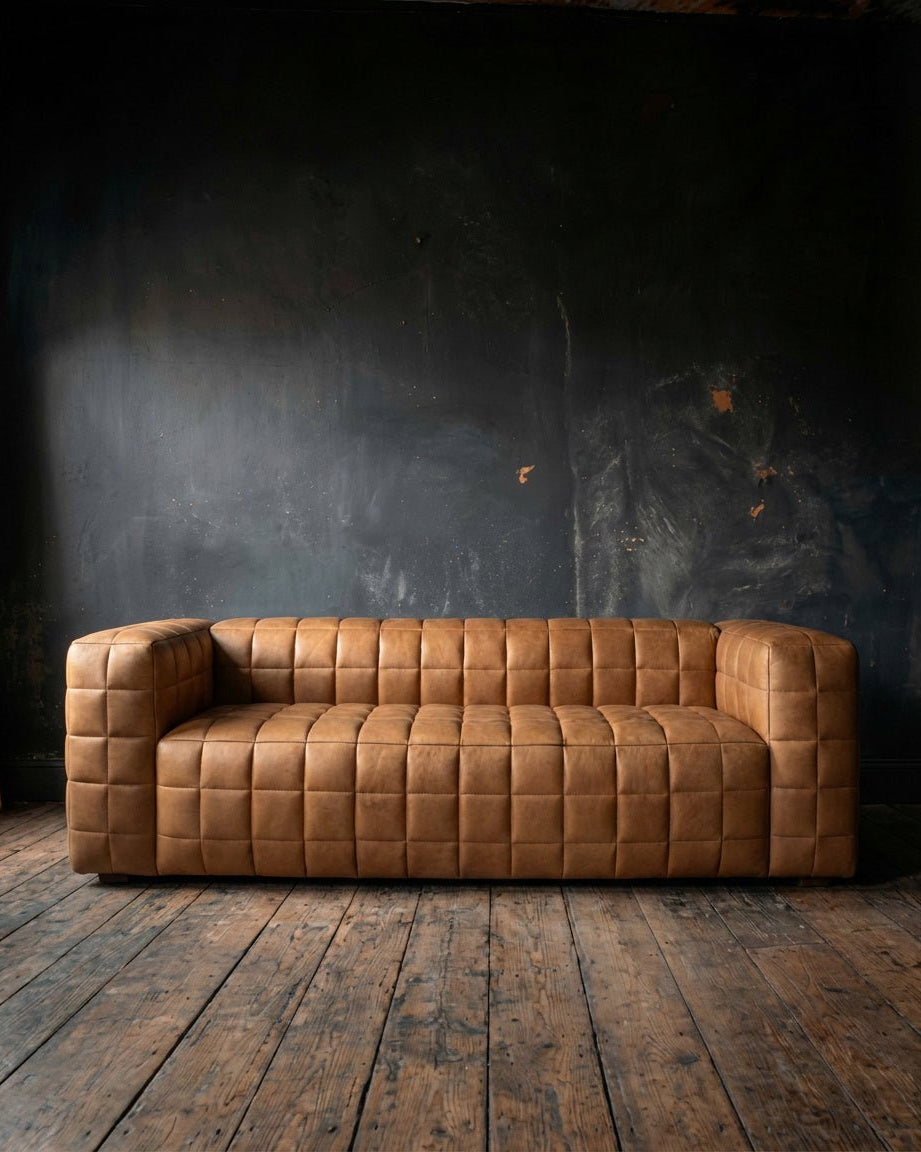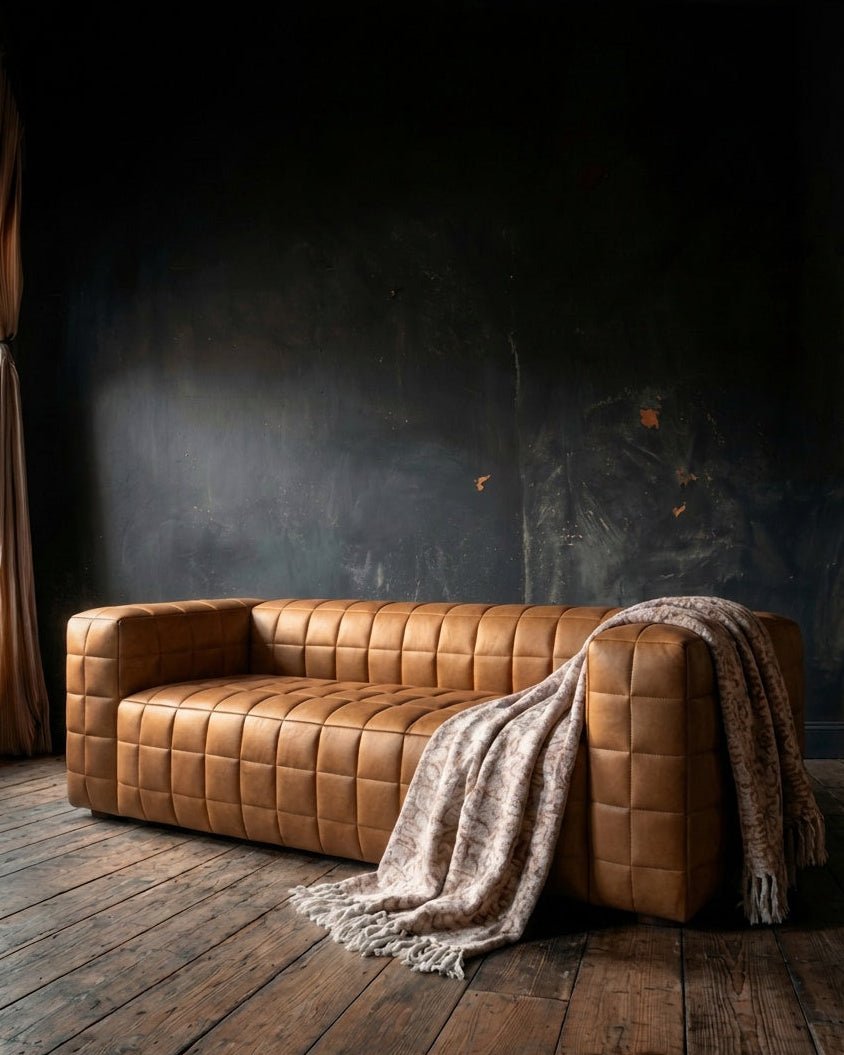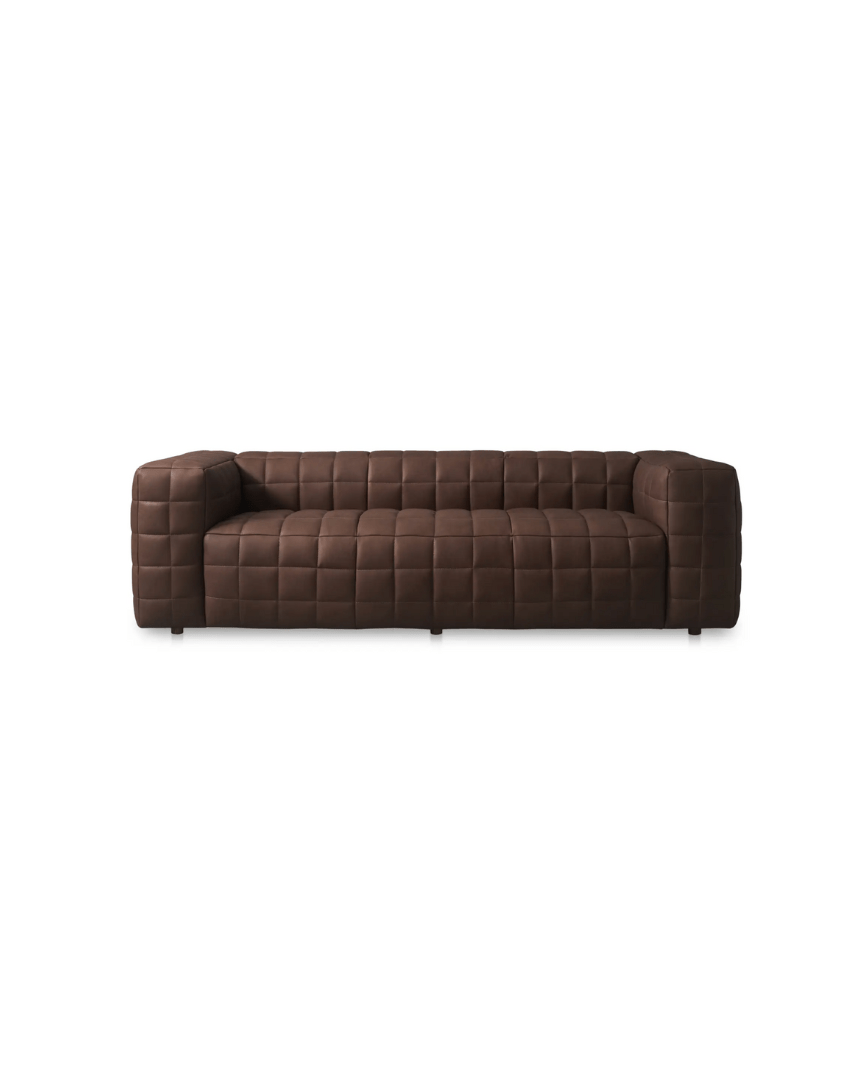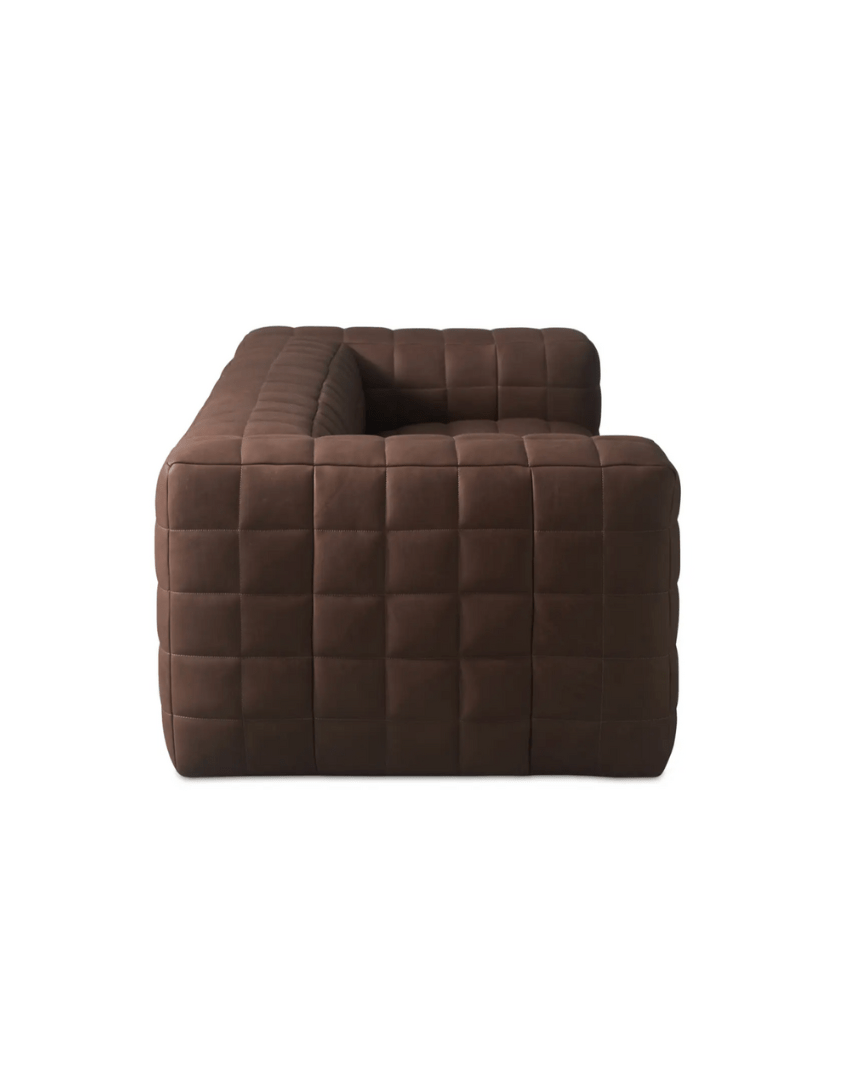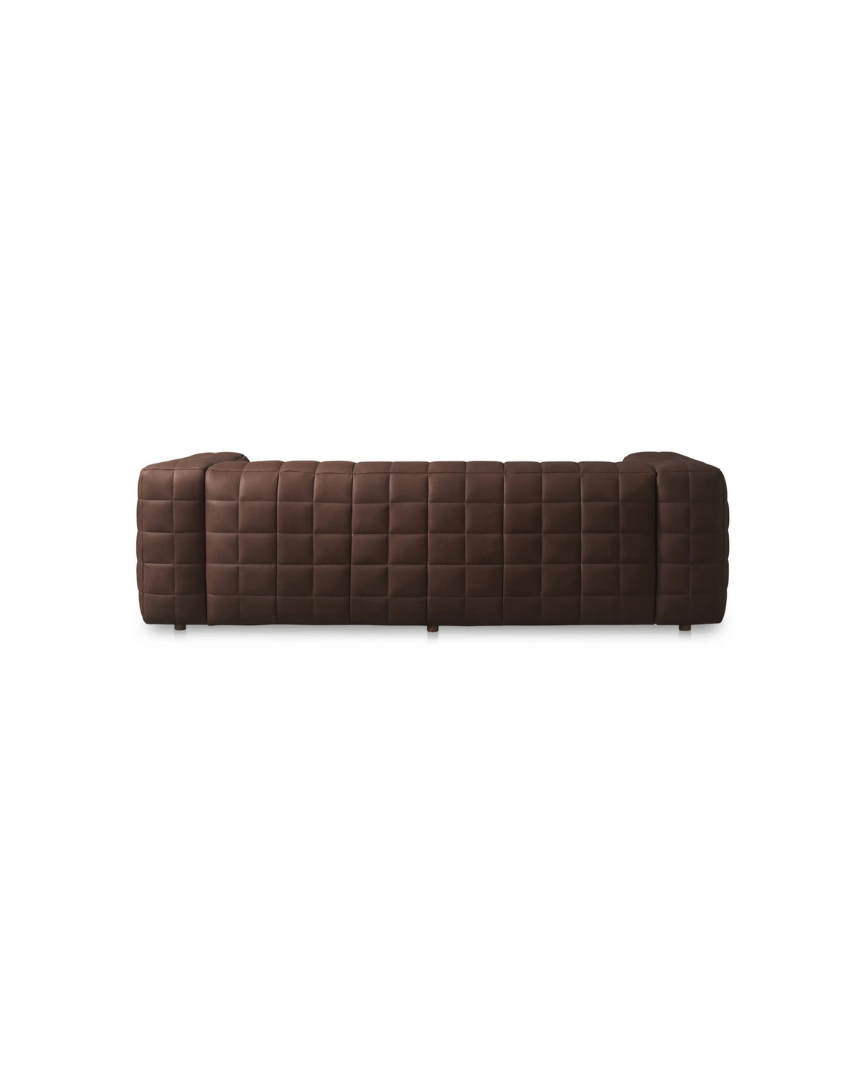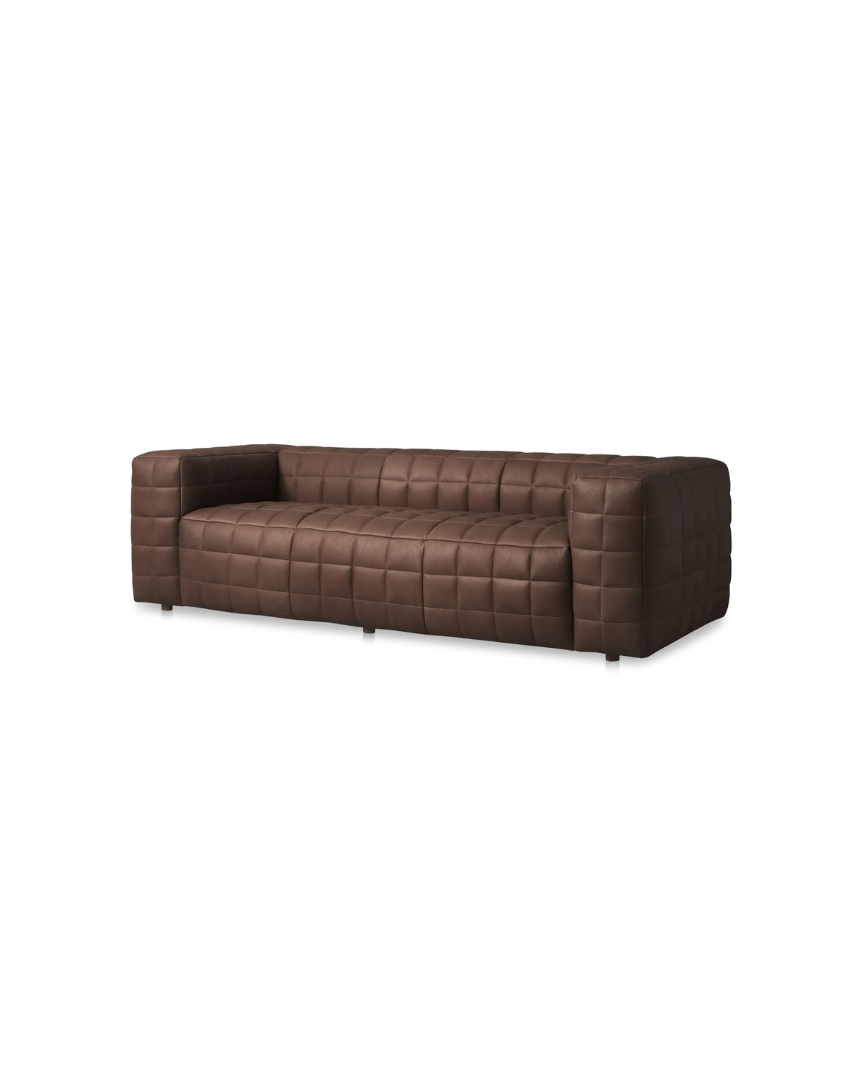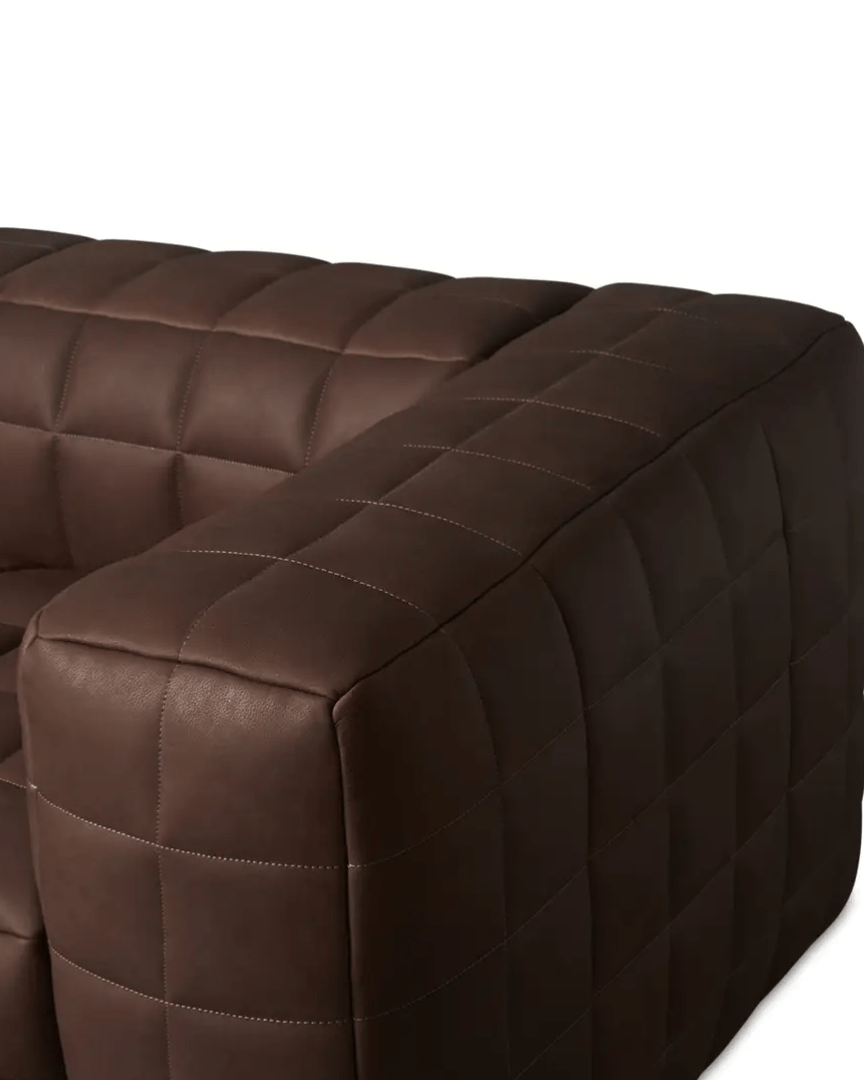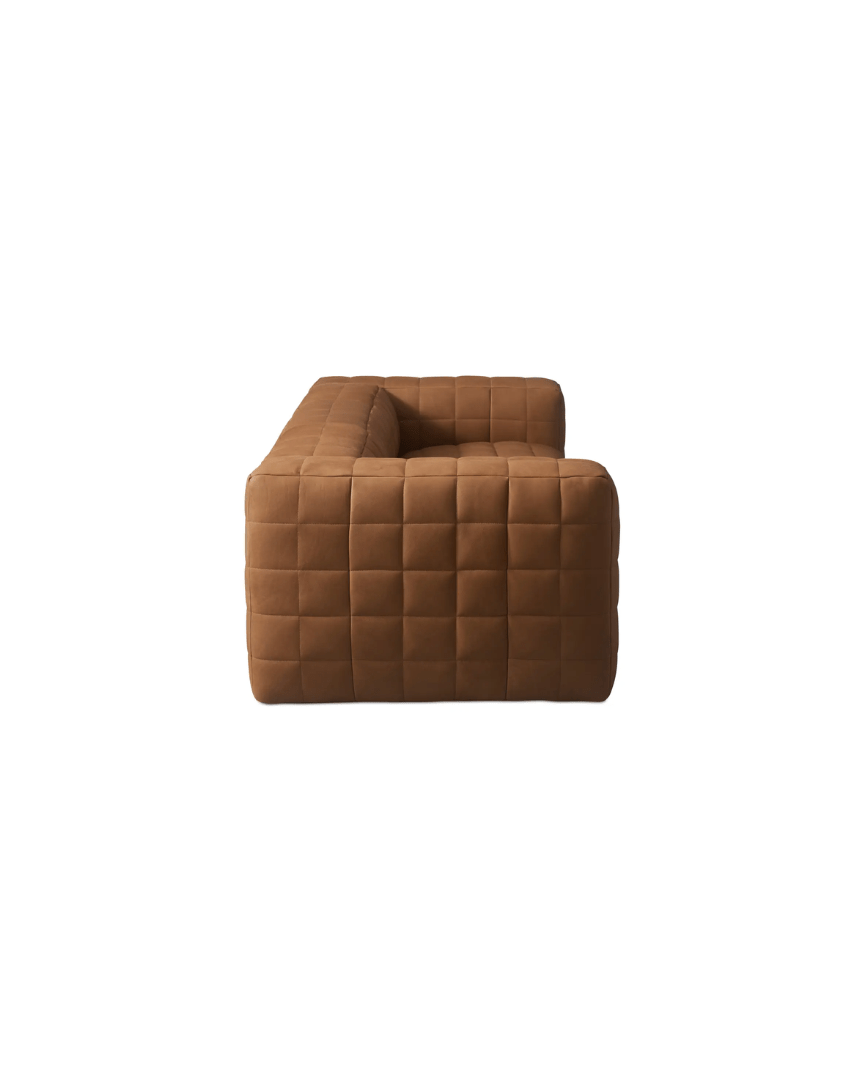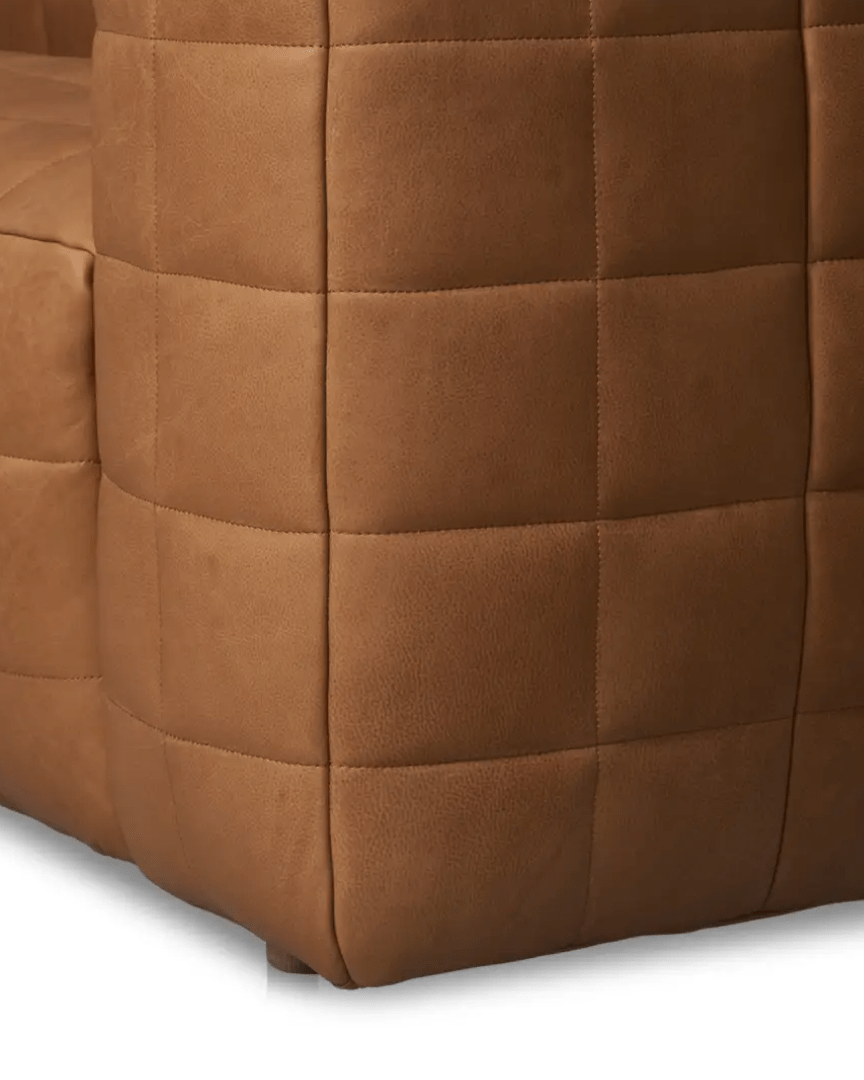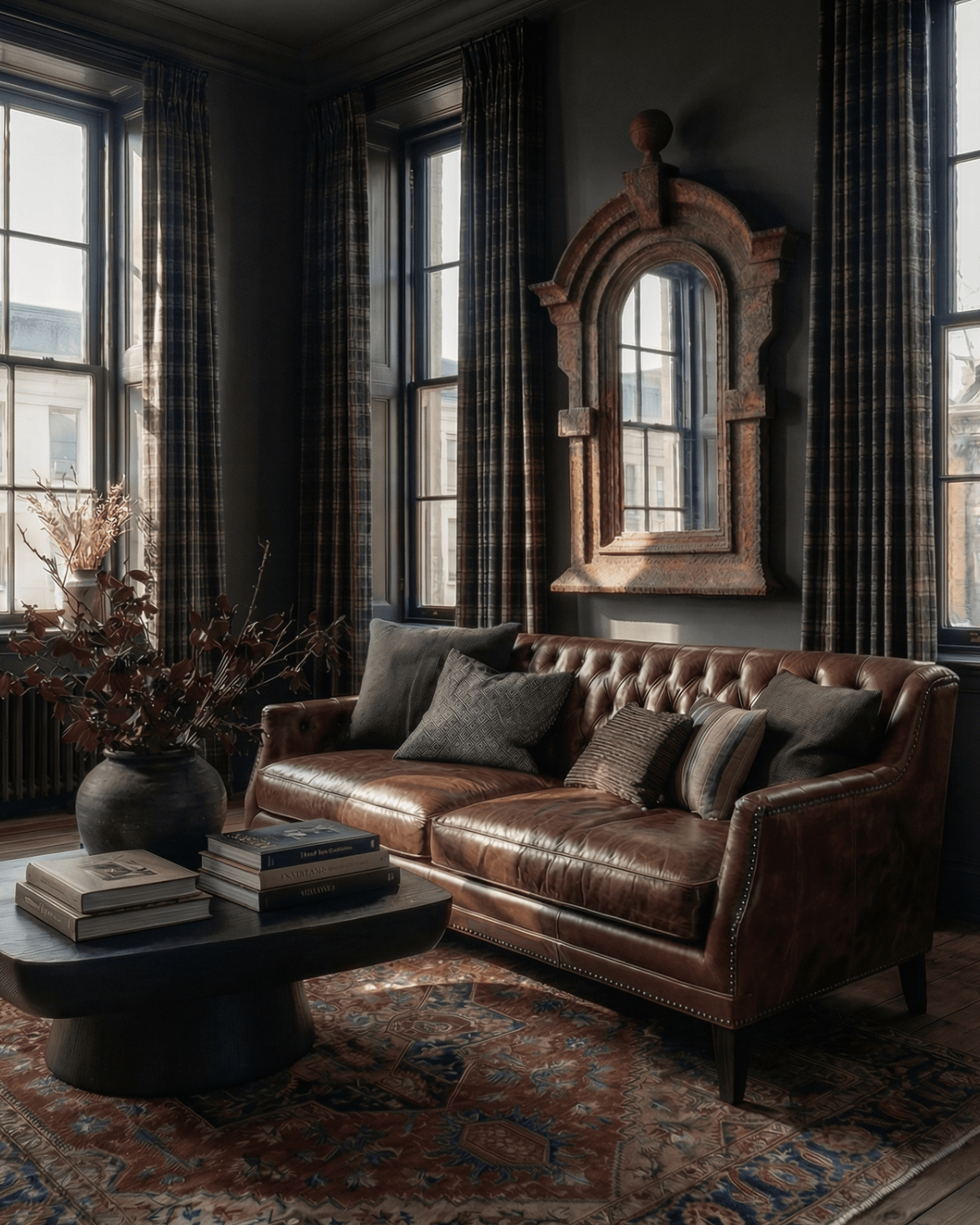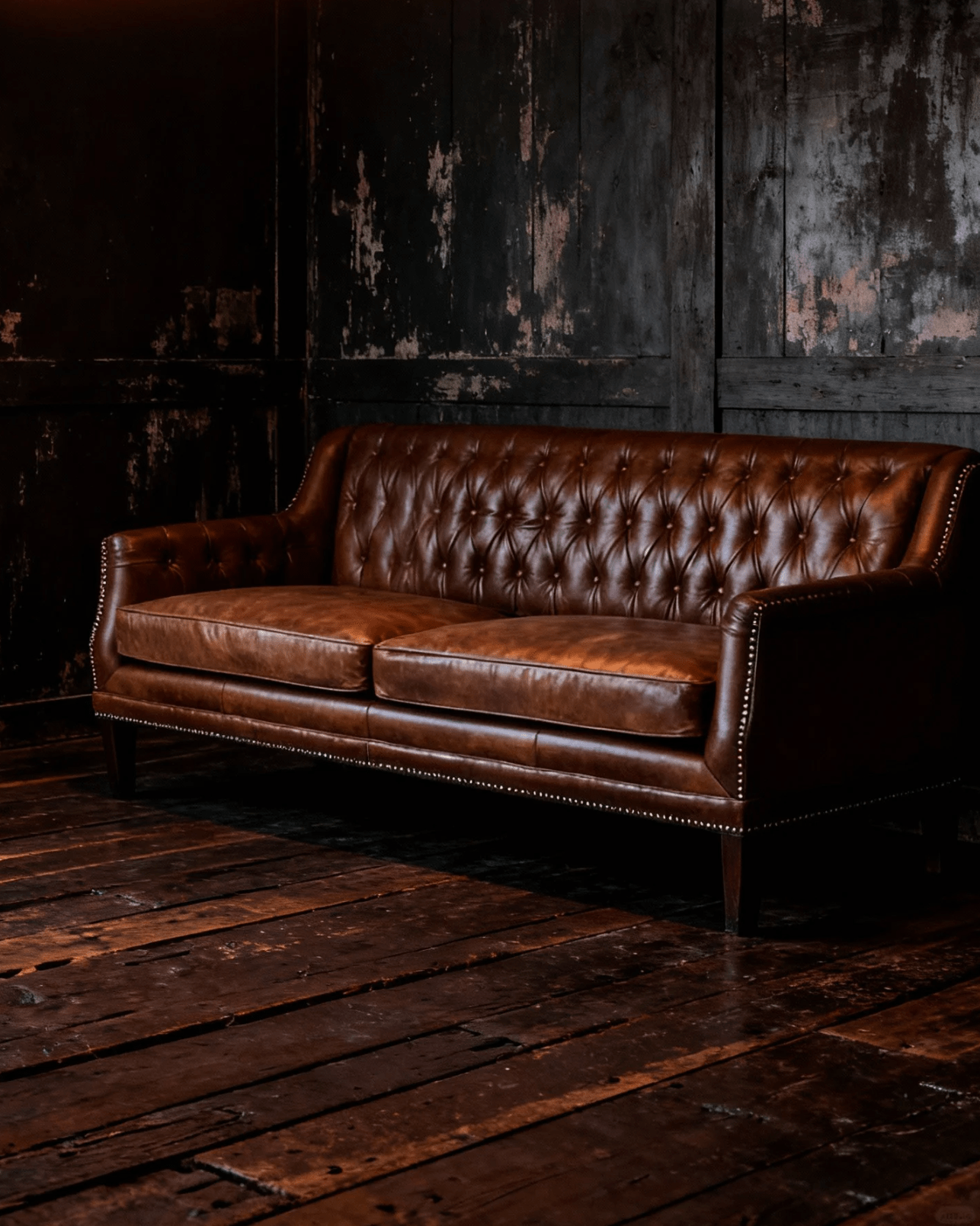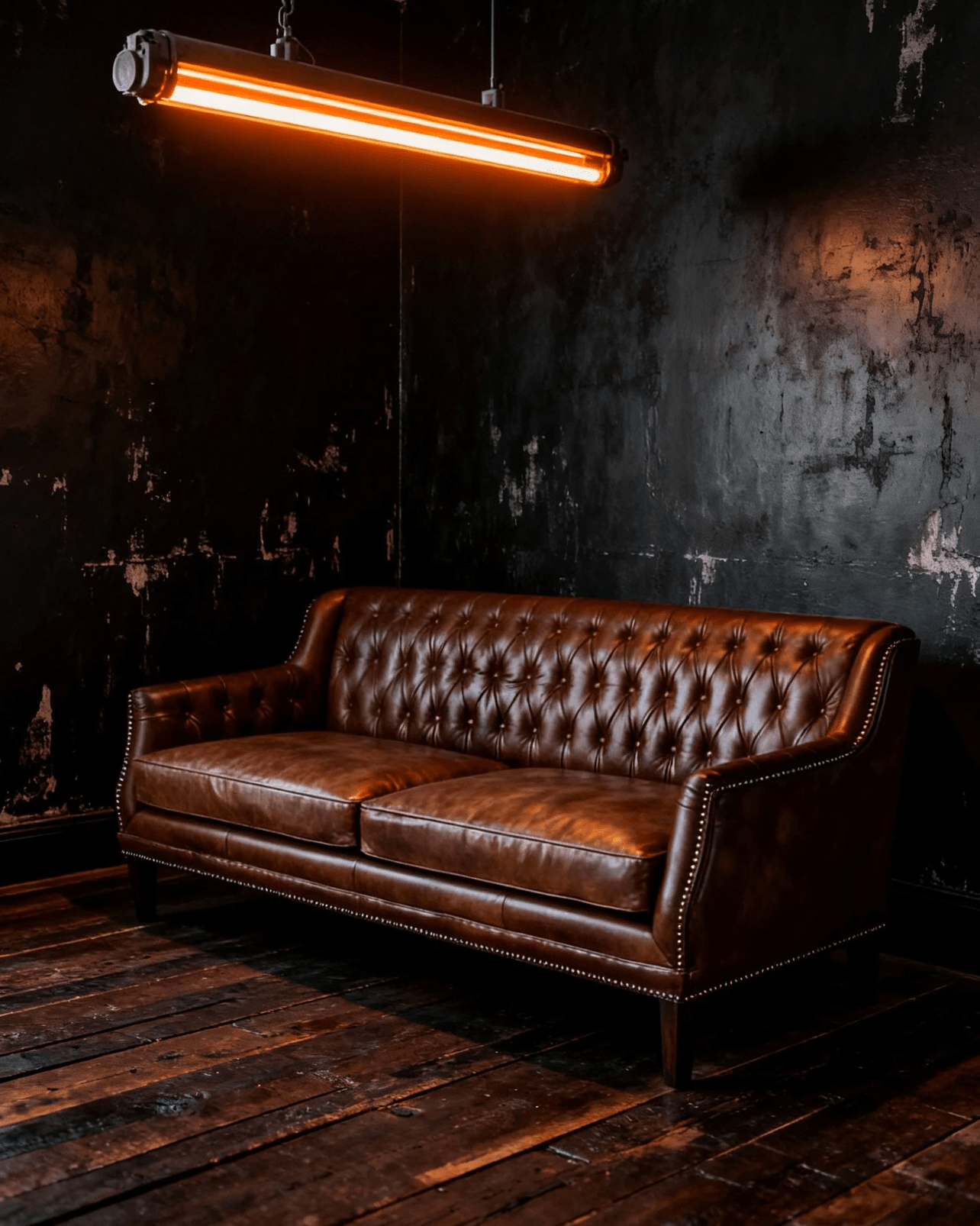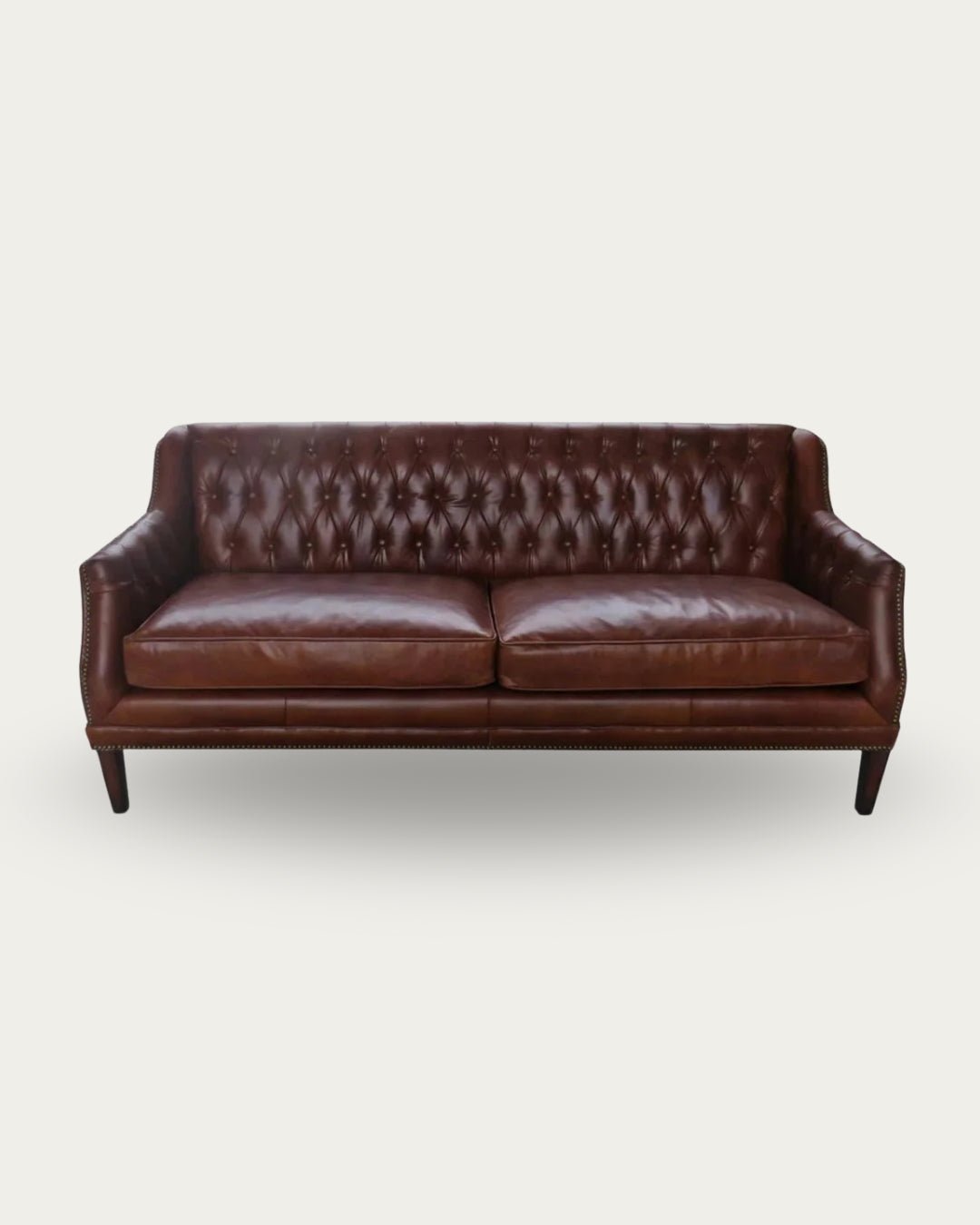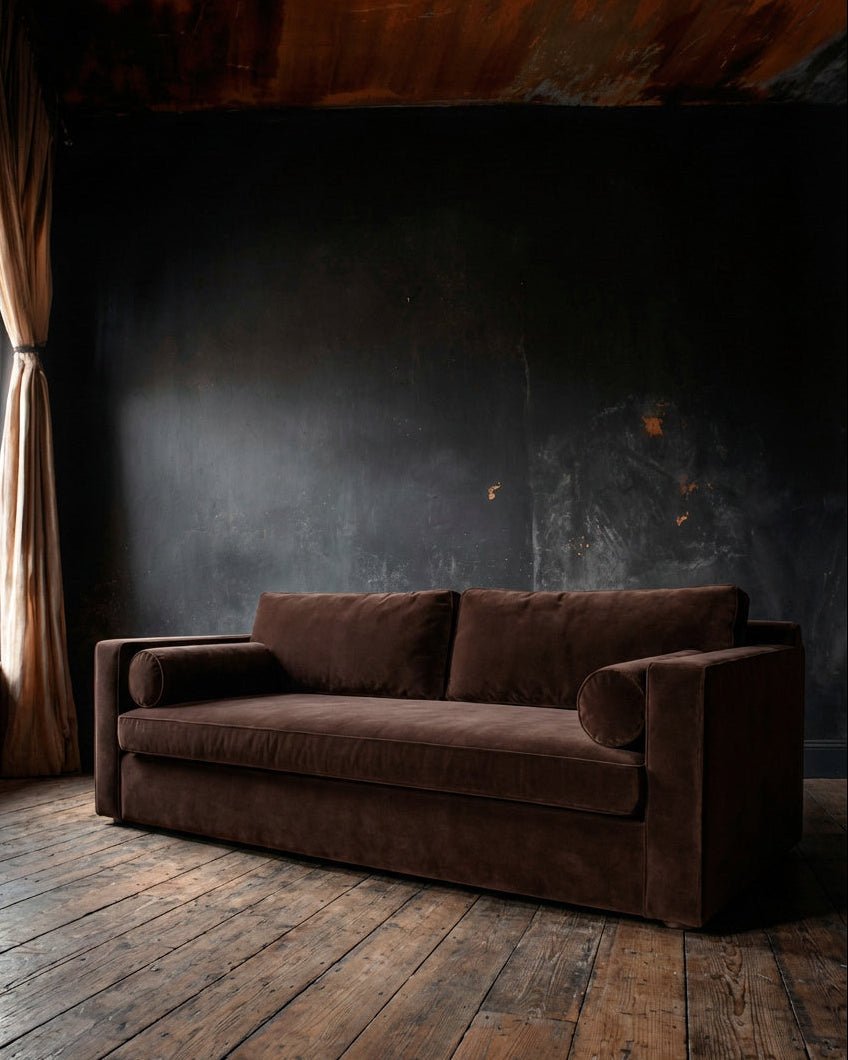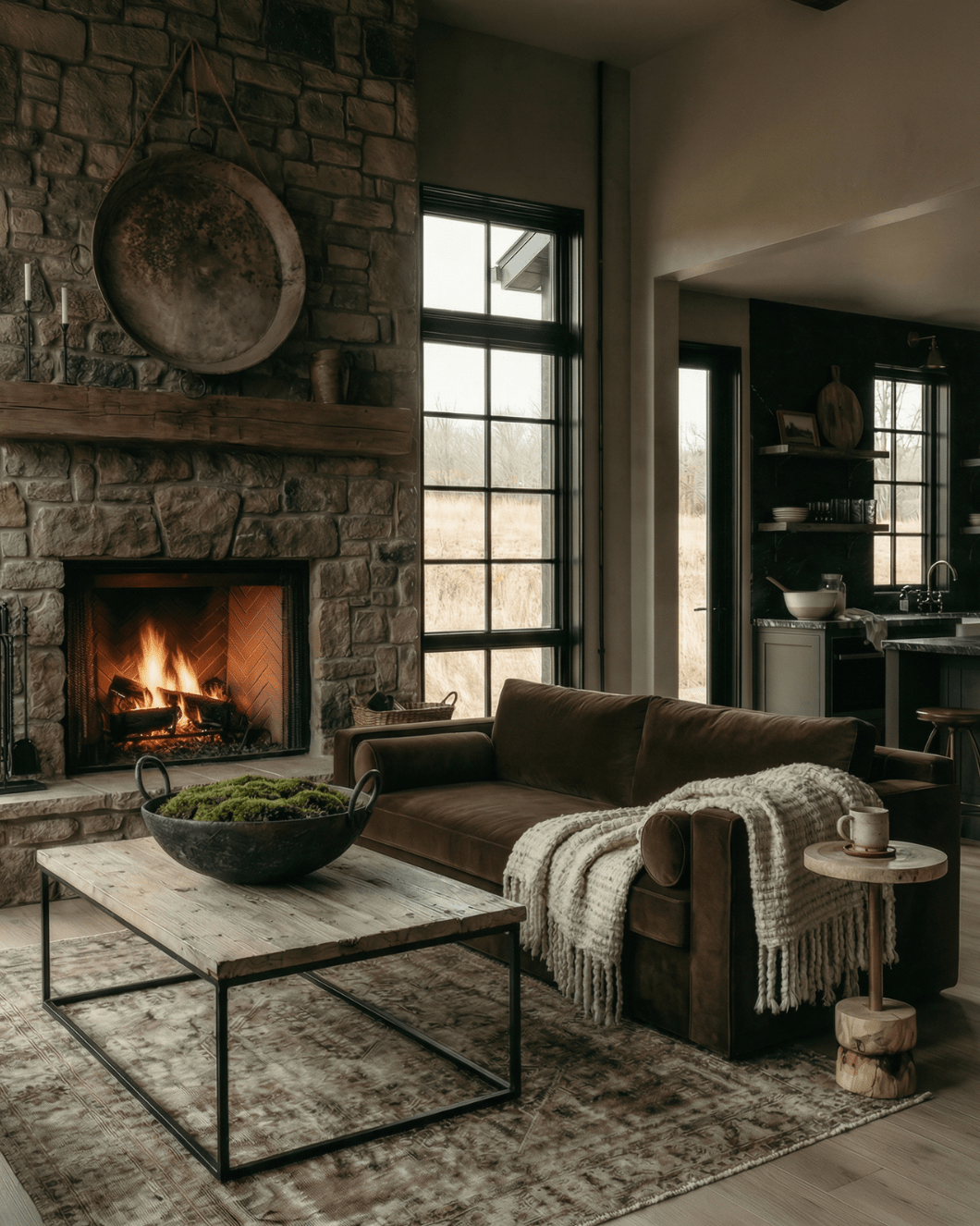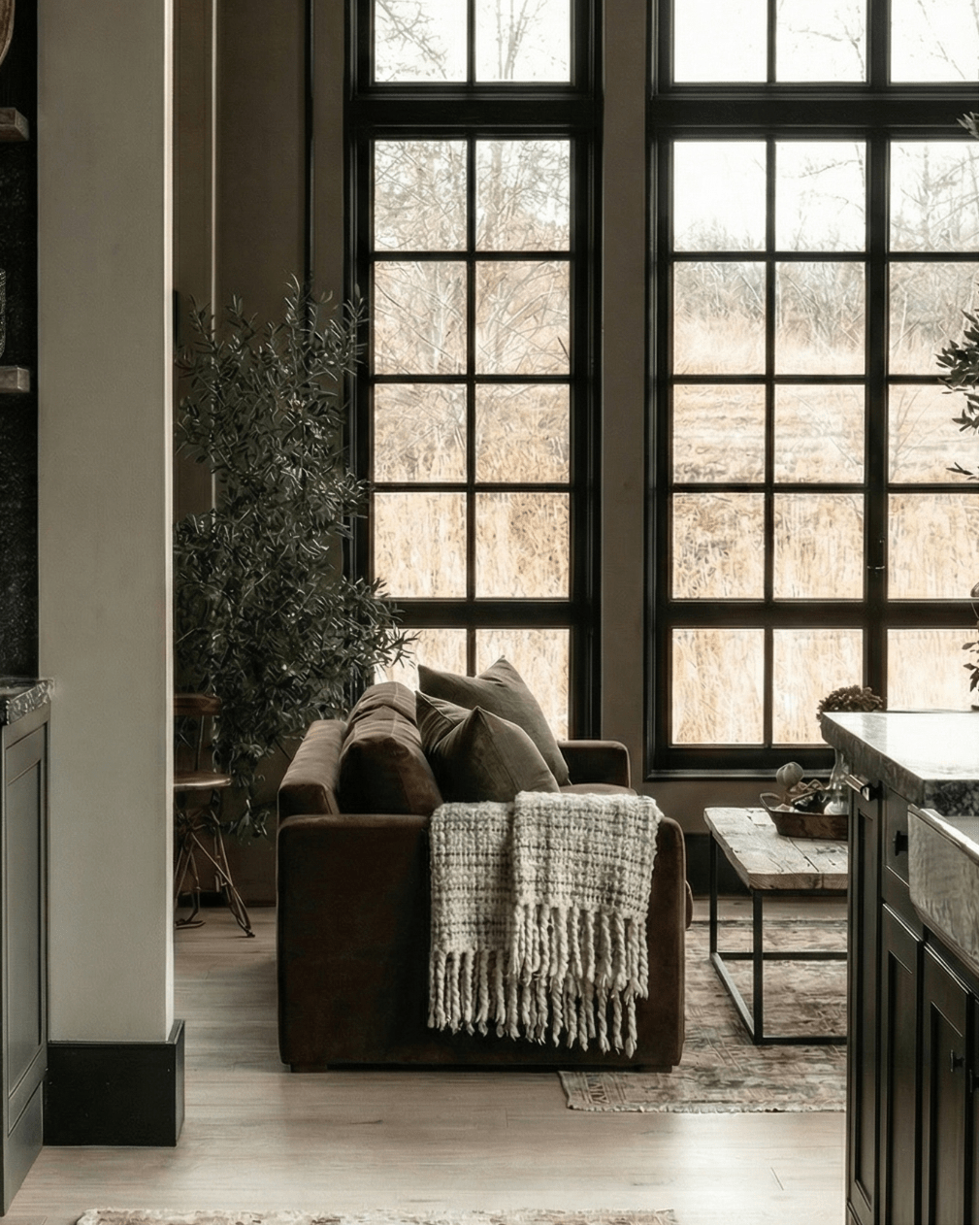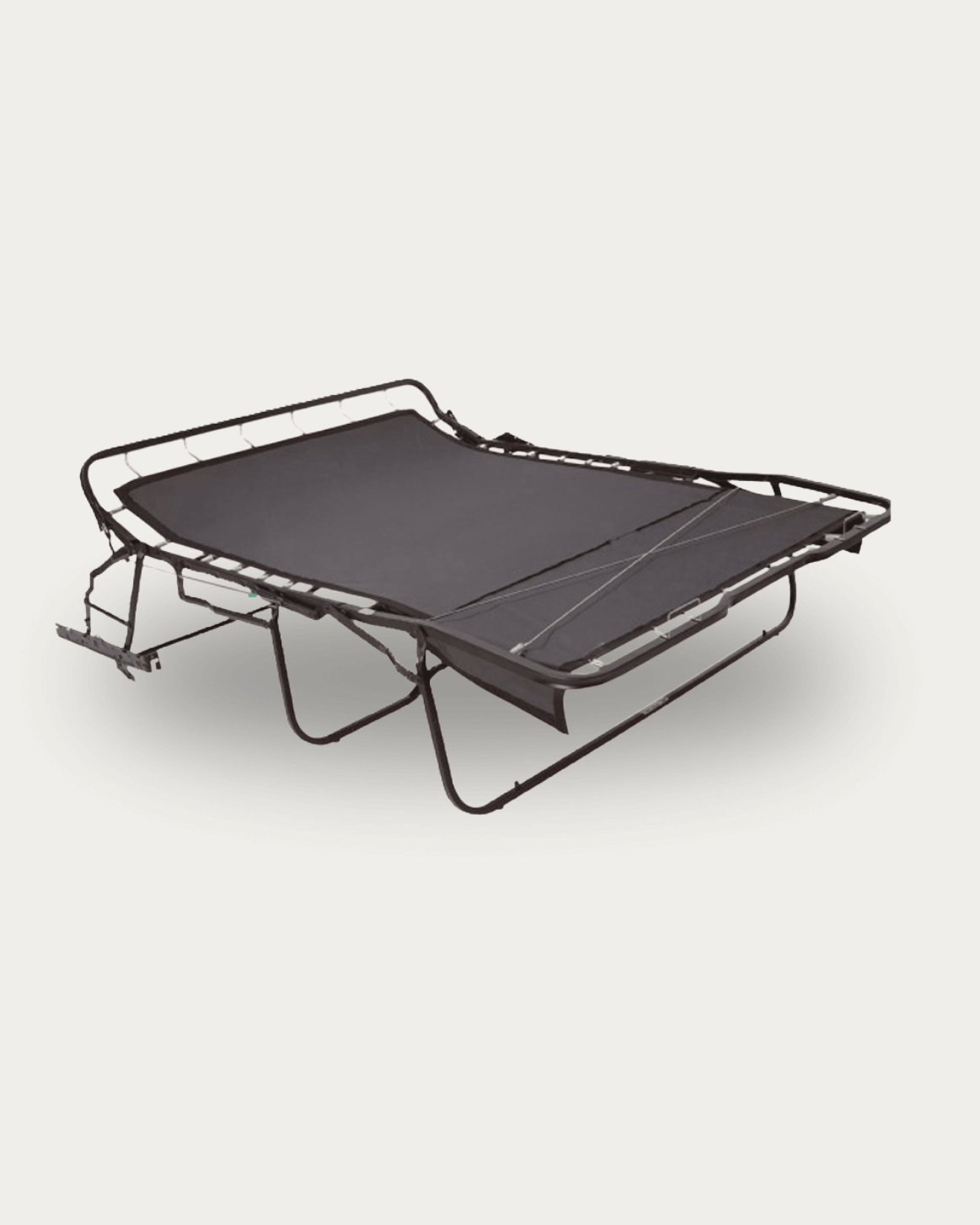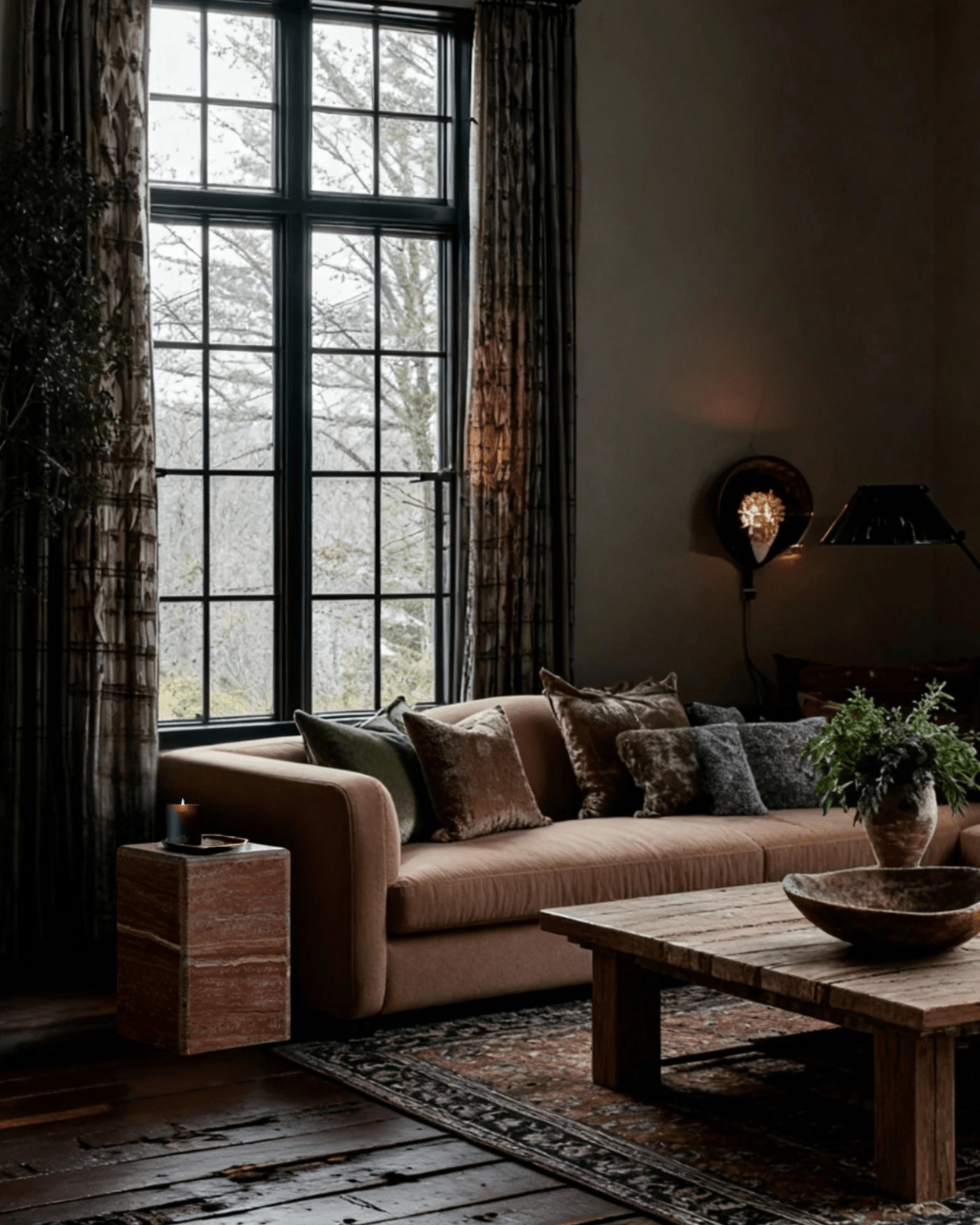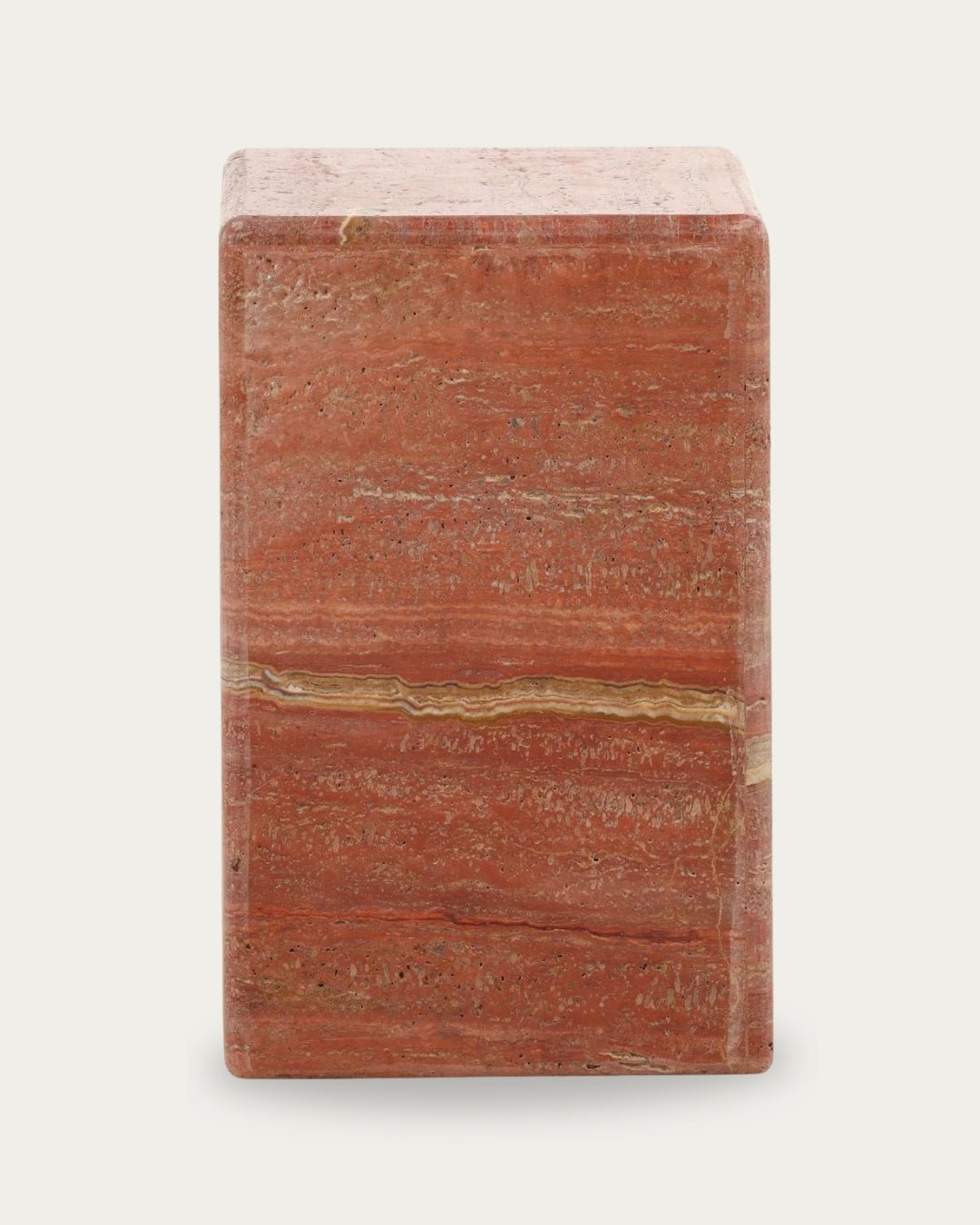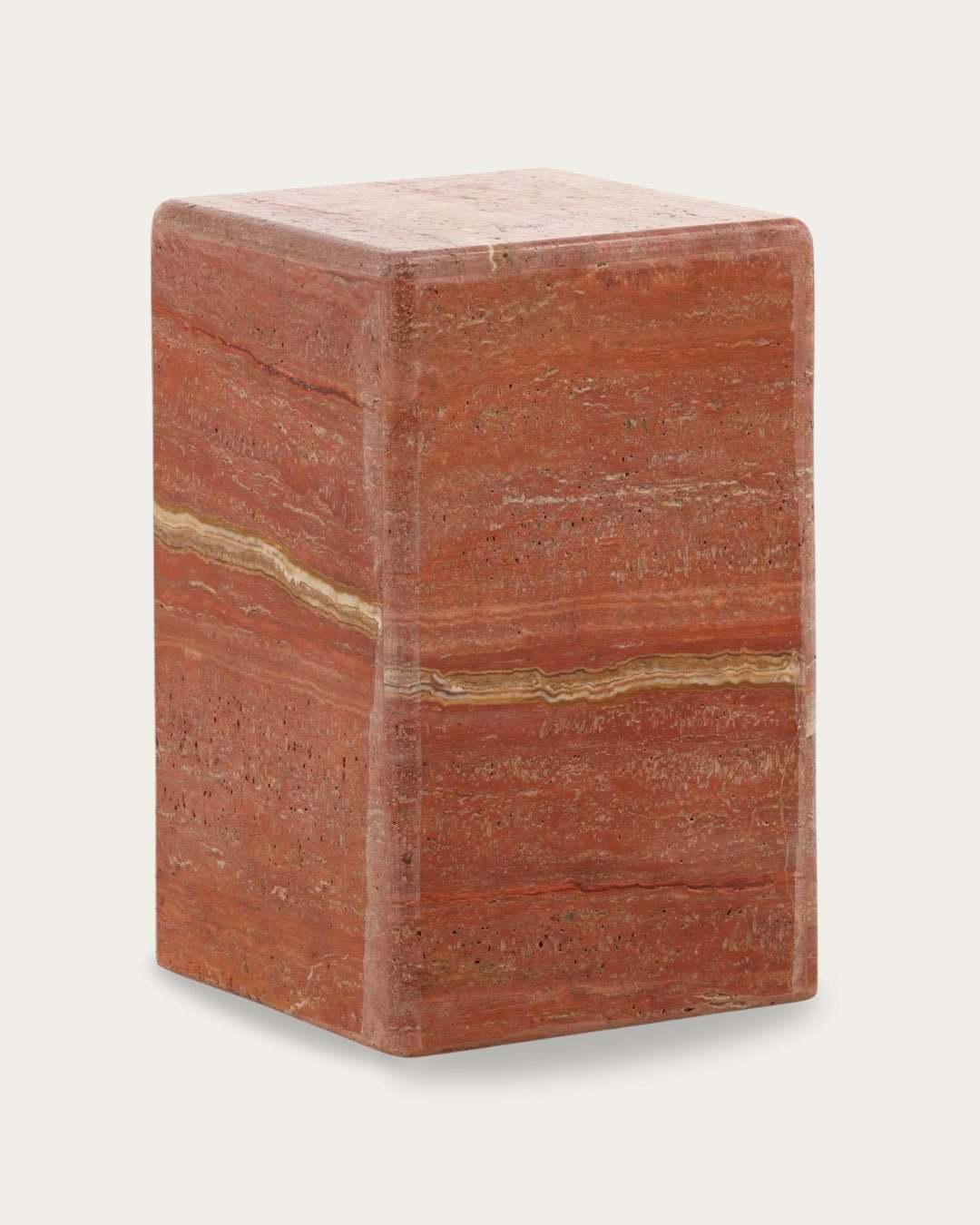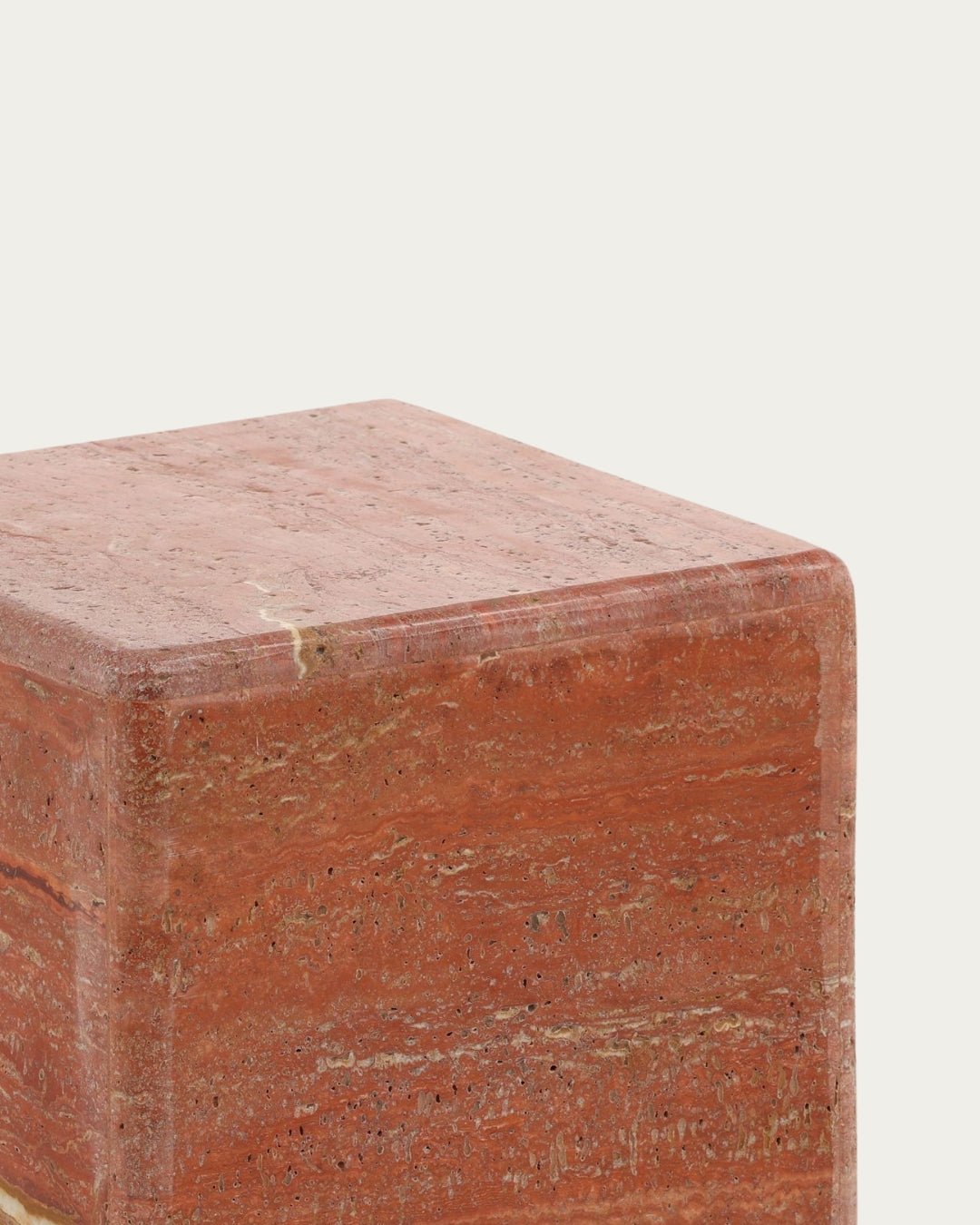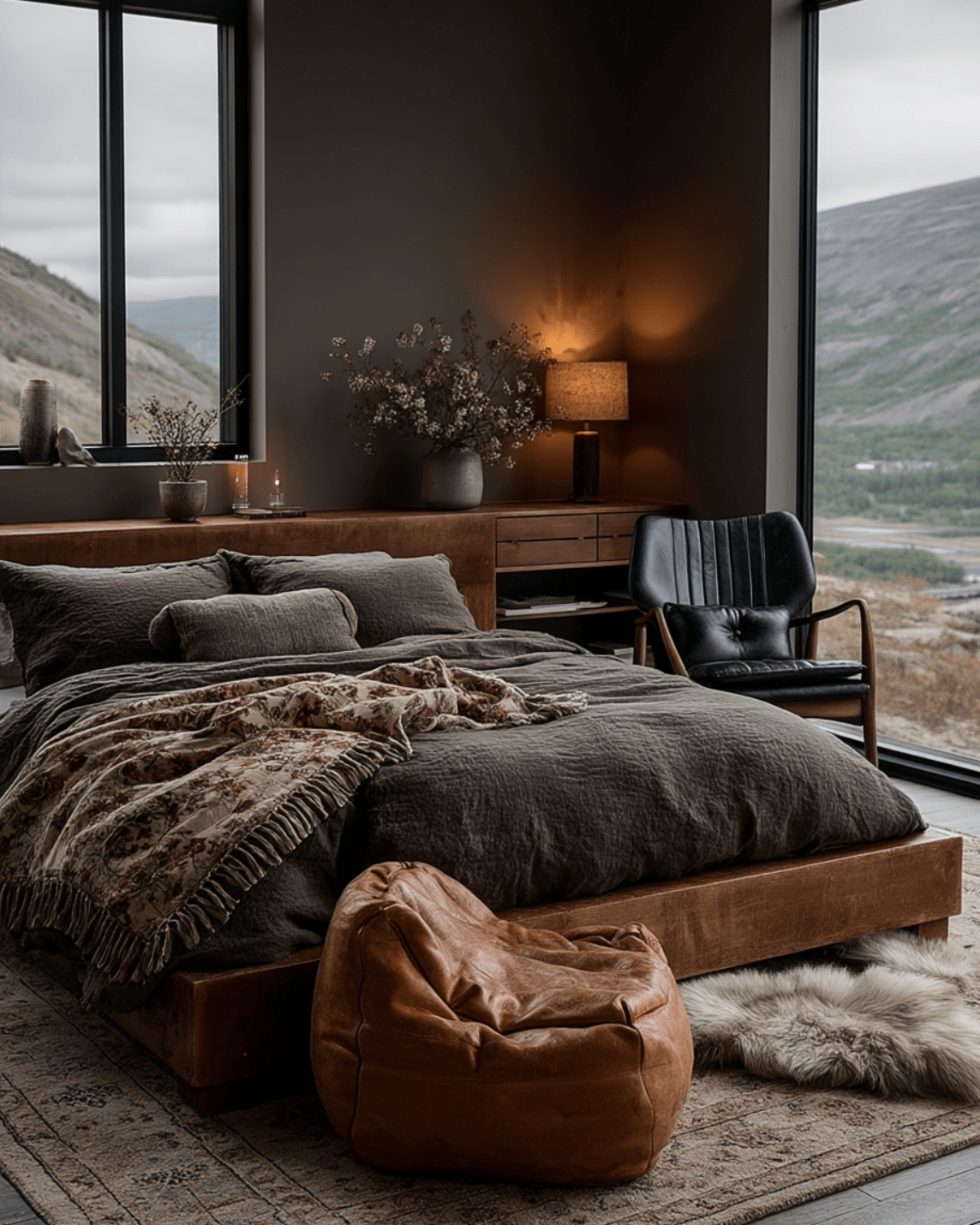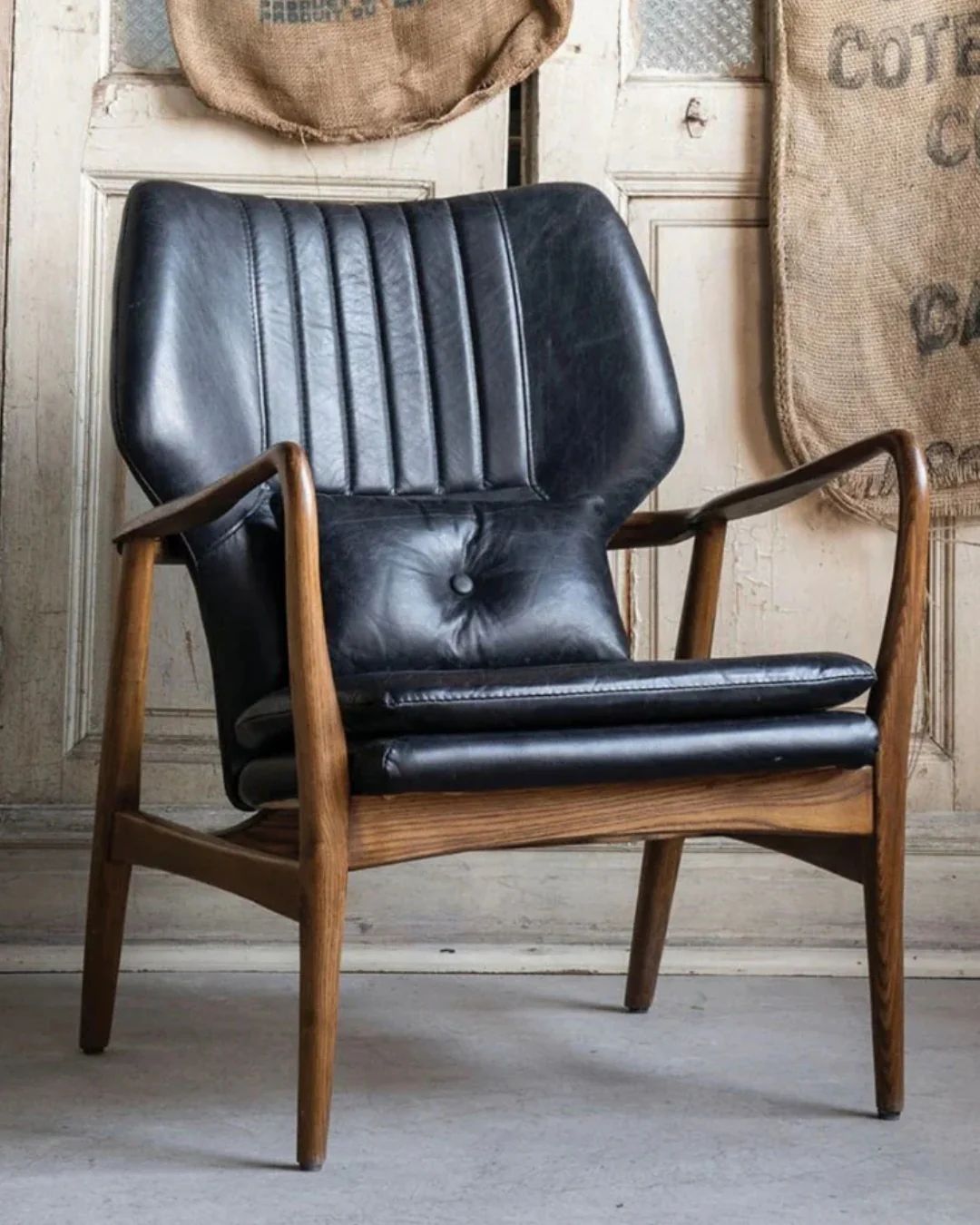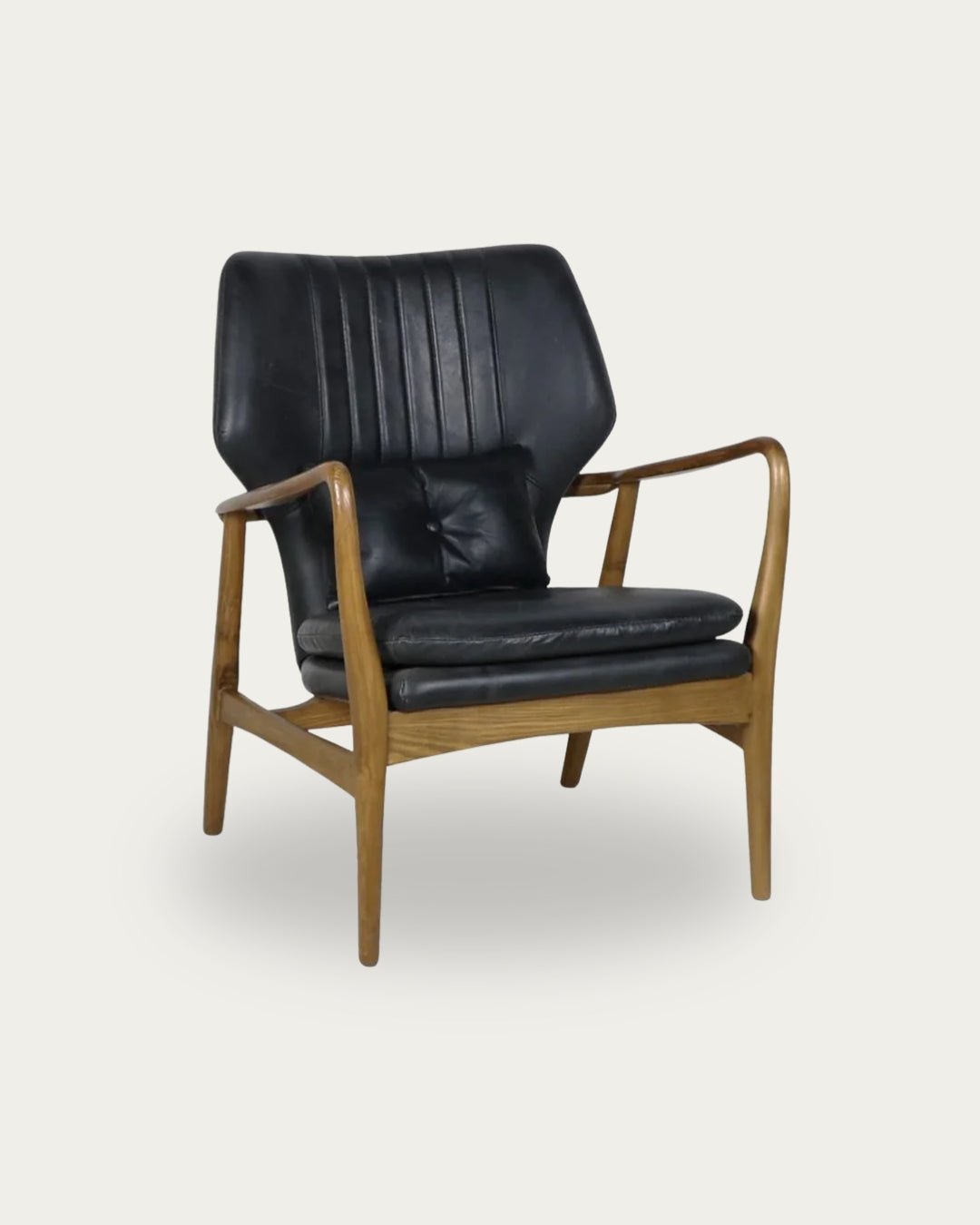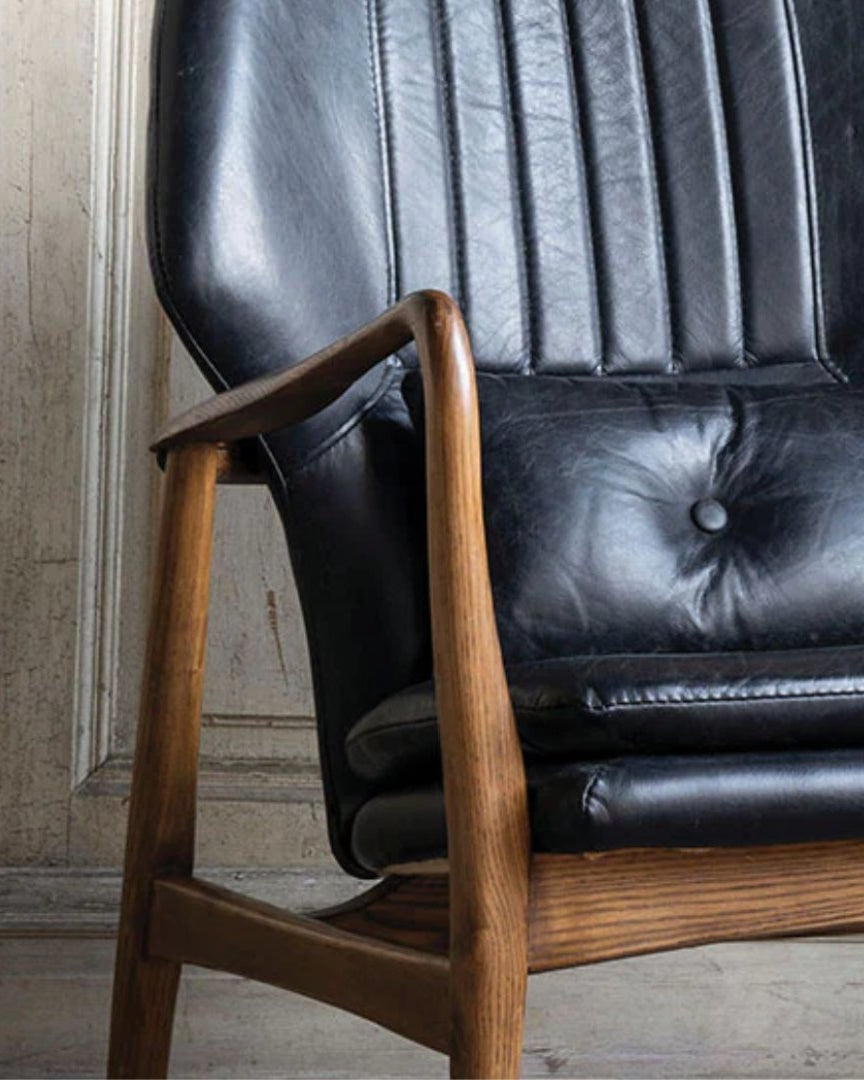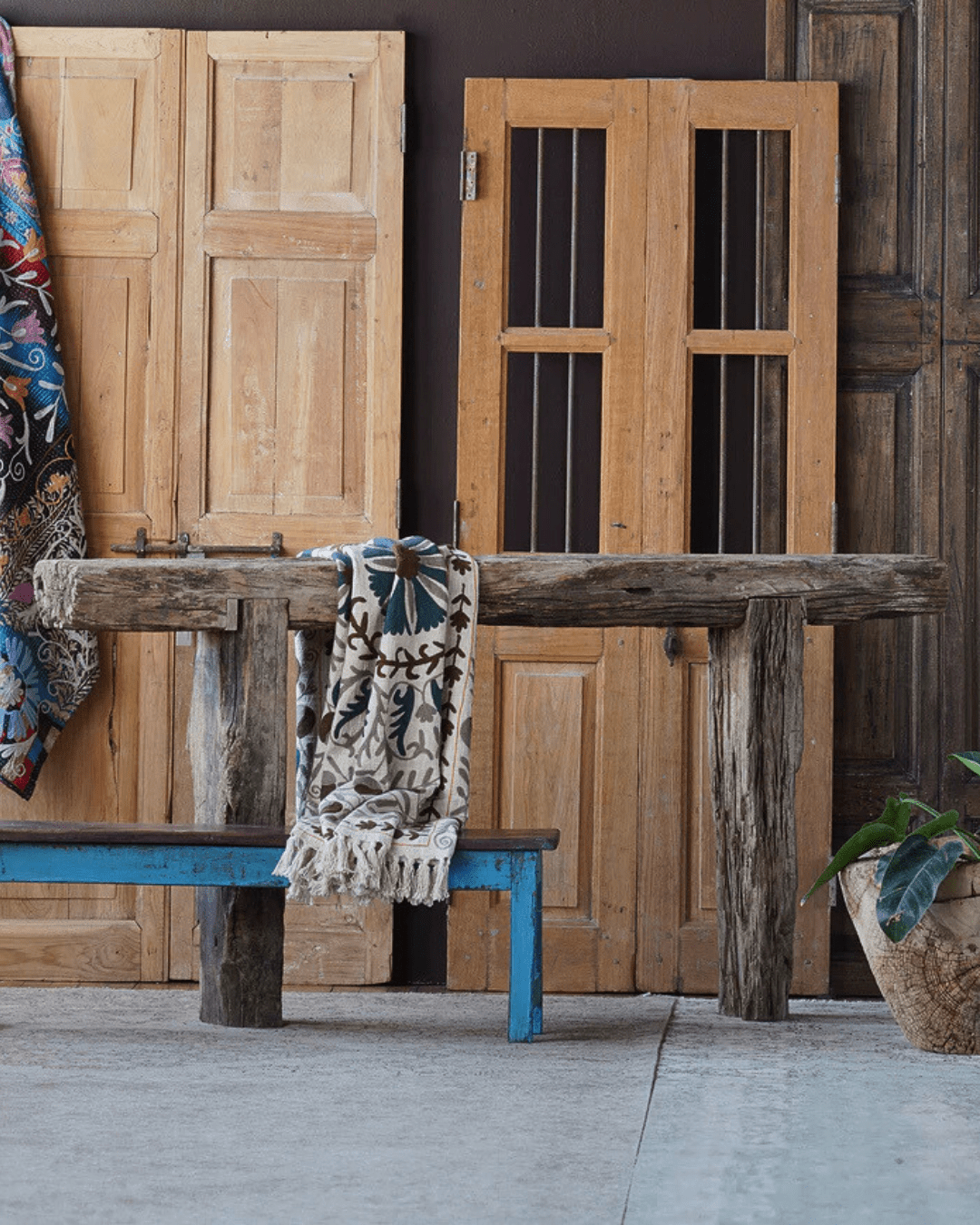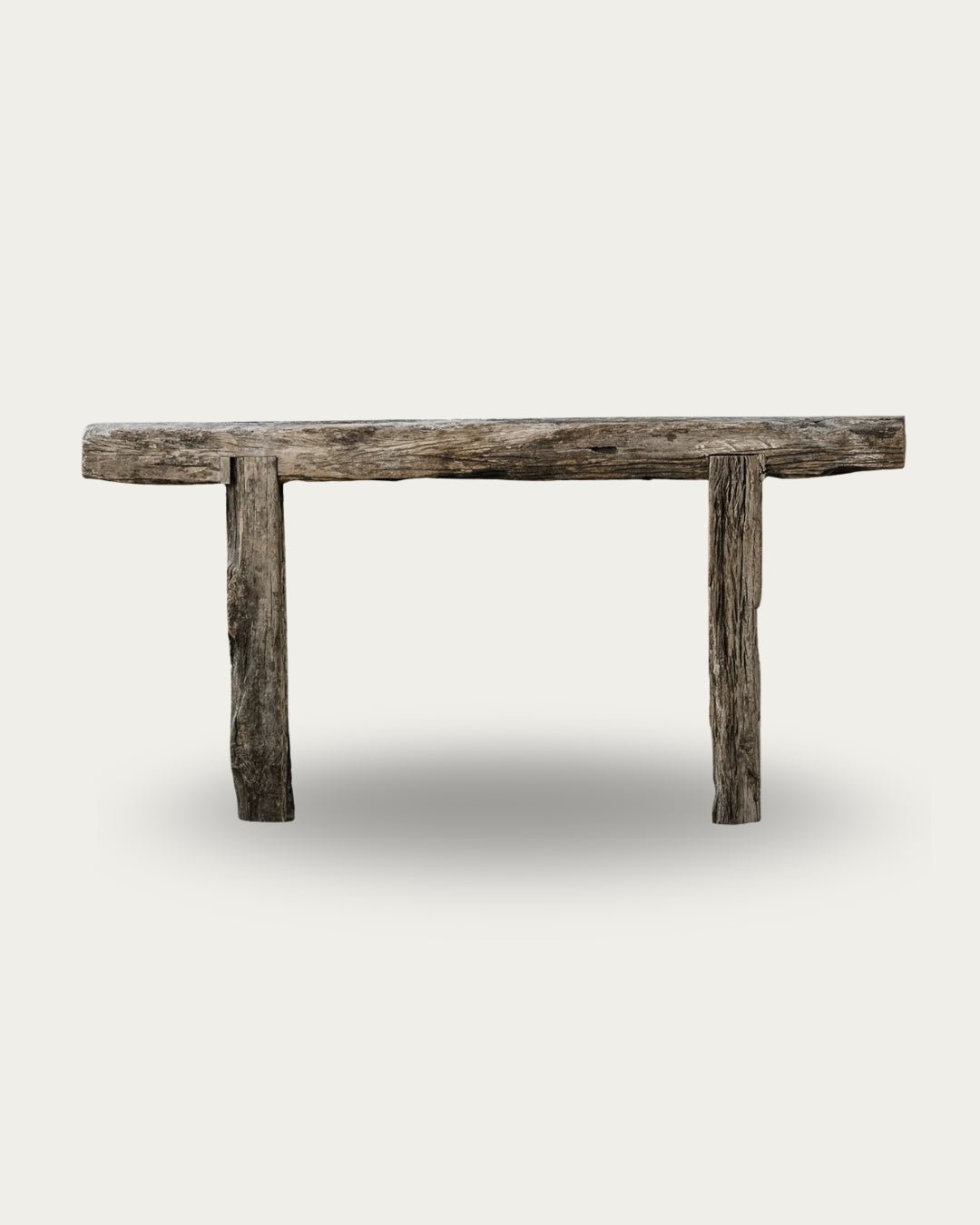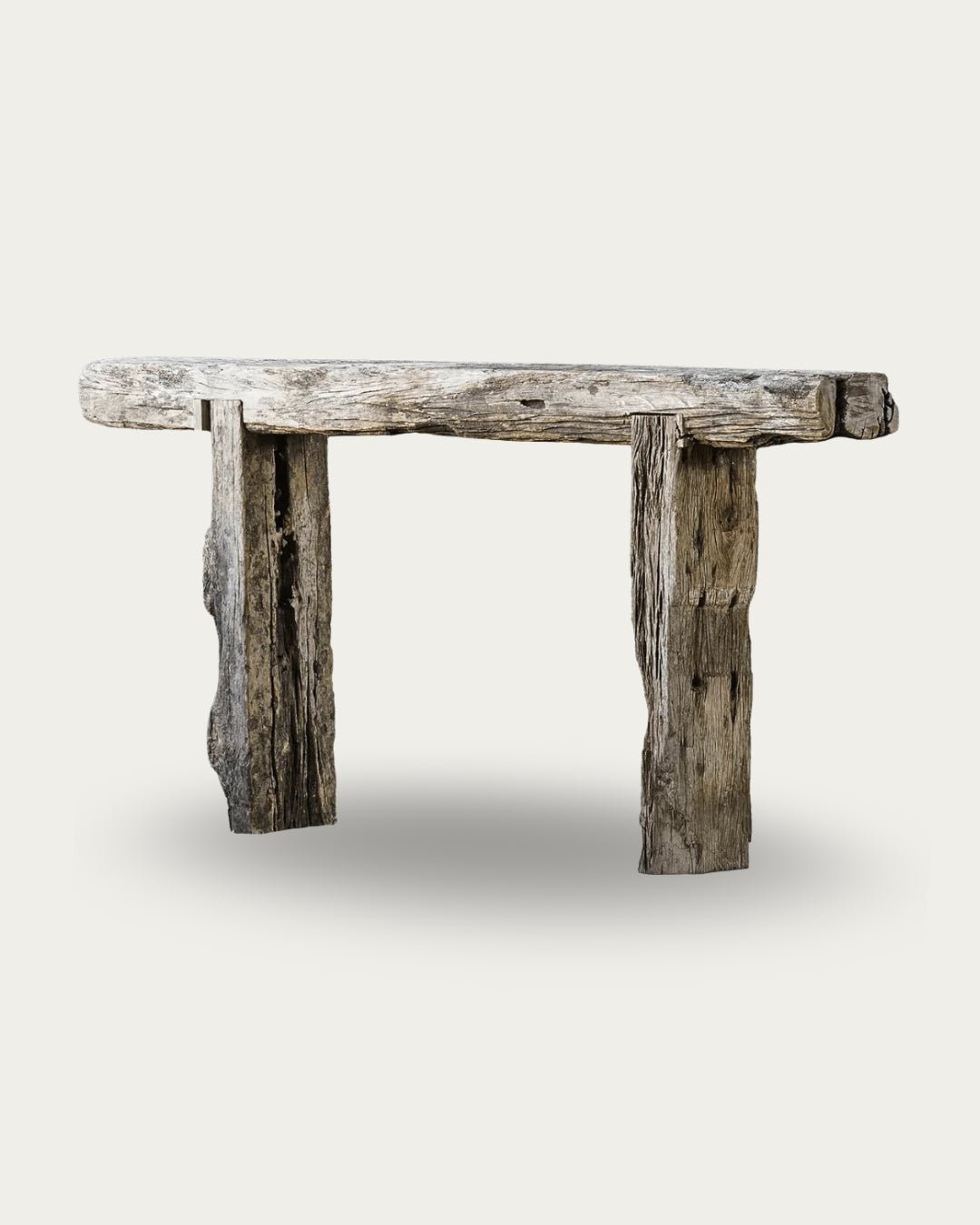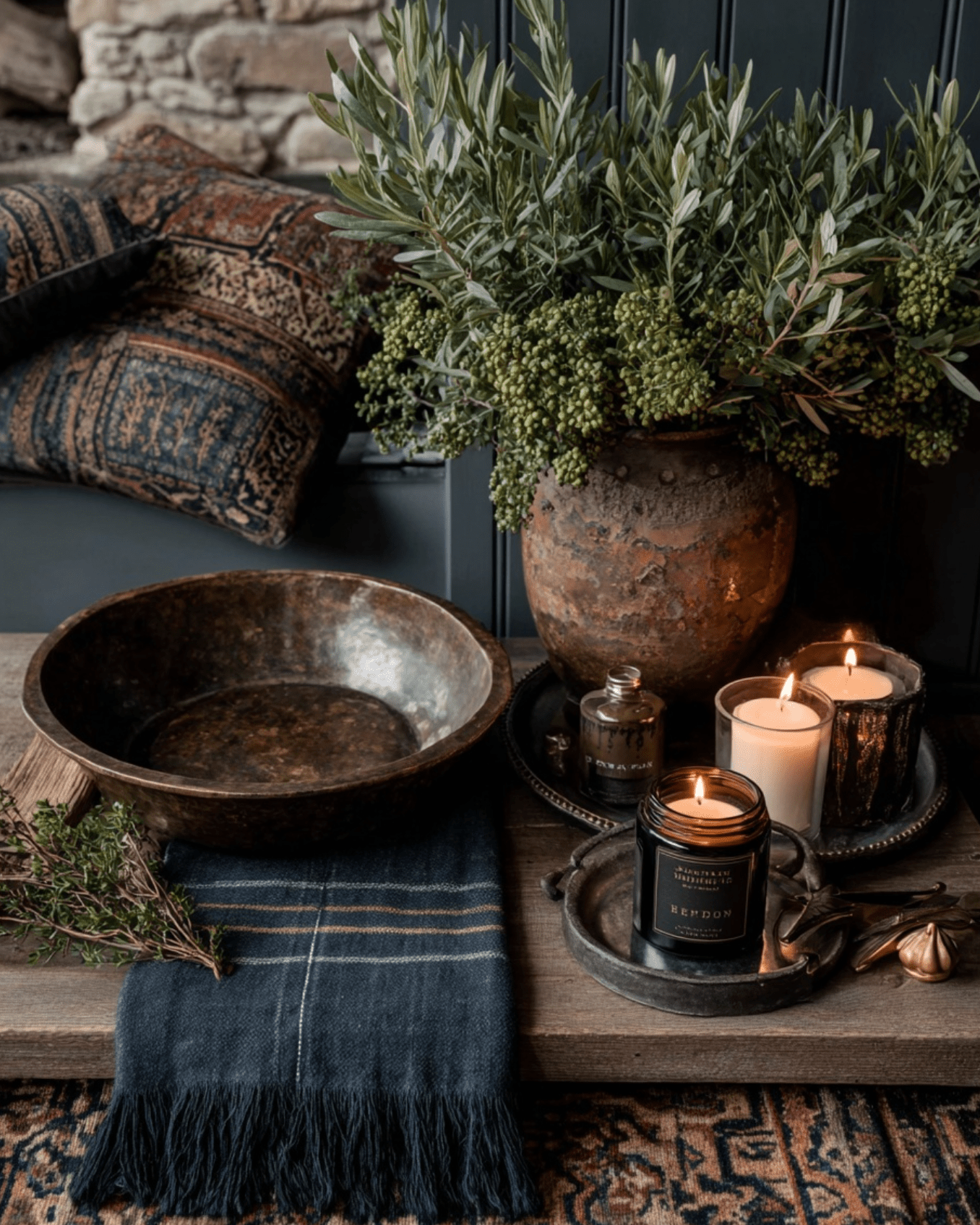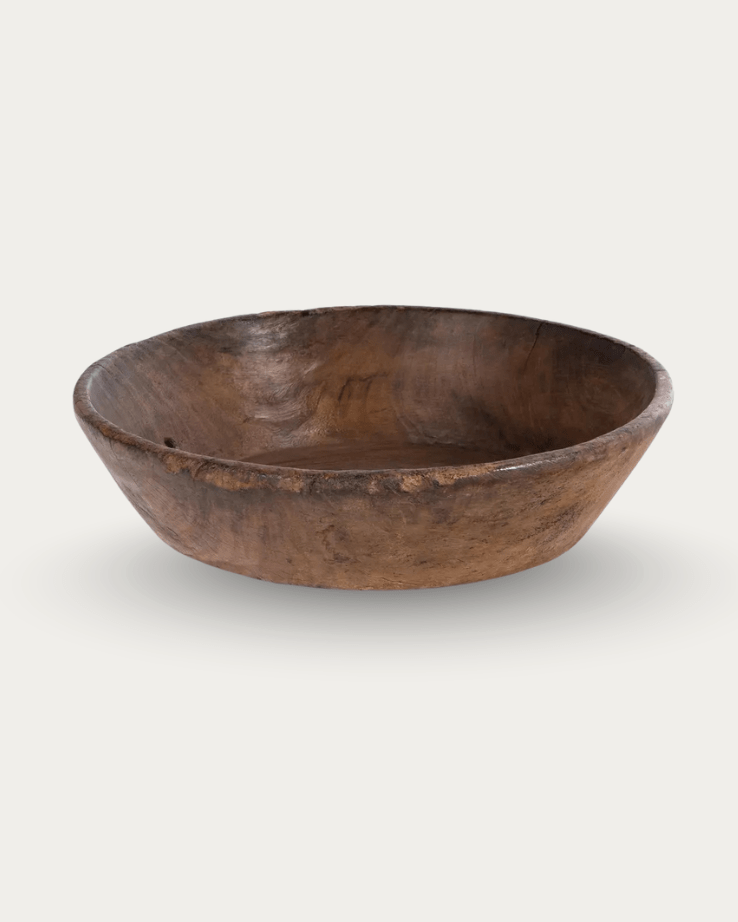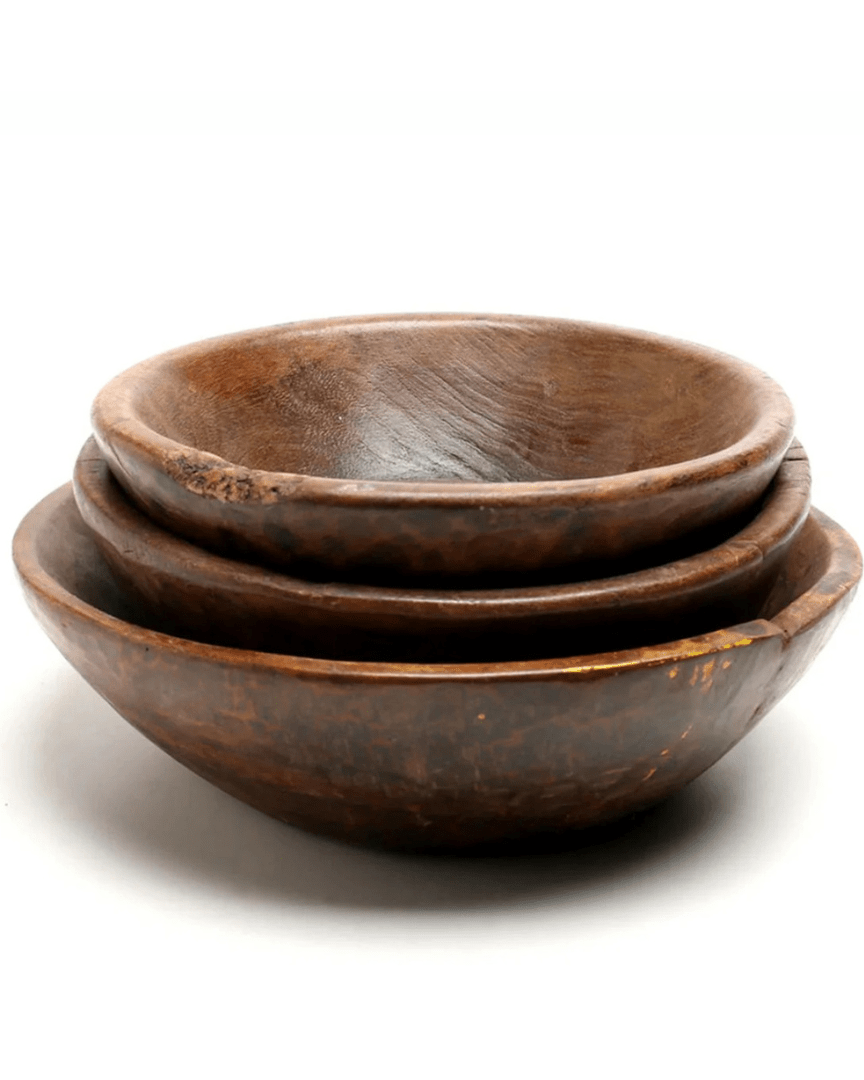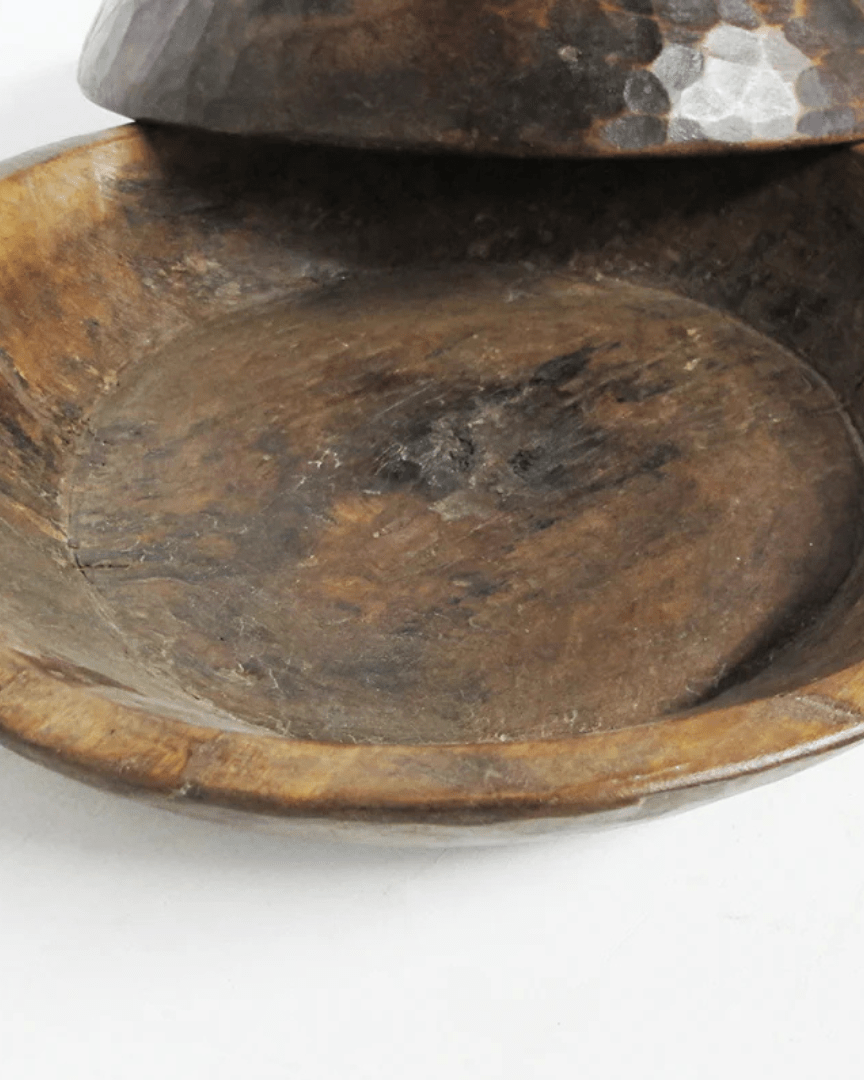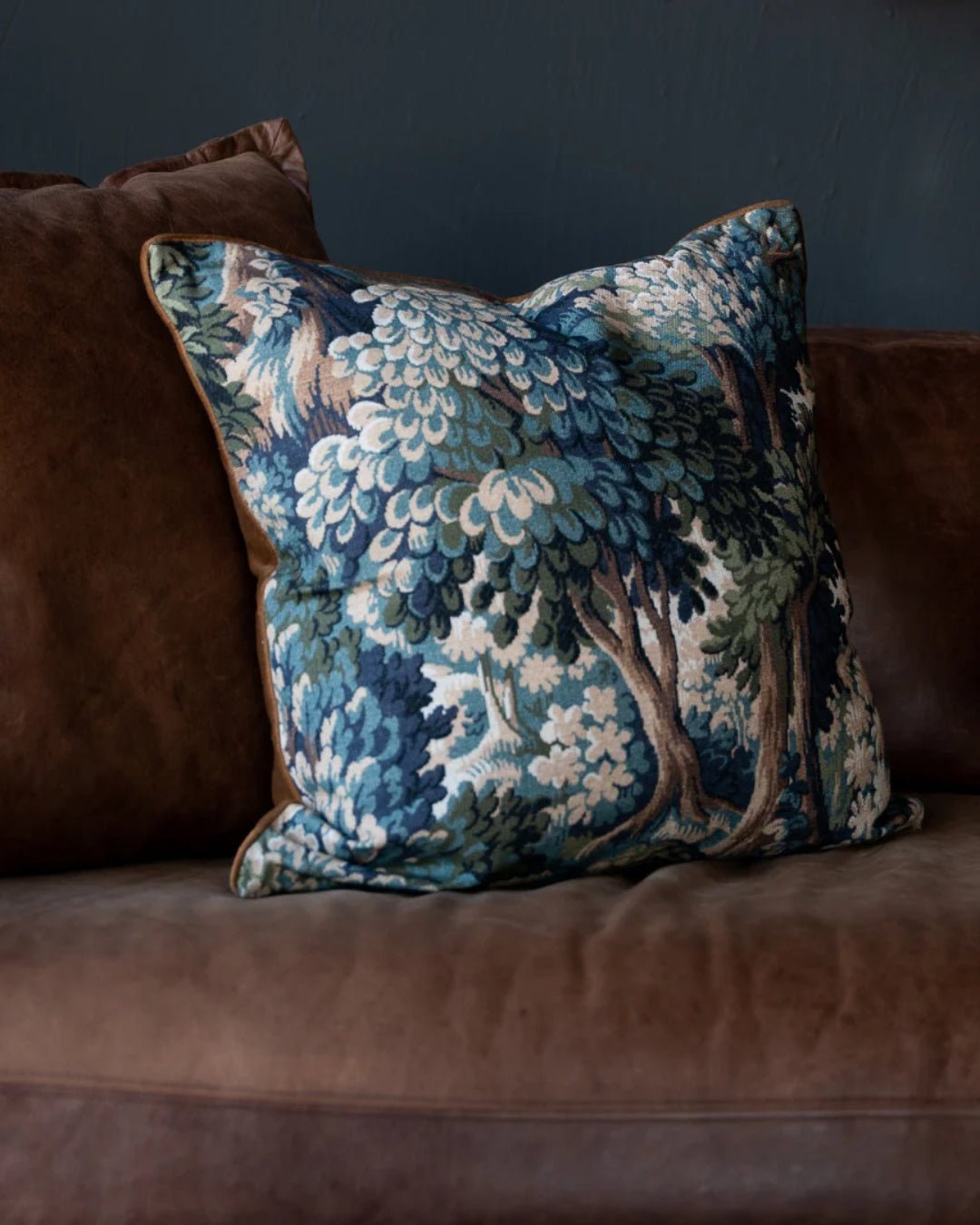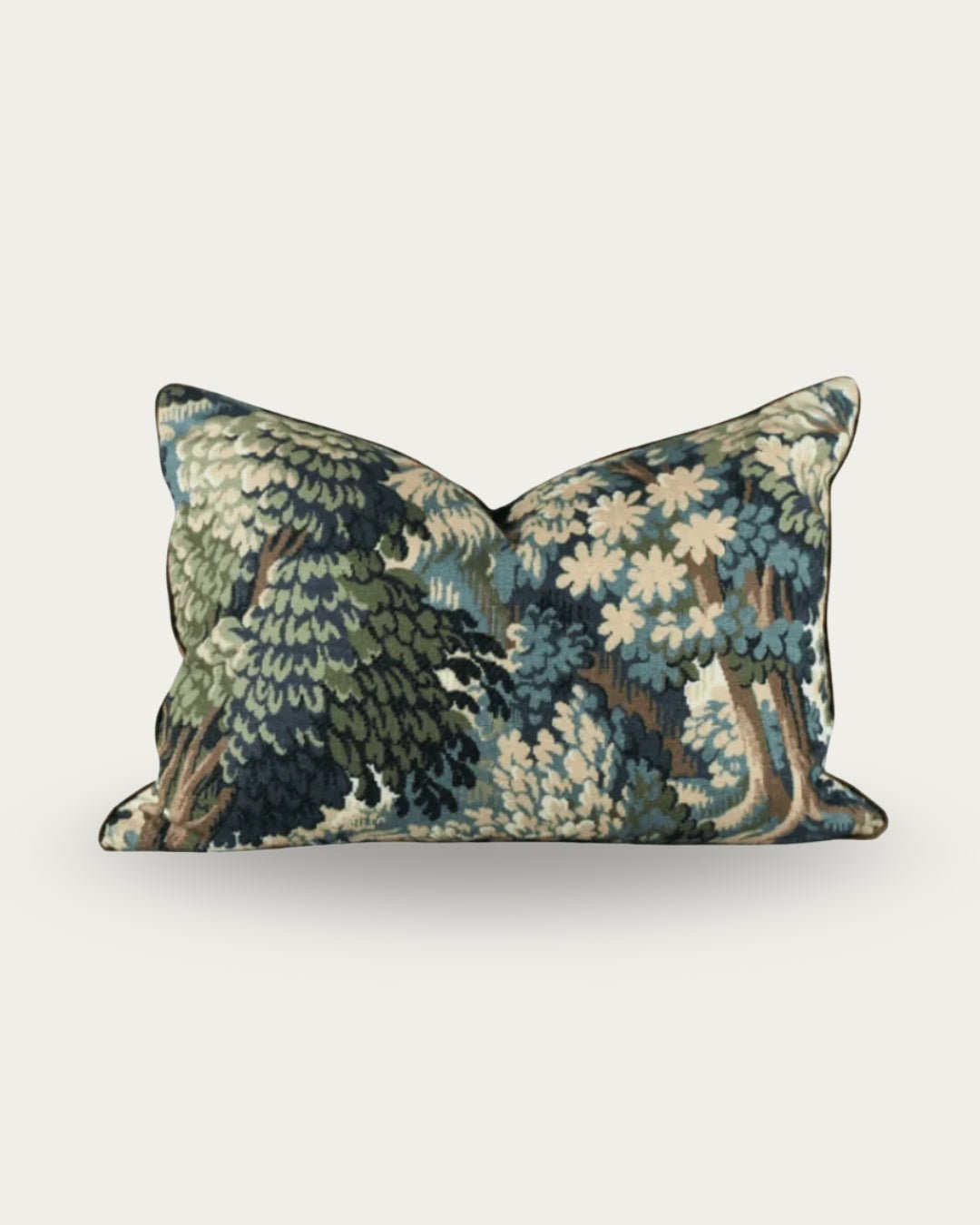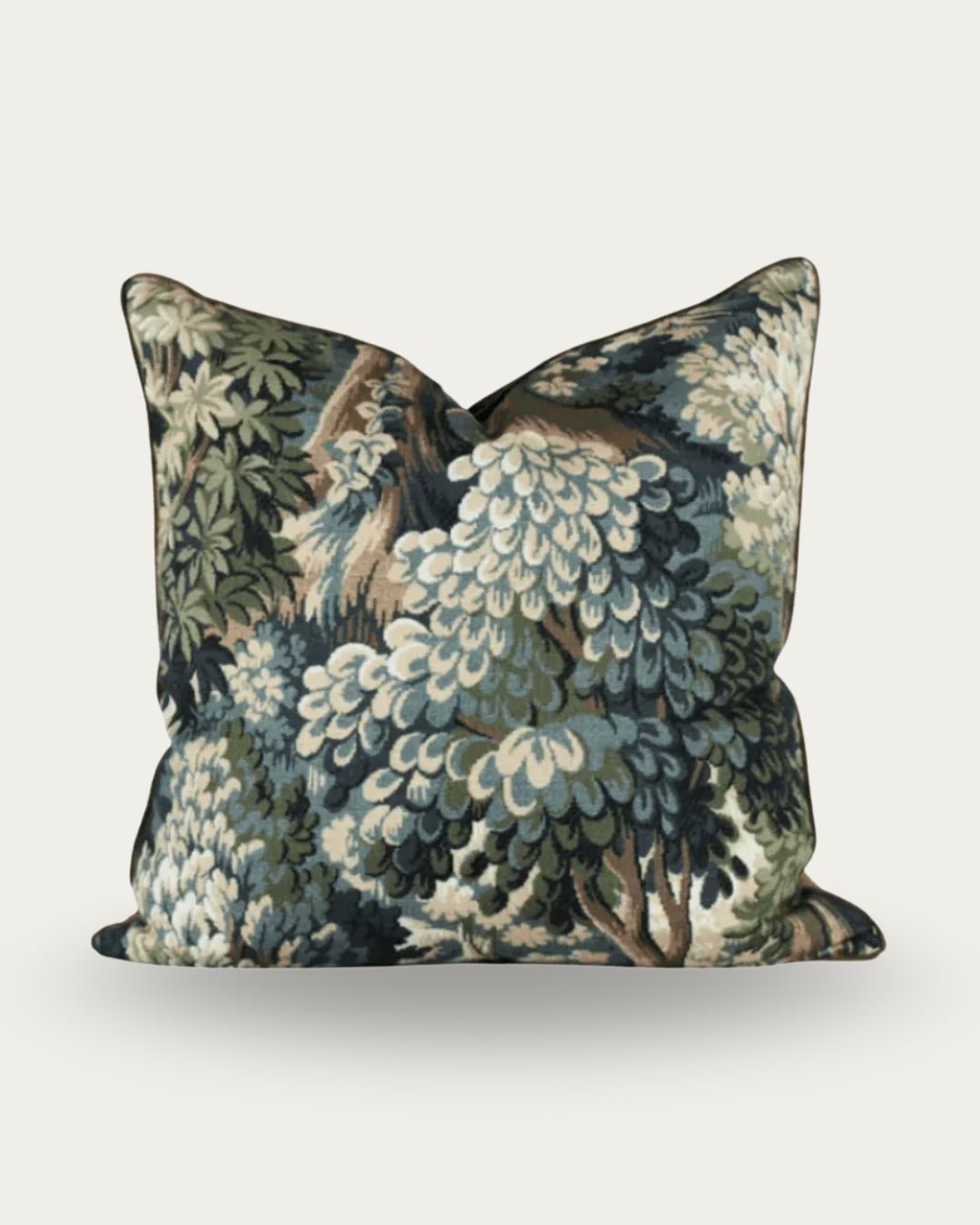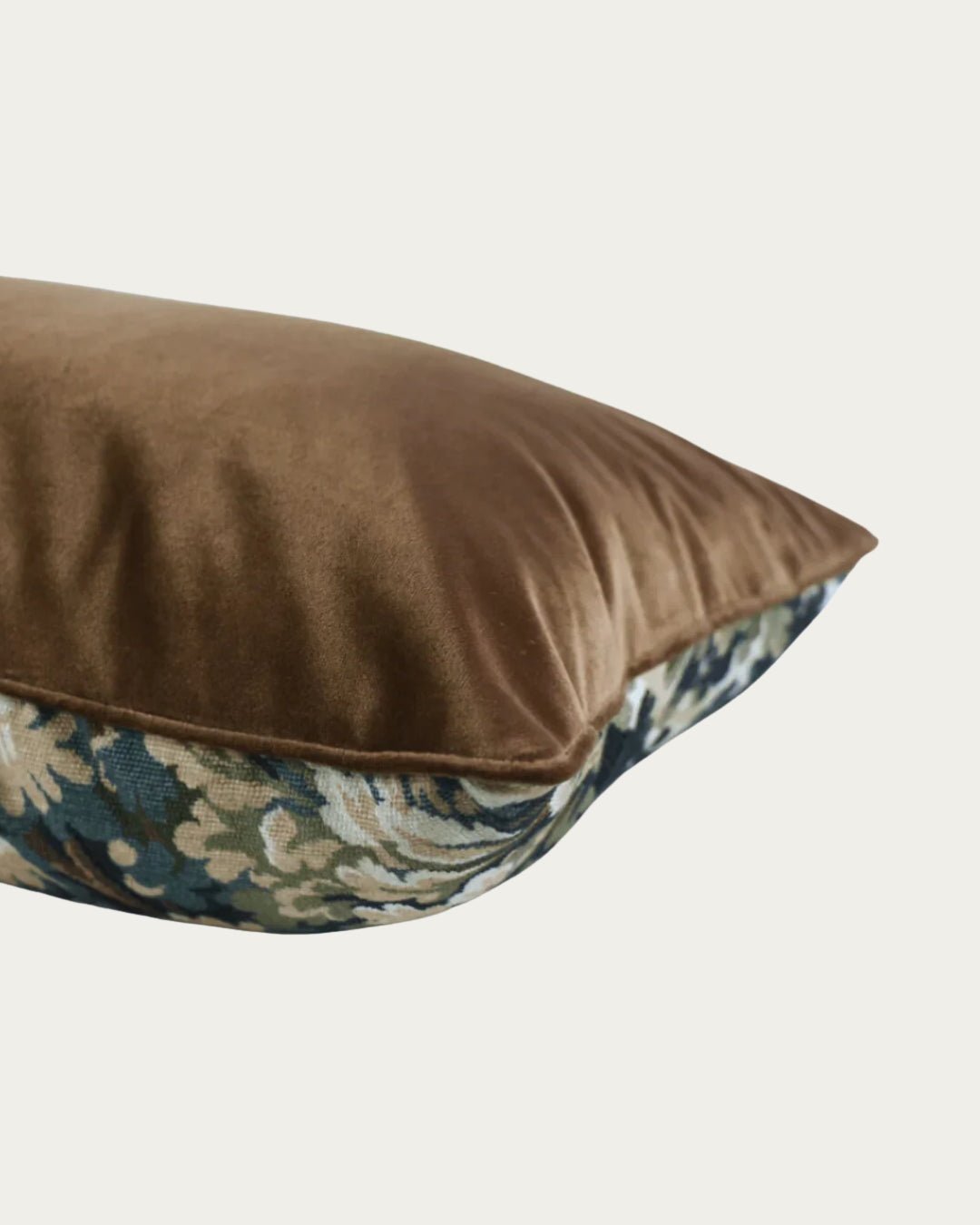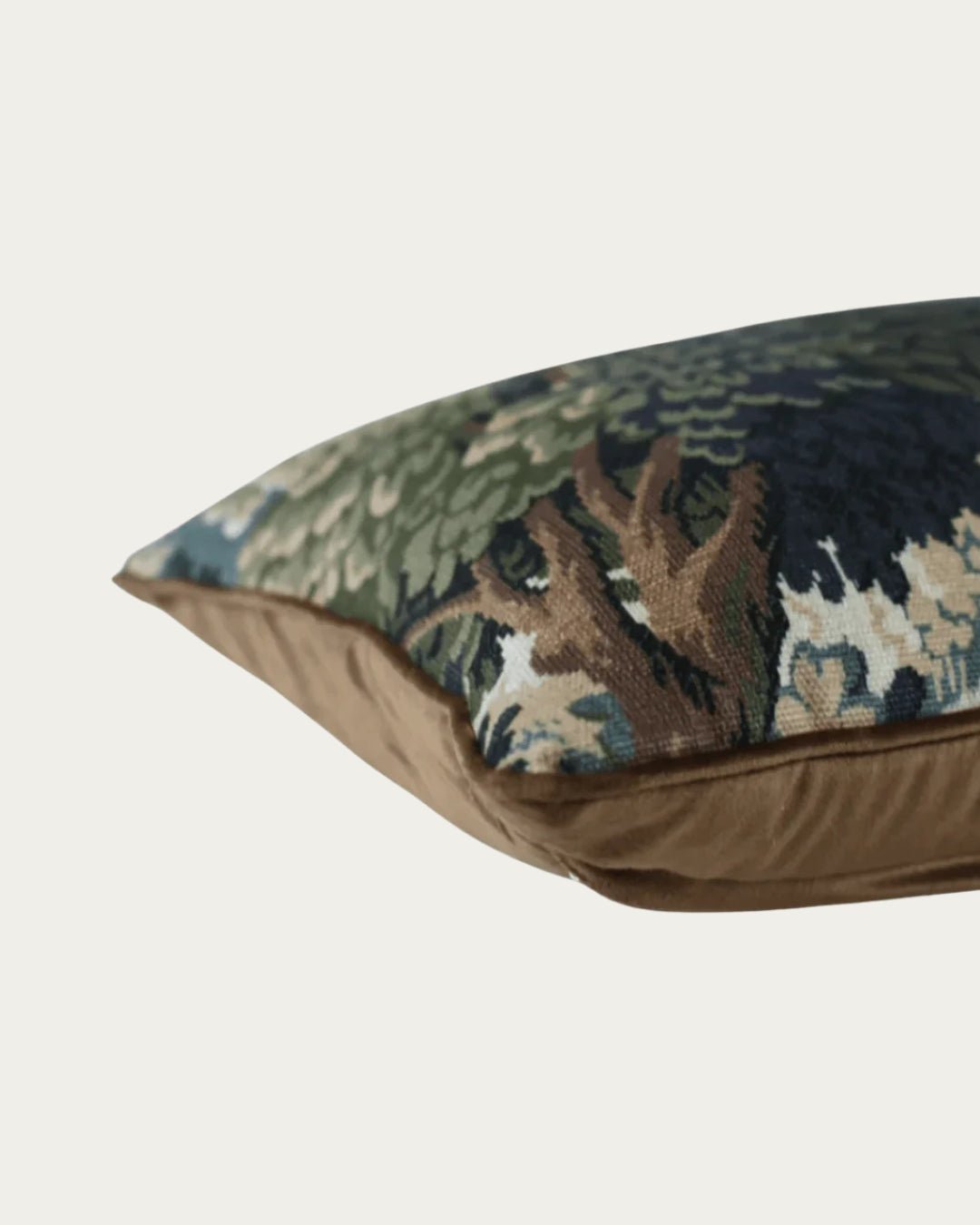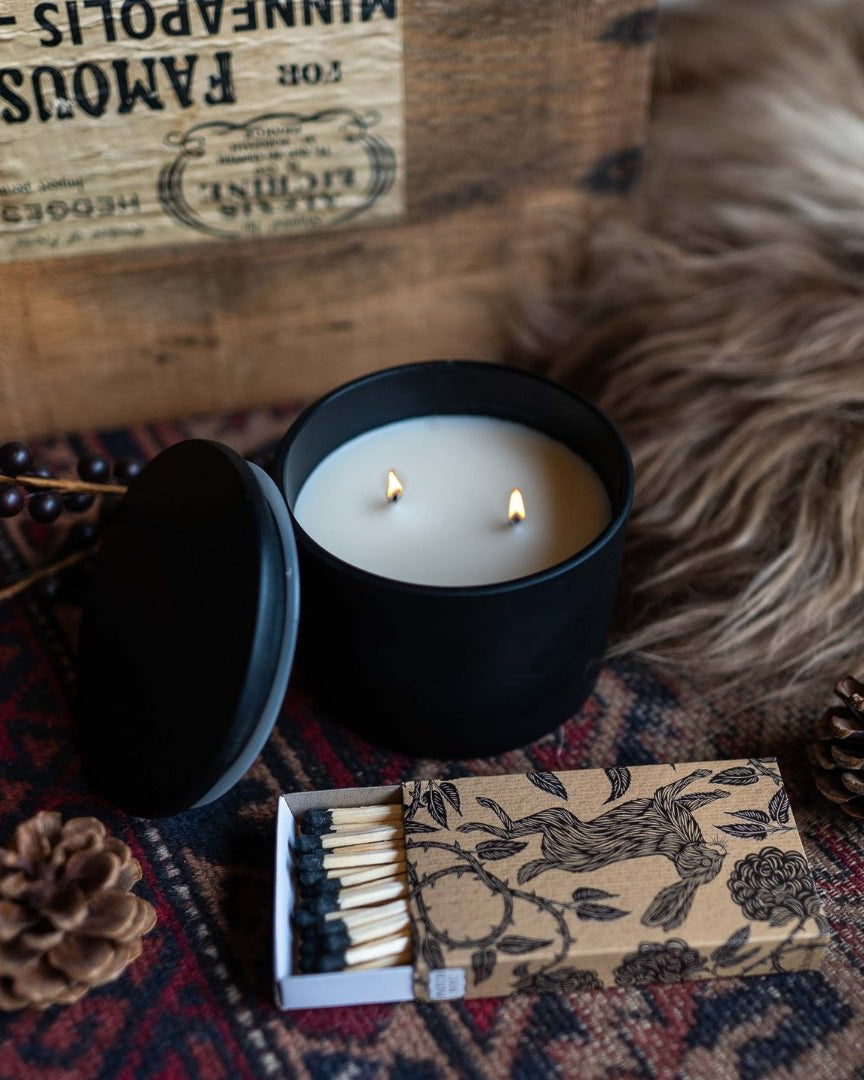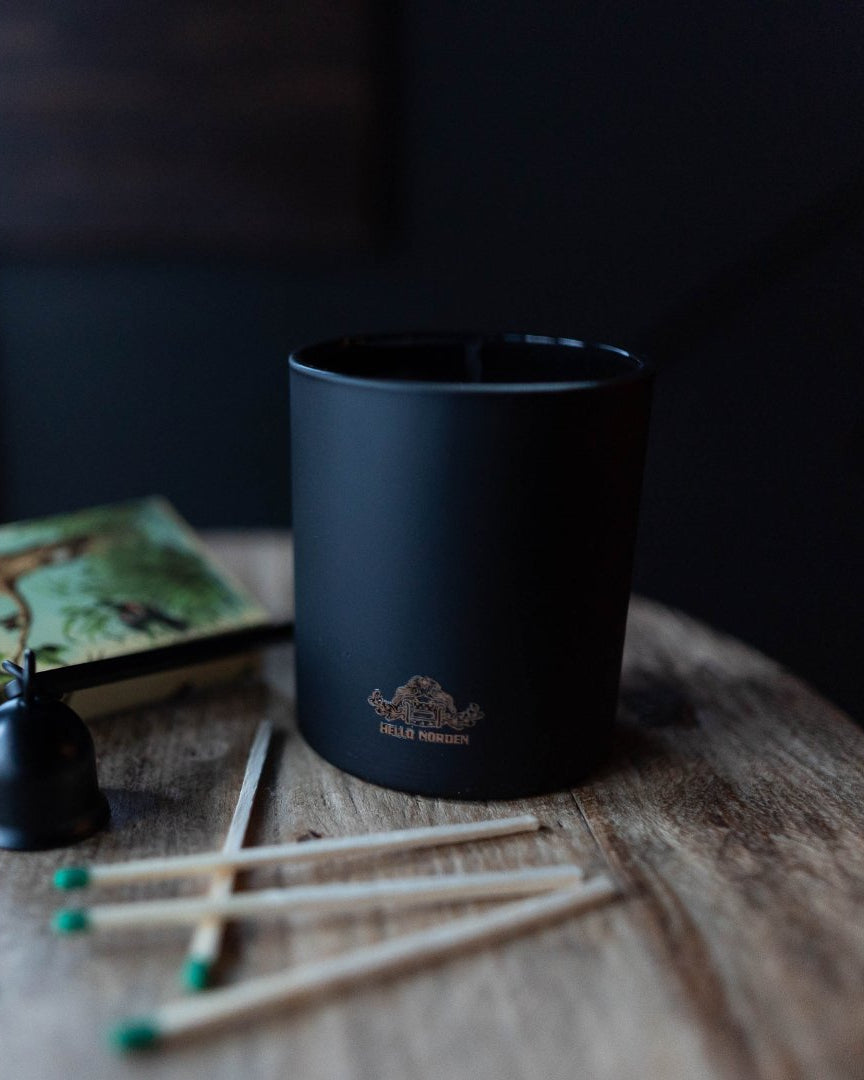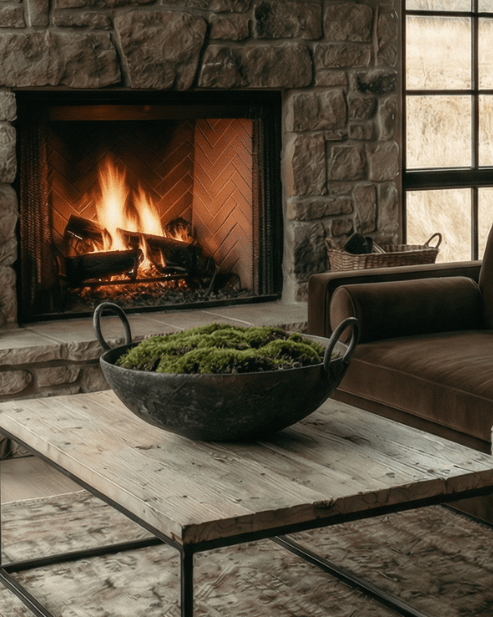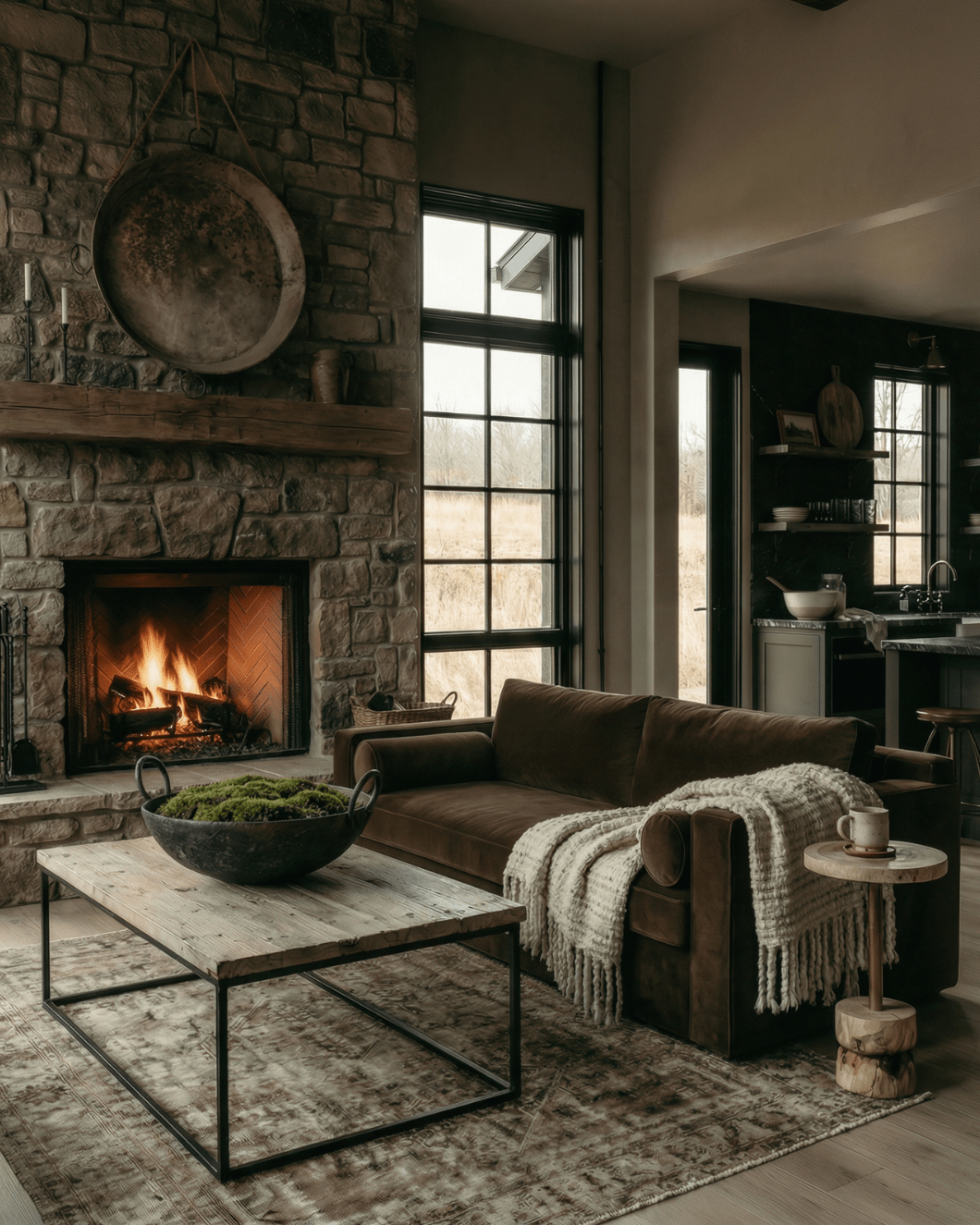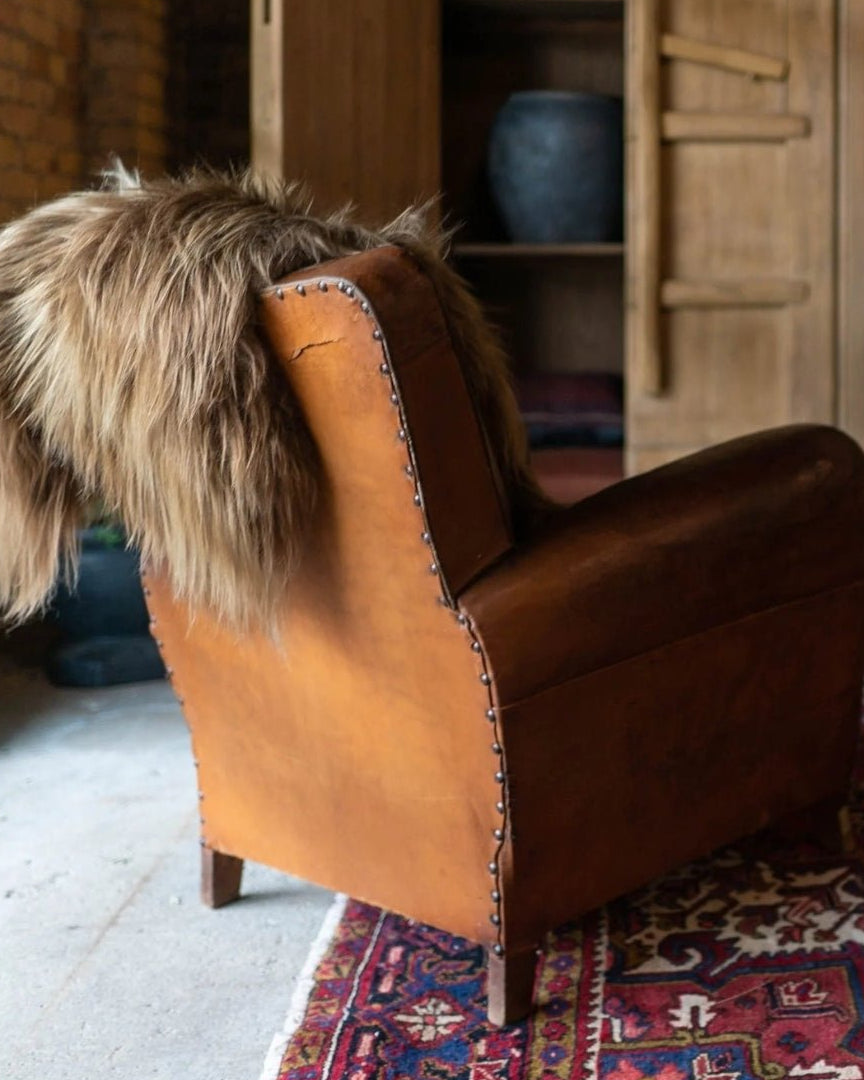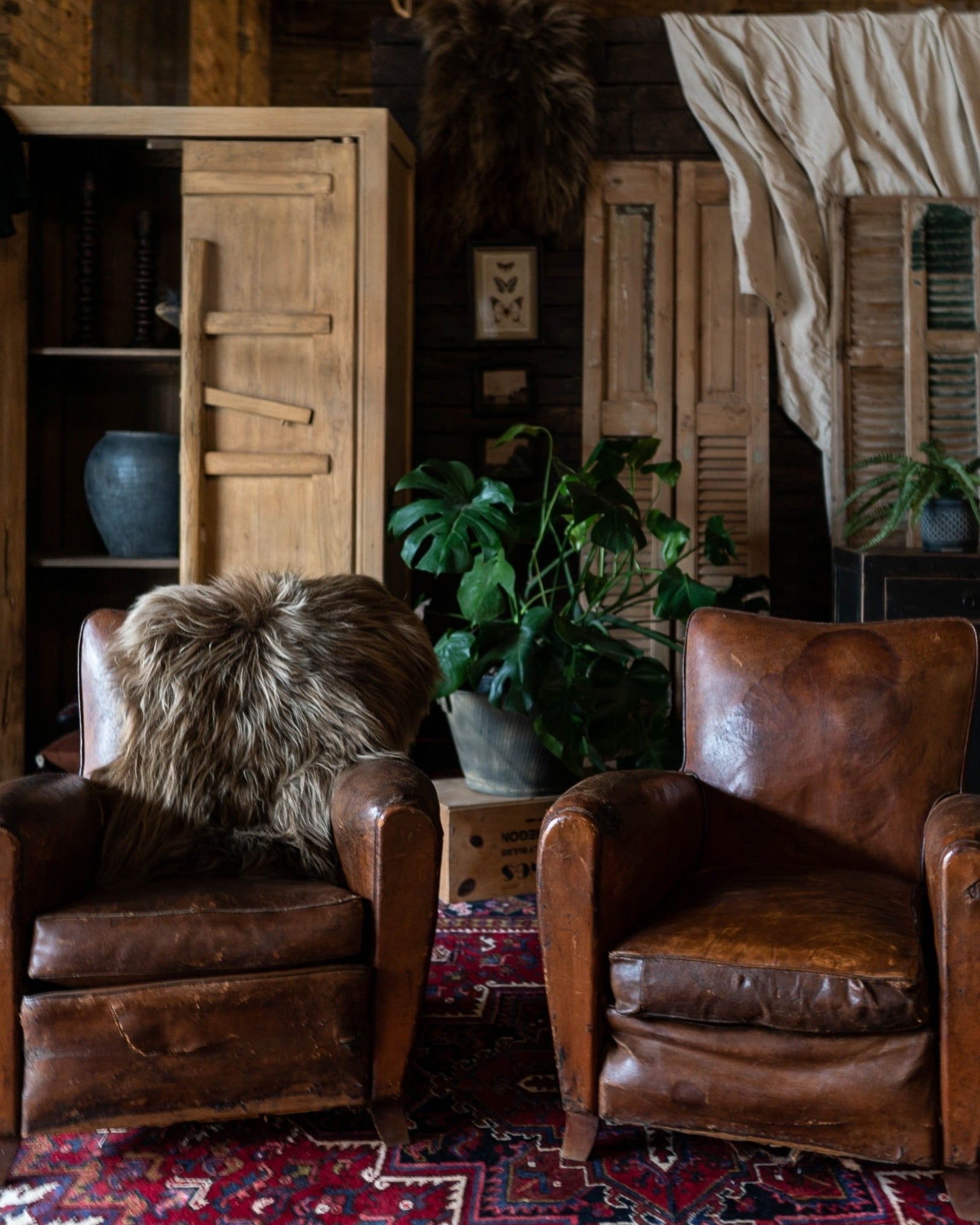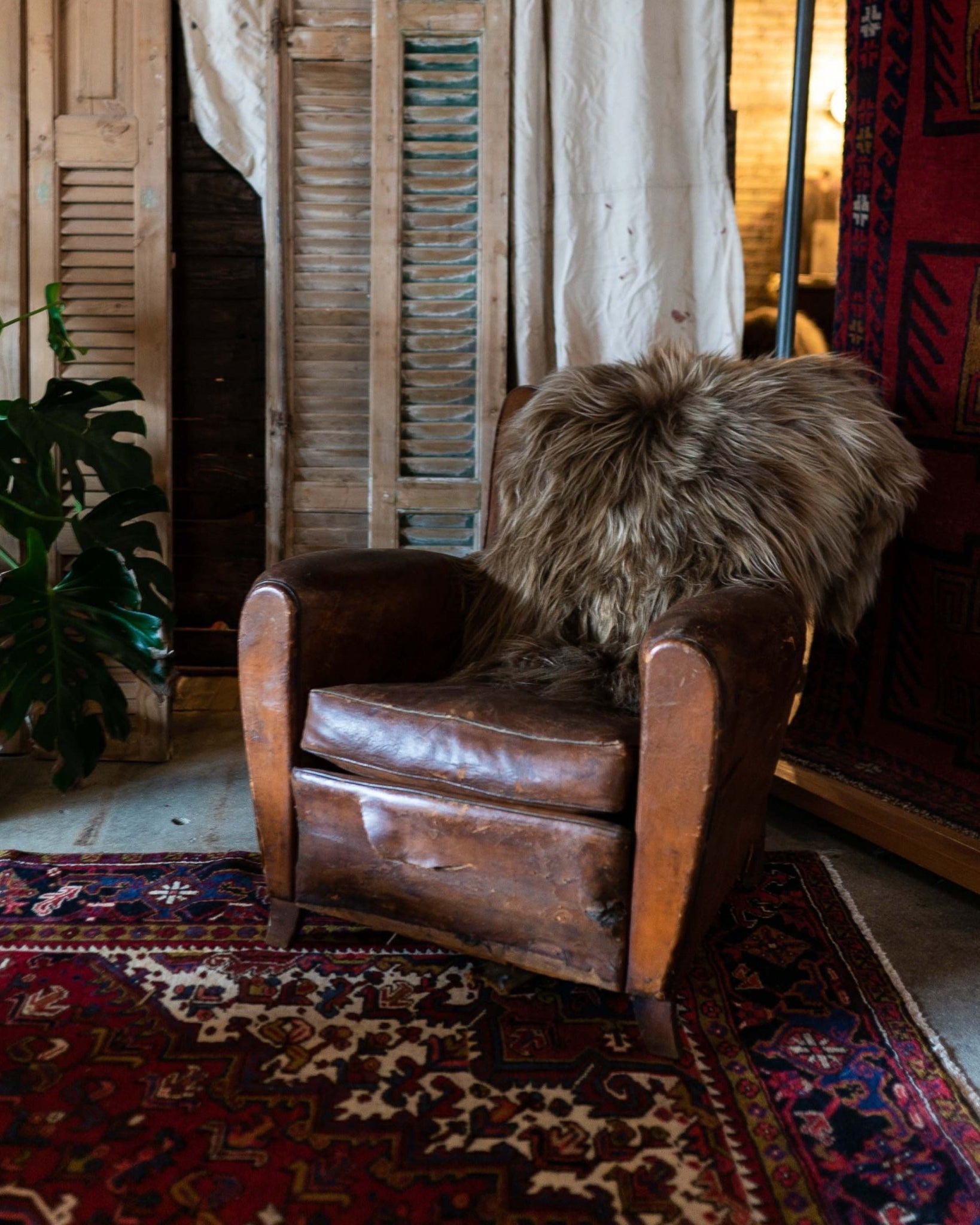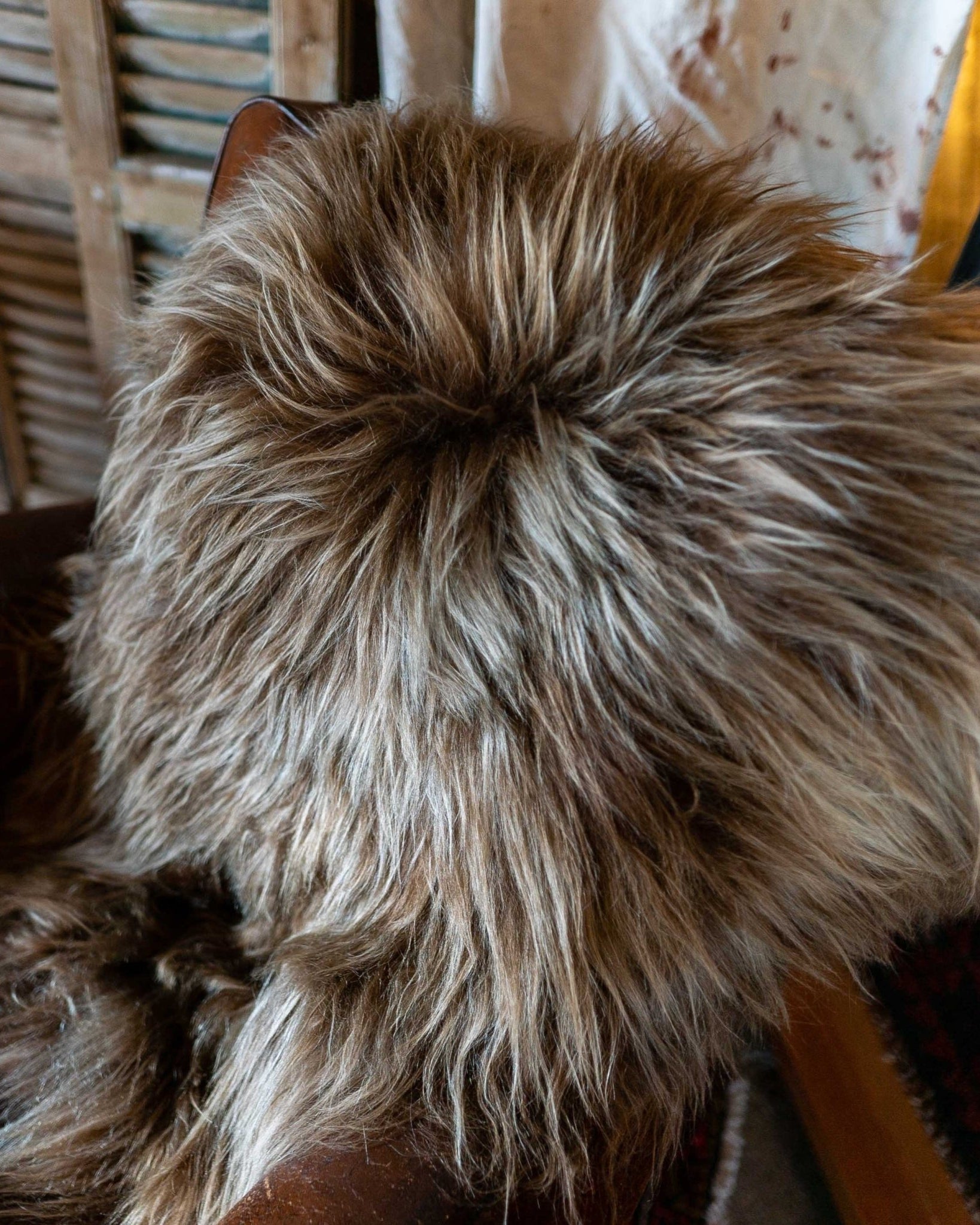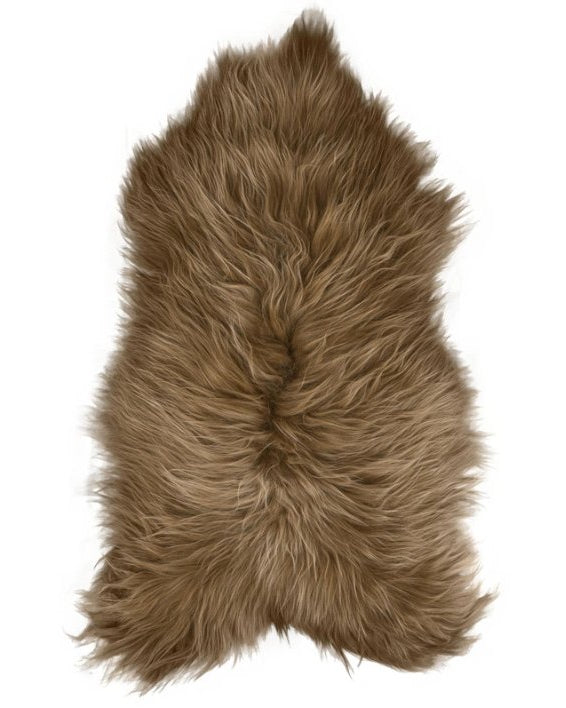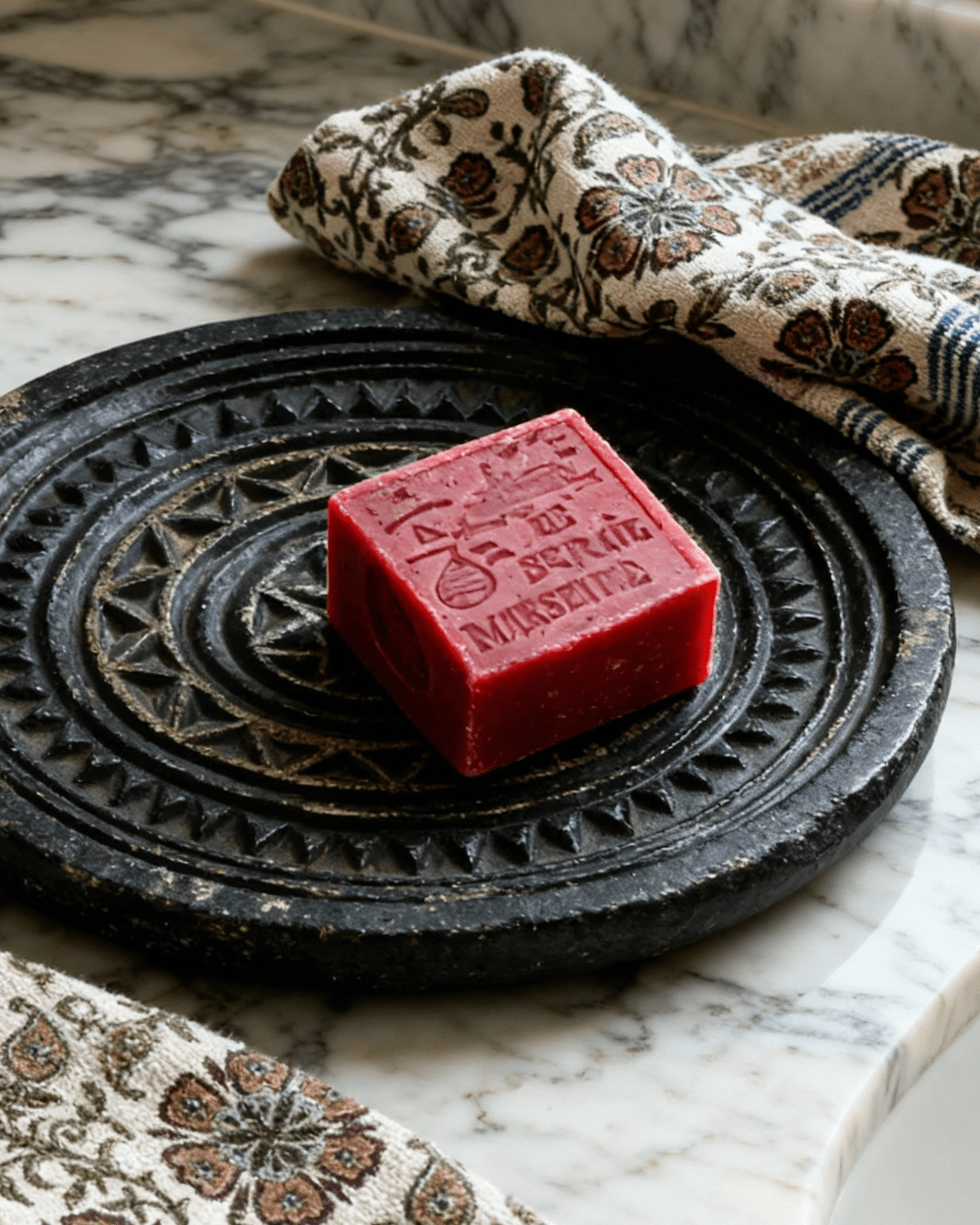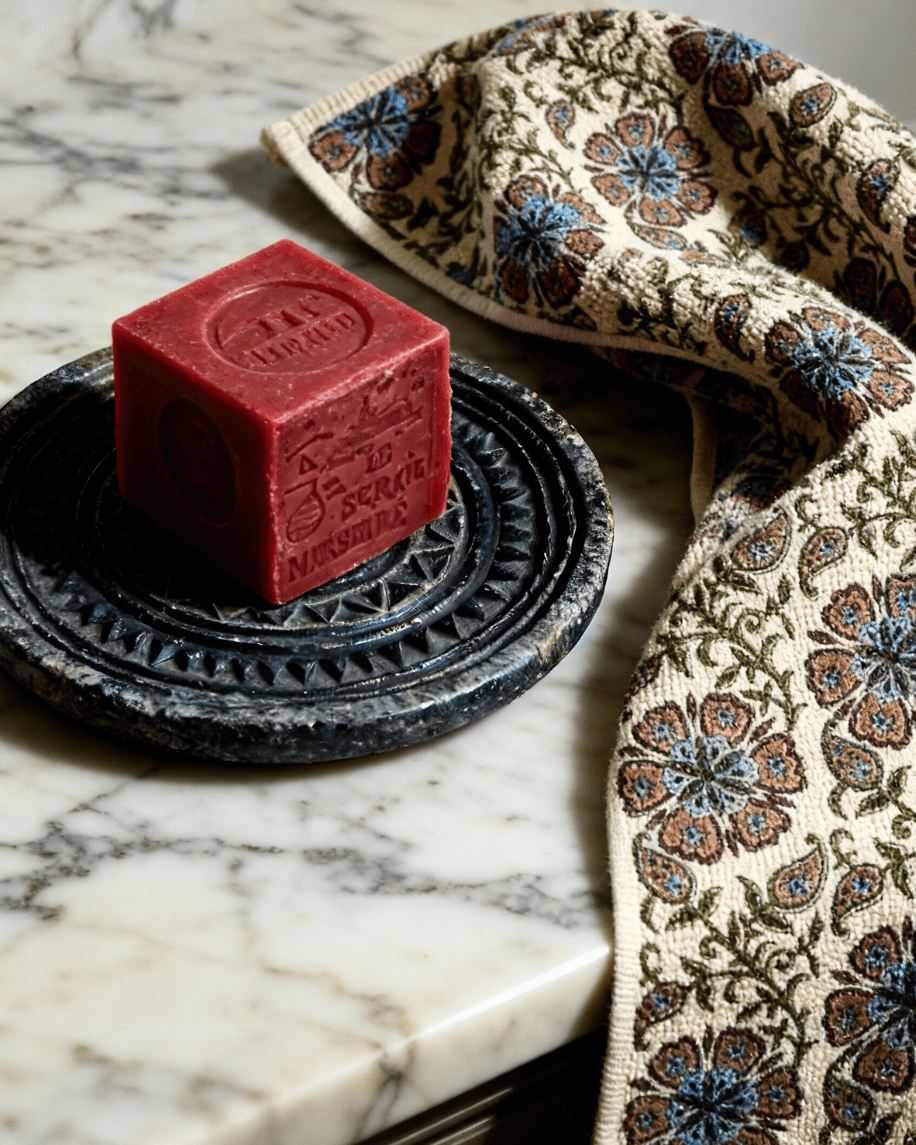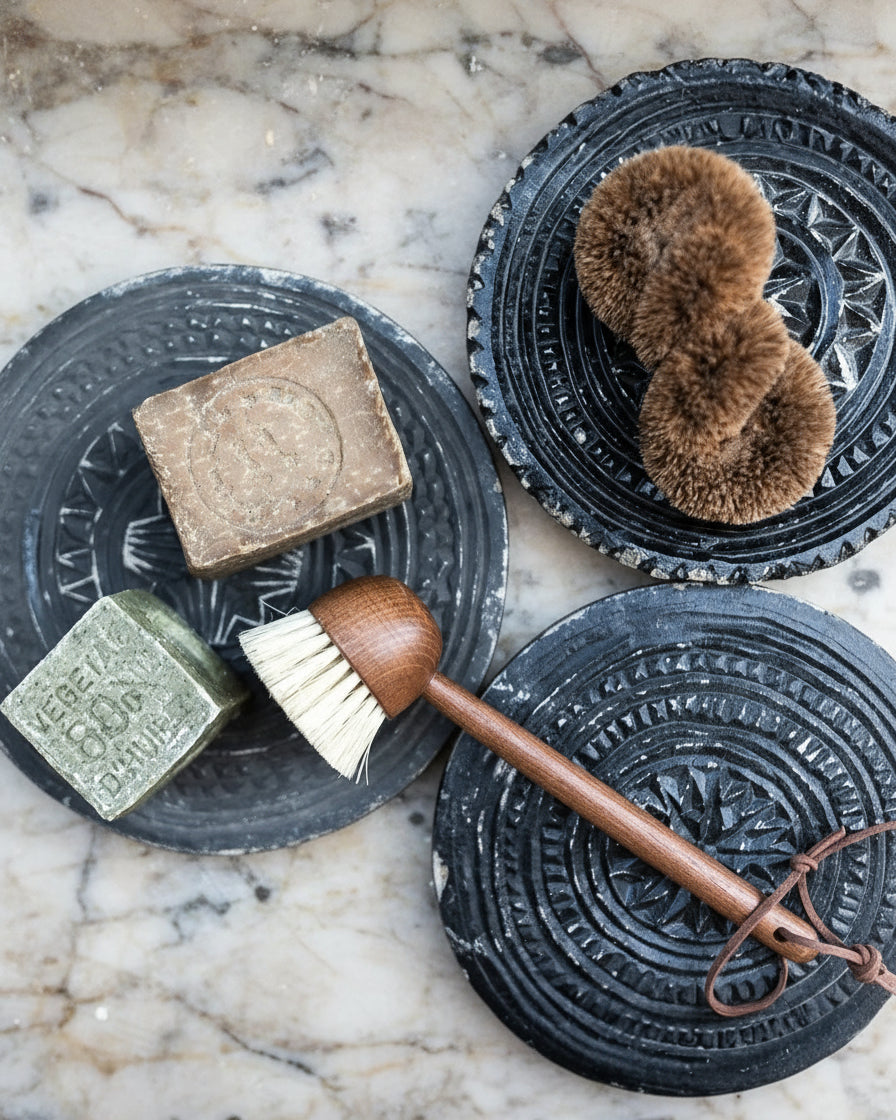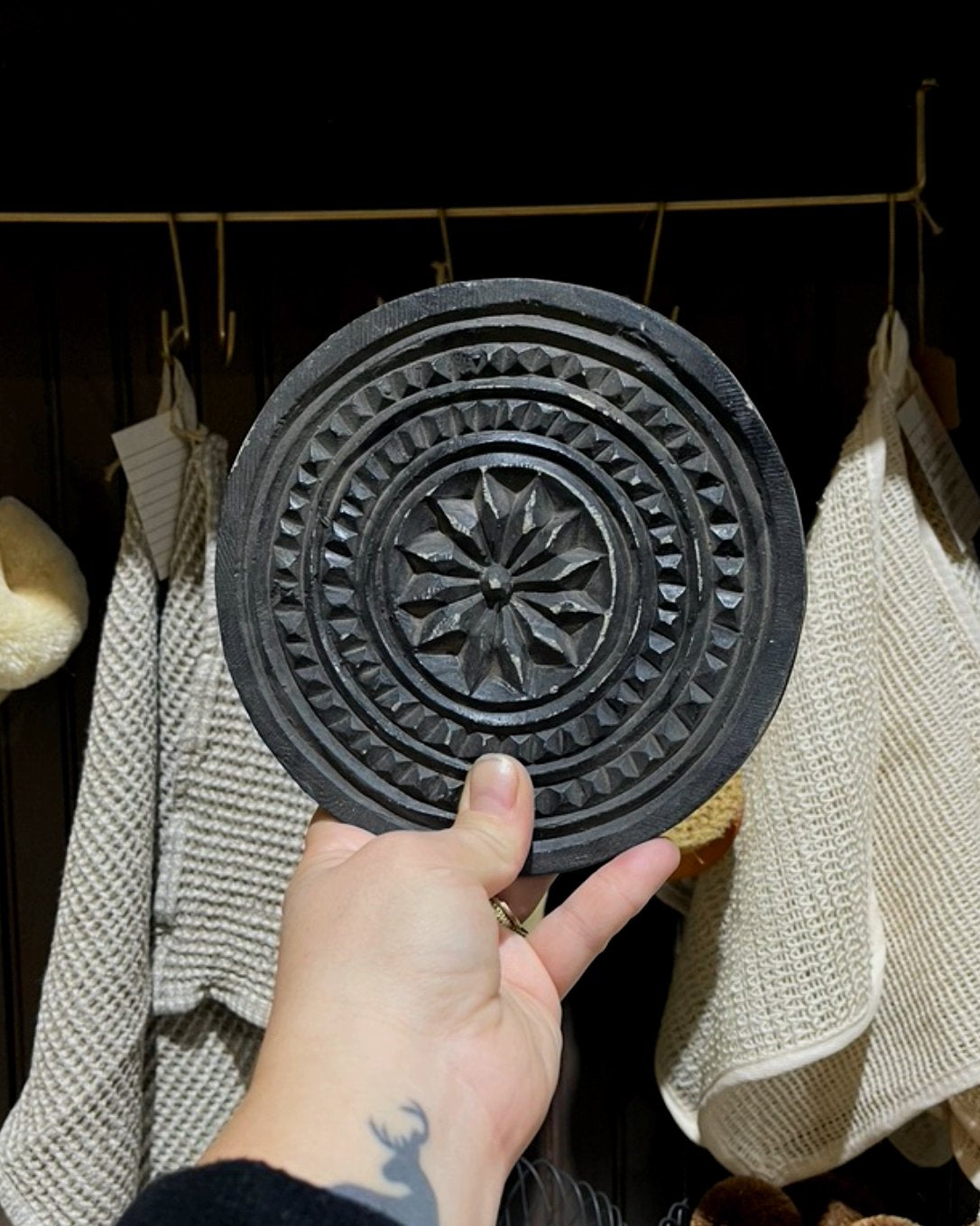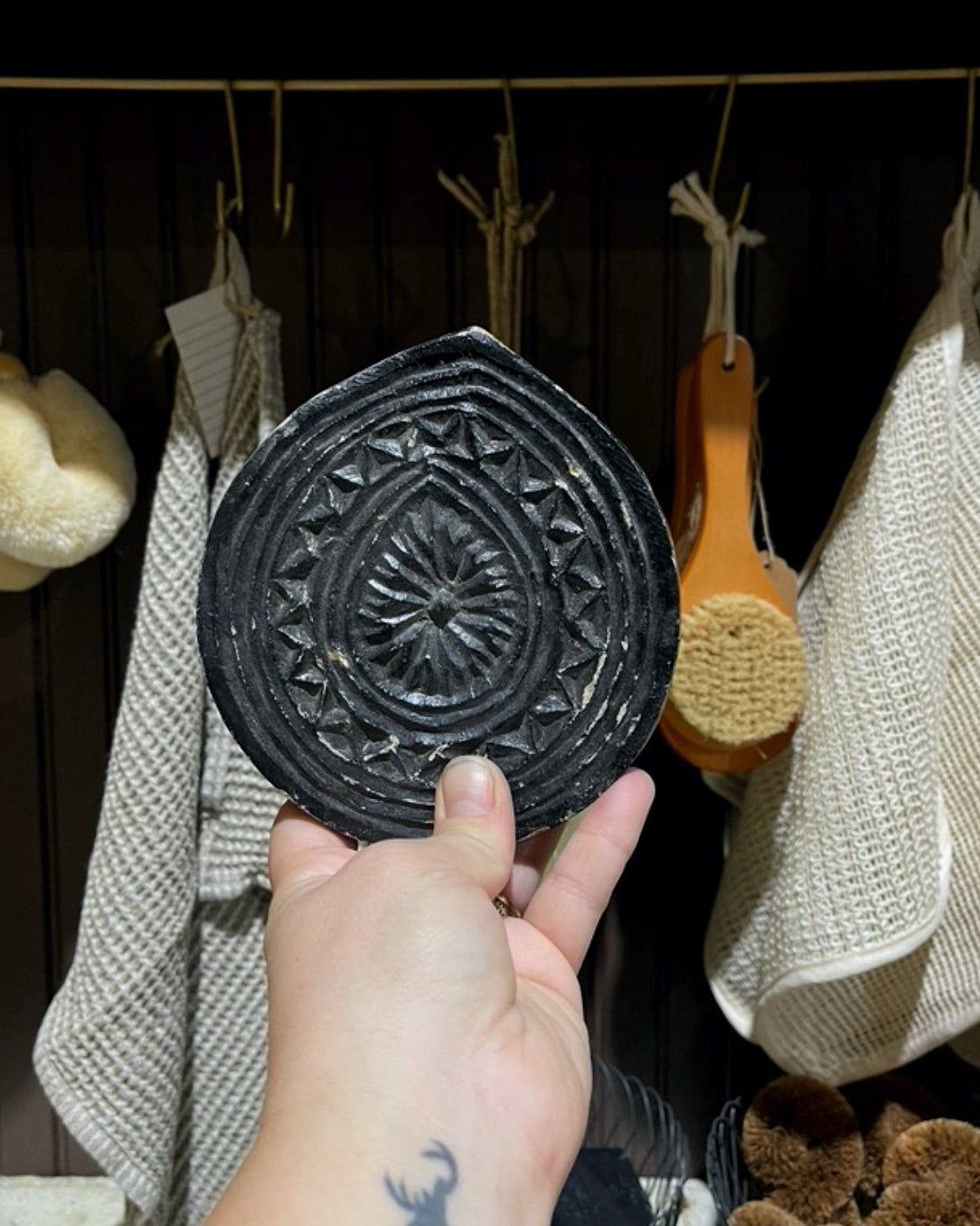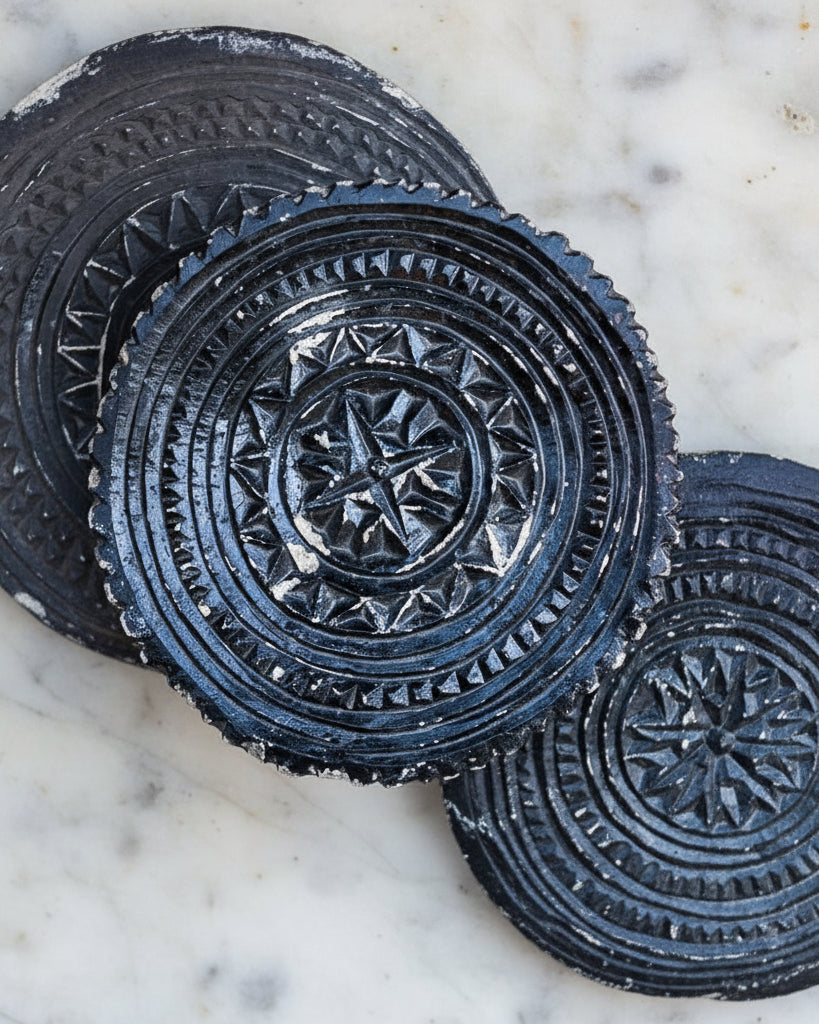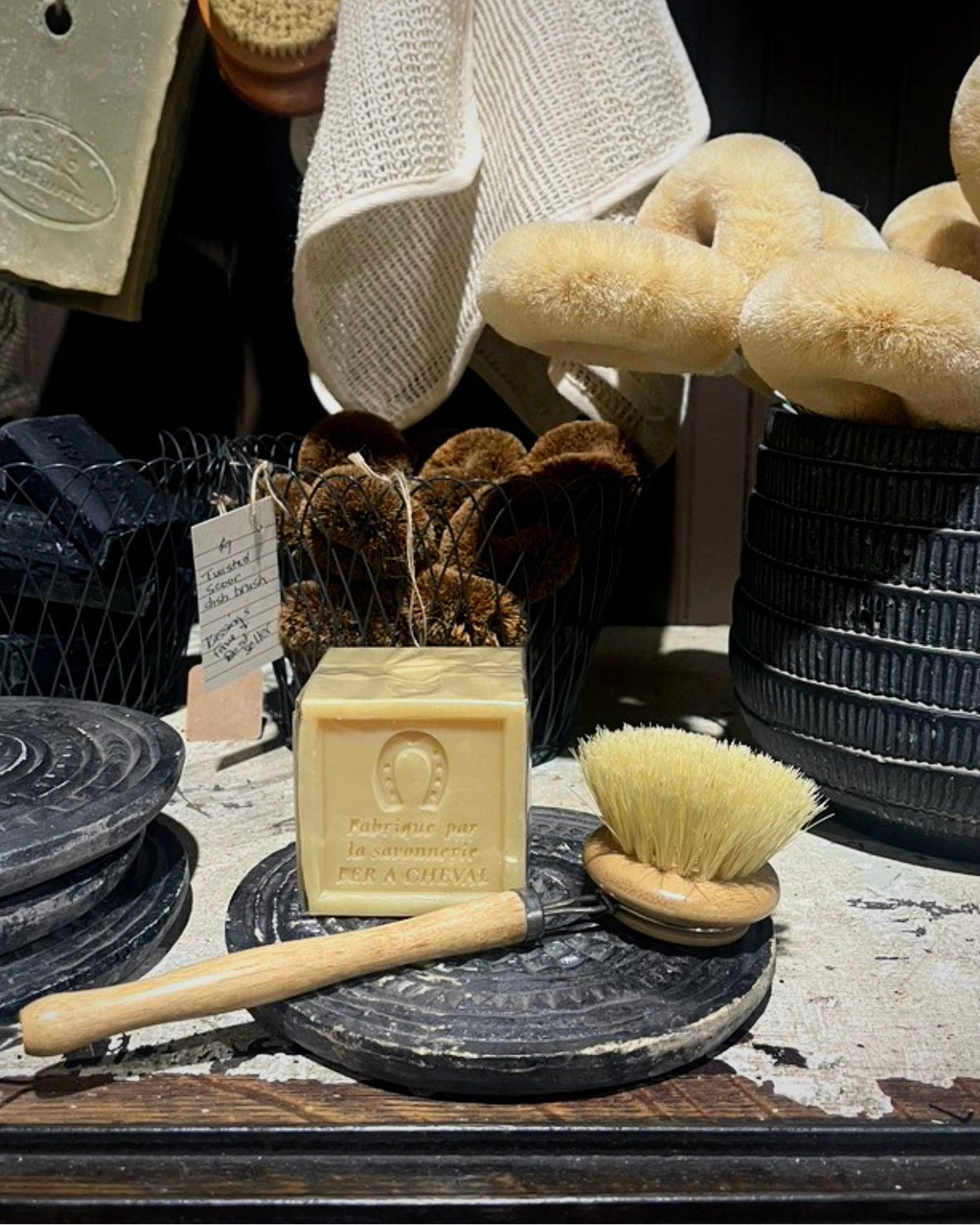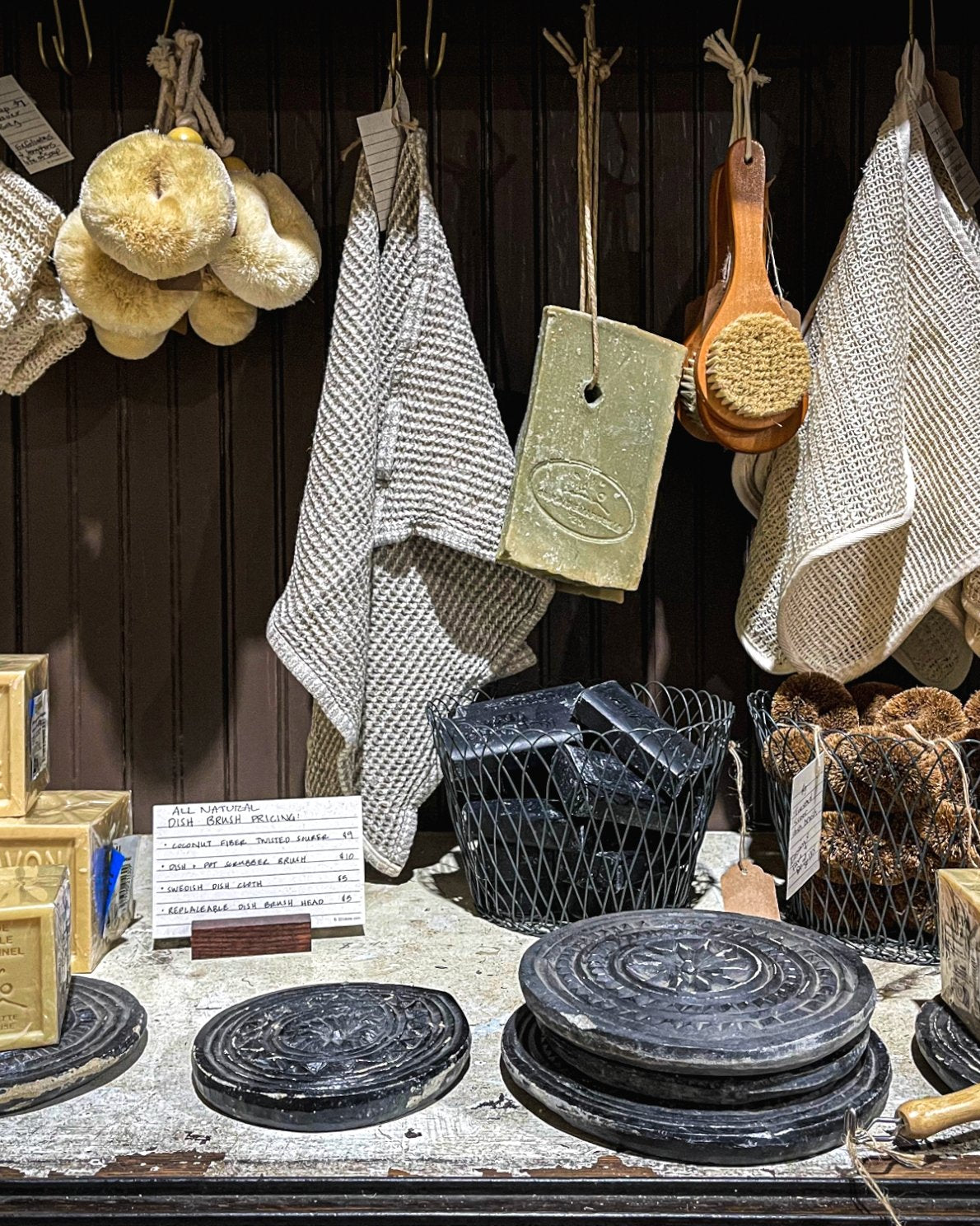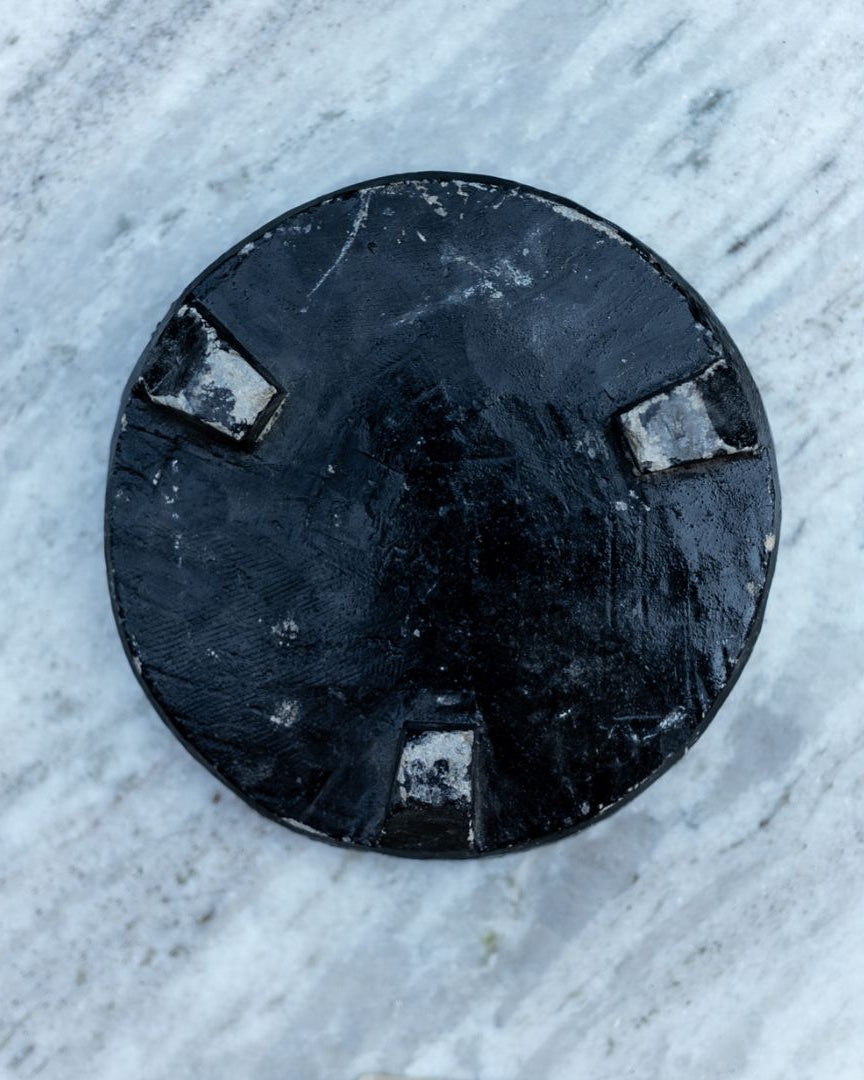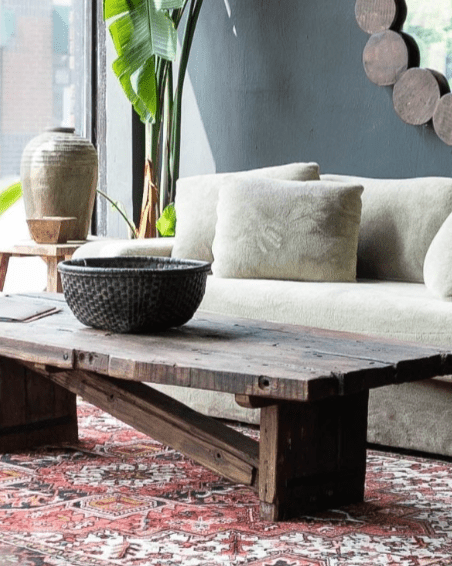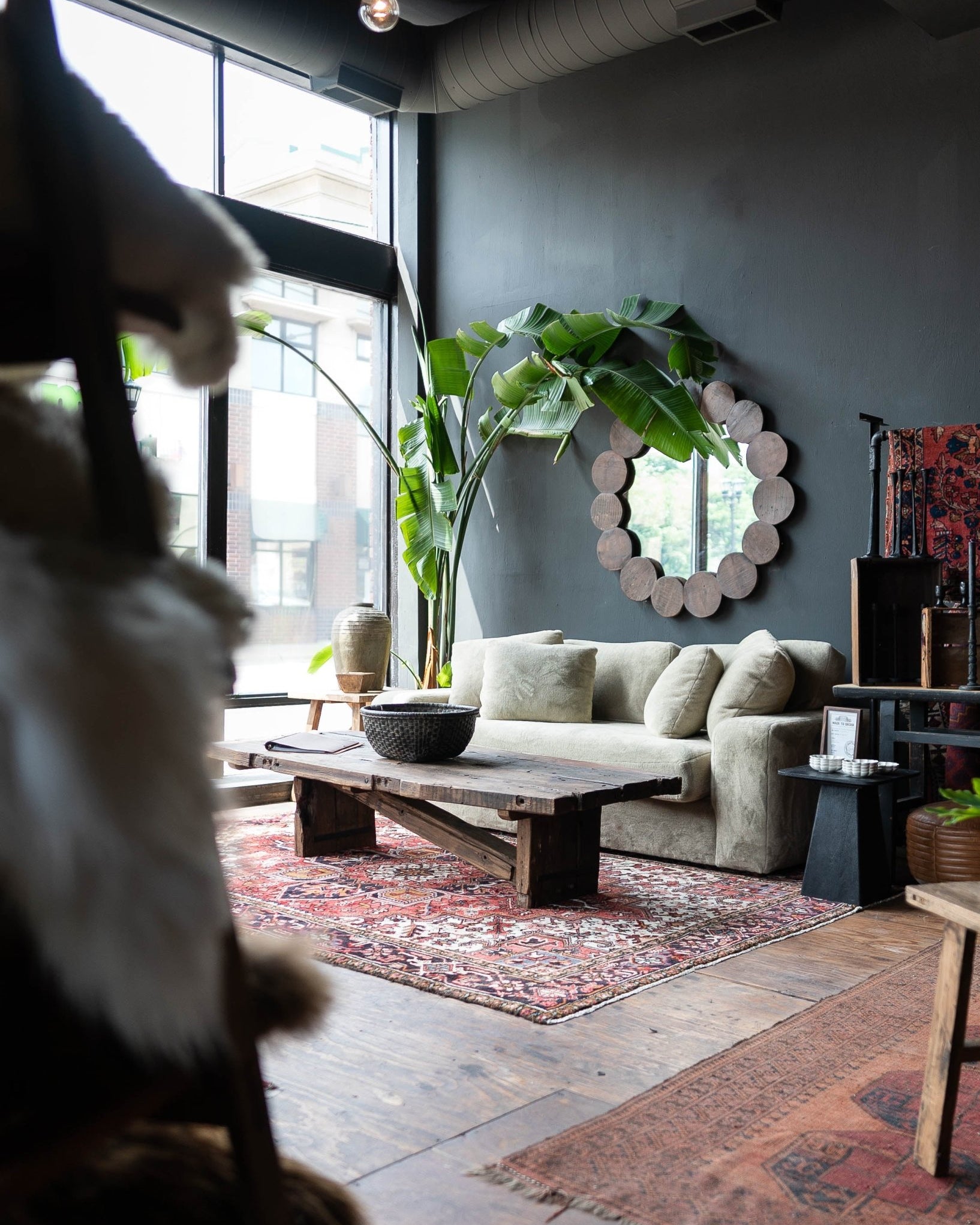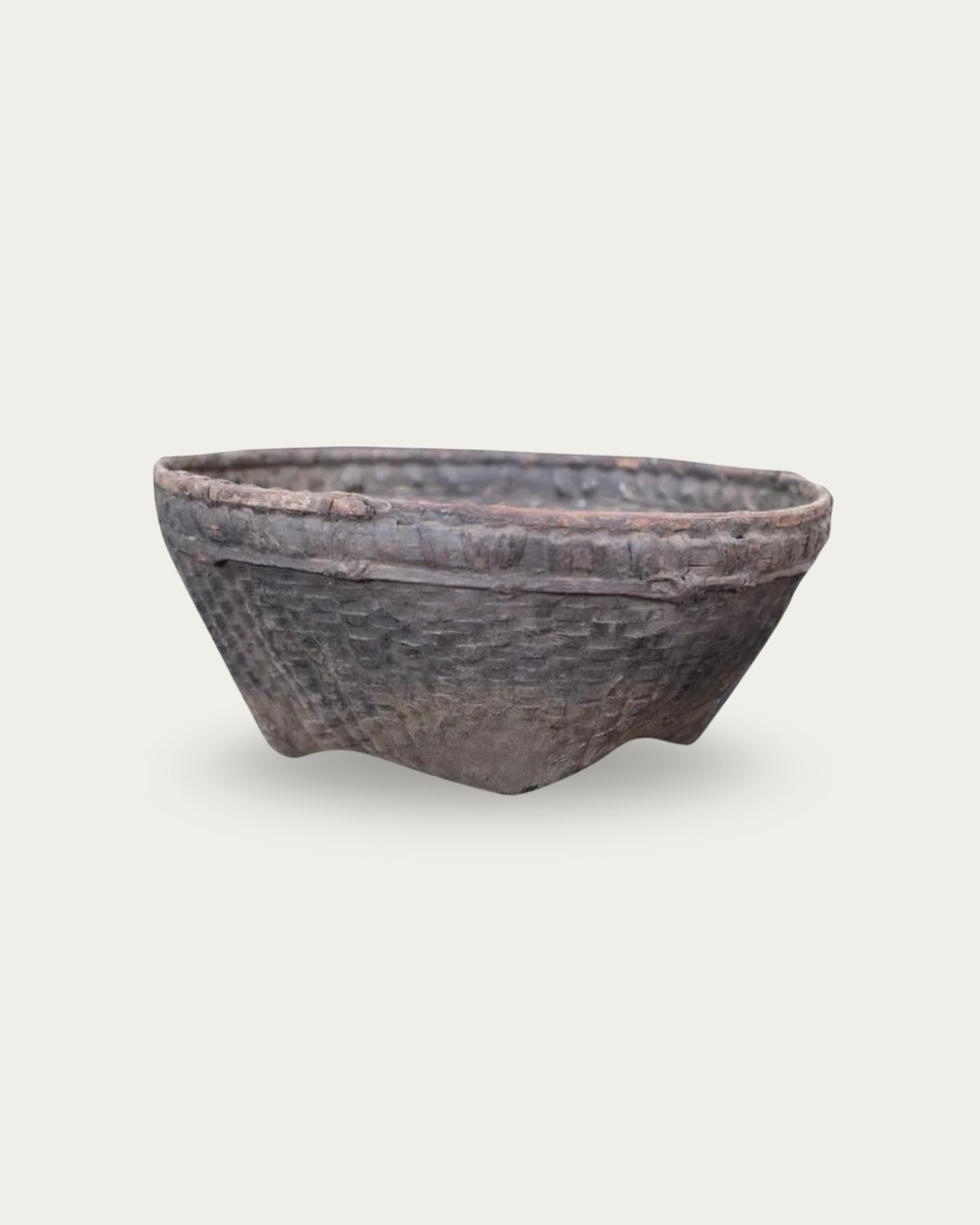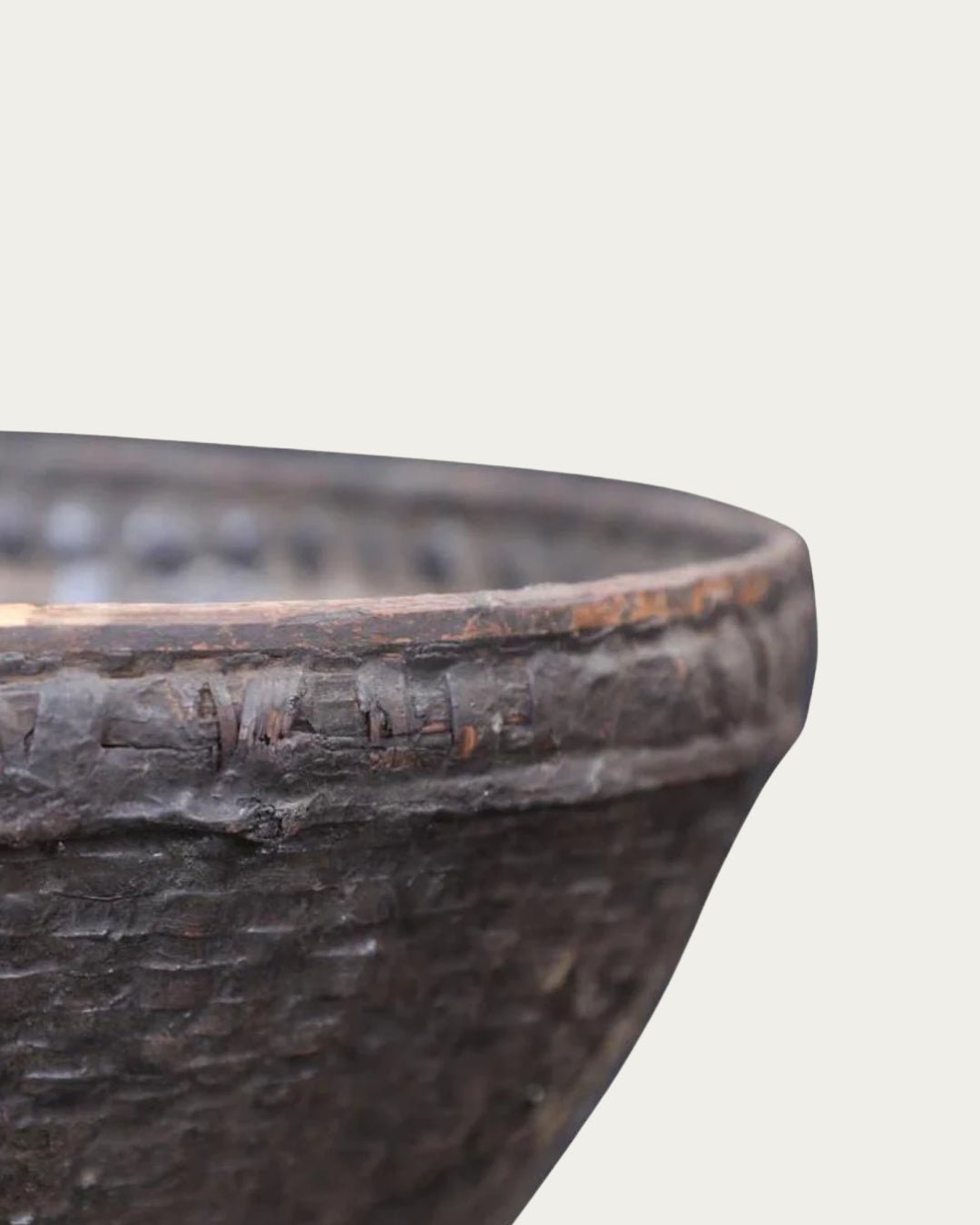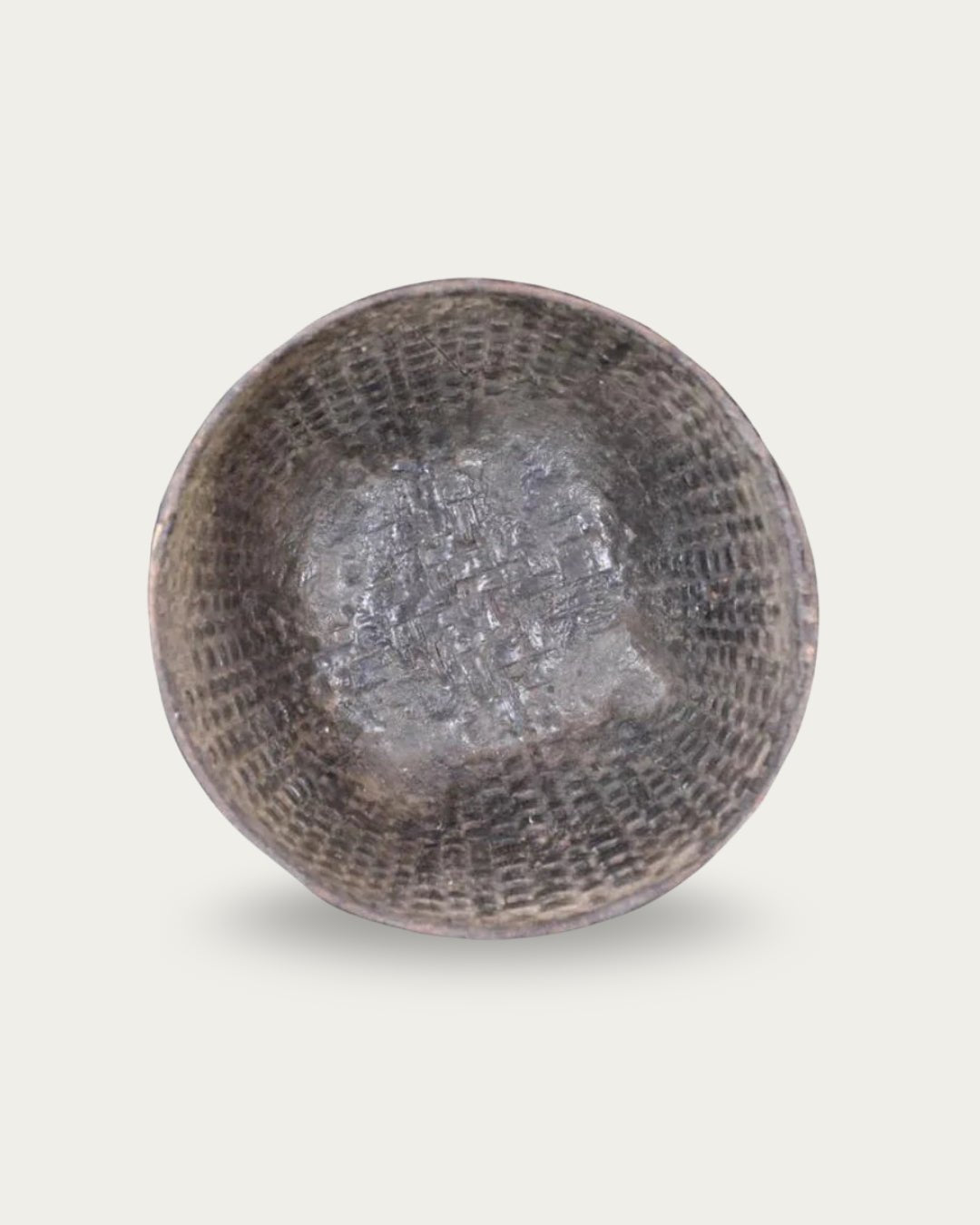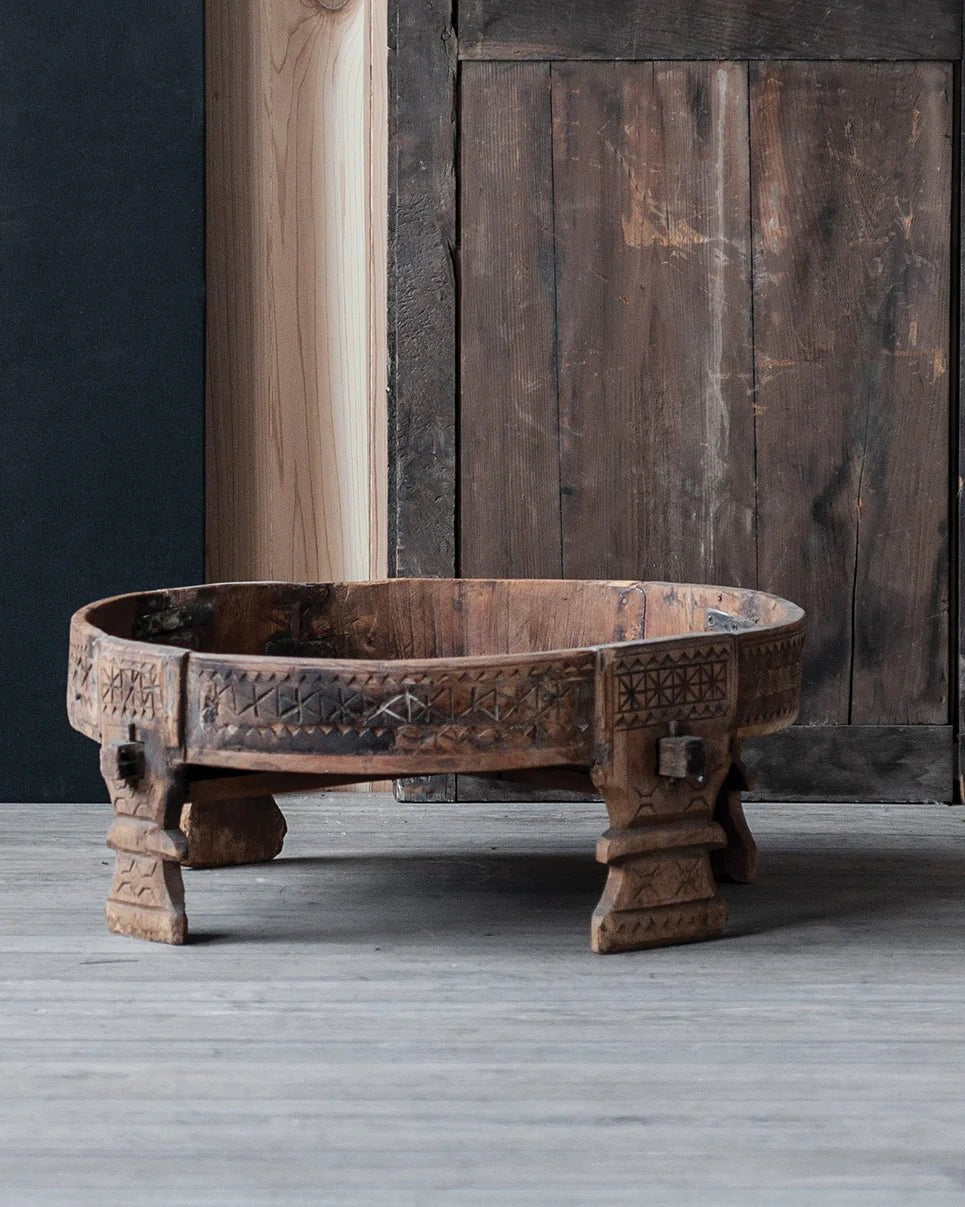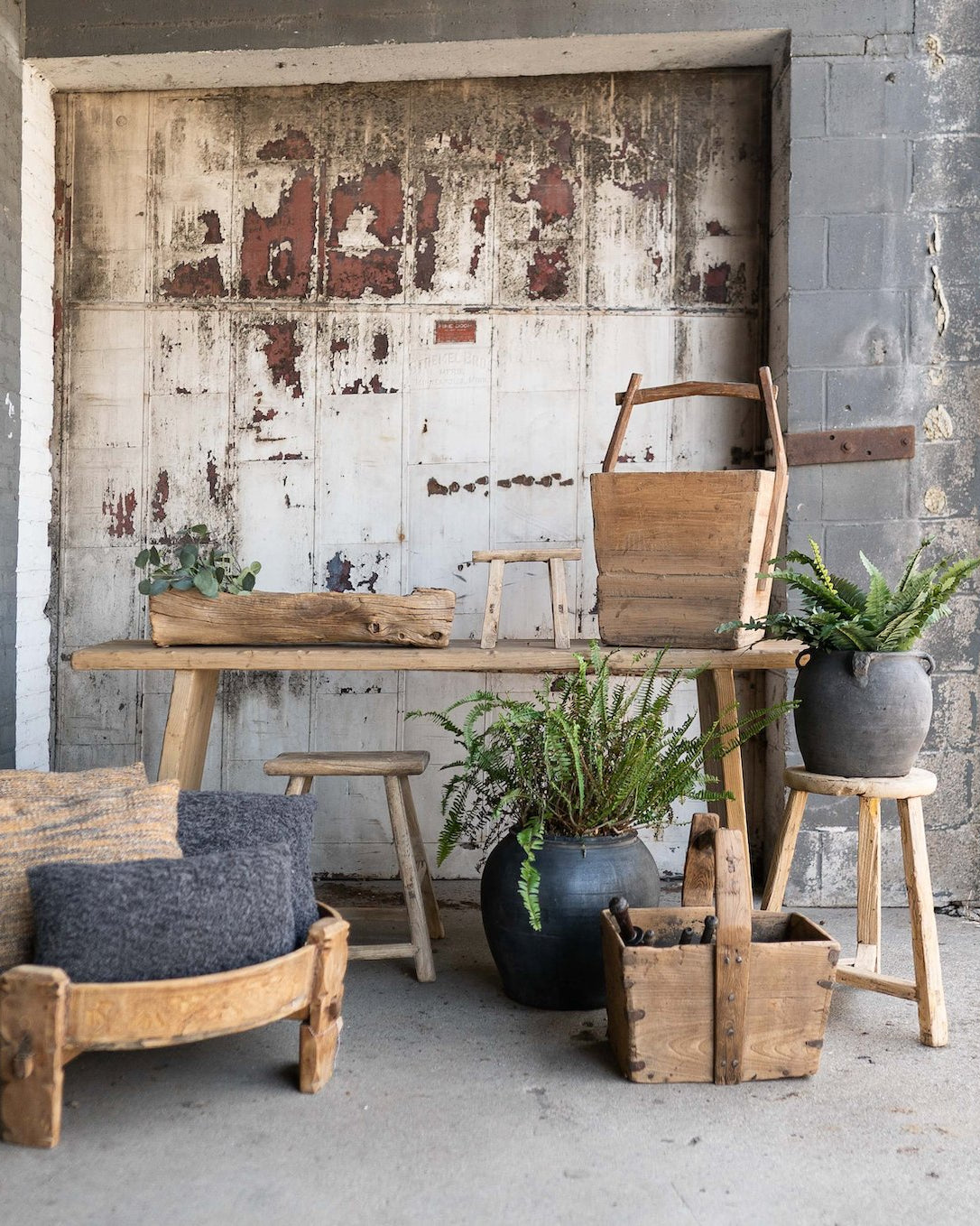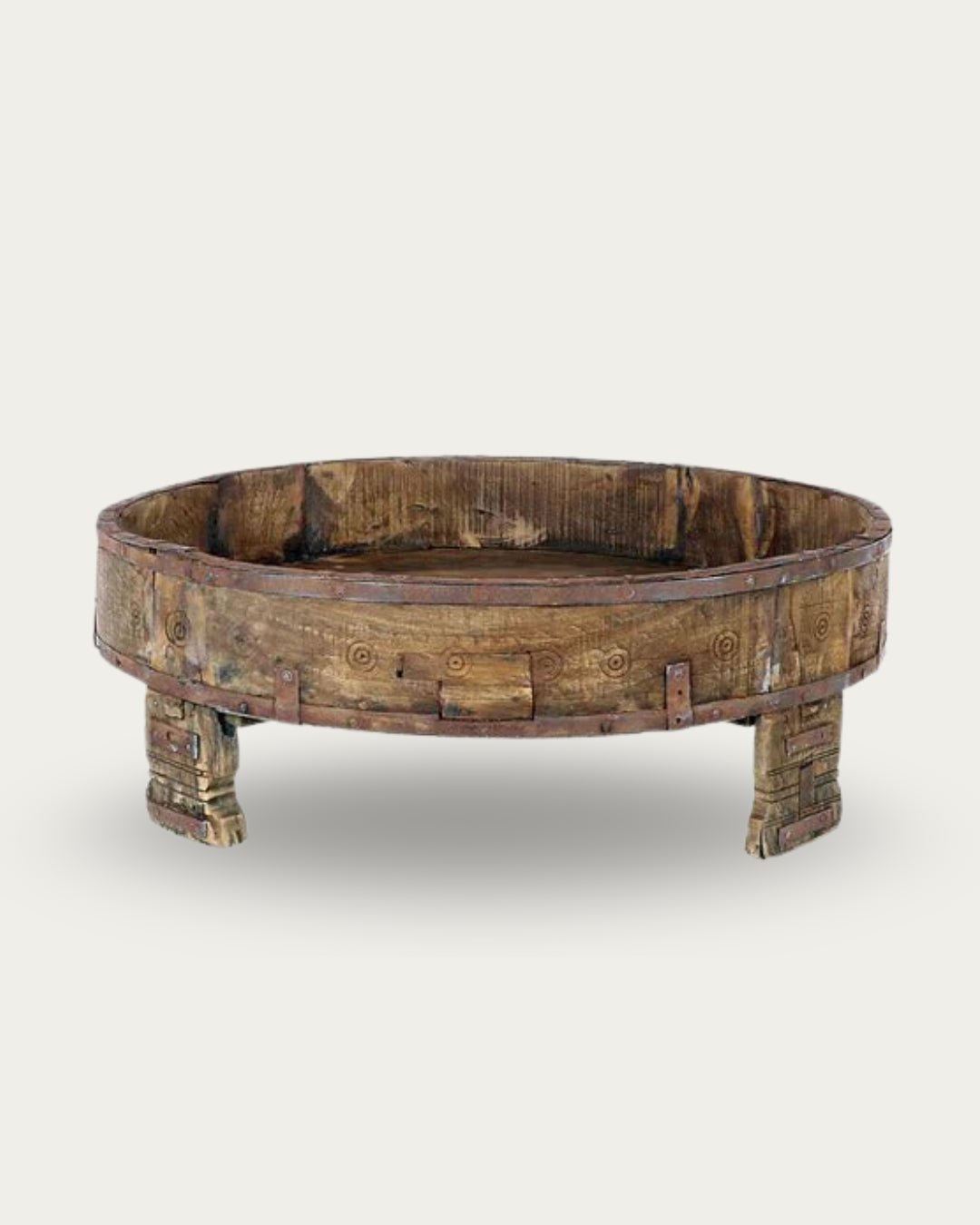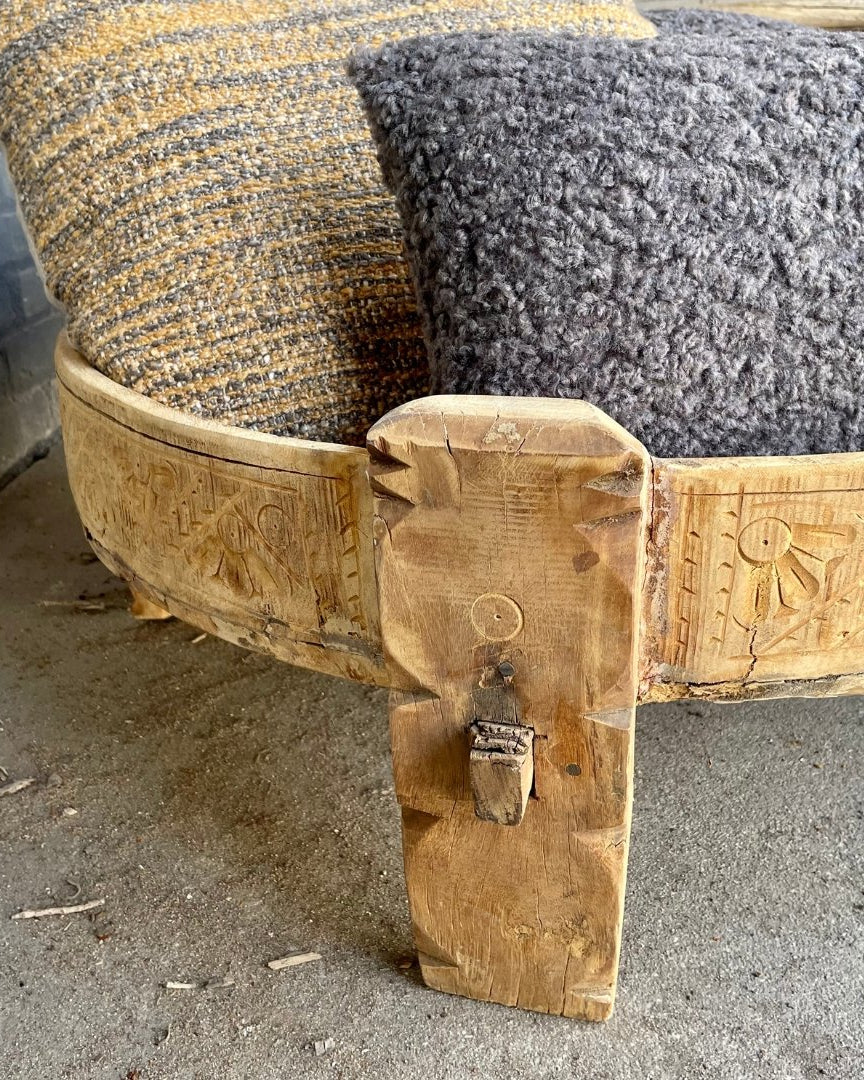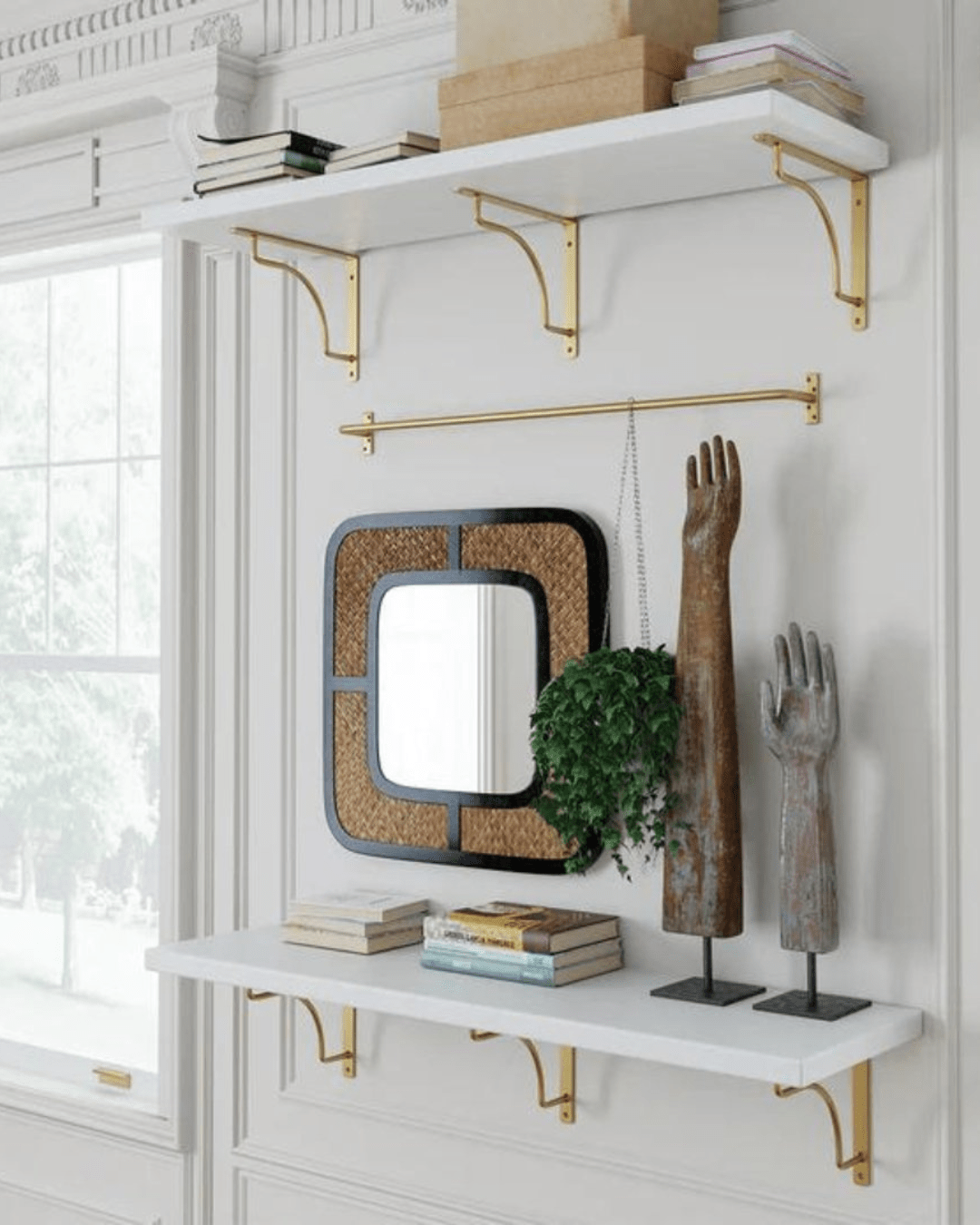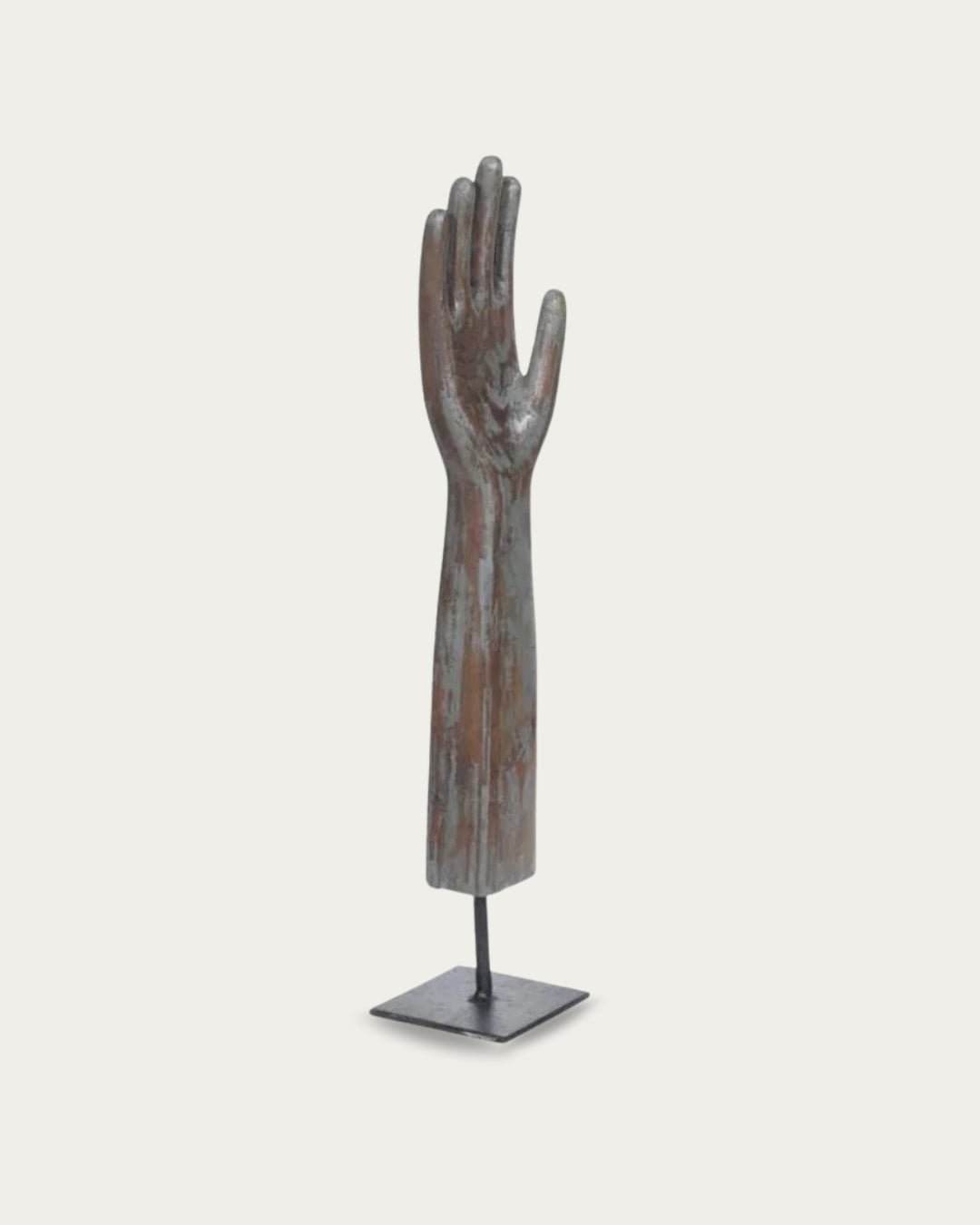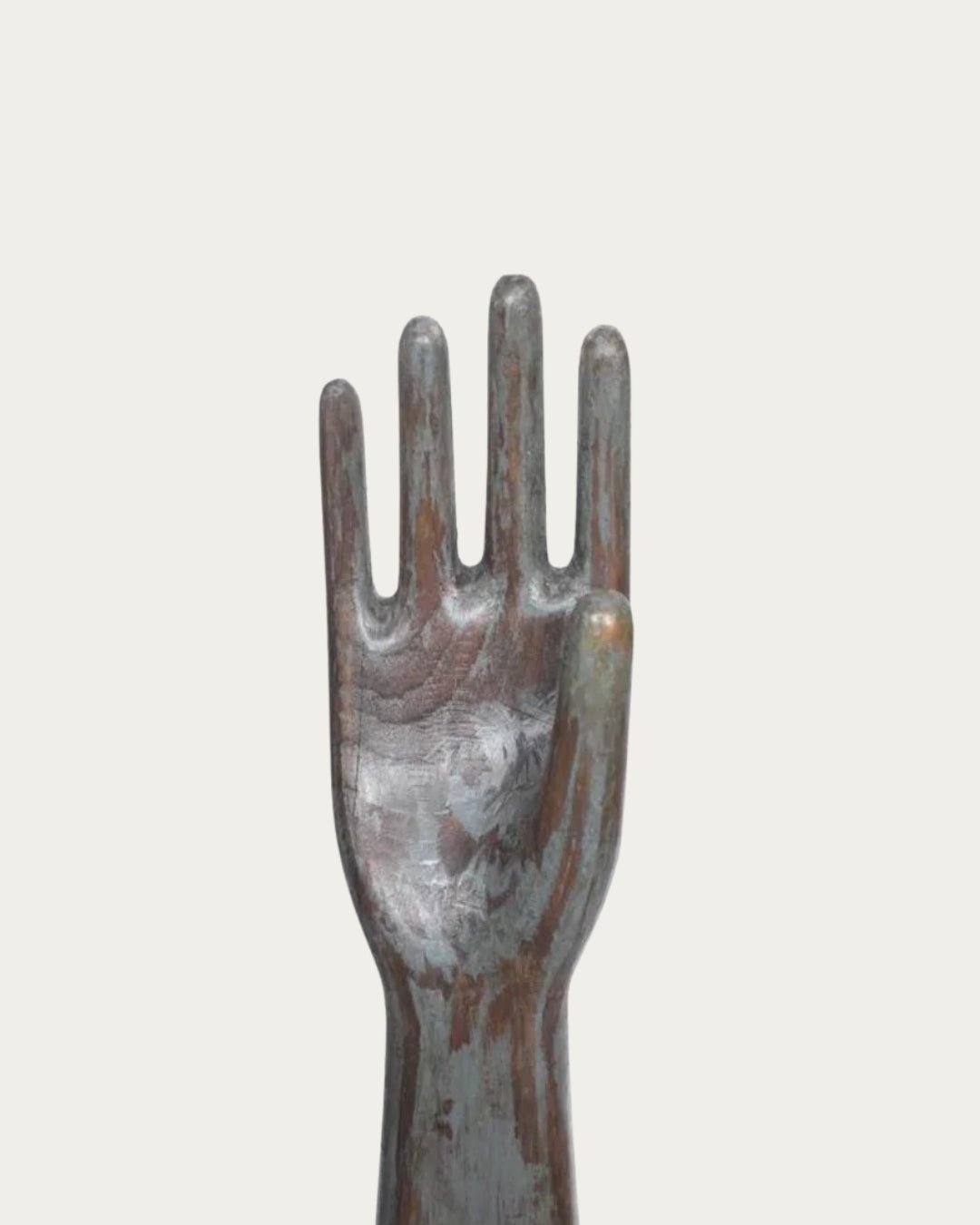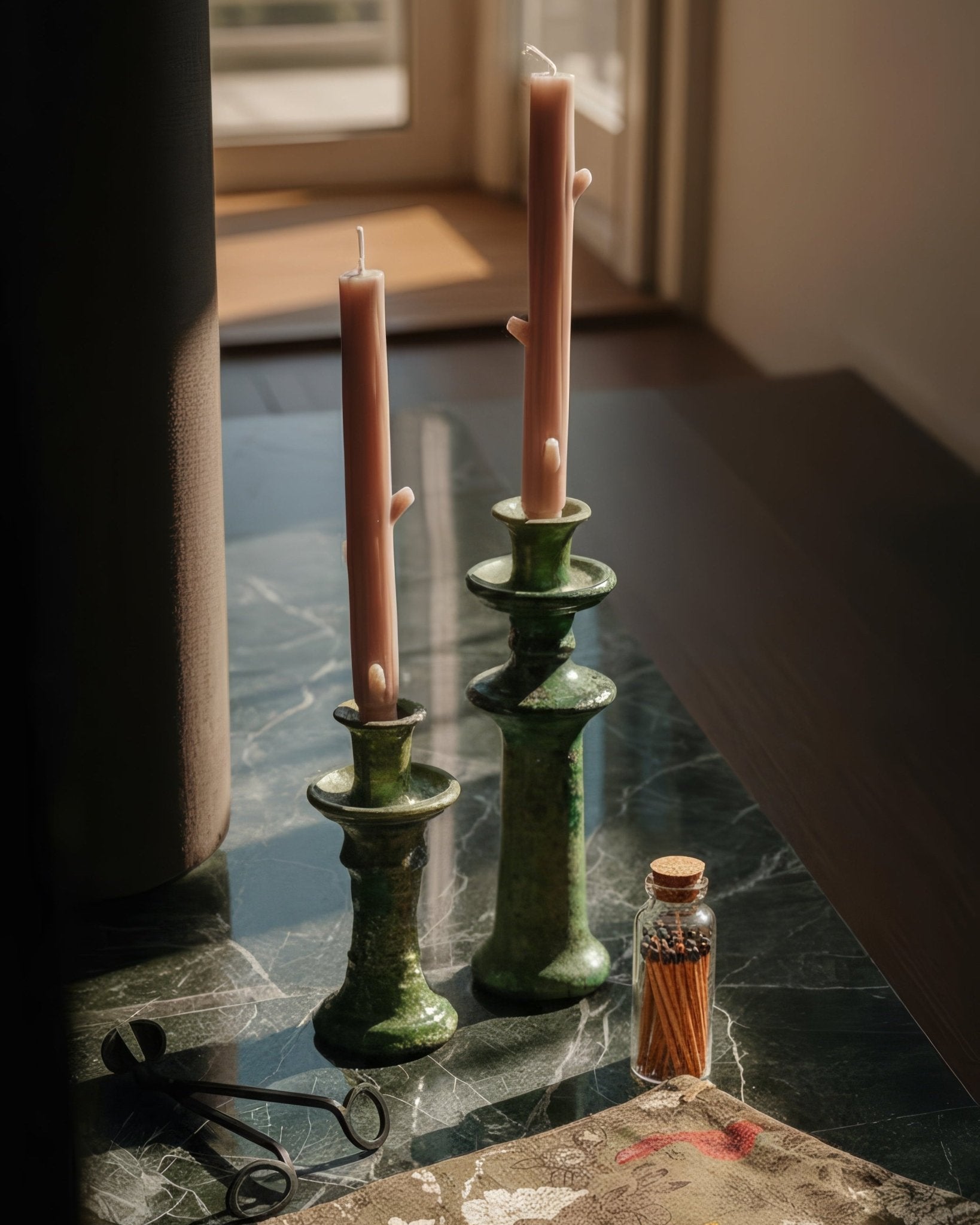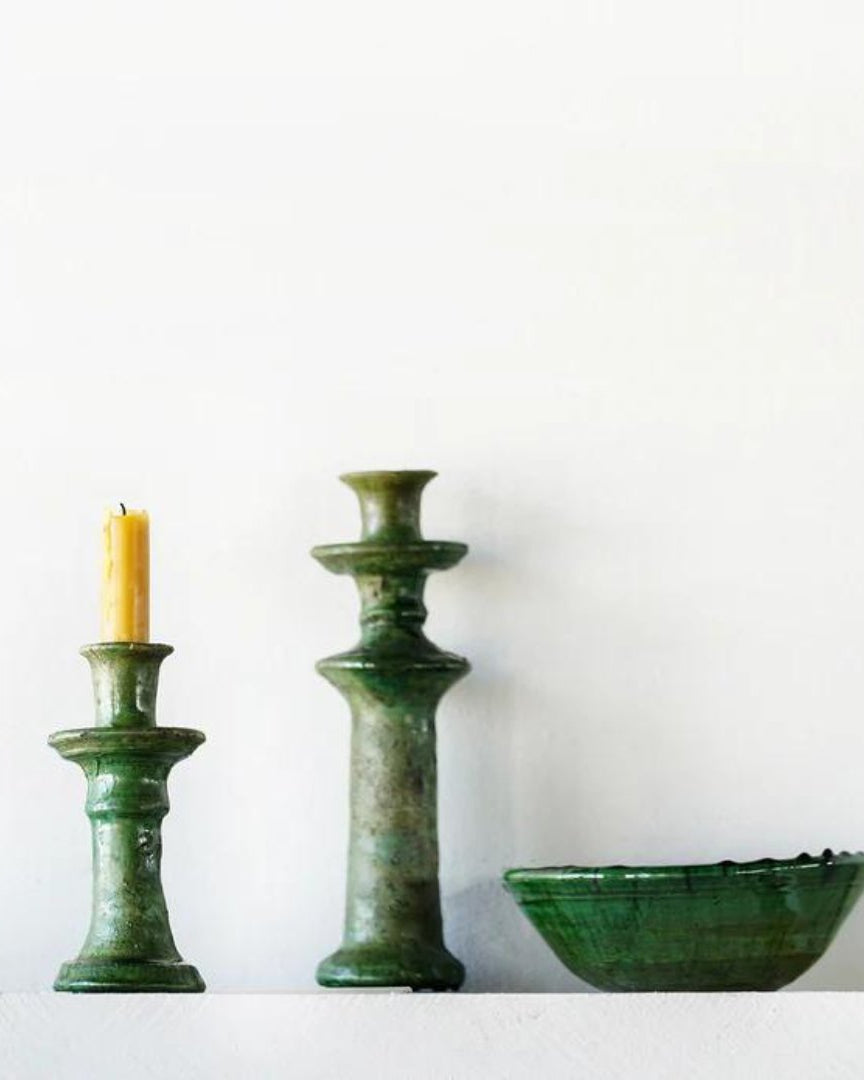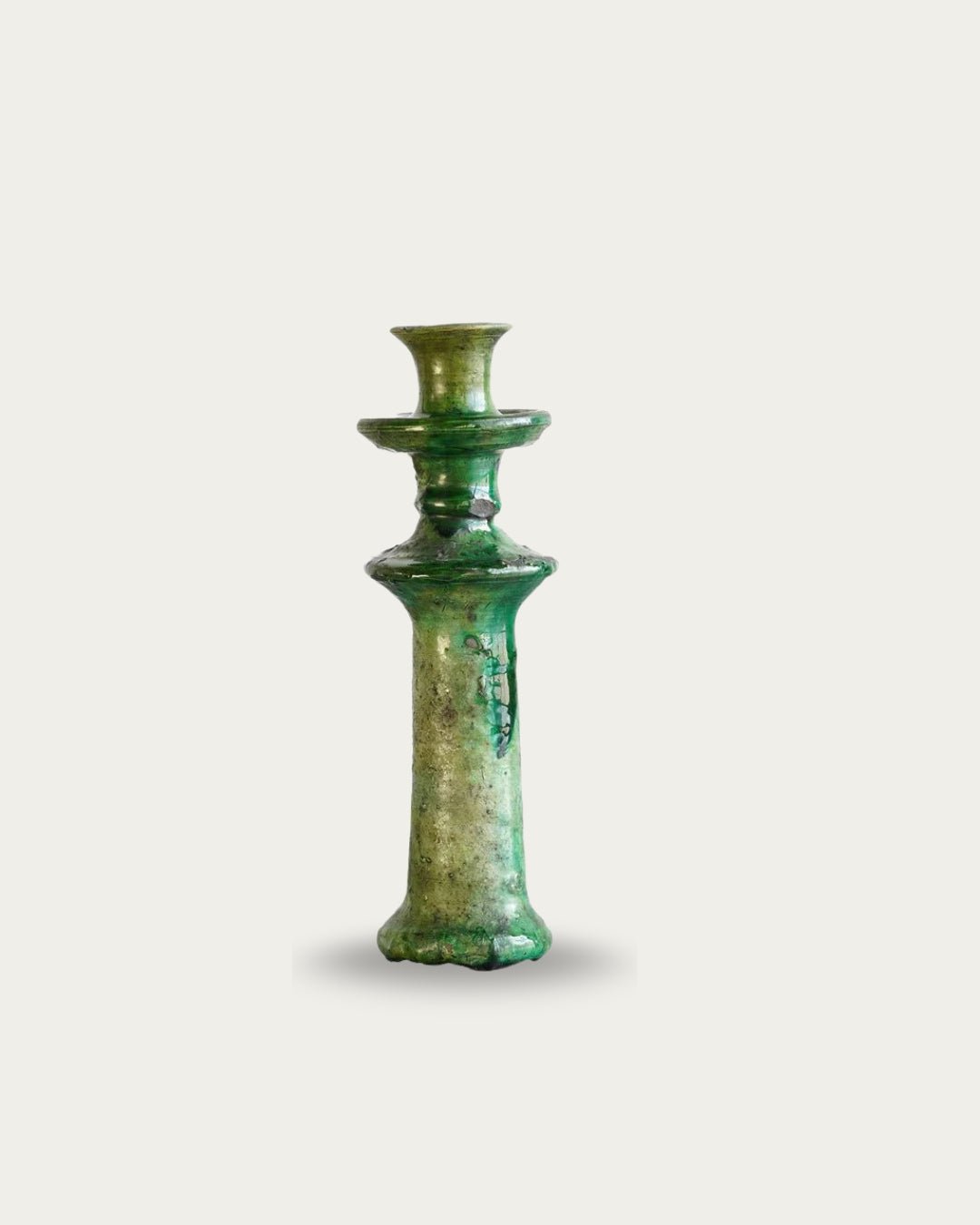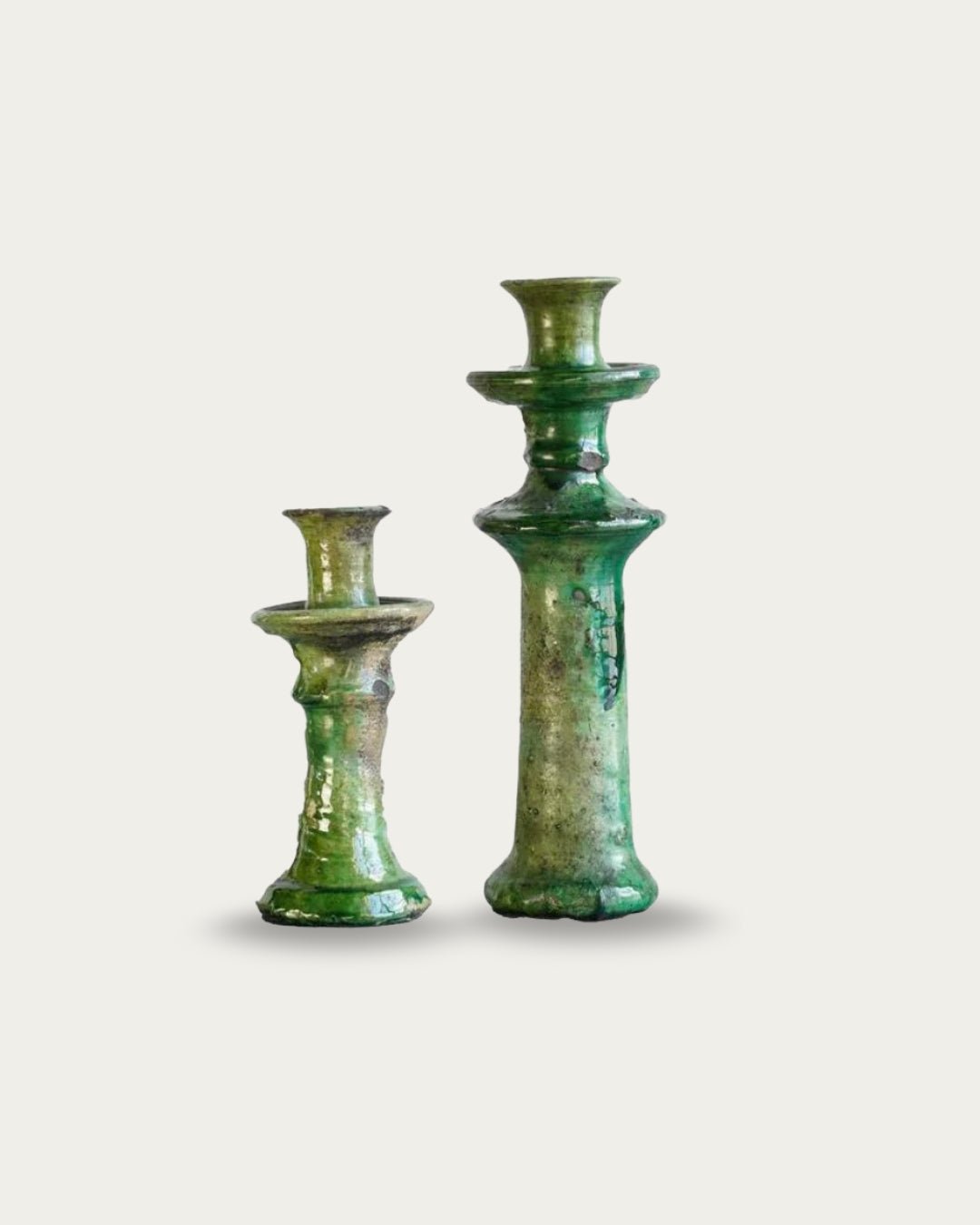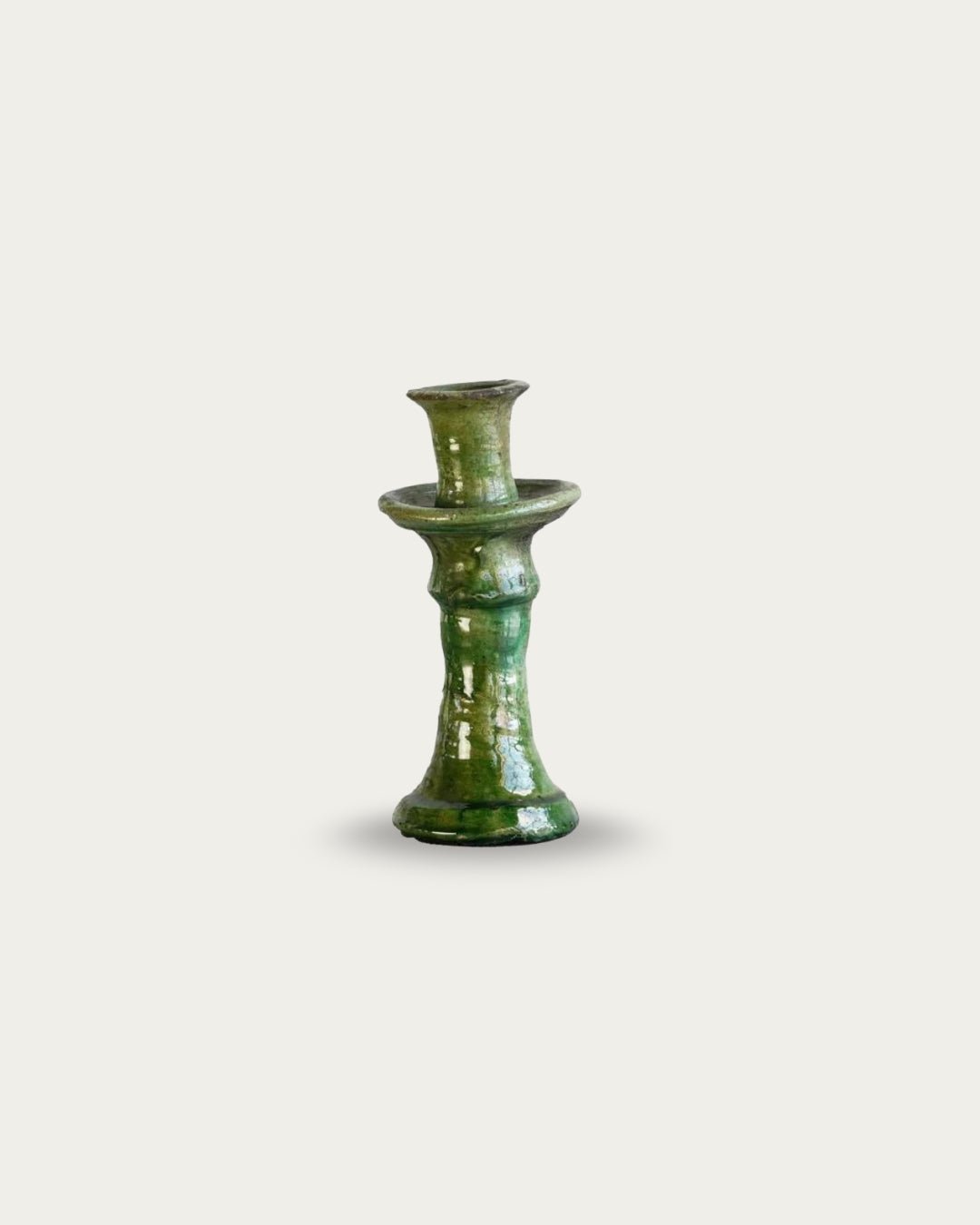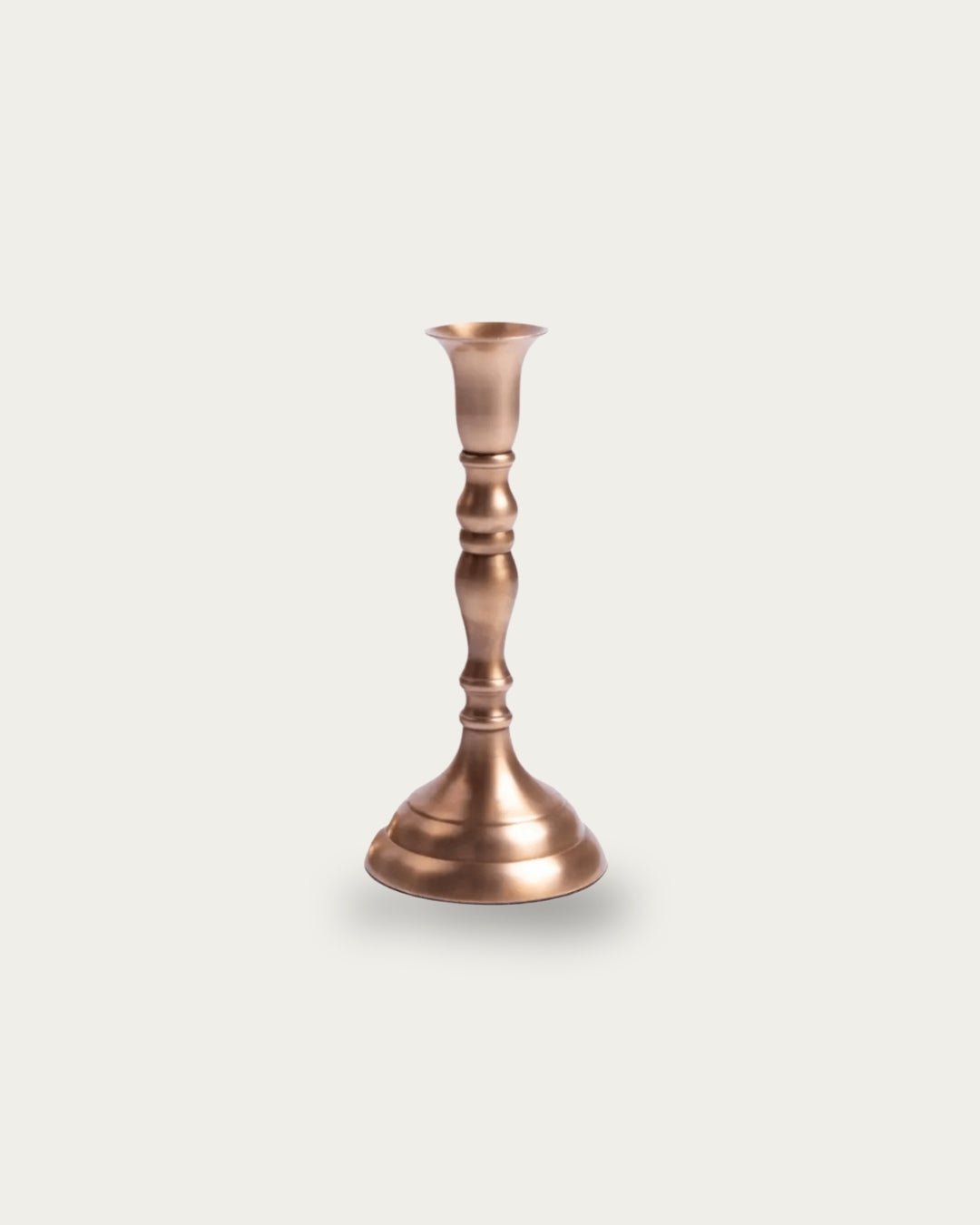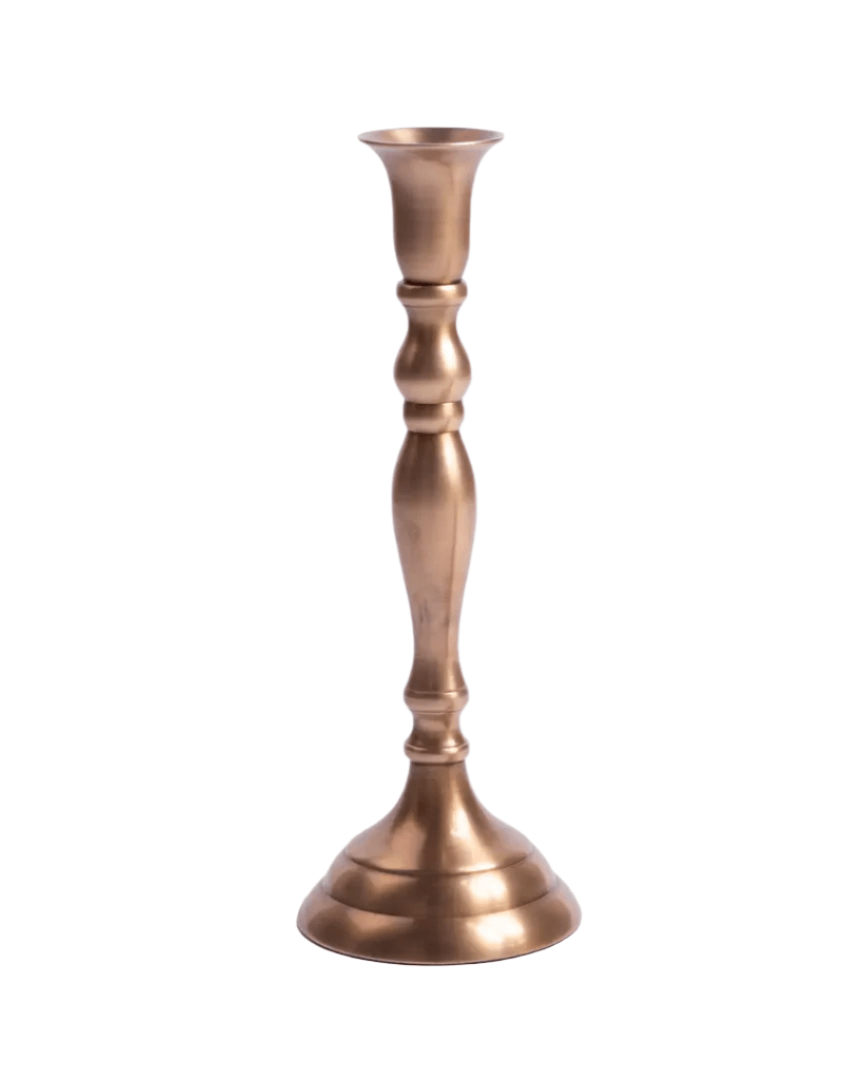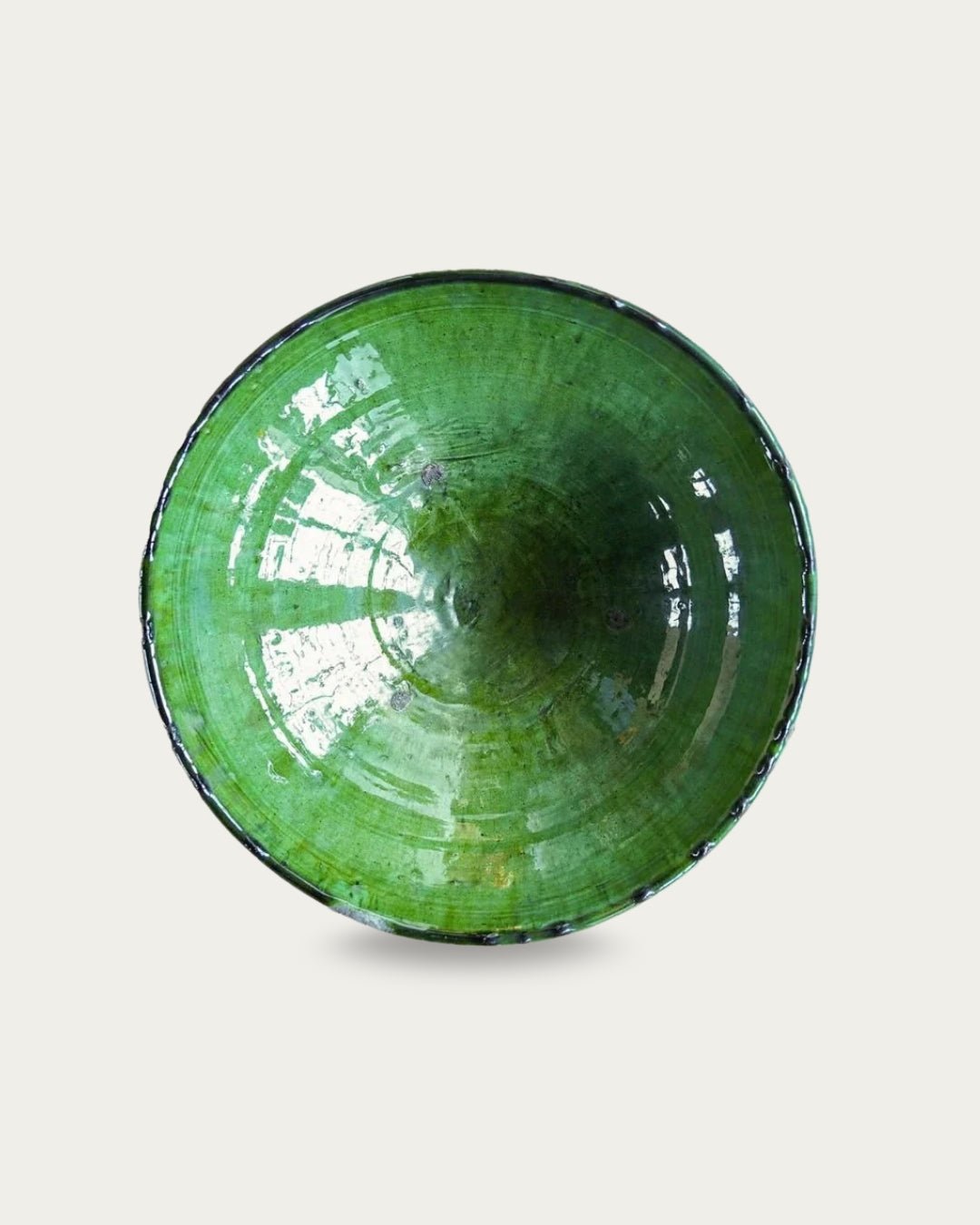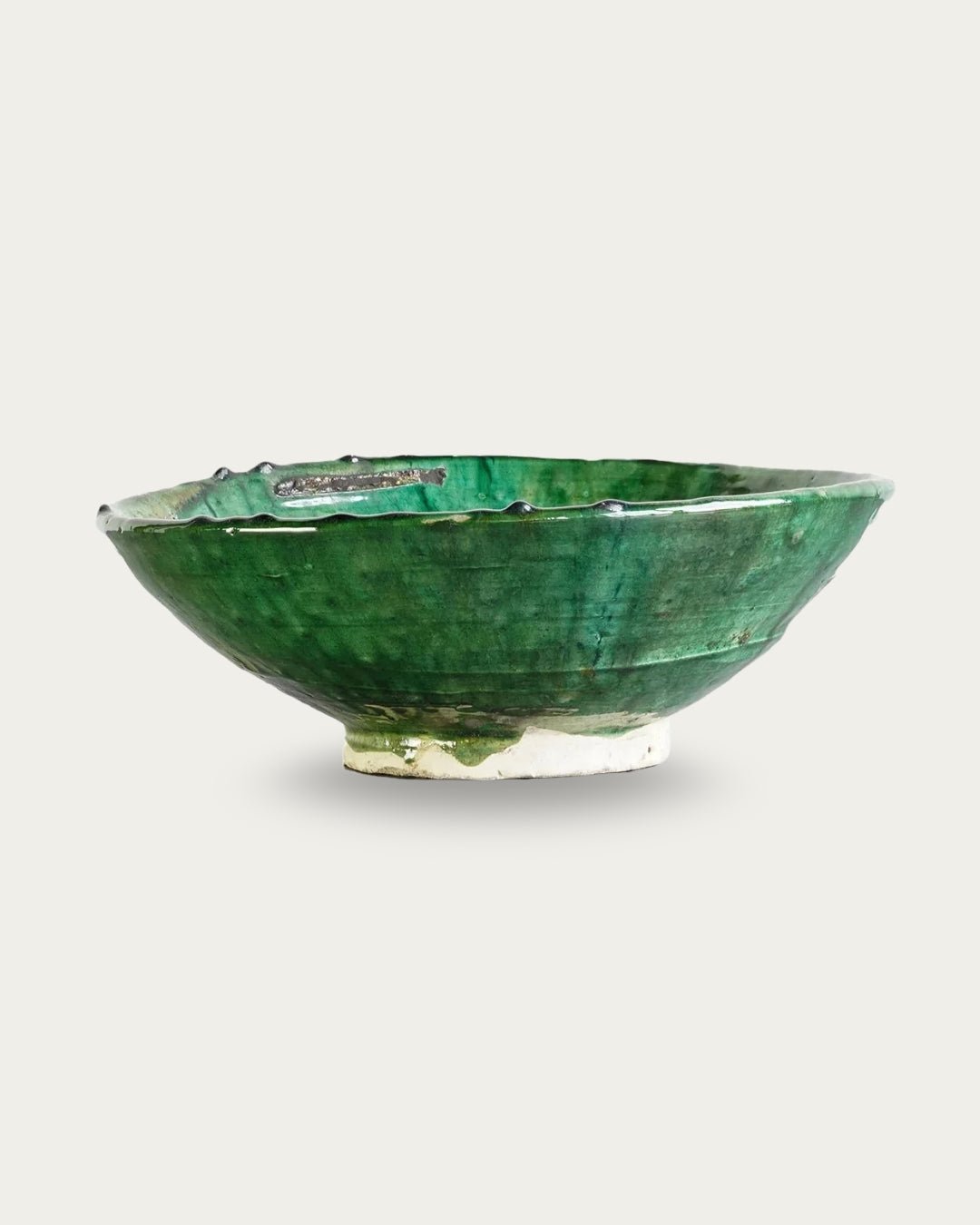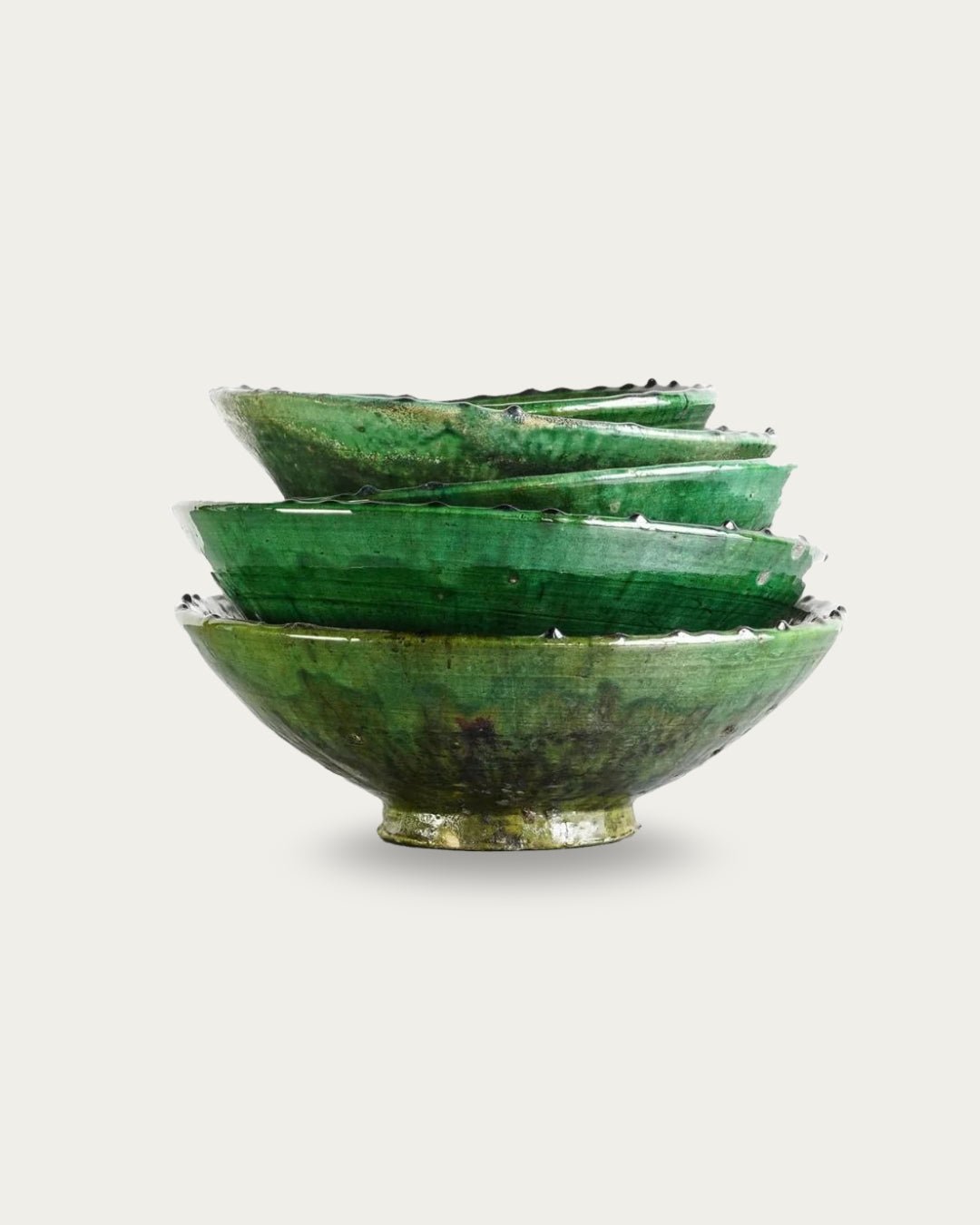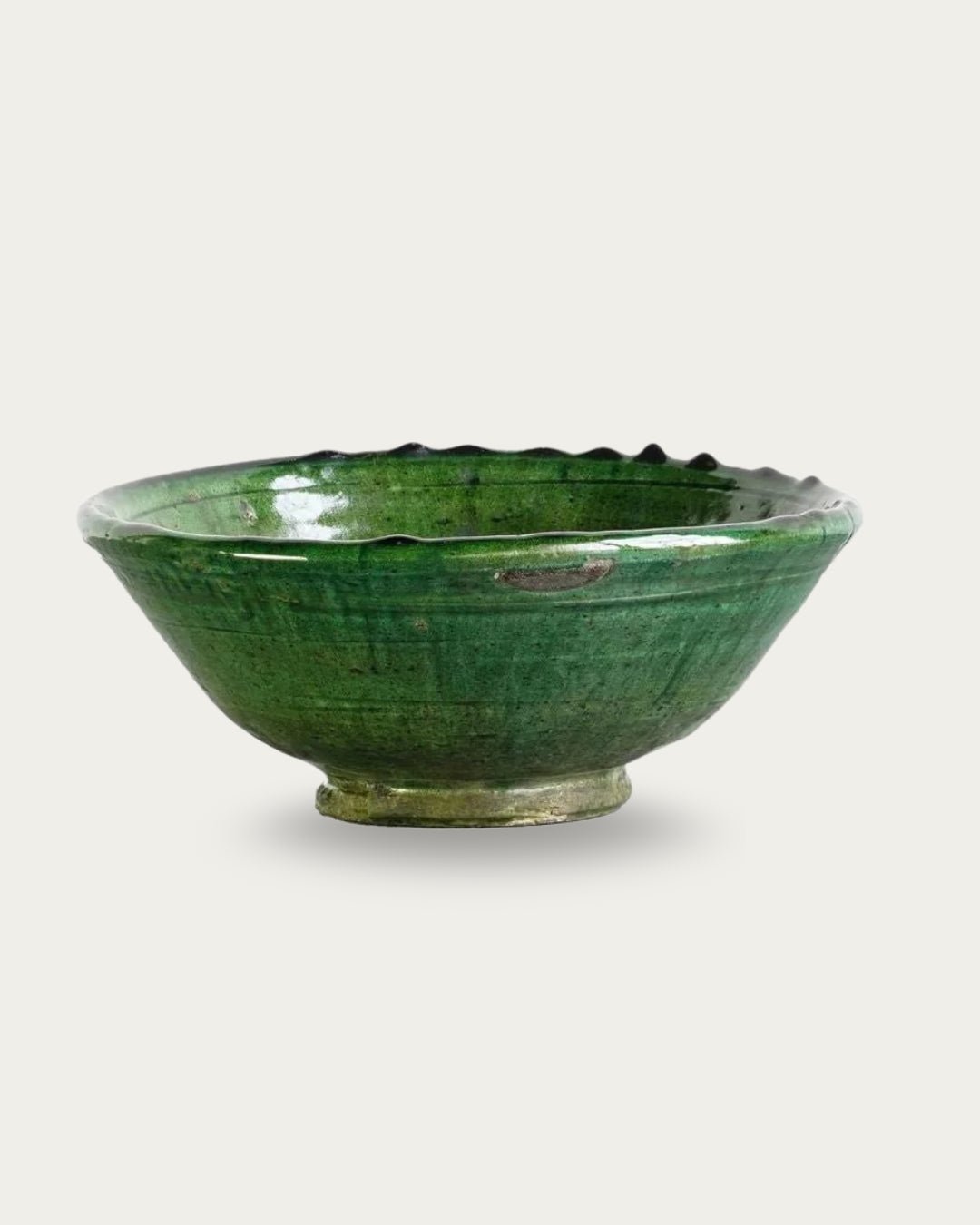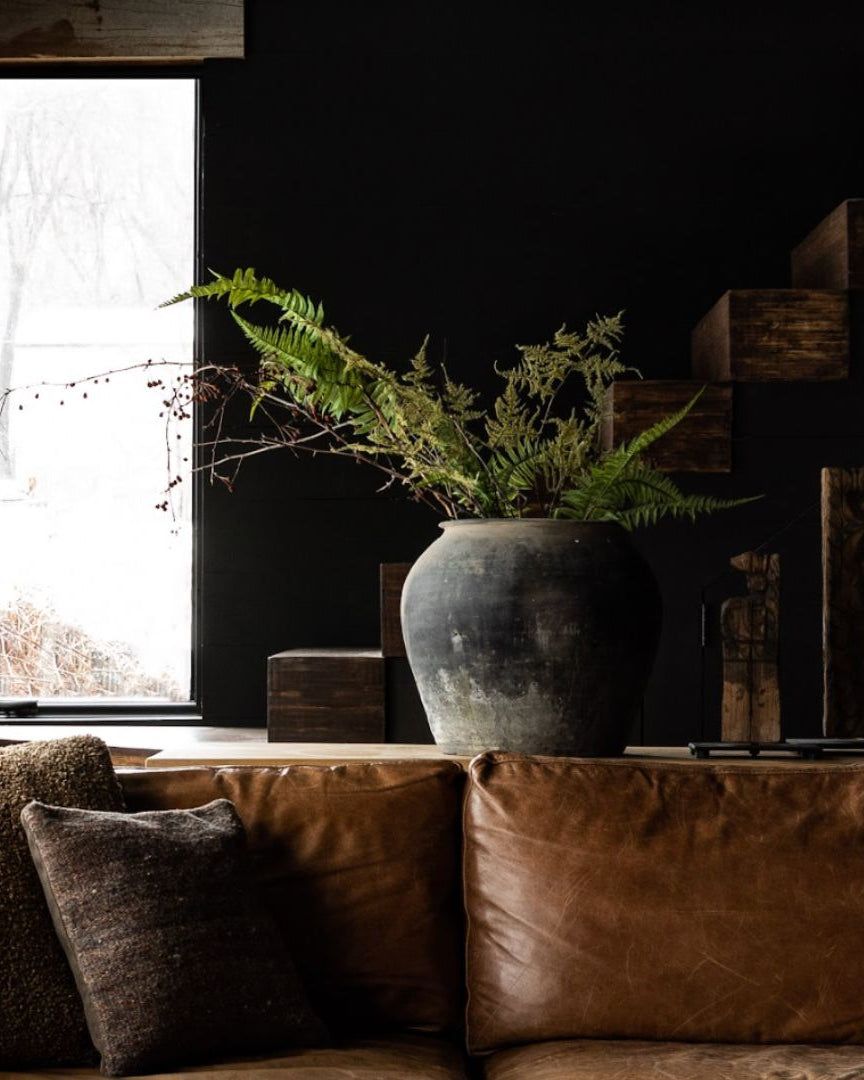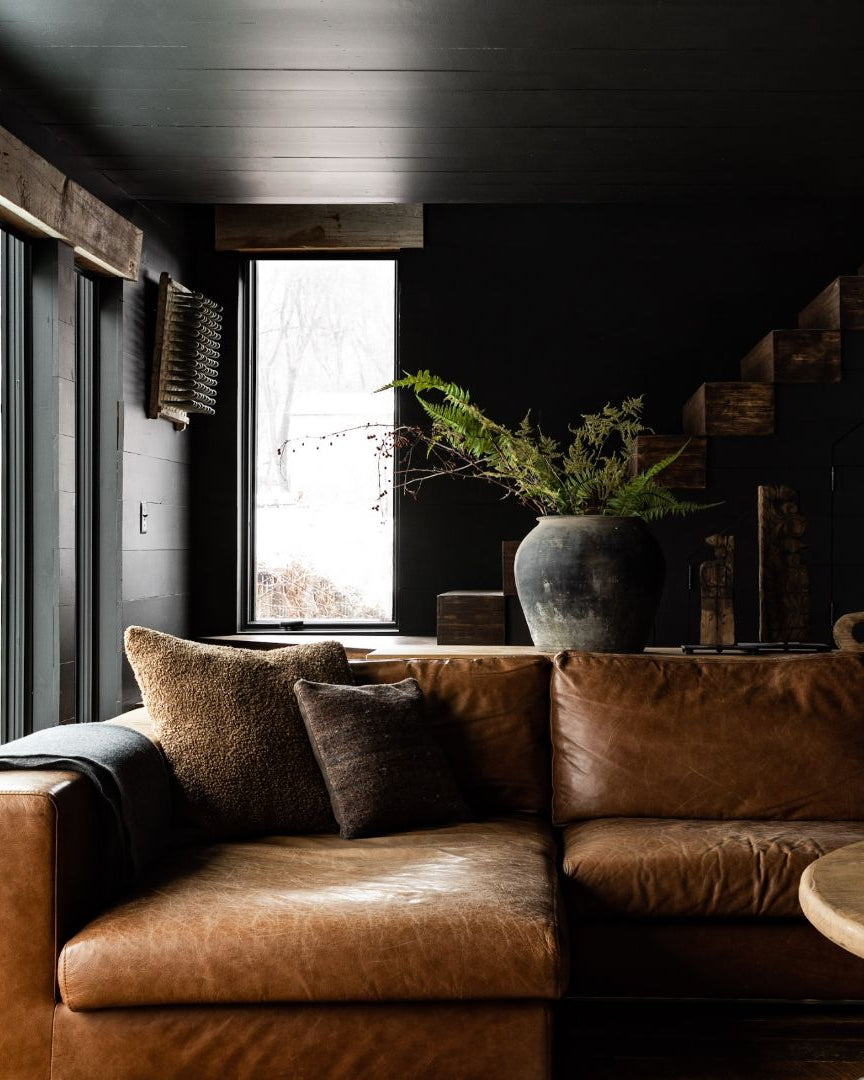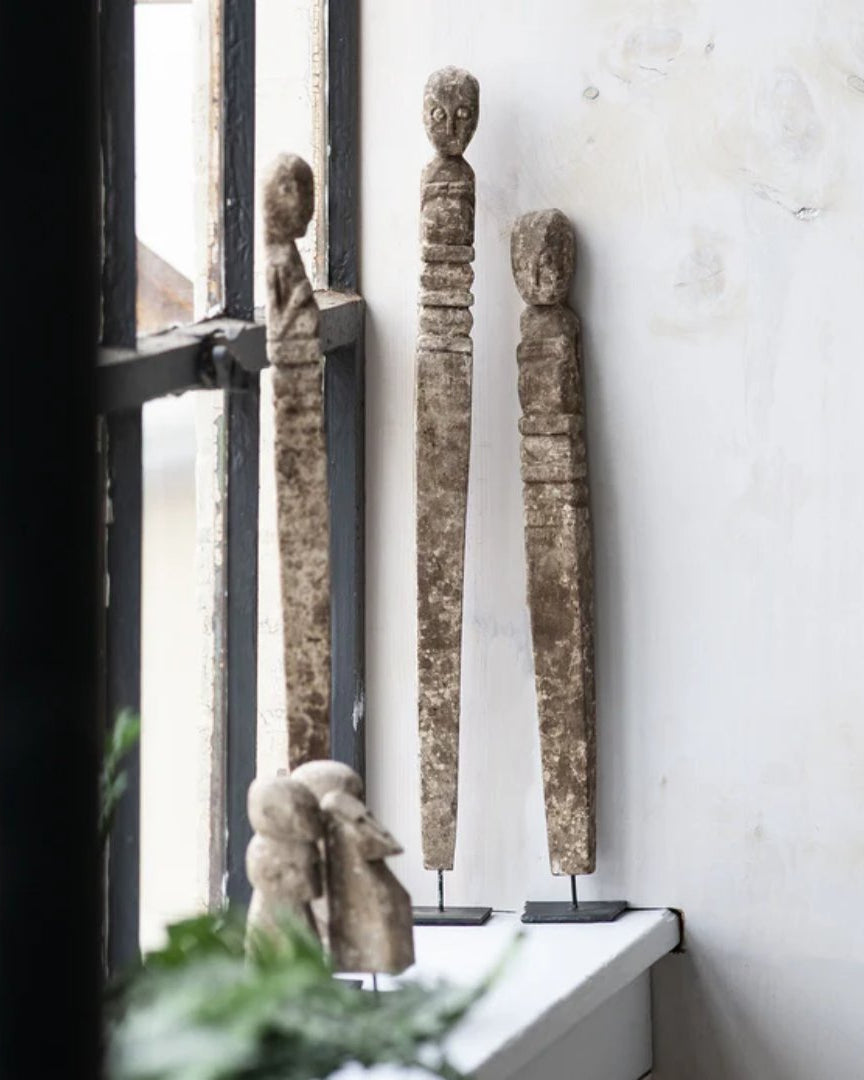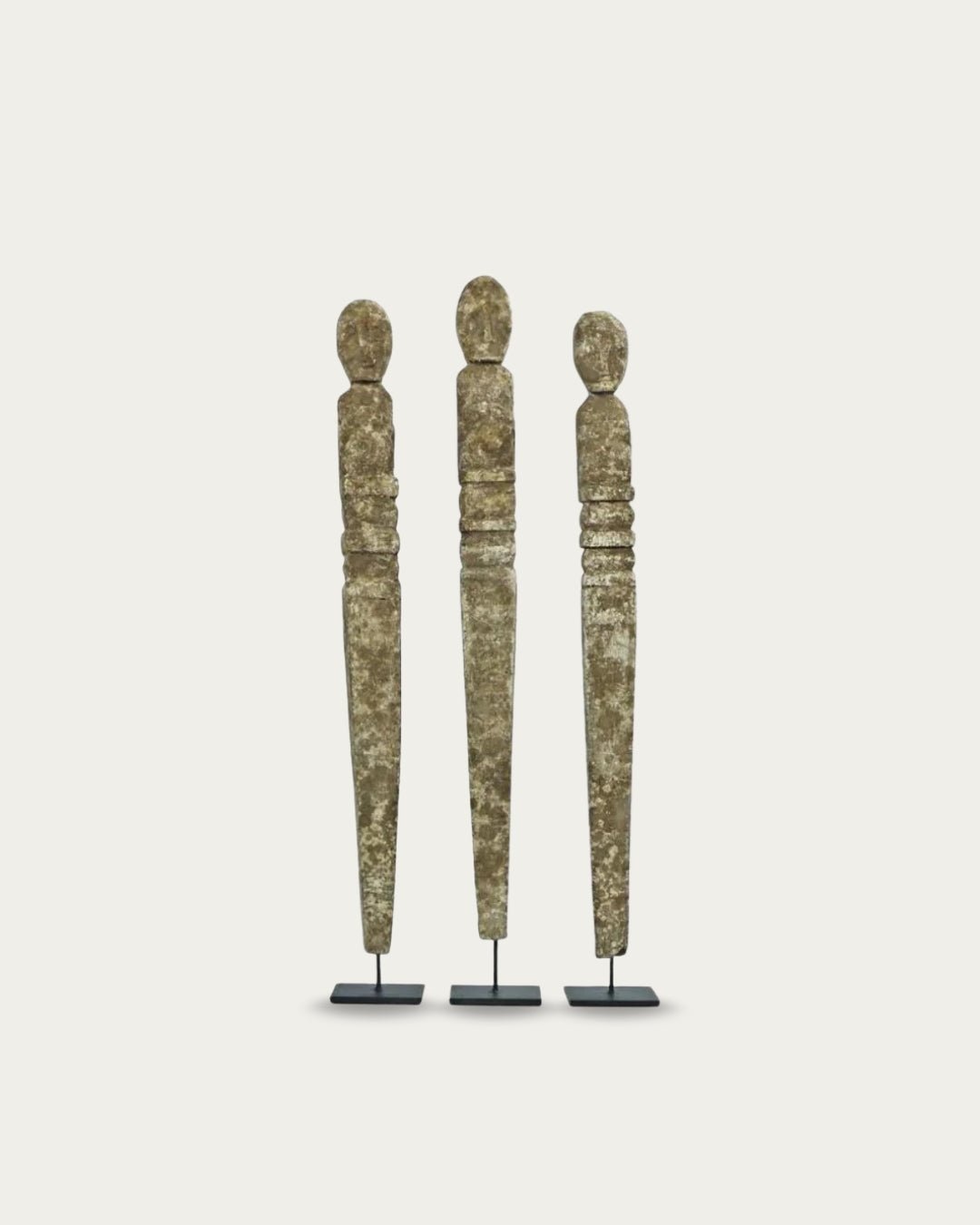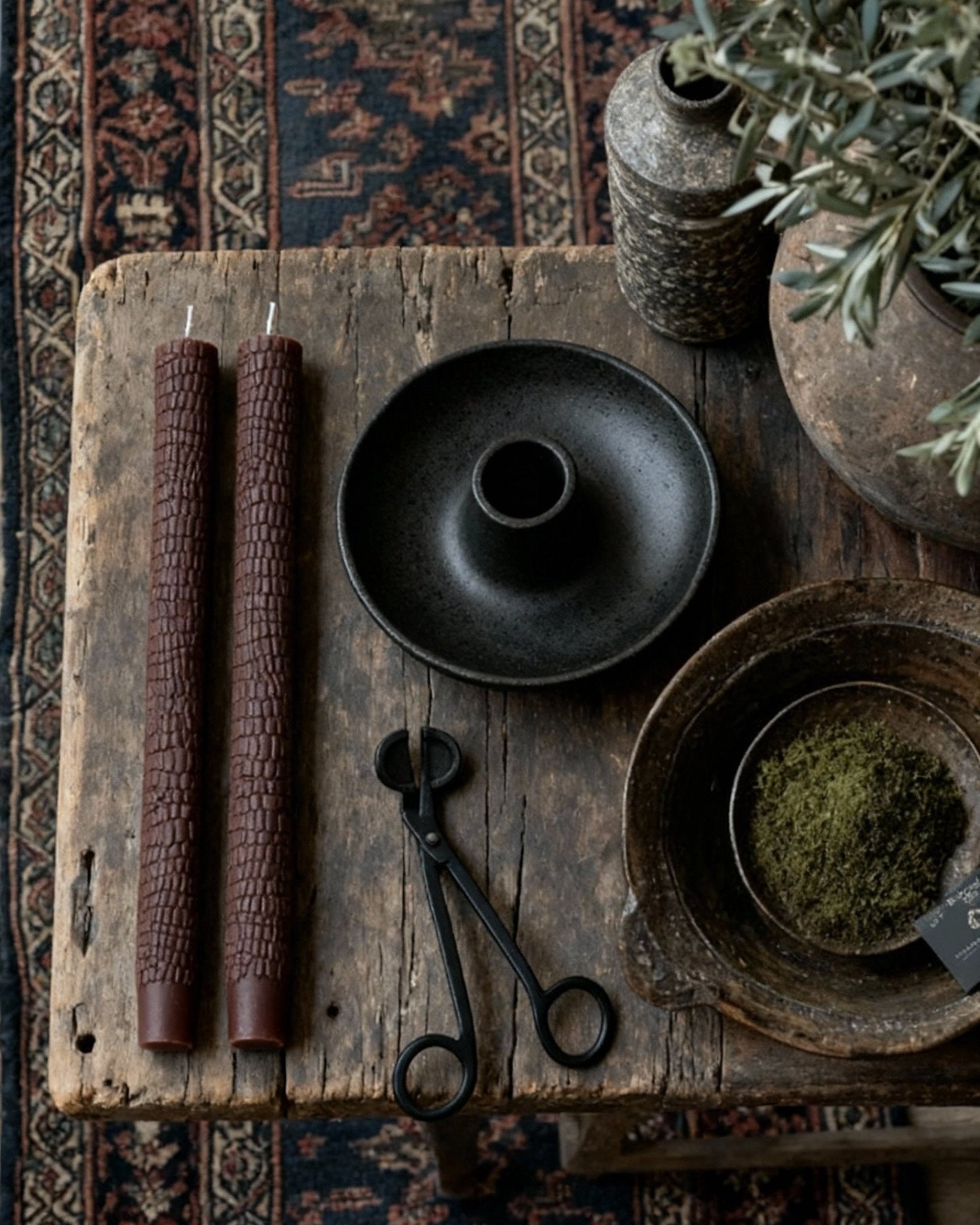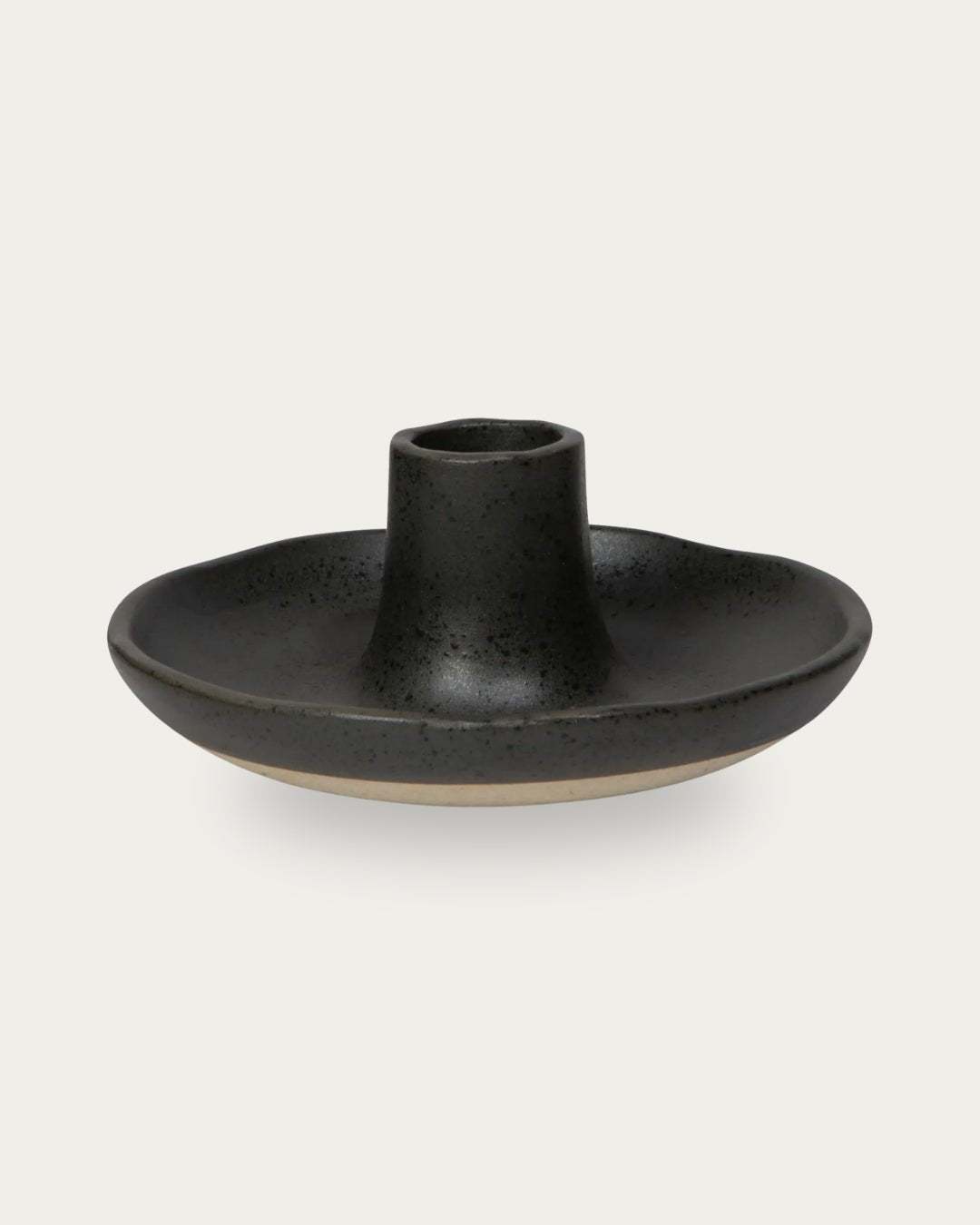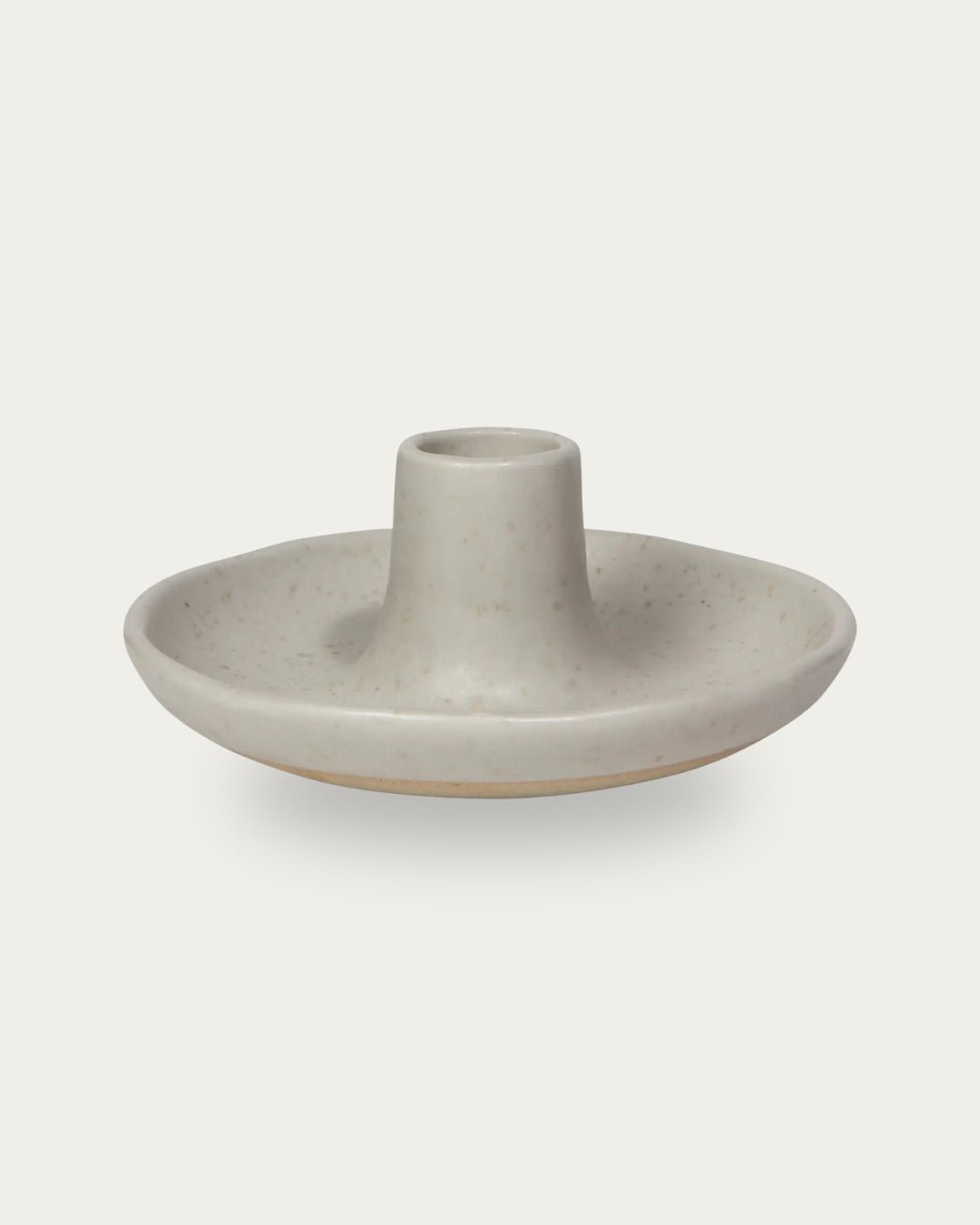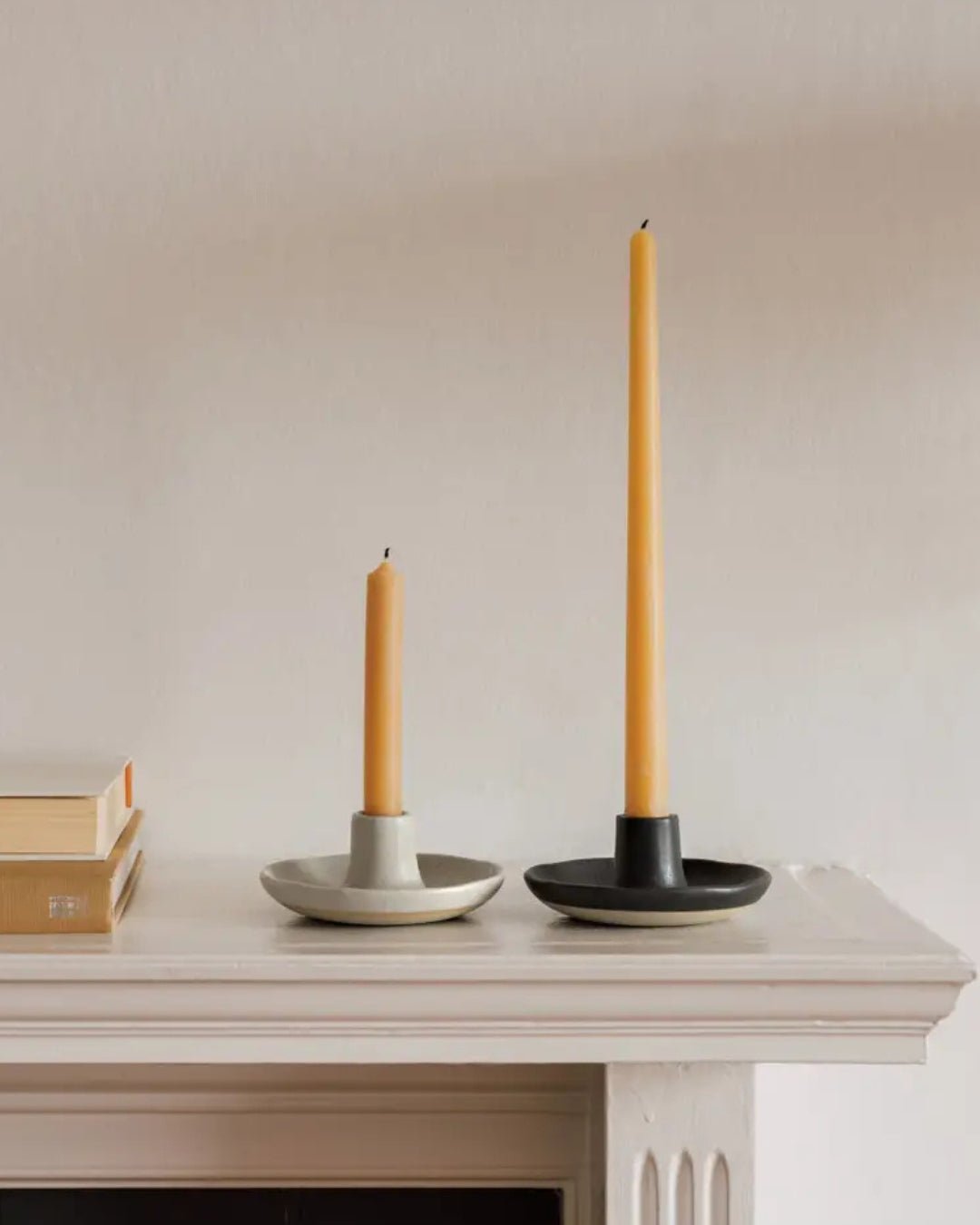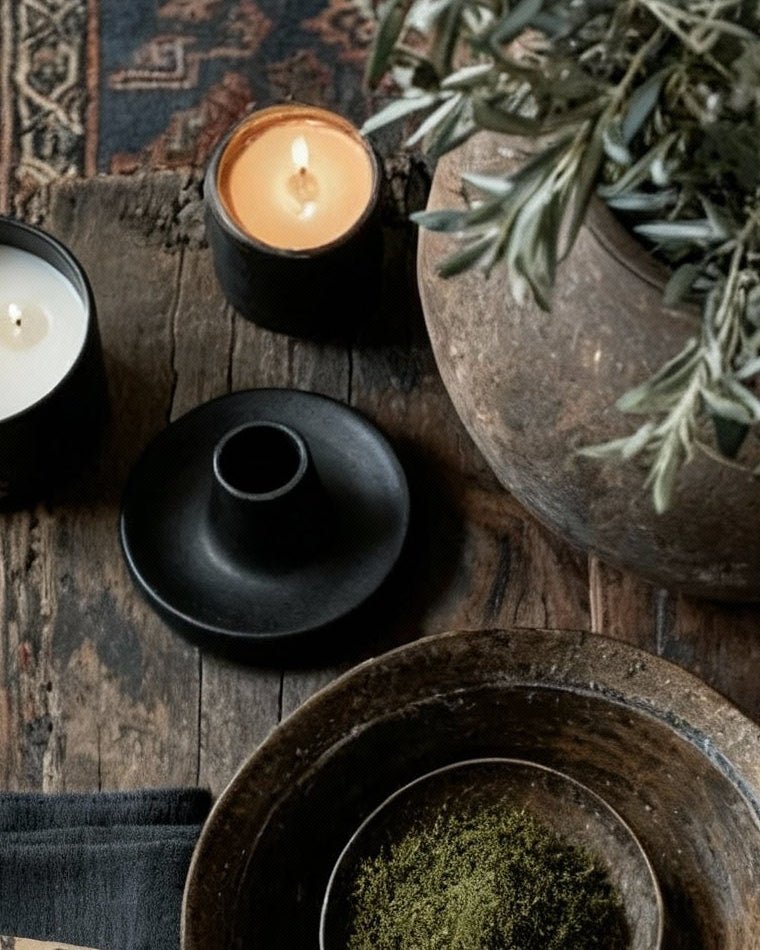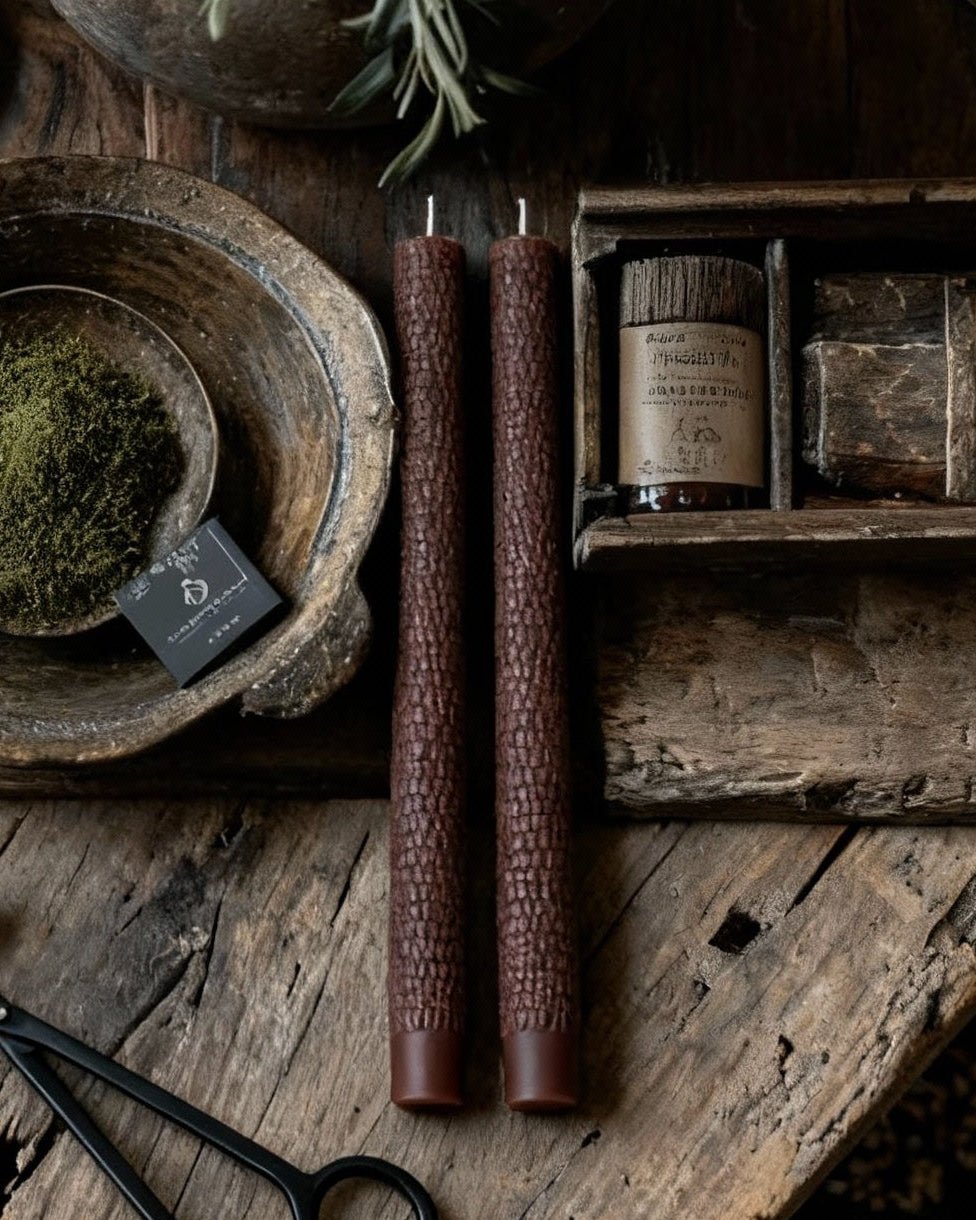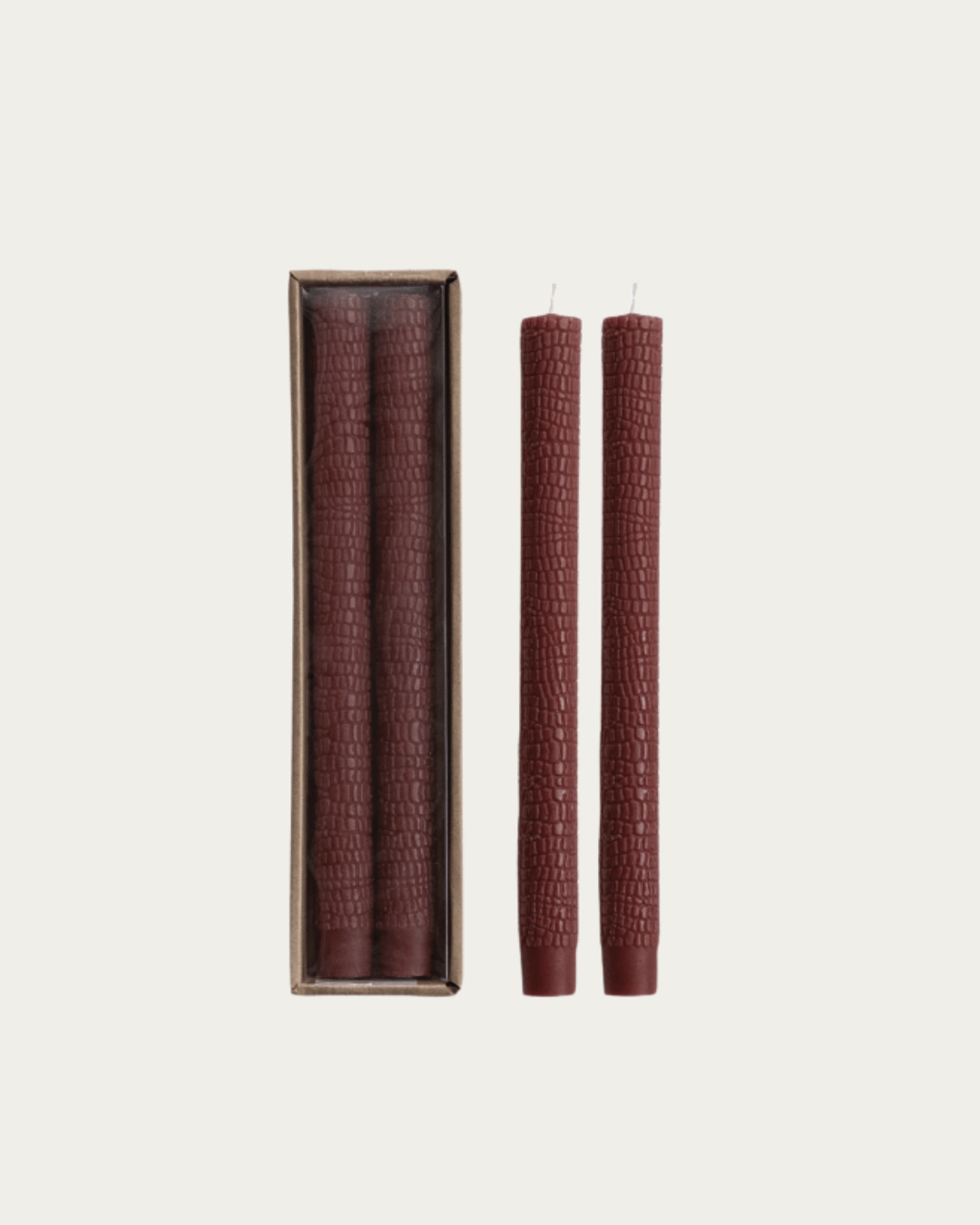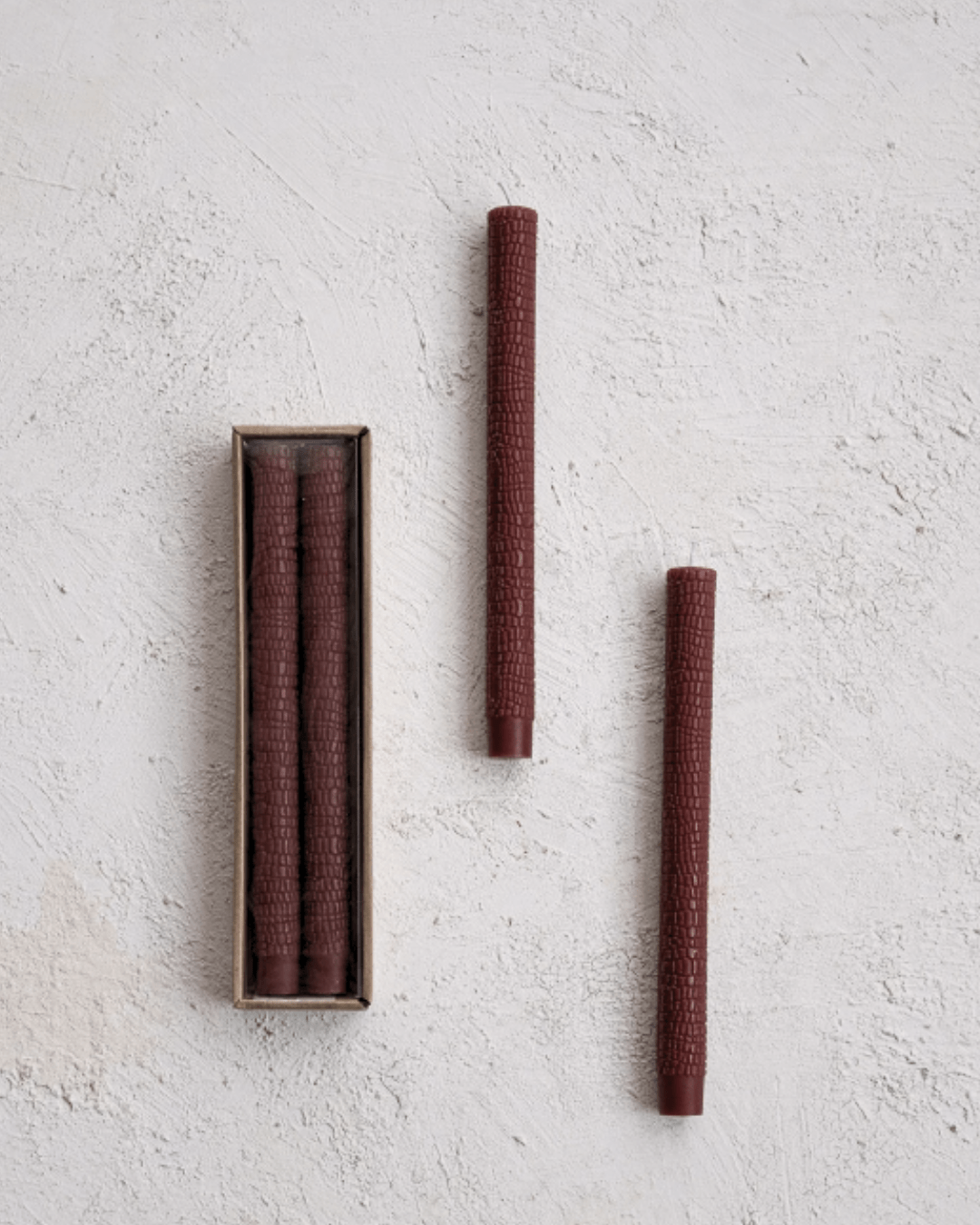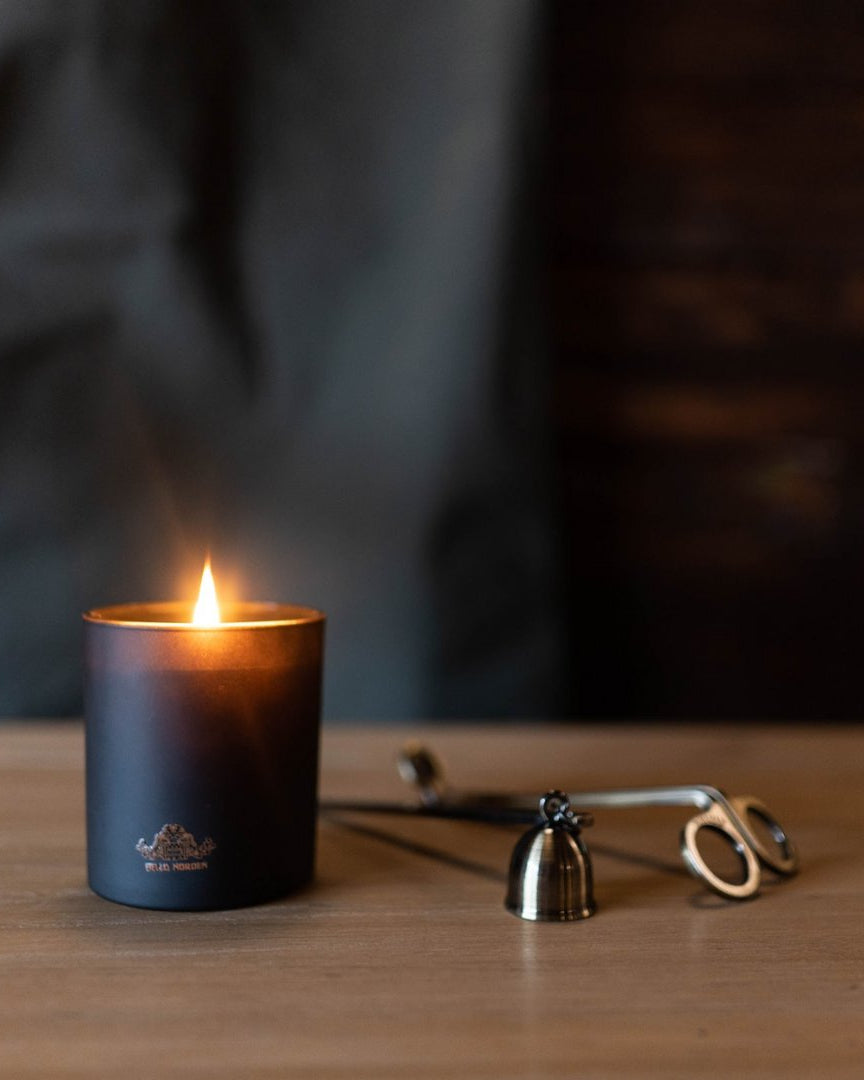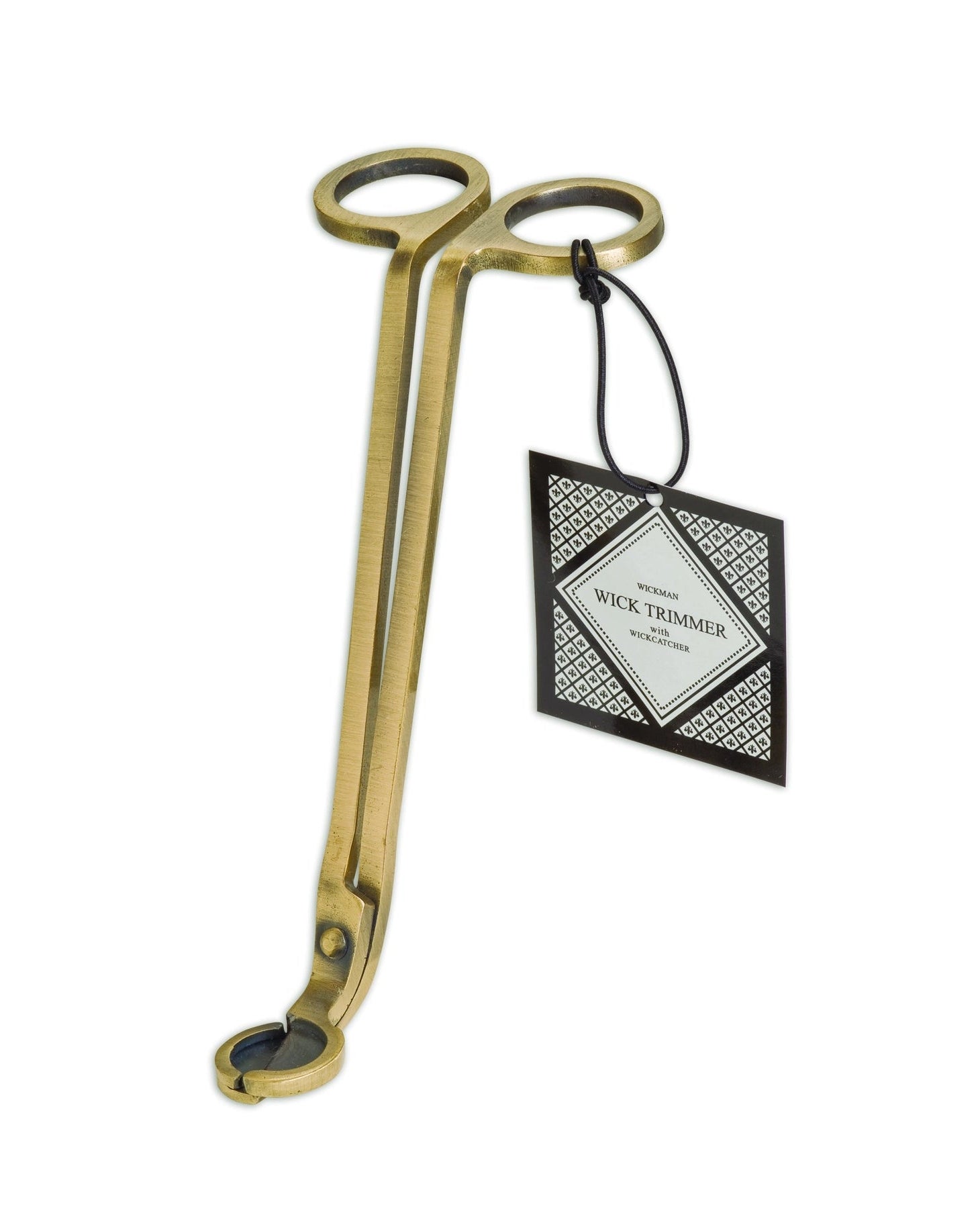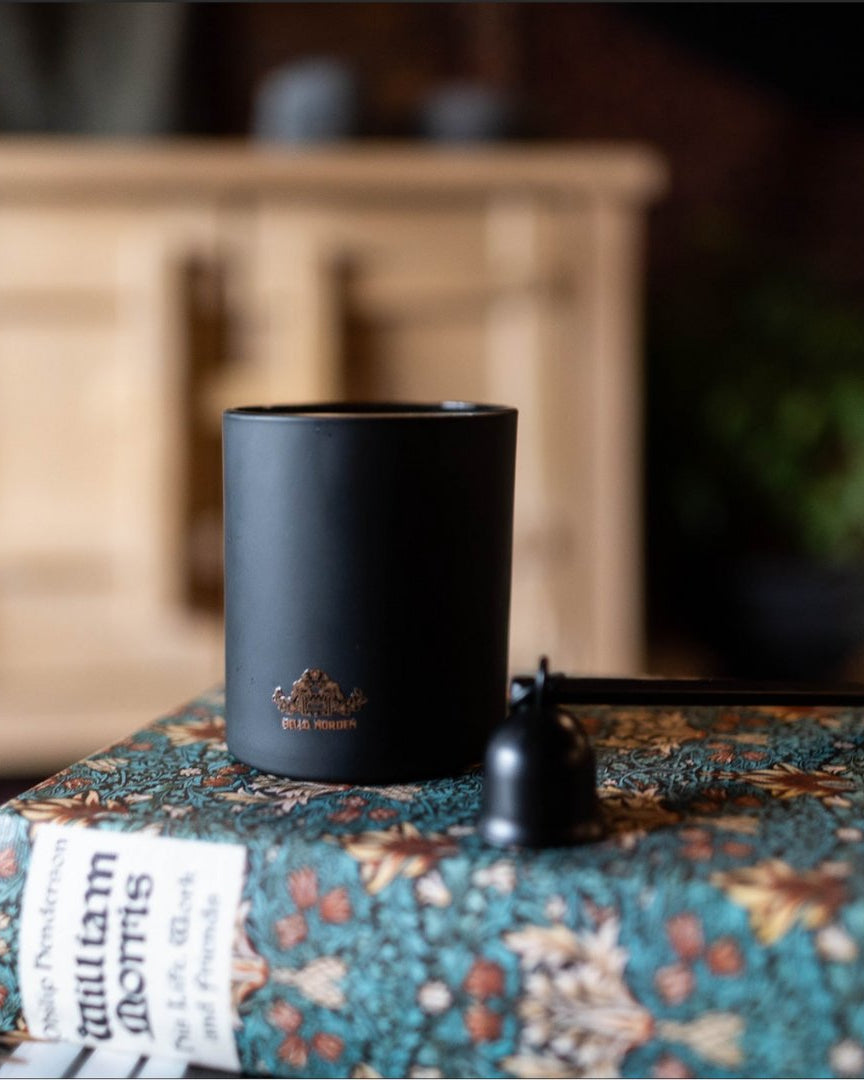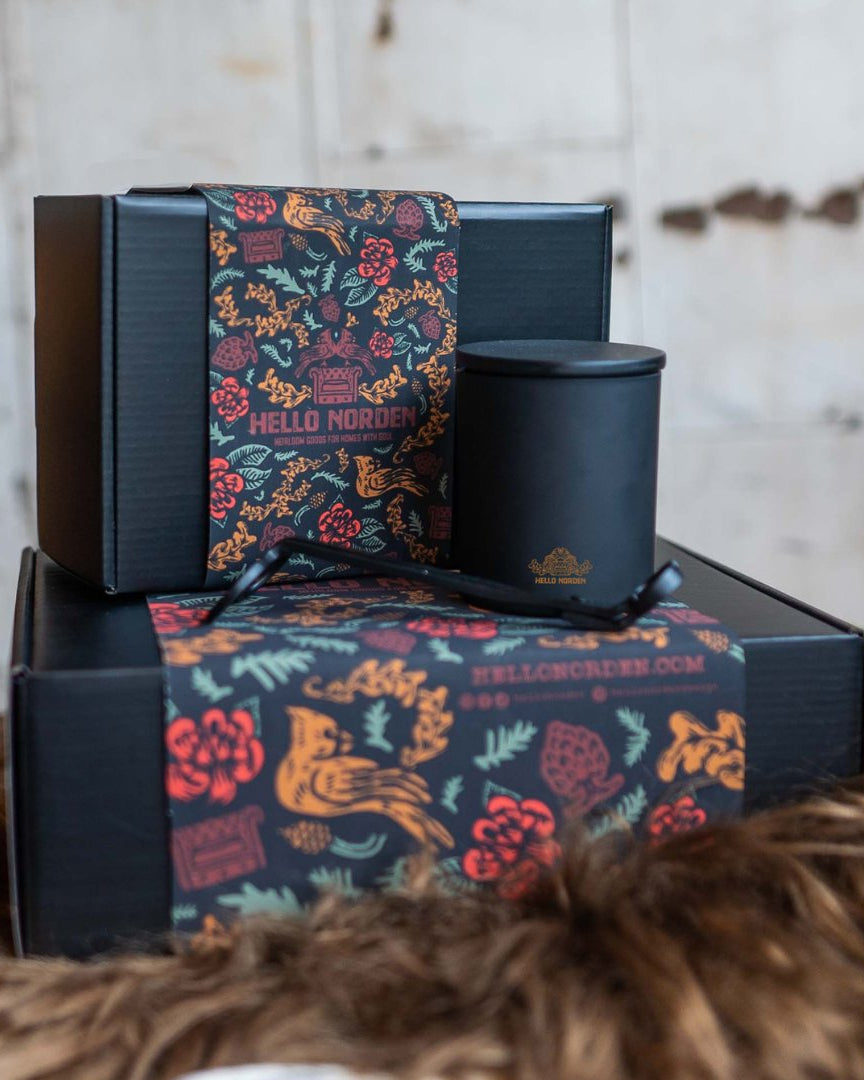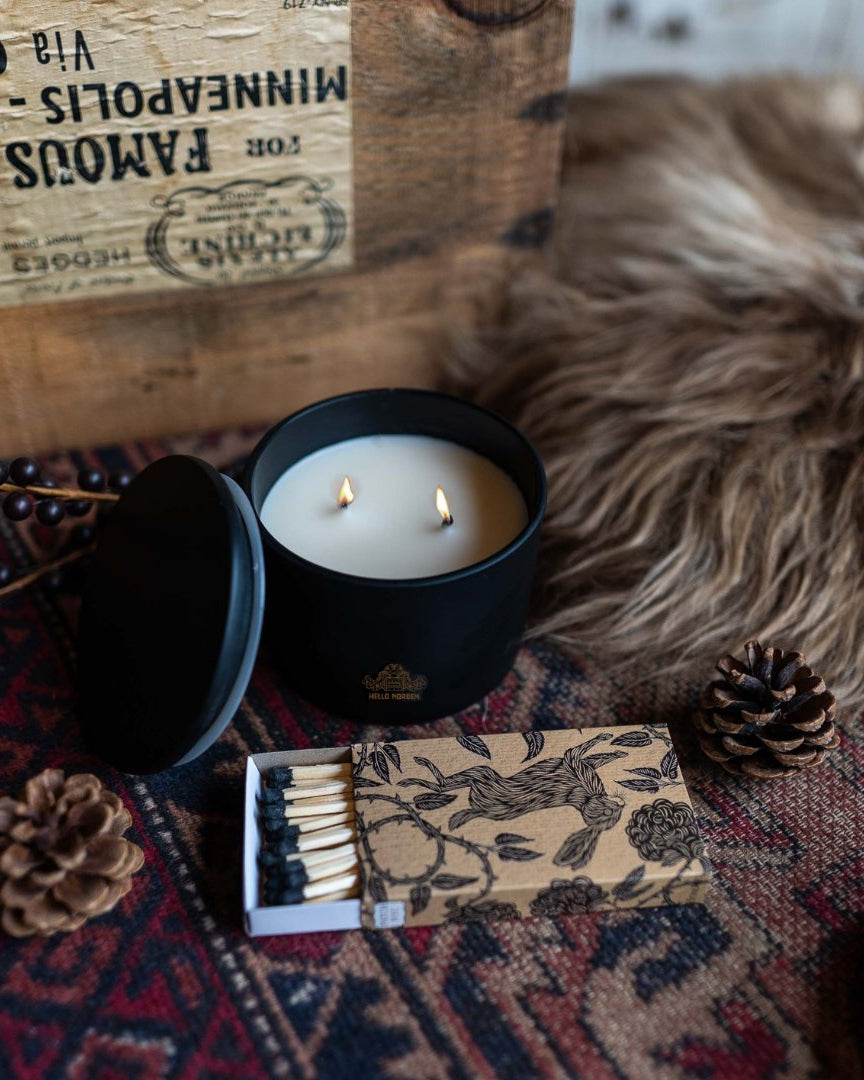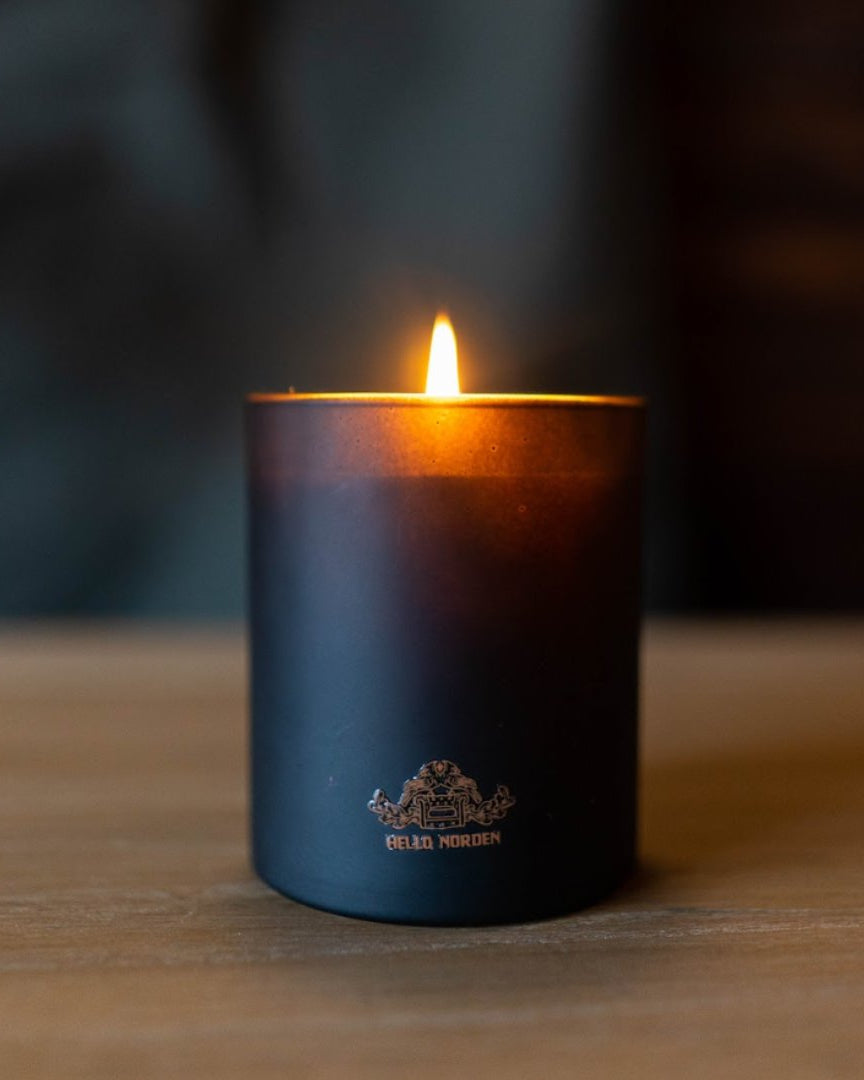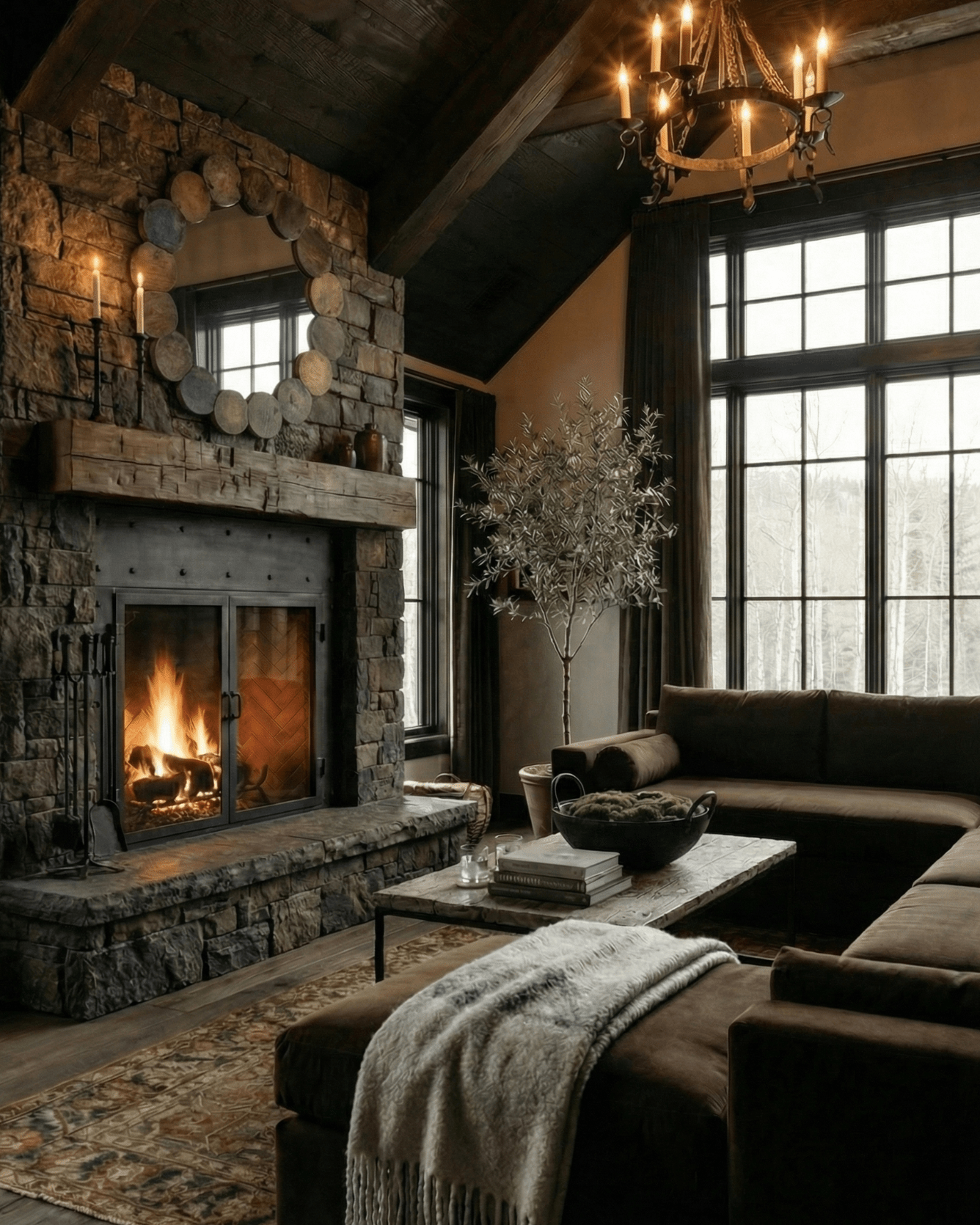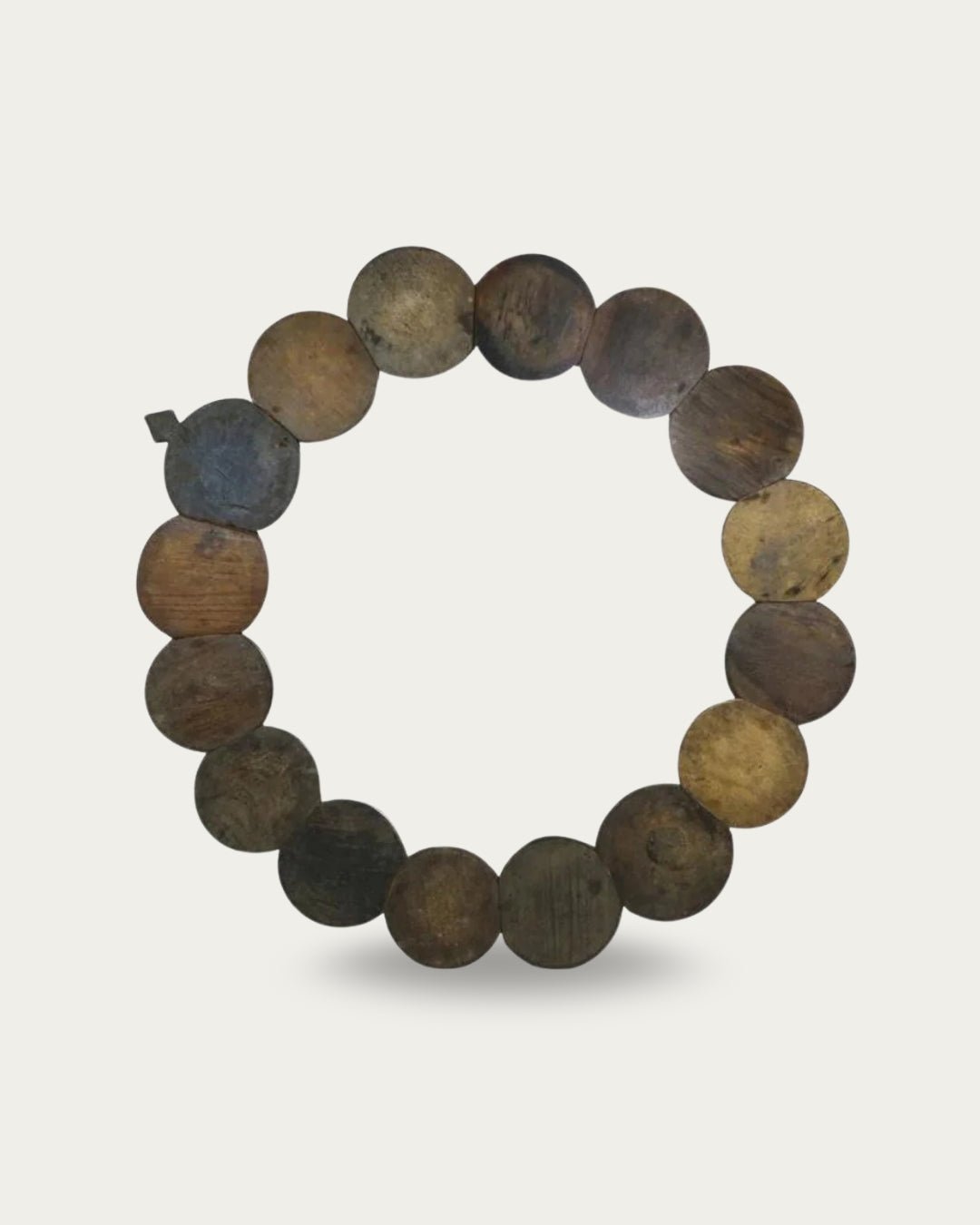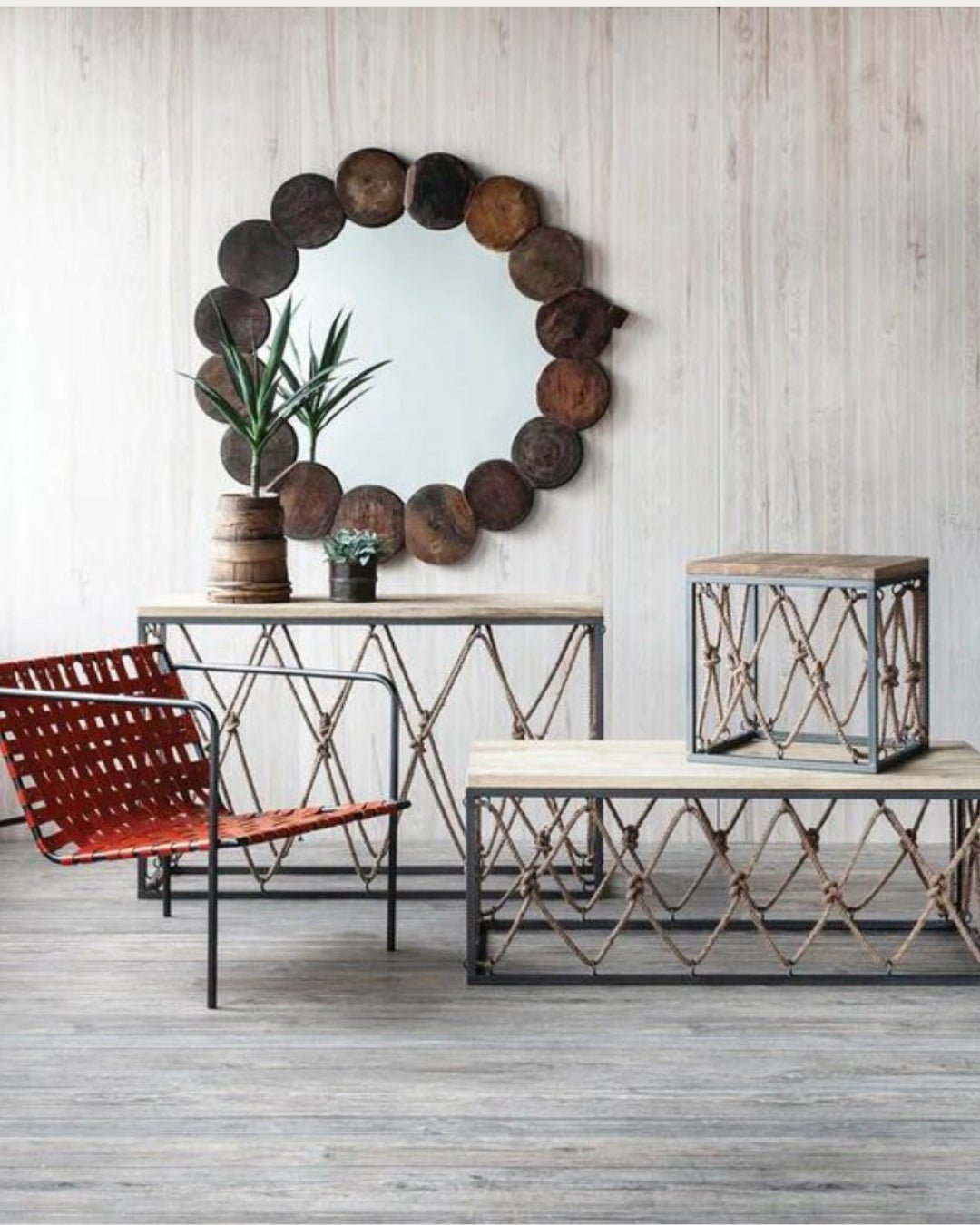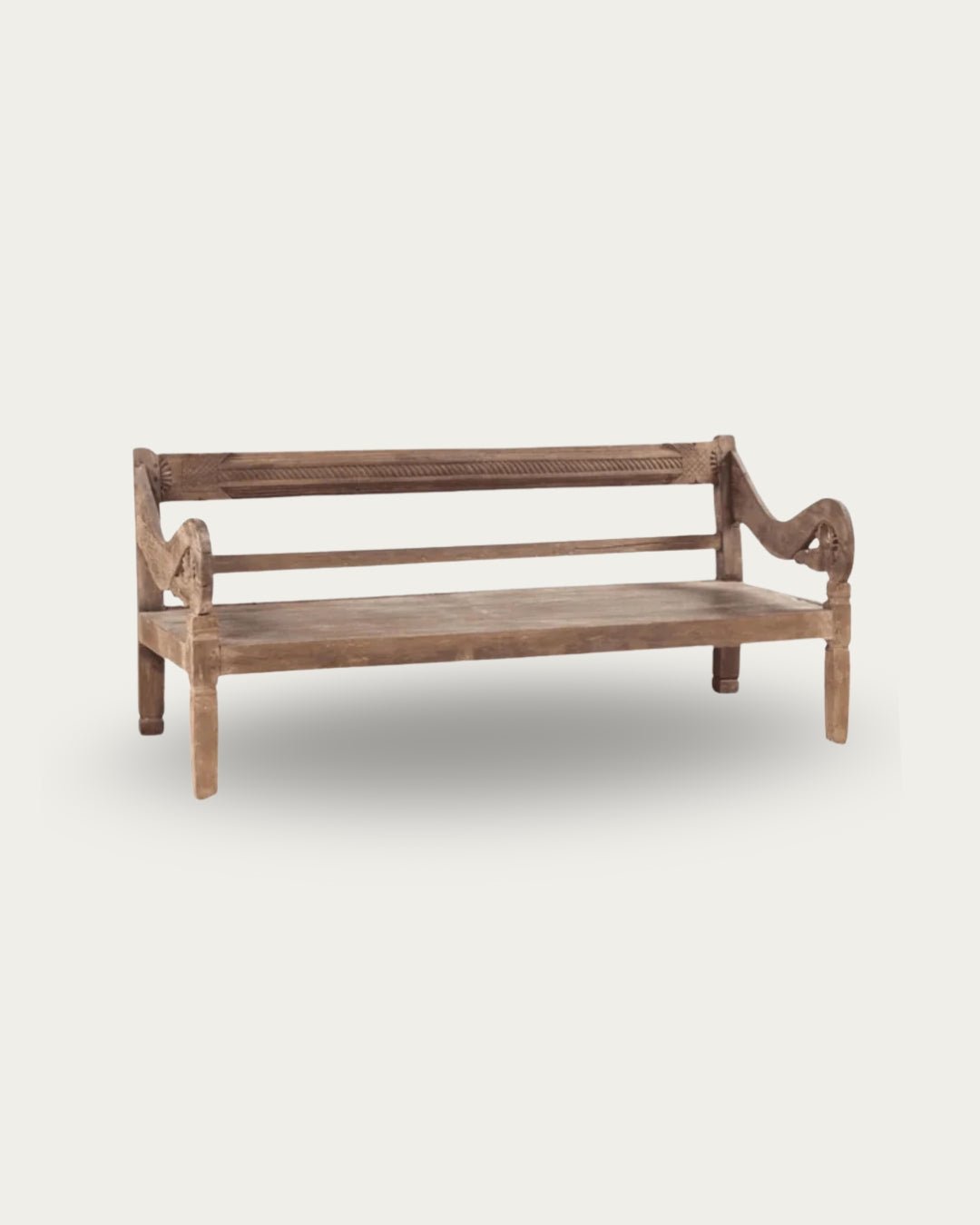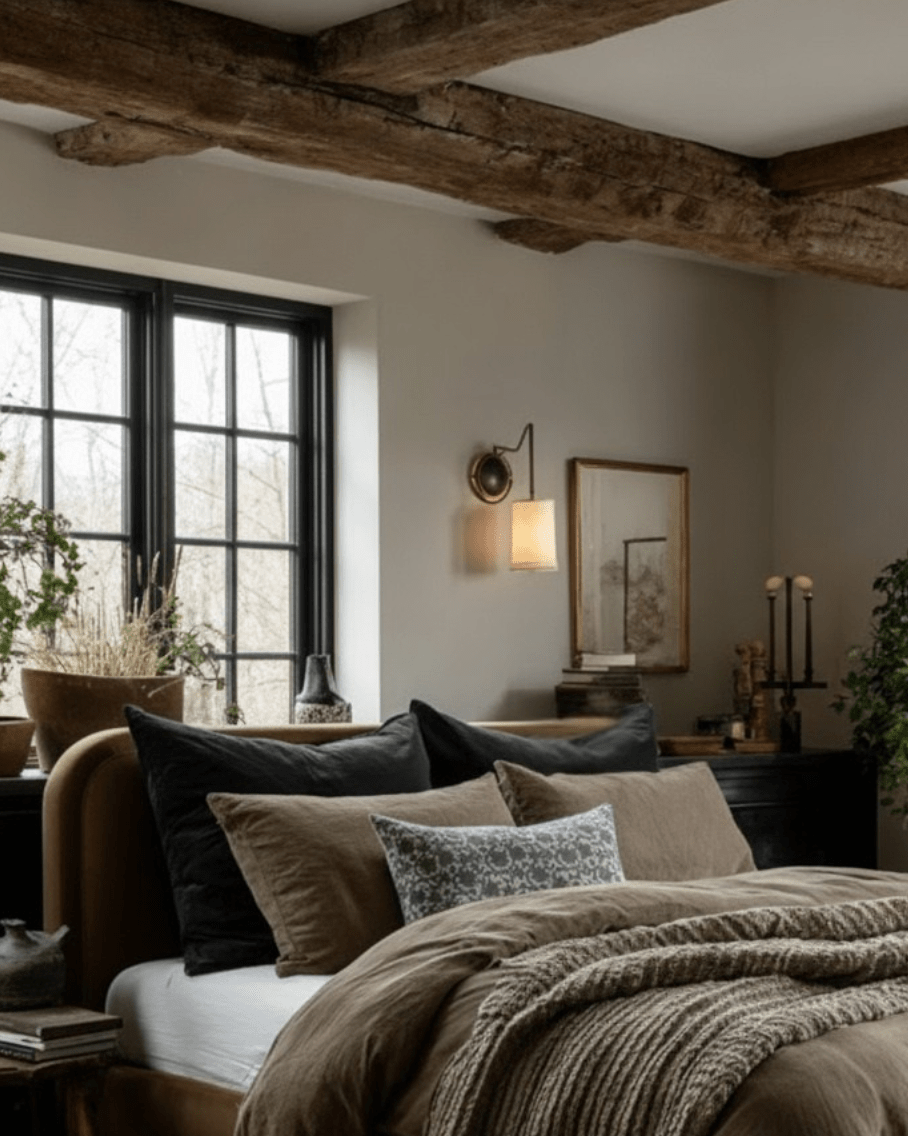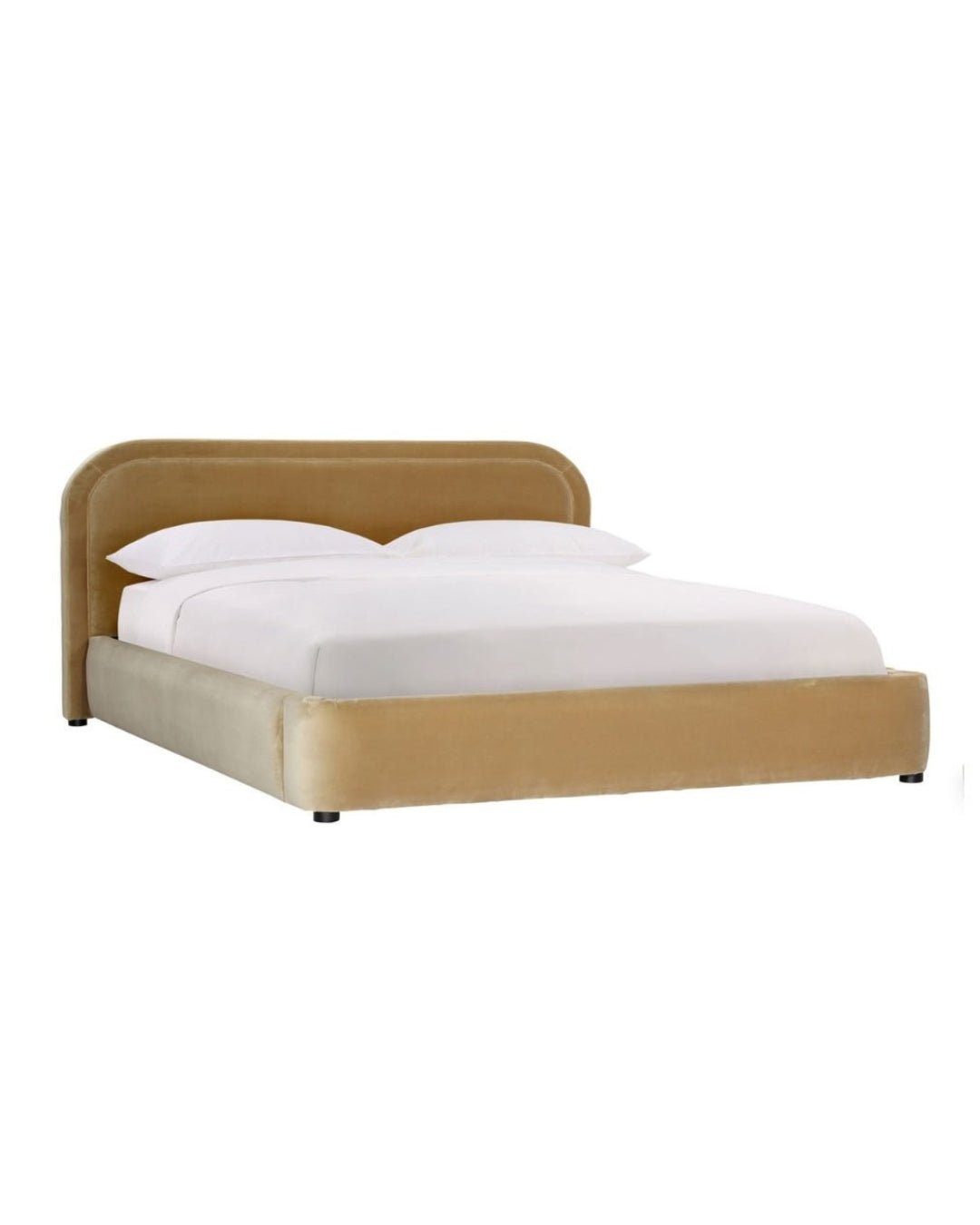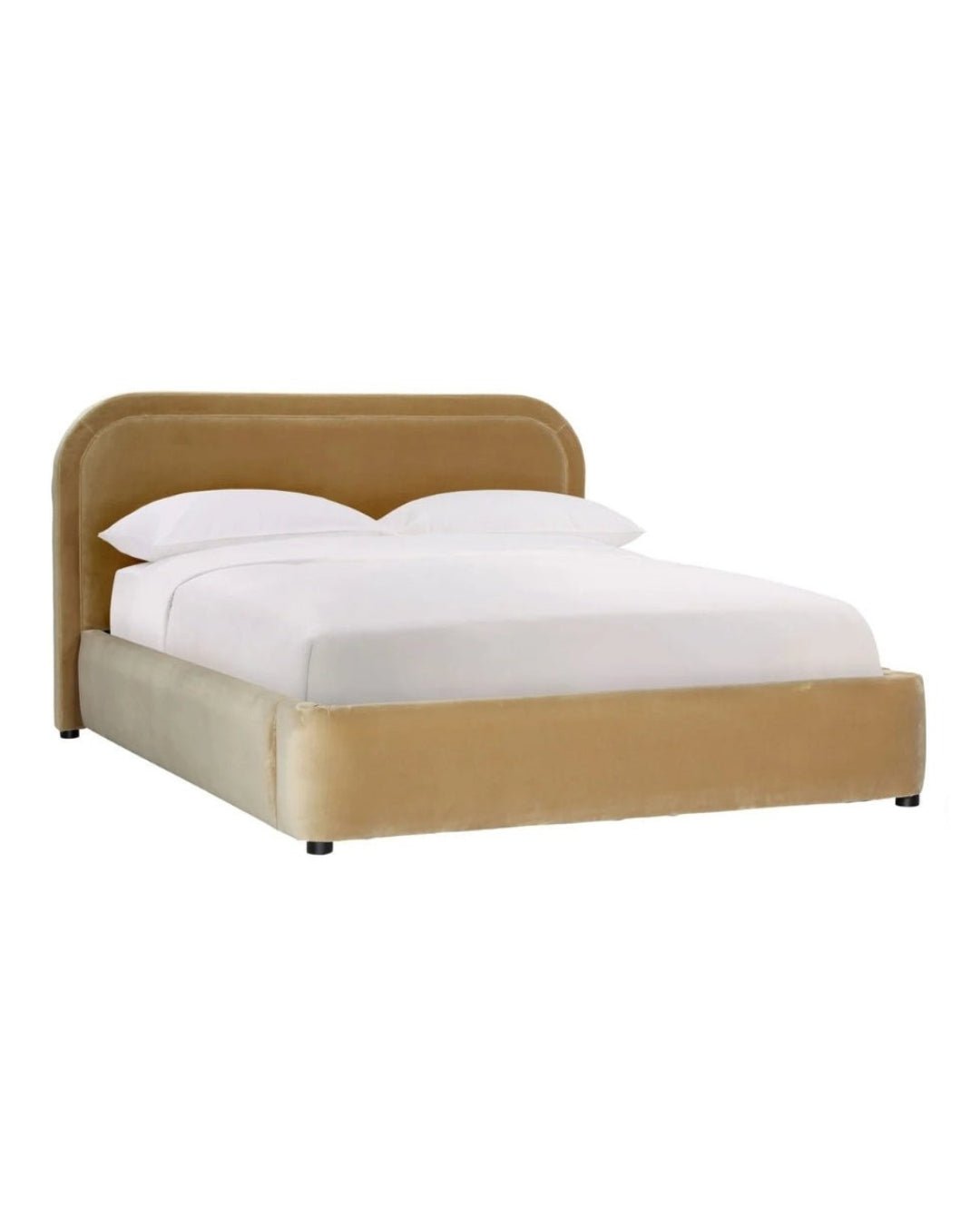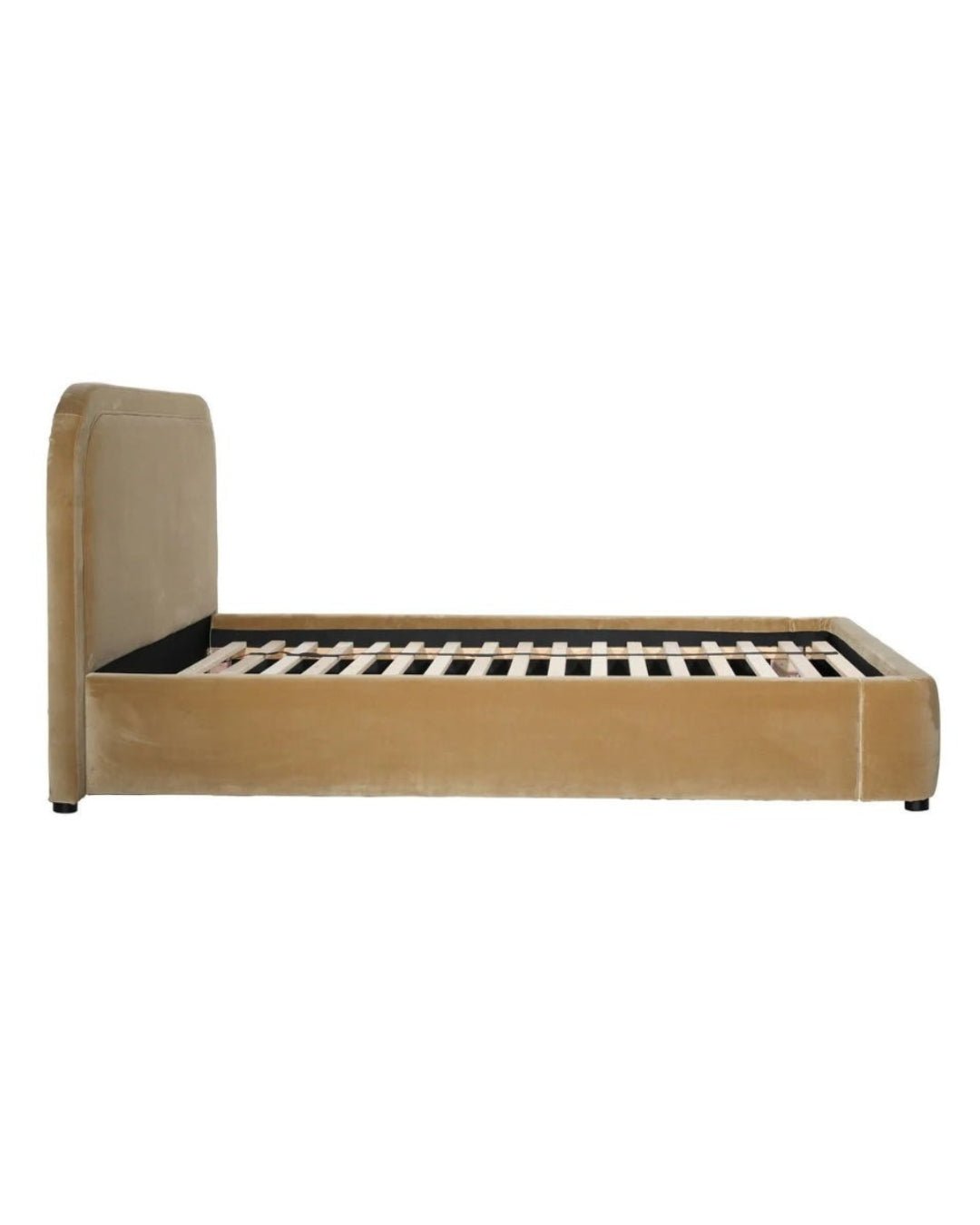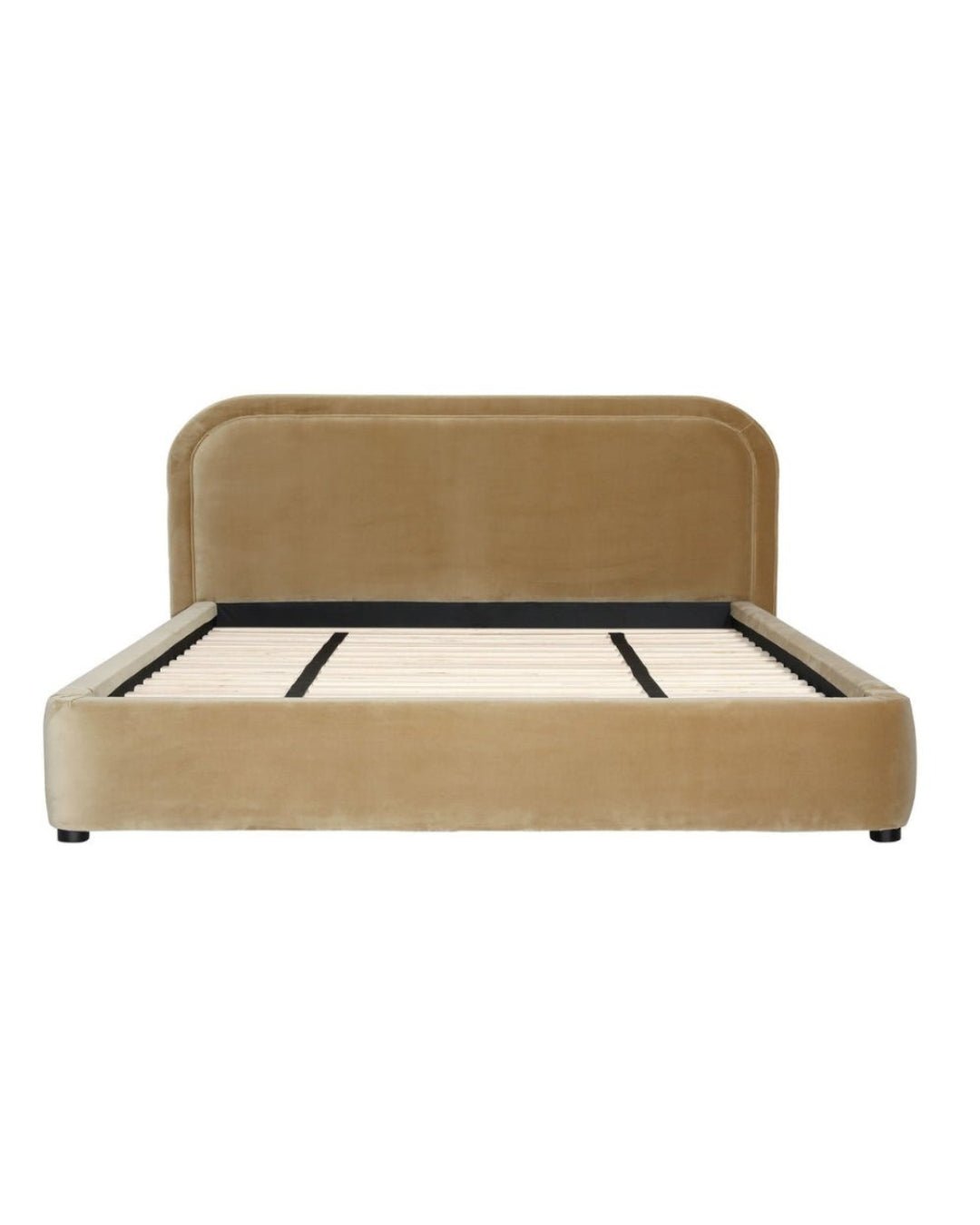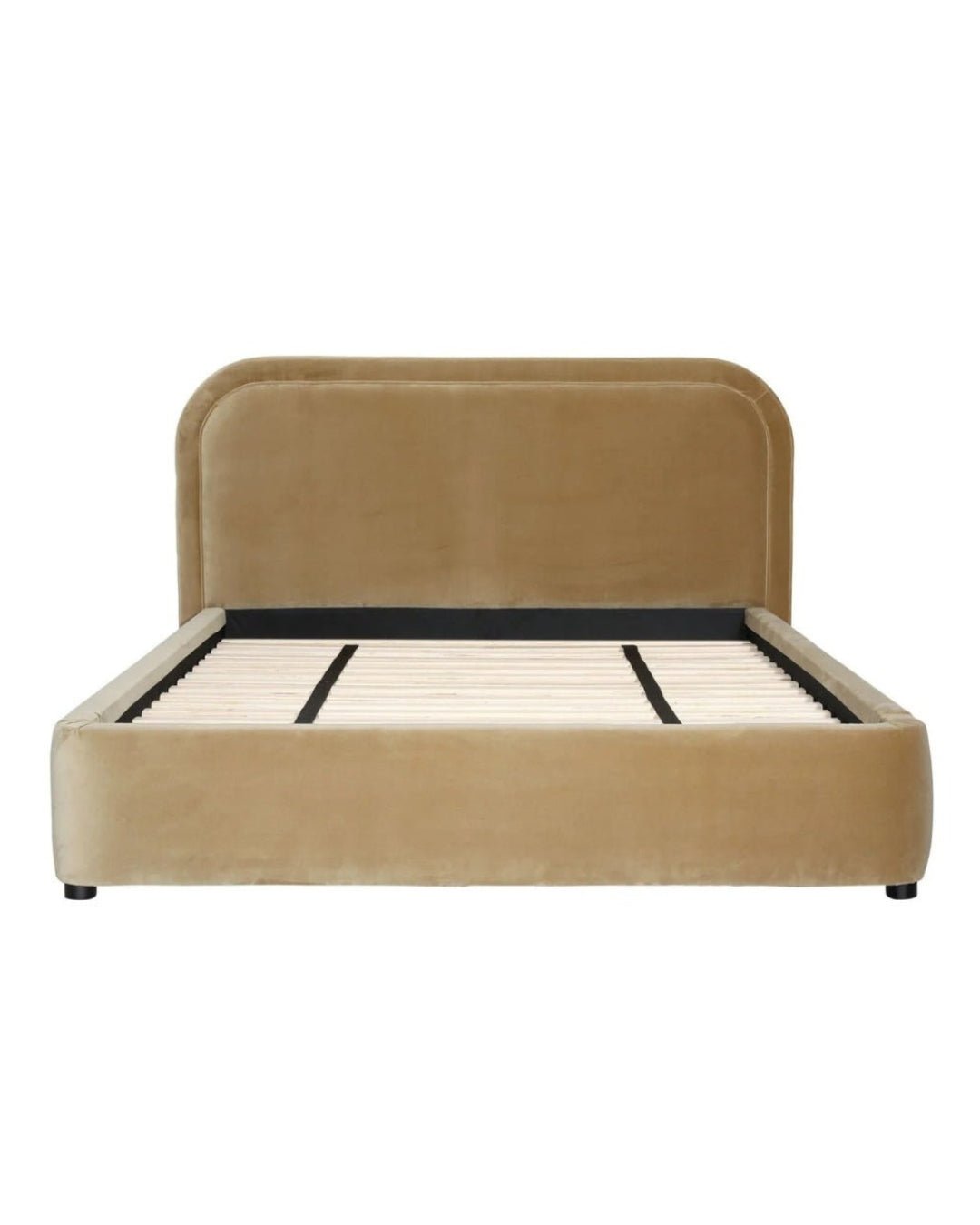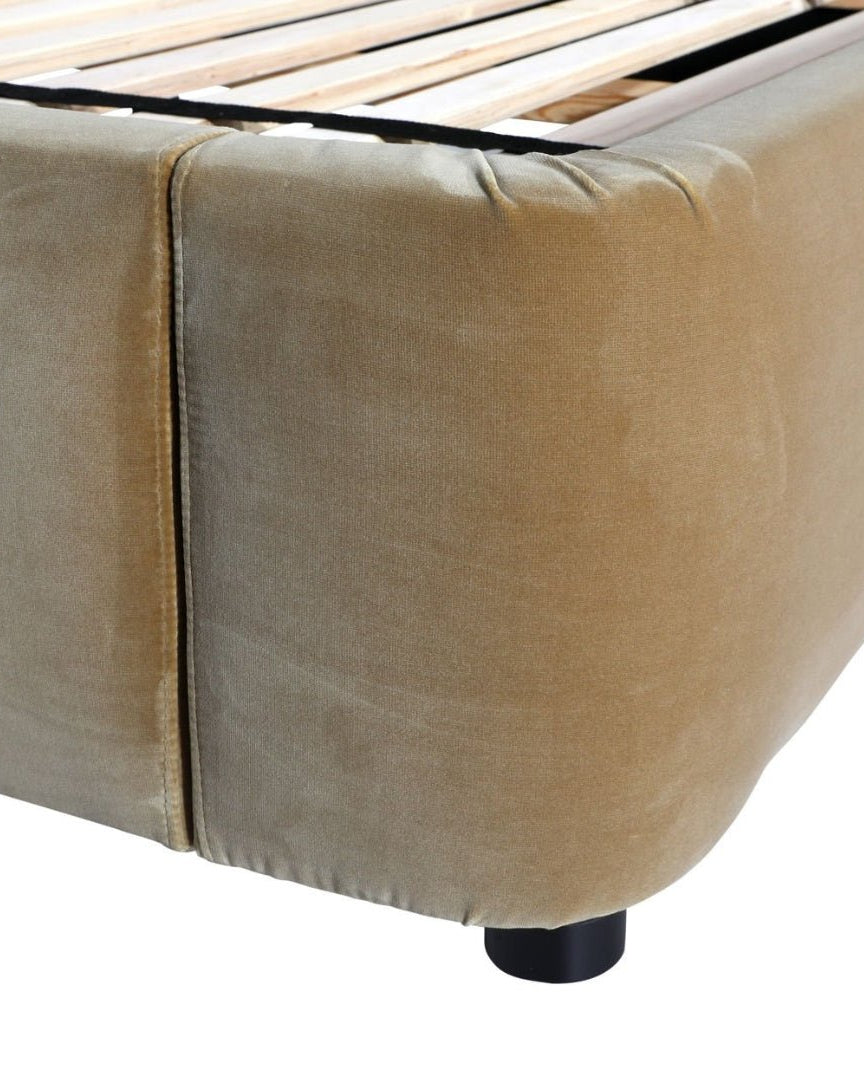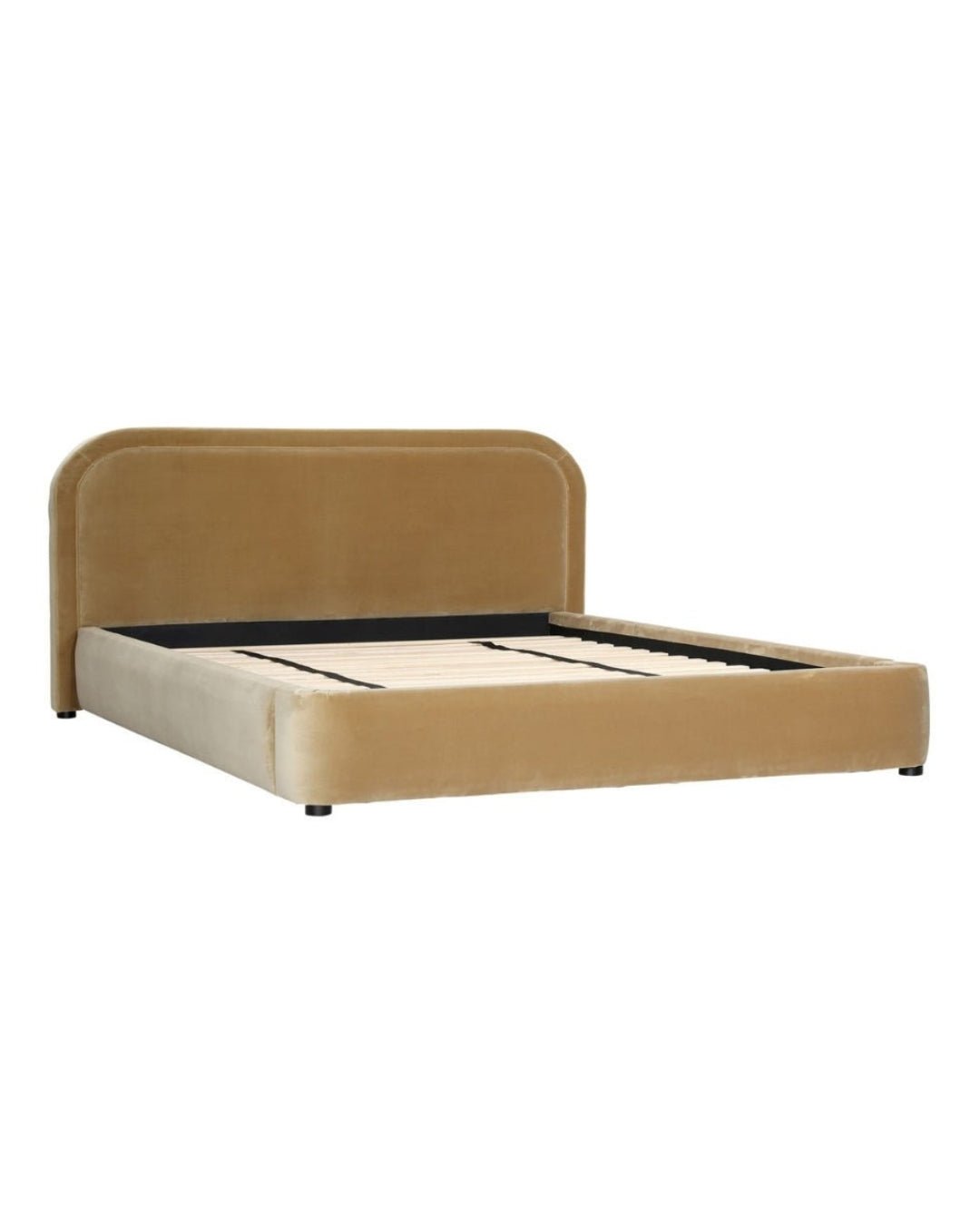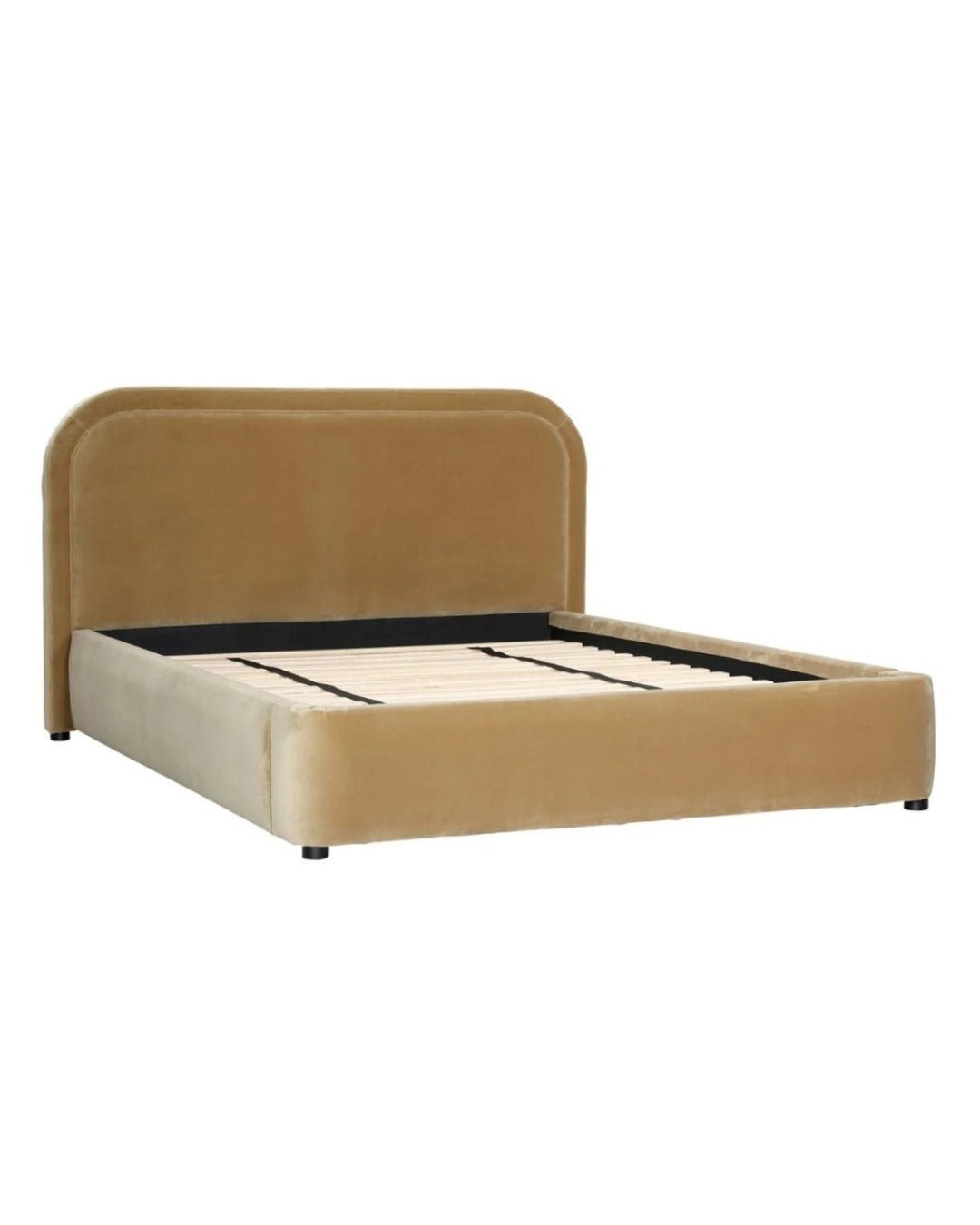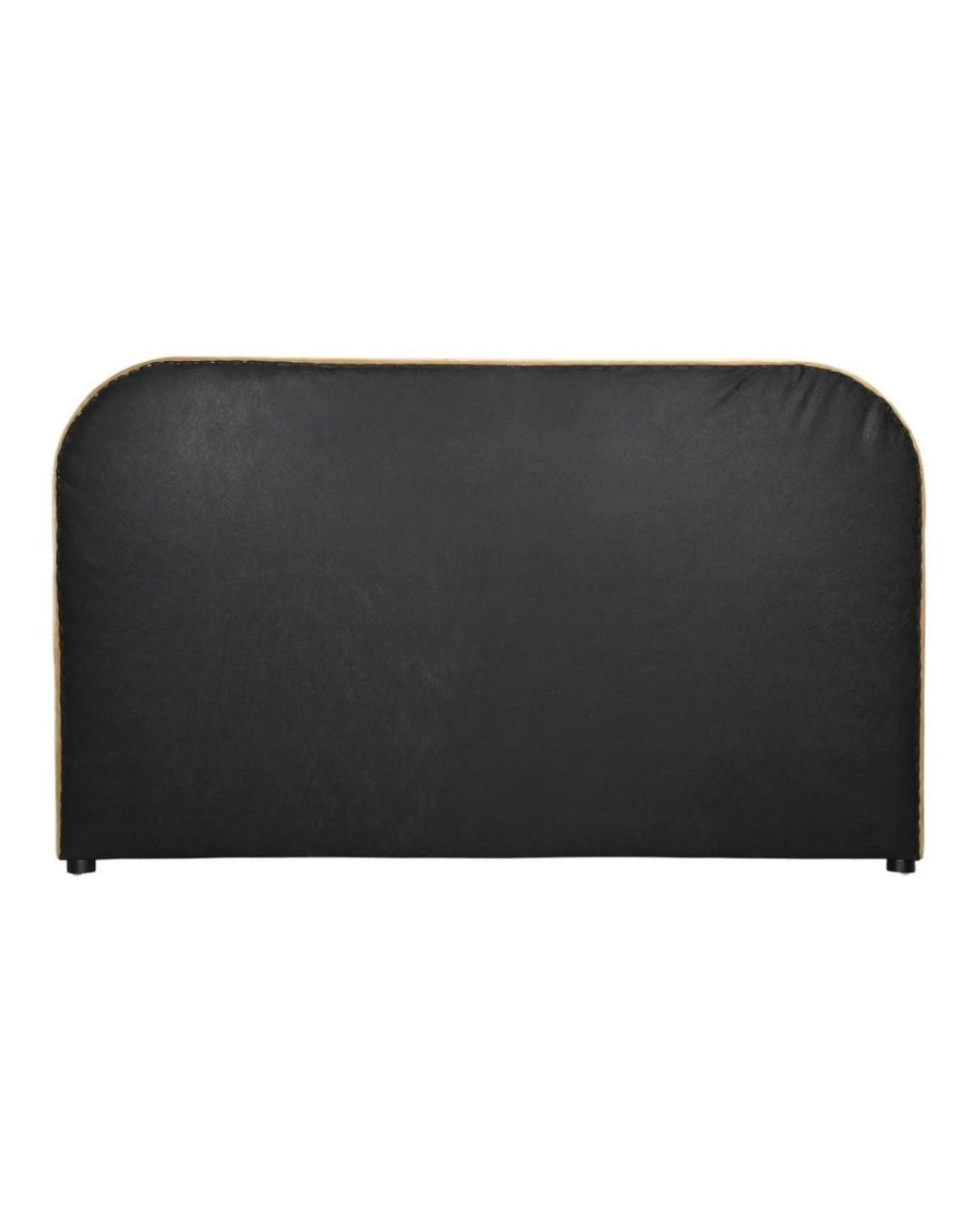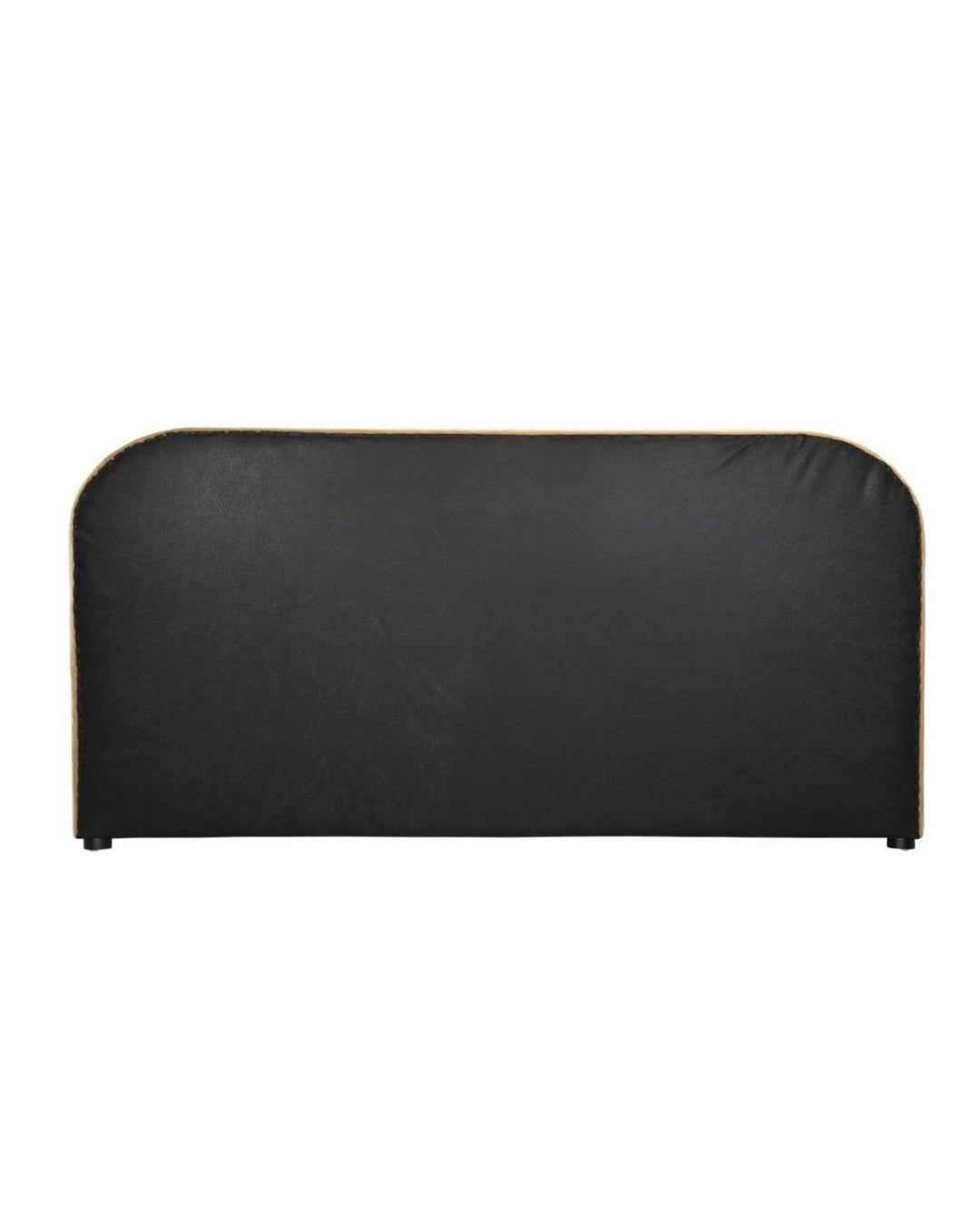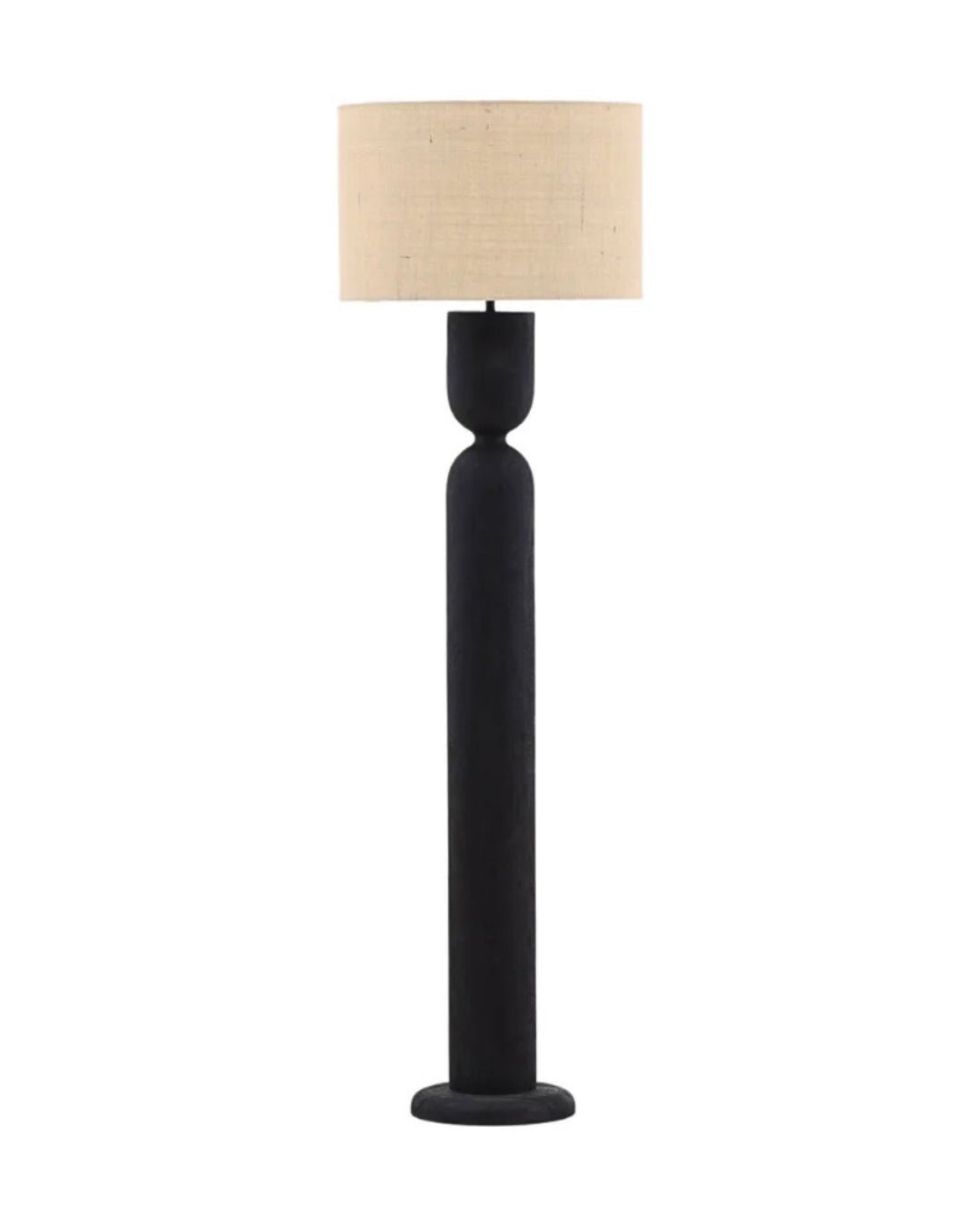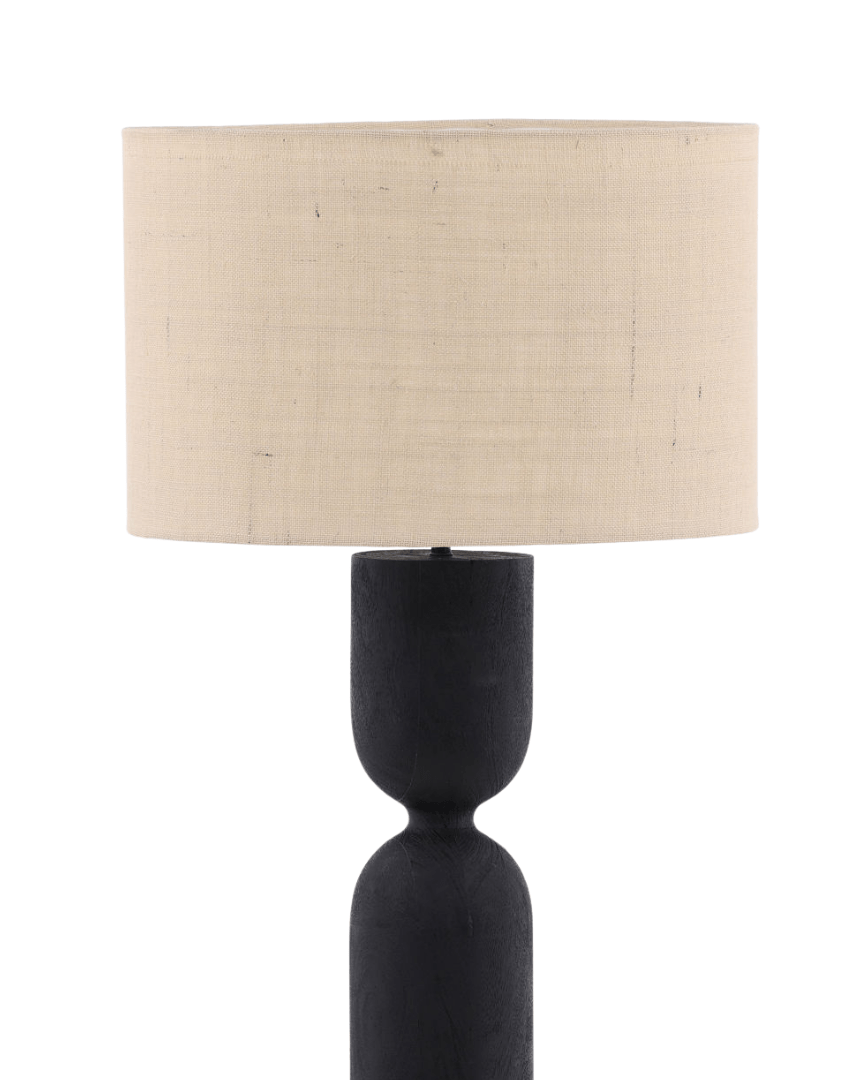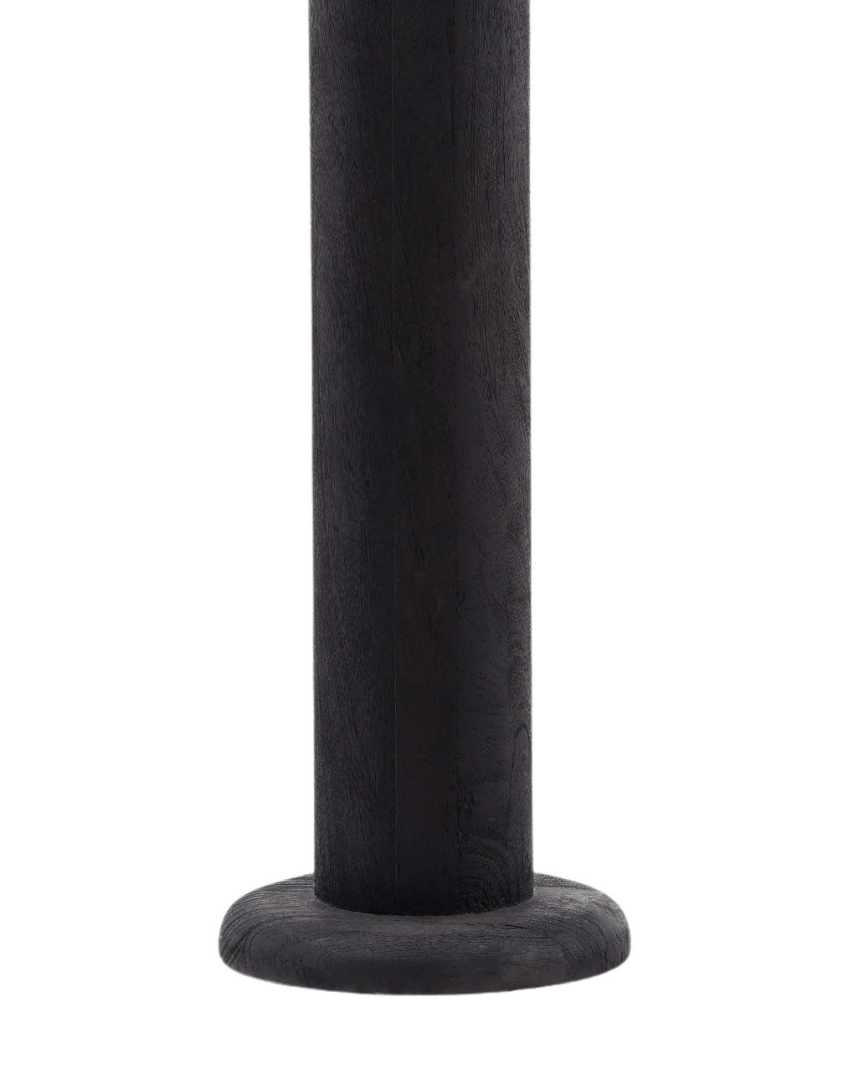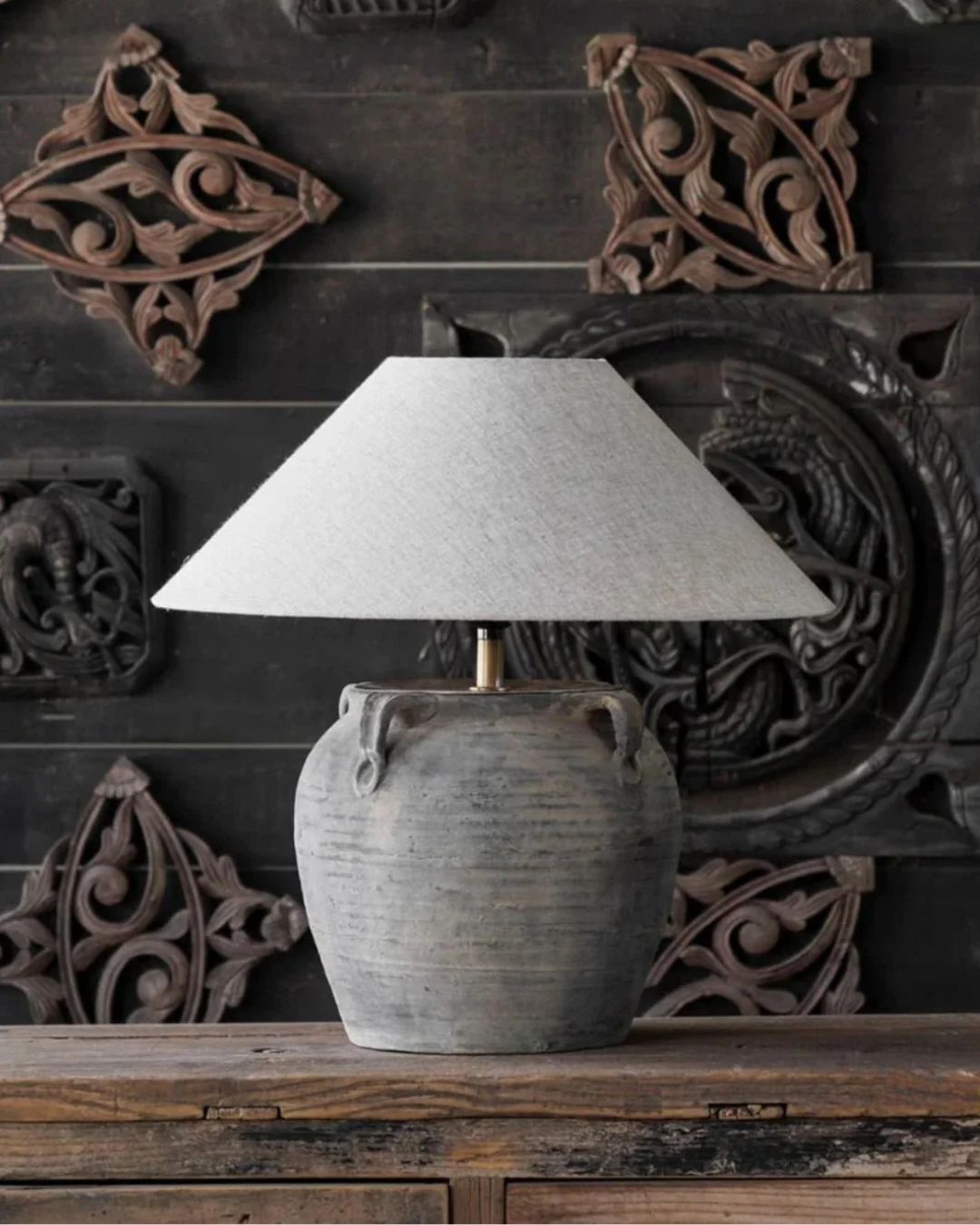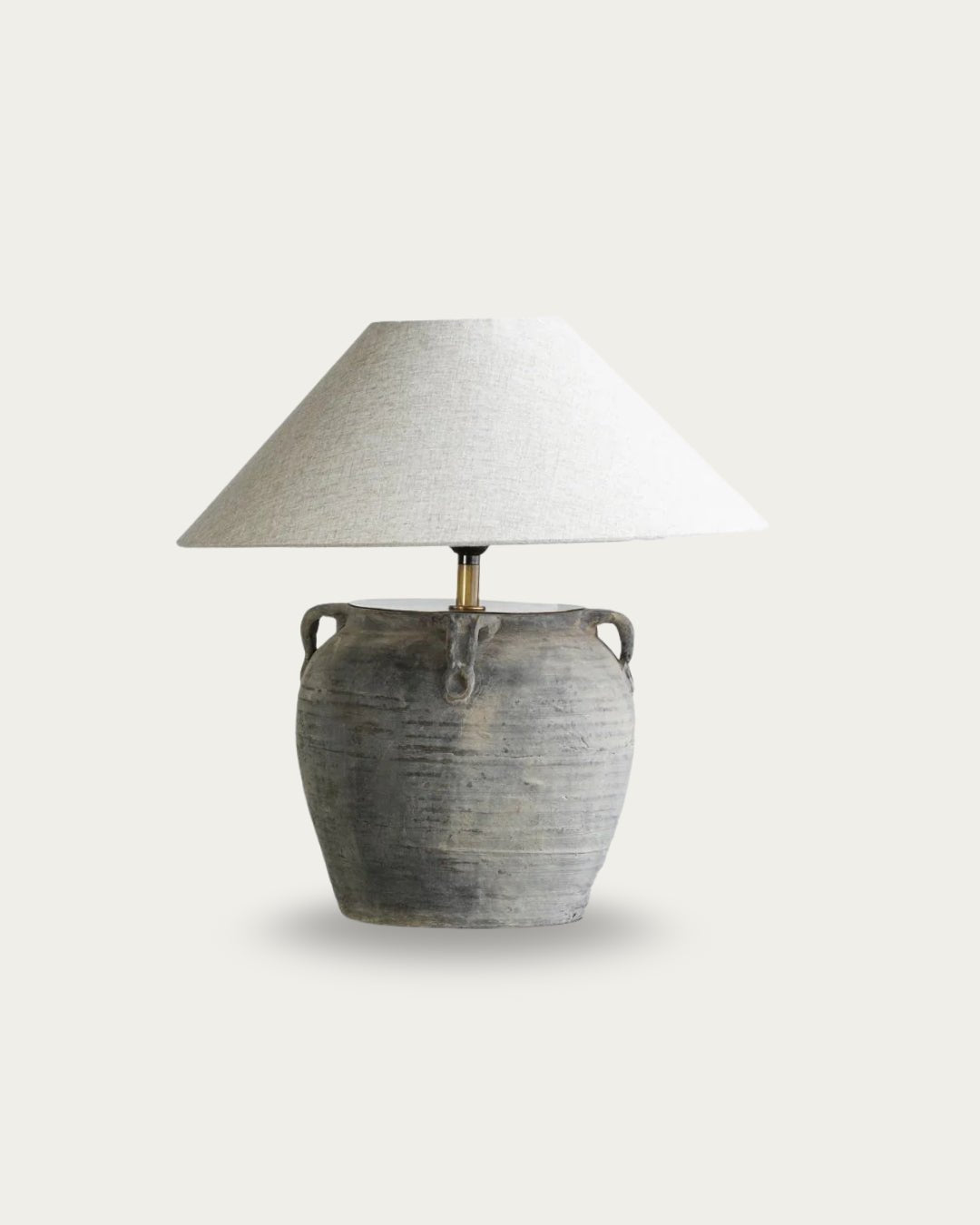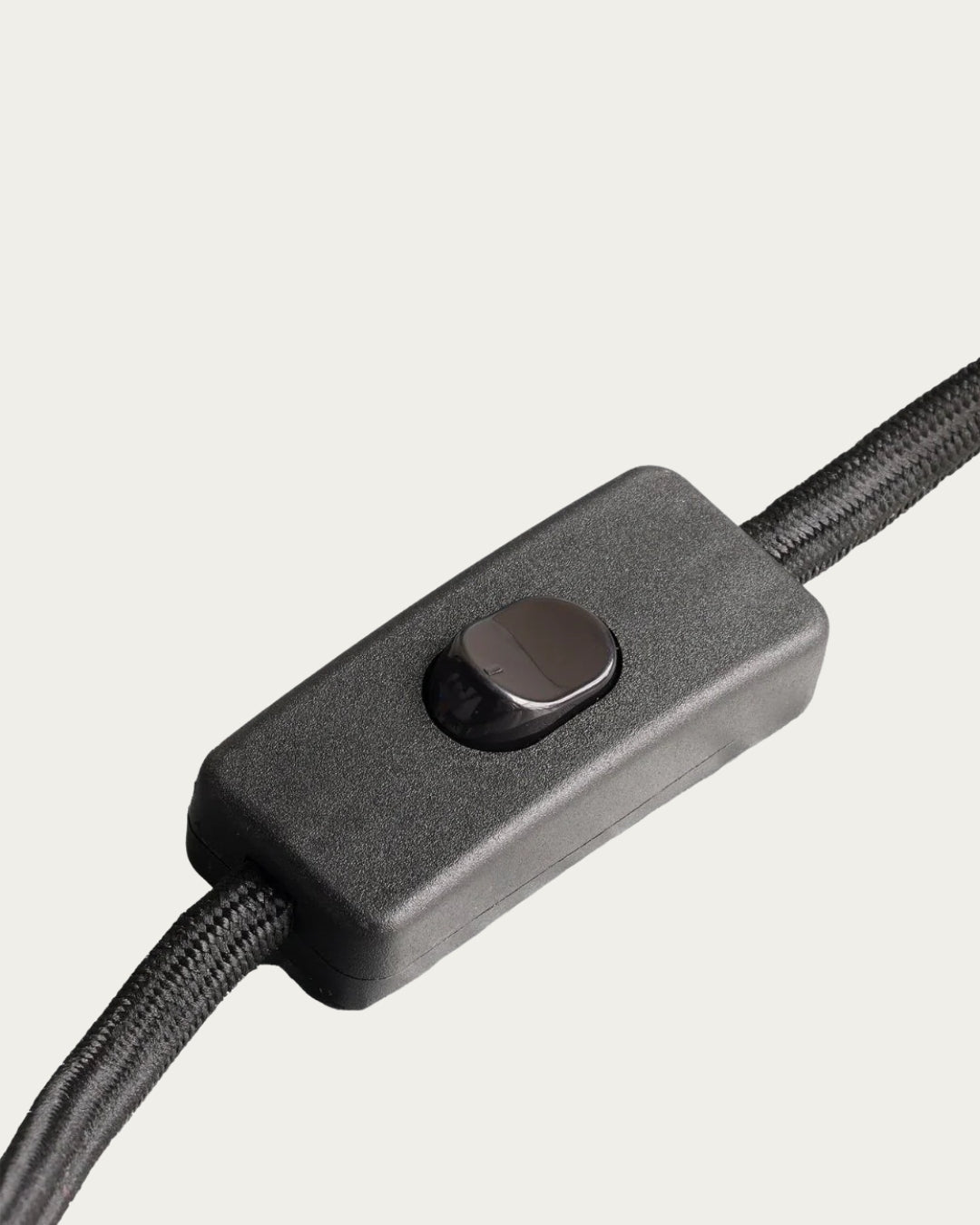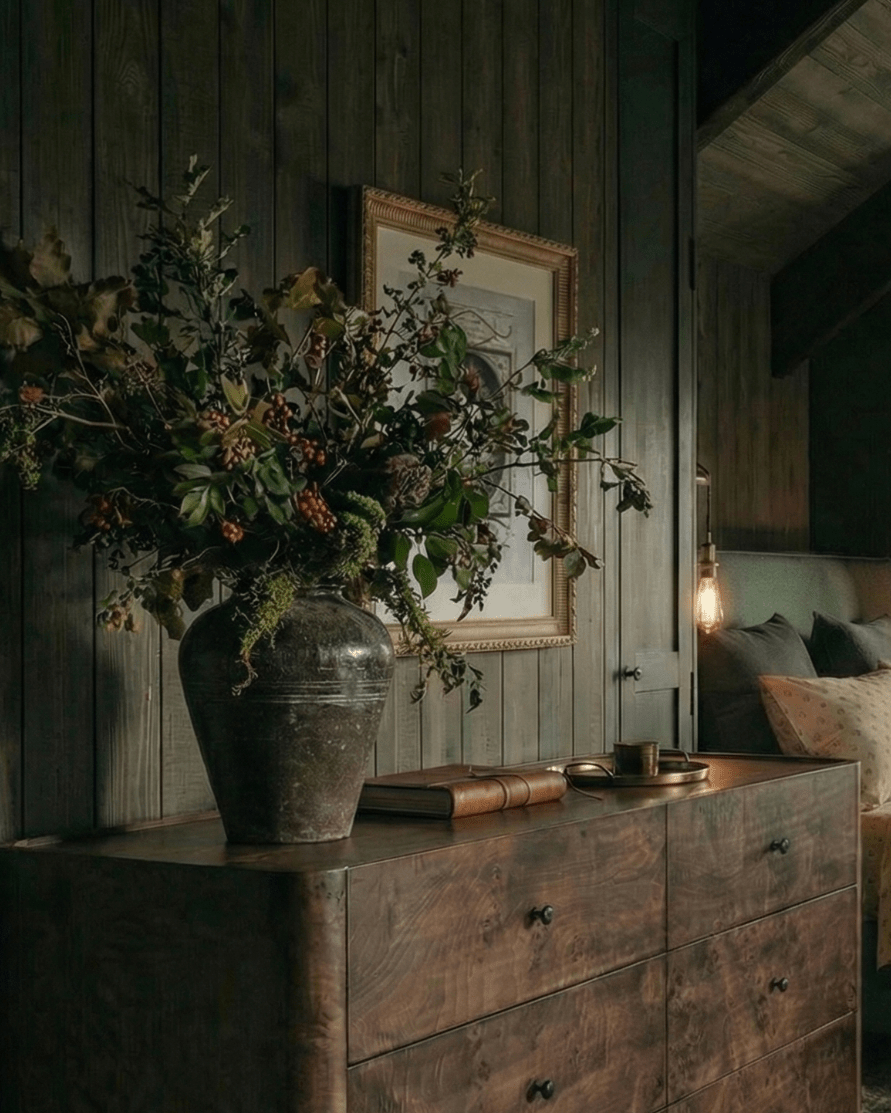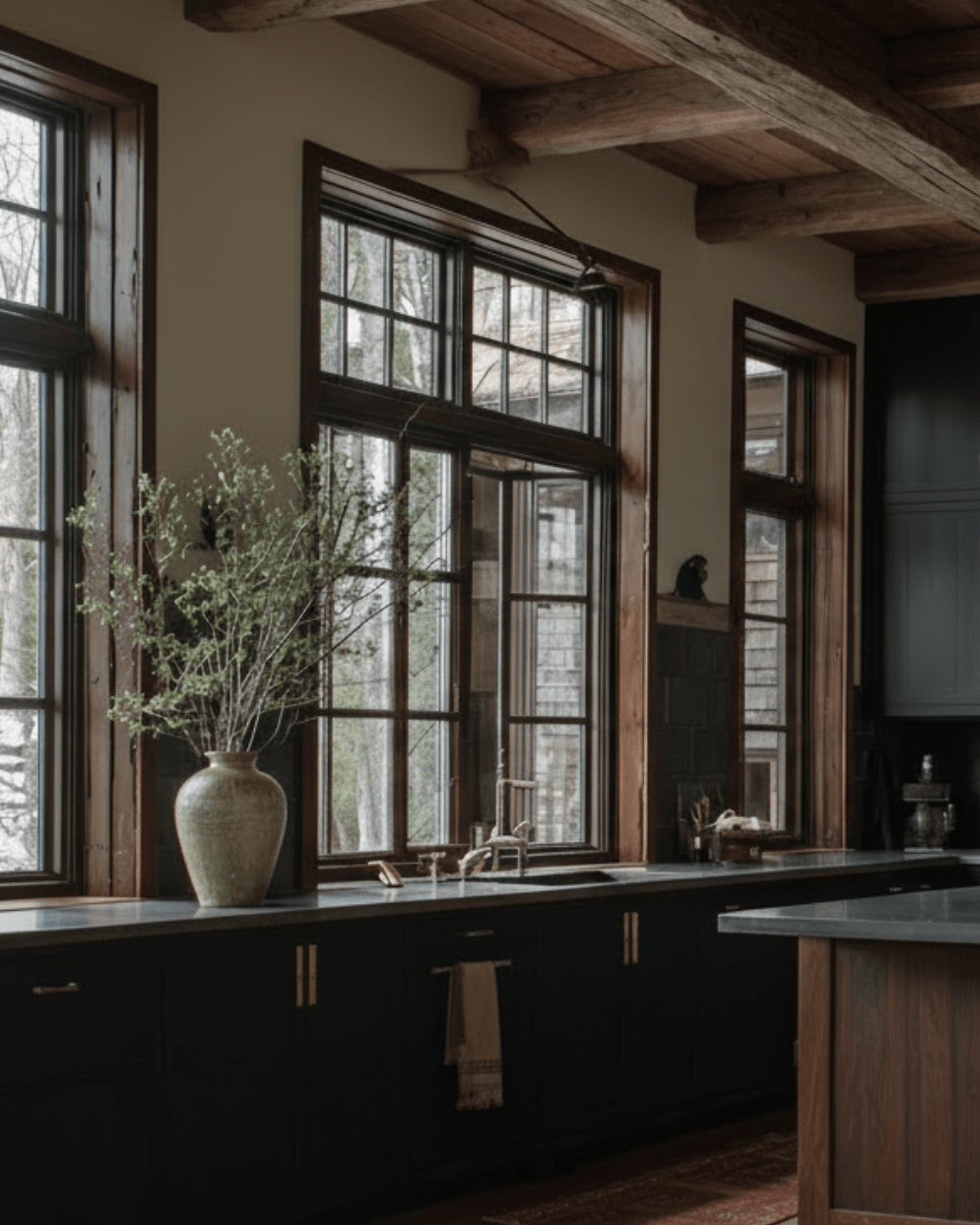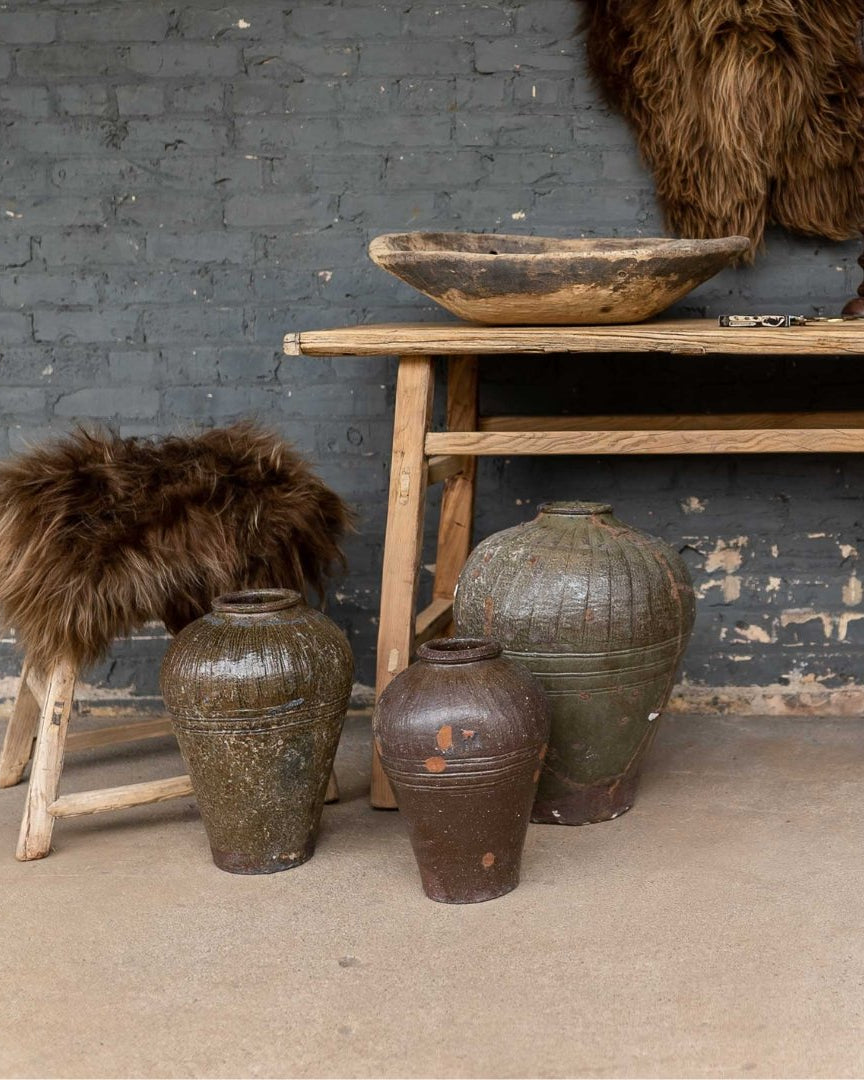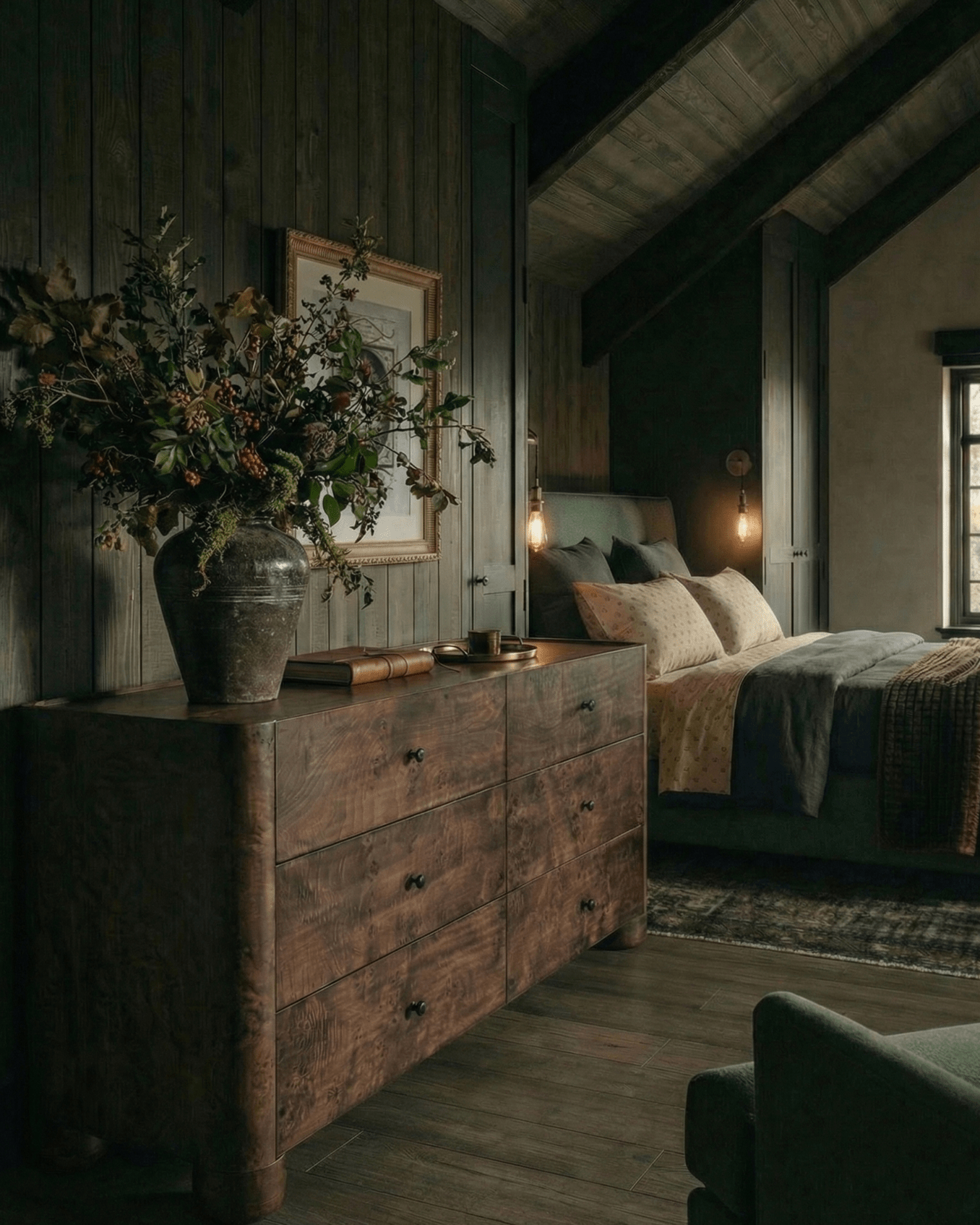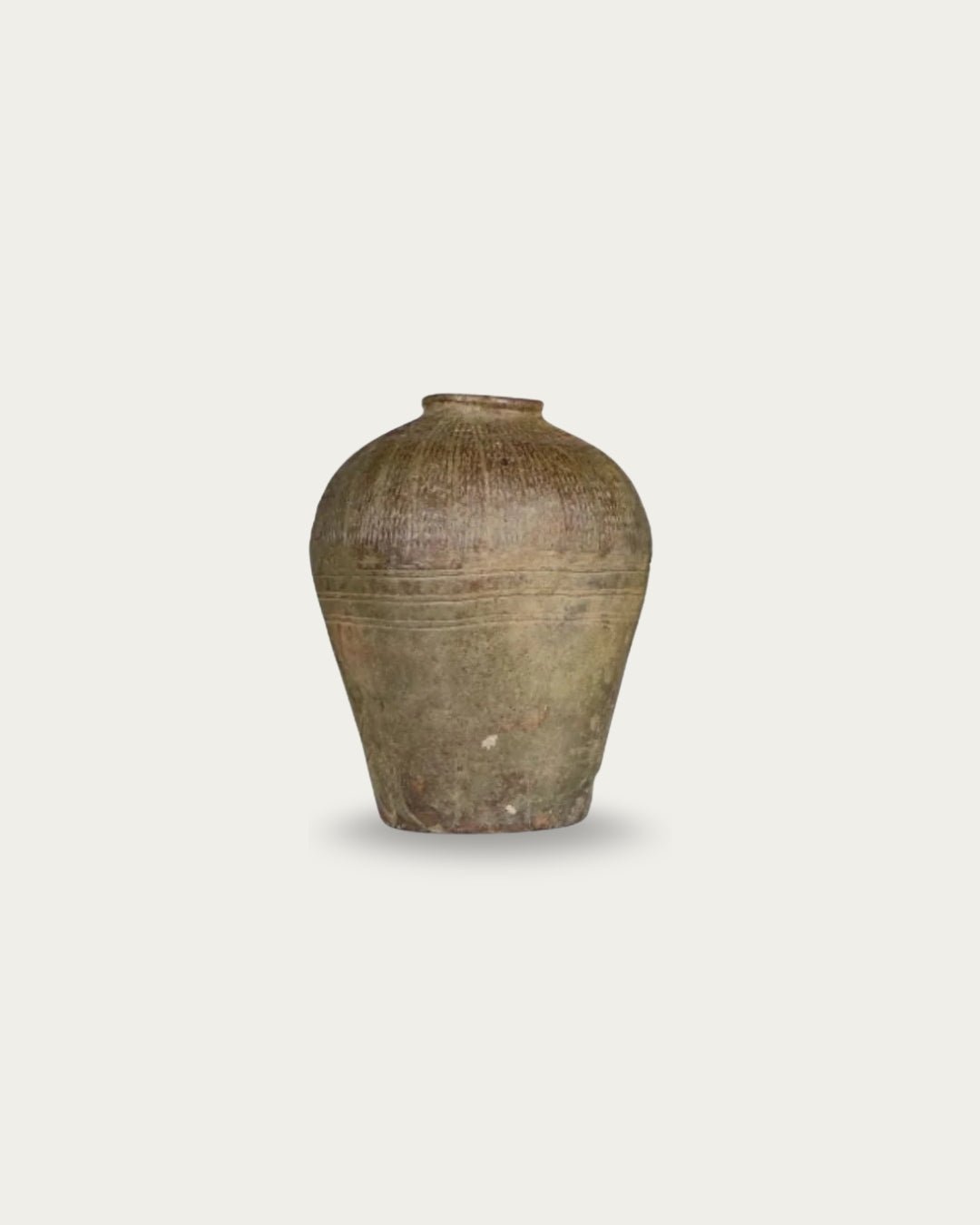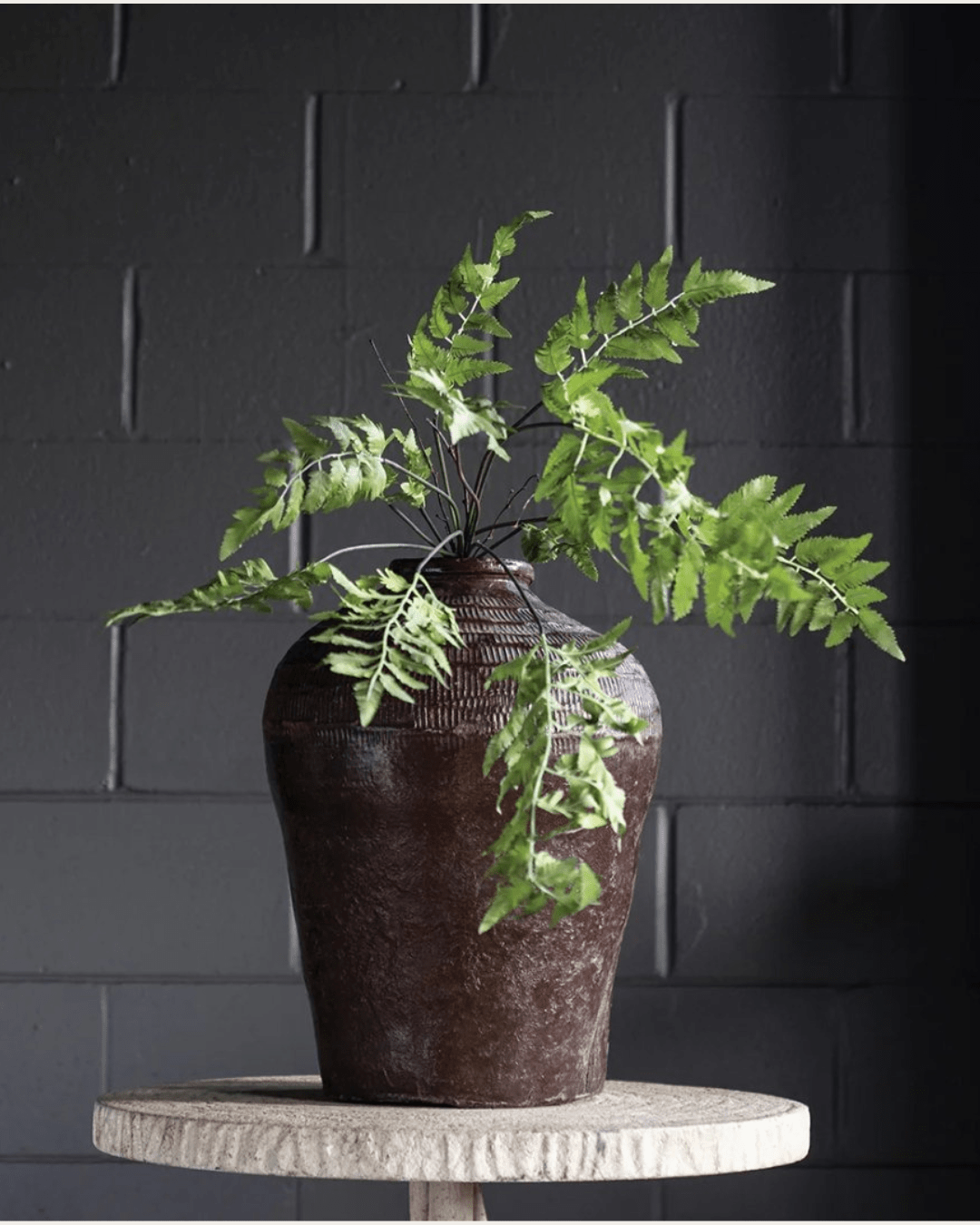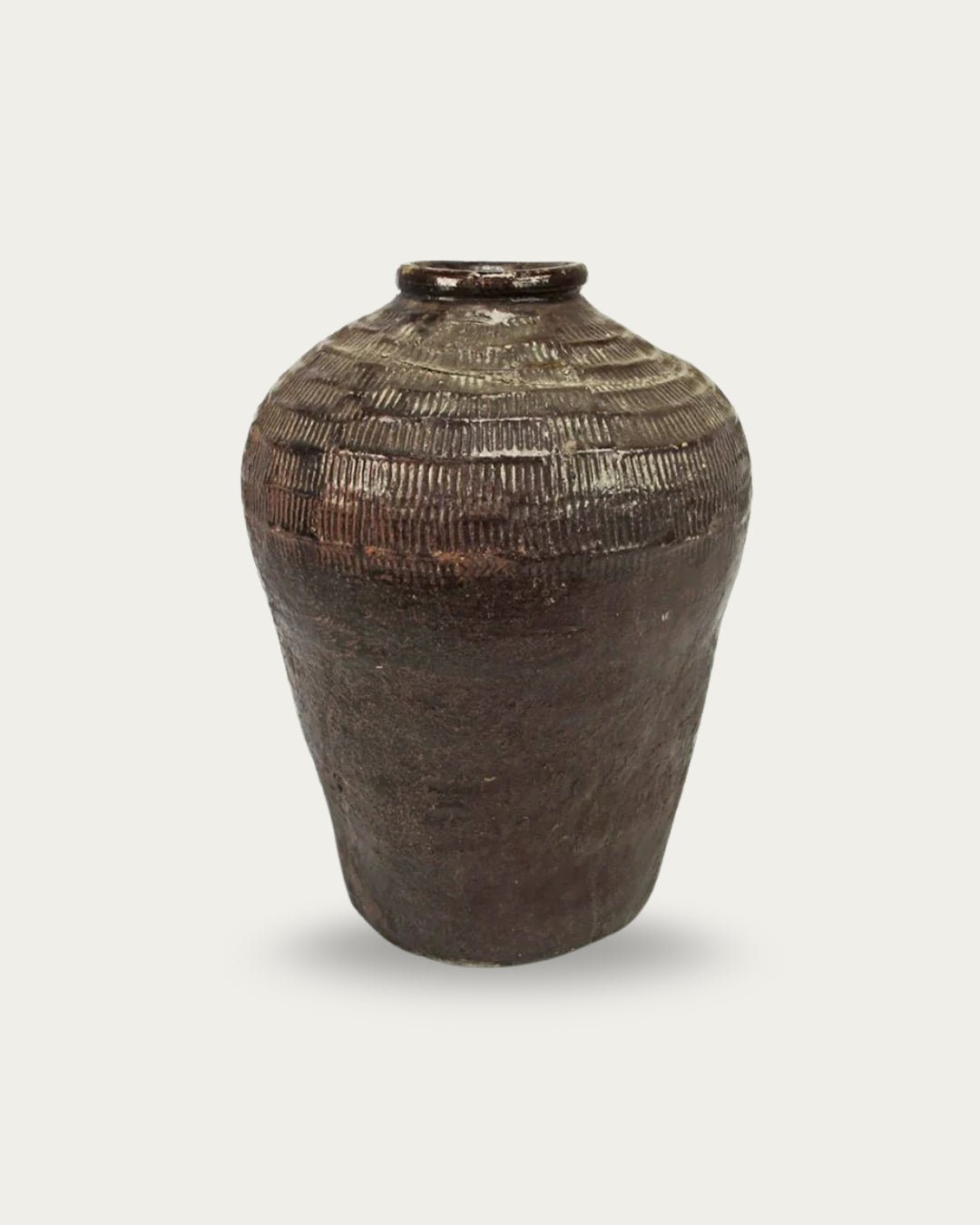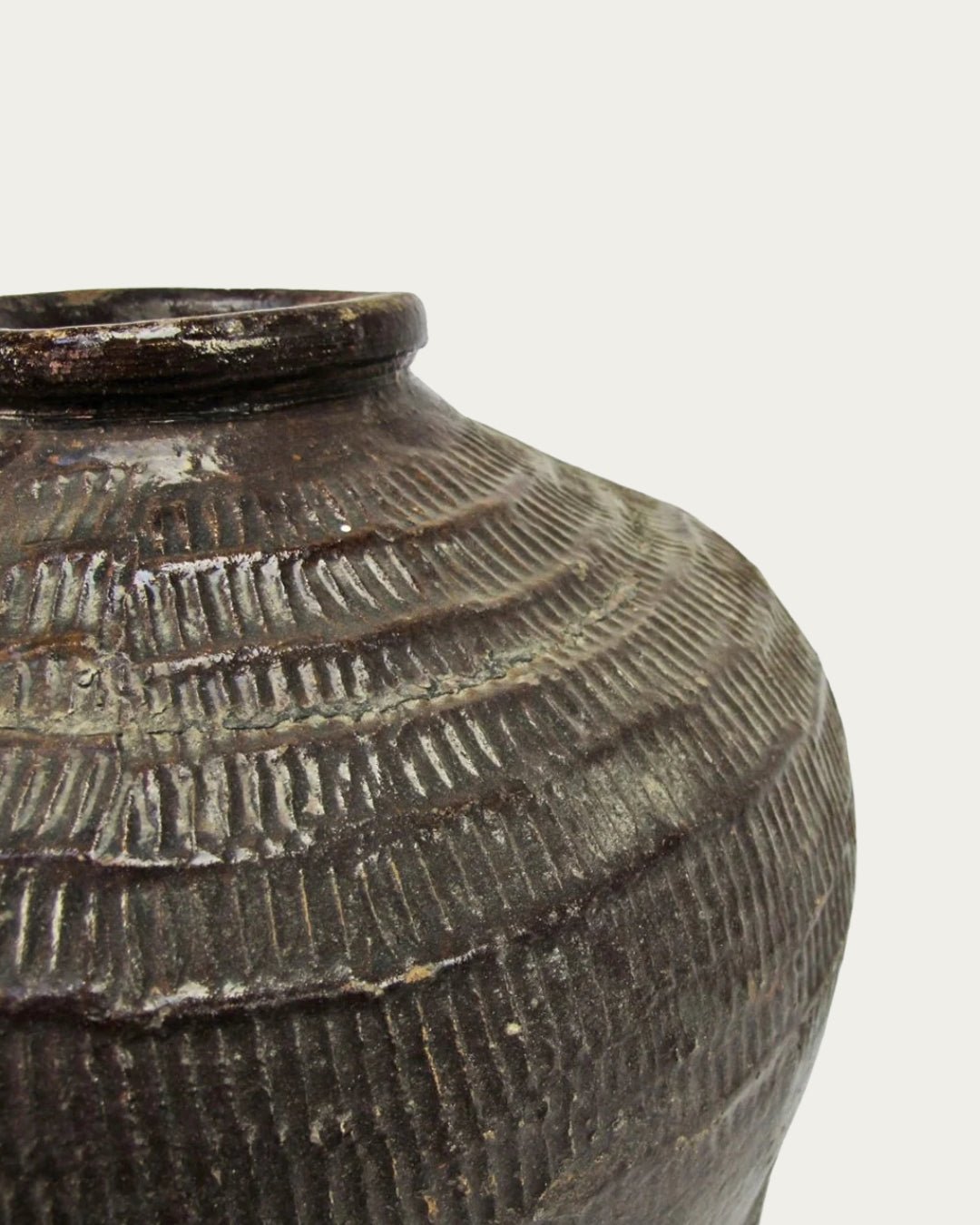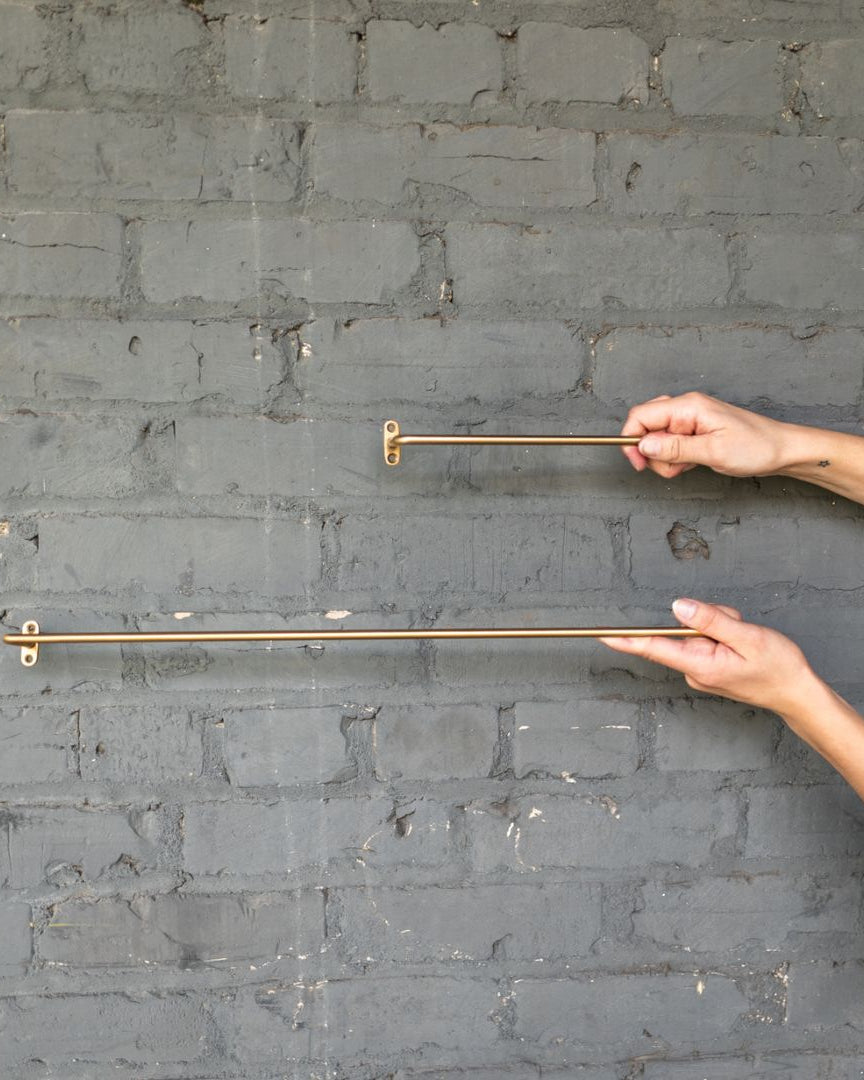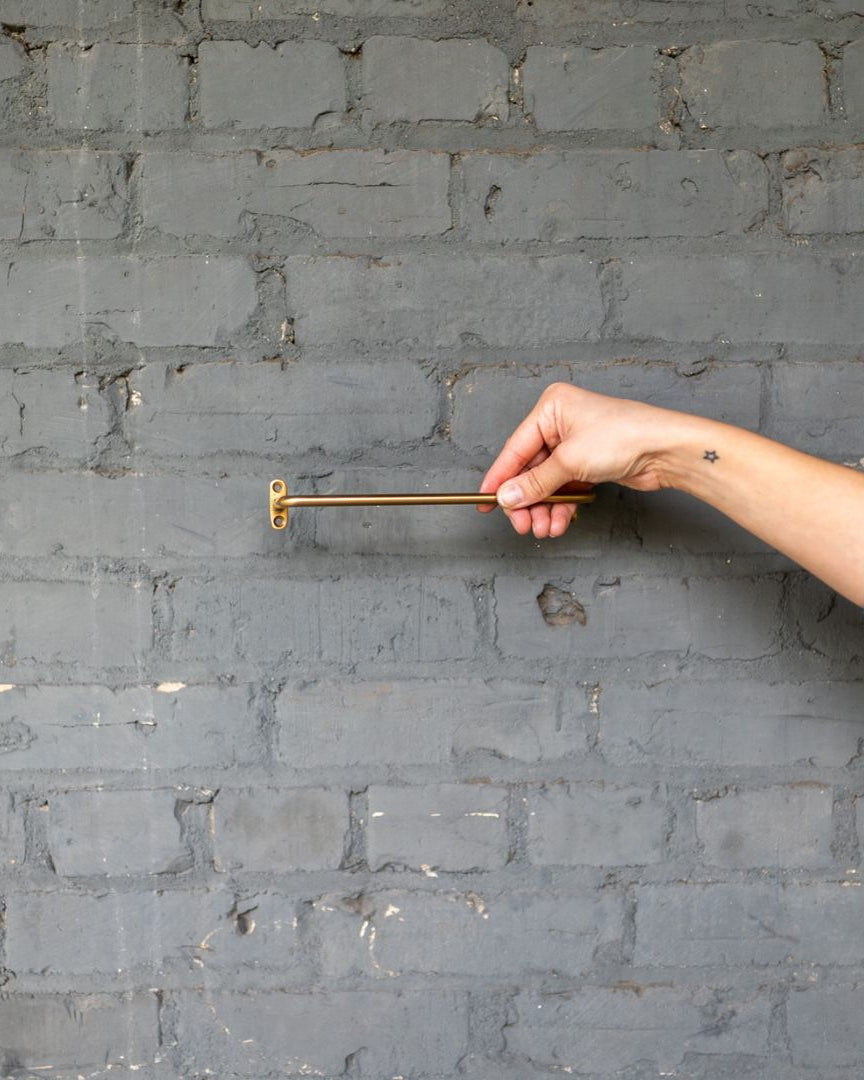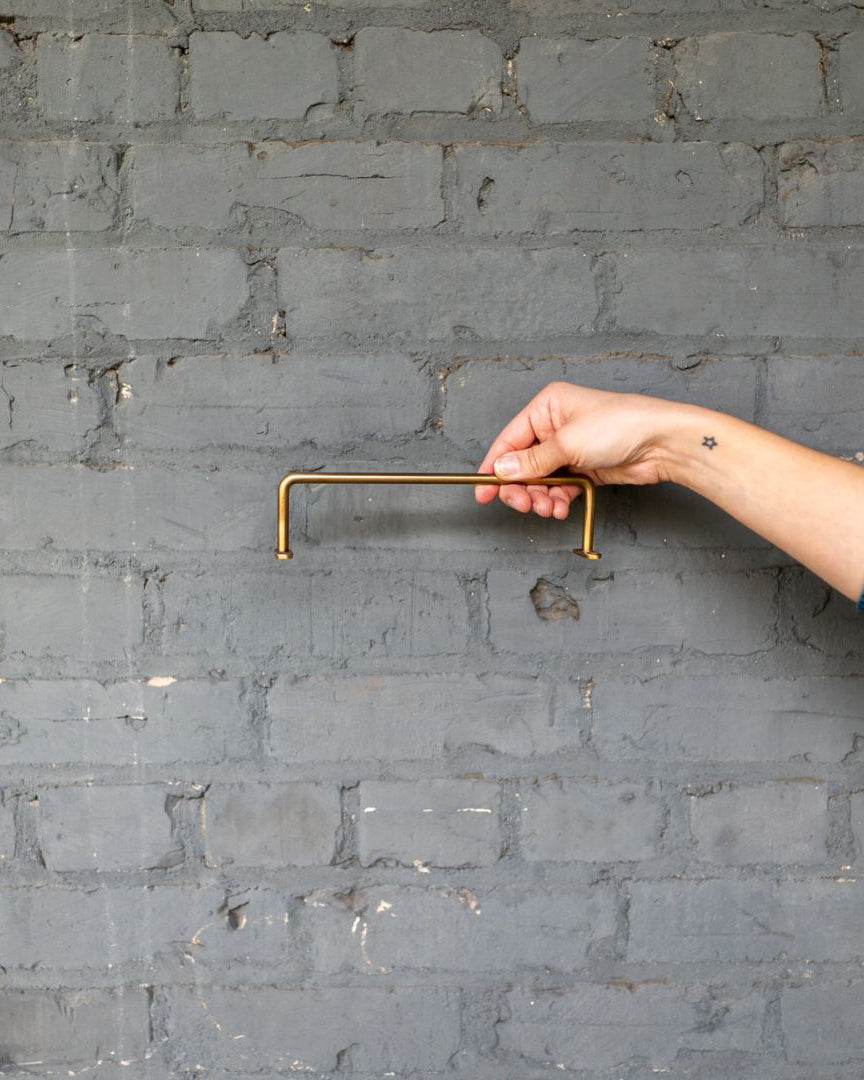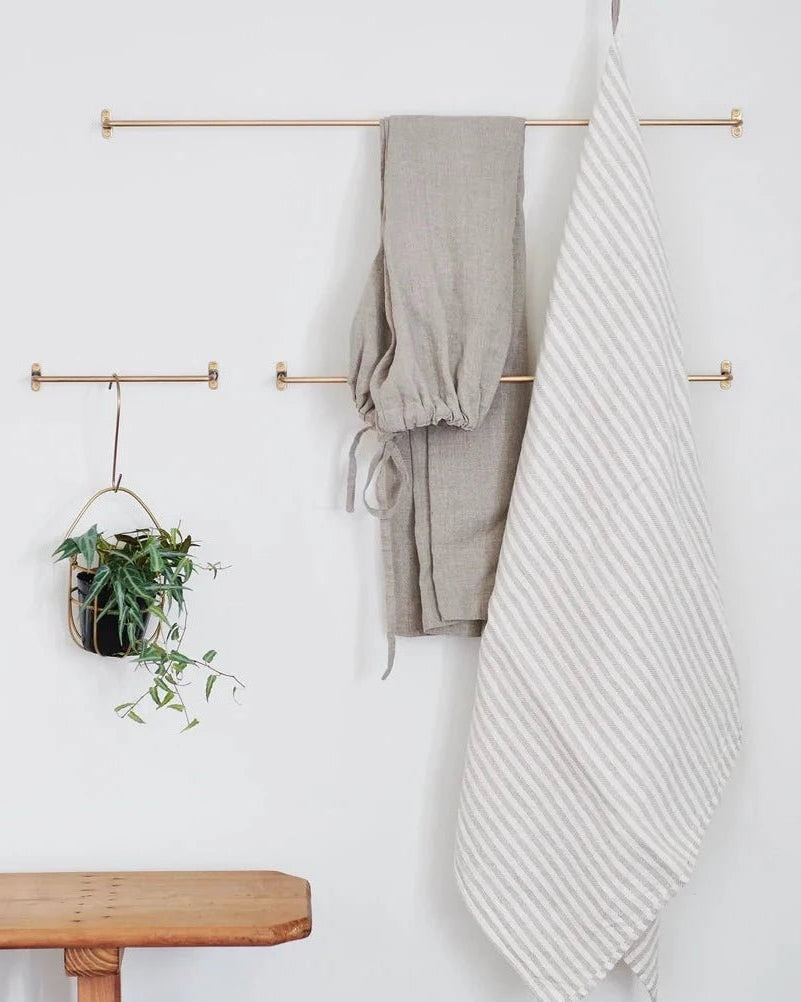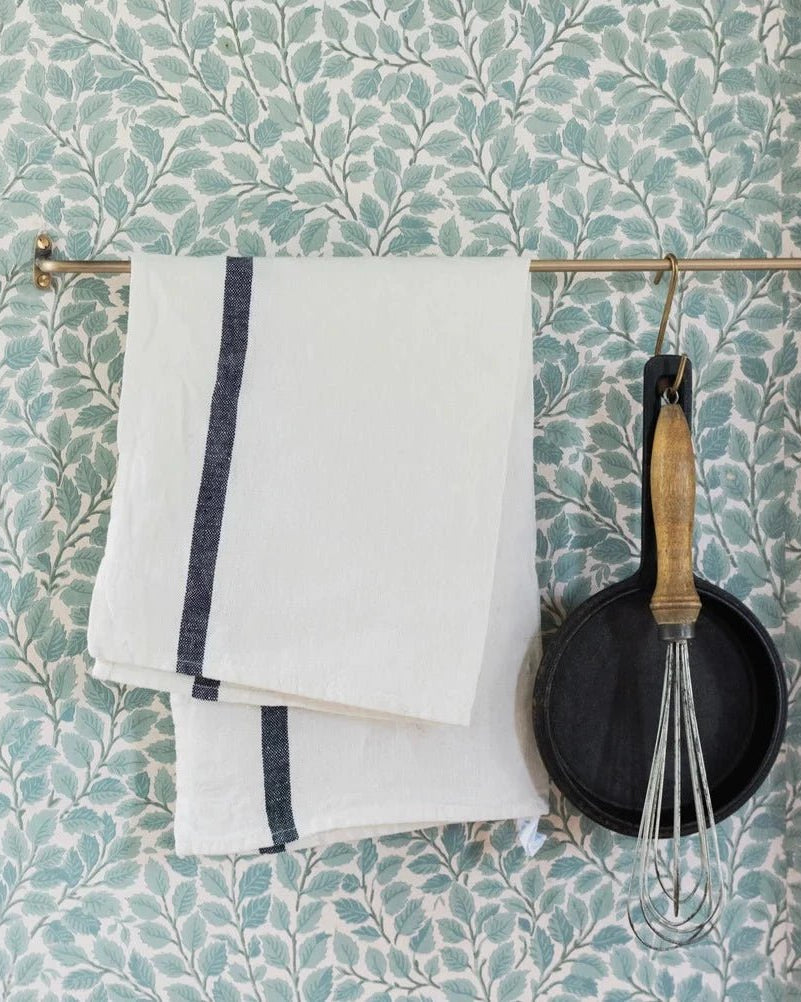A chair is never just a chair.

It’s the pause in a room. The object you gravitate toward when the day feels heavy. The single piece that can anchor chaos, soften edges, or shift the mood without demanding a full redesign.
Accent chairs have that kind of power. And yet, they often get treated as afterthoughts — a “bonus seat” in the corner. In reality, the right accent chair can be the difference between a living room that looks pulled together and one that feels like home.
This is the deep dive: why accent chairs matter, how to style them, and which ones carry the weight of a room.
Looking for the piece that shifts your whole room? Explore our accent chair collection and see which one anchors, softens, or shifts your space.
Why Accent Chairs Matter in Living Room Design
Most people underestimate the impact of living room accent chairs. They think: “I’ve got my sofa, my coffee table, I’m done.” But rooms without an anchor point often feel unfinished, even if every other element is technically “there.”
Accent chairs solve that. They do three things in design that no sofa can:
Anchor: they hold the edge of a room, framing the layout so it feels intentional.
Soften: they introduce texture and curve where bulkier furniture feels rigid.
Shift: they break symmetry, which is what makes a space feel alive rather than staged.
On a nervous system level, that one chair gives the eye a resting place. It offers proportion, rhythm, and negative space — cues your body quietly craves when you’re trying to relax at home. The Igor brown leather club chair, with its caramel leather and hand-applied vintage finish, instantly grounds a space. It’s the kind of chair that invites you to sink in with a book and never leave — perfect as an anchor in a living room or study.
Accent Chairs as Conversation Starters
Positioning for Connection
An accent chair doesn’t just fill a corner; it directs the flow of conversation. Place one slightly angled toward a sofa, and suddenly people aren’t lined up like commuters on a train — they’re in dialogue. The chair acts like punctuation in a sentence: a pause that changes the meaning.
The nervous system reads this too. Face-to-face layouts can sometimes feel confrontational, while side-by-side can feel dismissive. A well-placed chair splits the difference, inviting connection without pressure. That’s why in family rooms, a single accent chair can quietly shift how people interact.
The Role of Negative Space
Sometimes the chair’s real work is in what it leaves open. An accent chair placed with a little breathing room doesn’t just look stylish — it lets the room breathe. Negative space is as important as any object in design; it’s what gives the eye a place to rest.
Your body notices this too. A room crammed with furniture feels like a room that doesn’t want you. A chair with space around it says: come in, there’s room for you here. It’s subtle, but it’s regulation through layout.
Pairing Accent Chairs with Sofas for Balance
Contrasting Scale
The right living room accent chair balances your sofa like a counterweight. Too small, and it gets swallowed. Too big, and it bullies the room. Contrast is key: if your sofa is oversized and lounge-y, a slimmer accent chair sharpens the edge. If the sofa is low and minimalist, a larger chair adds weight back in.
This play with proportion keeps the eye moving. It also prevents visual fatigue — the nervous system relaxes when there’s balance in scale, not dominance. The pairing feels like dialogue rather than competition.
Material Contrast
Texture is another way chairs and sofas speak to each other. A leather accent chair paired with a linen sofa instantly feels grounded. A velvet chair against a rattan sofa adds plushness to an airy space. Mixing materials isn’t about being eclectic — it’s about giving the nervous system variety to track without overload.
Pair a structured sofa with the Oscar leather club chair, upholstered in chocolate-colored leather that will only get better with time. It’s grounding and built for the long haul — a chair that shifts the balance without ever trying too hard.
Case Study
Imagine a living room anchored by a neutral sofa. On its own, the sofa looks finished but flat. Add the Hansel panton curved accent chair, and suddenly the room has a point of movement. The curved rattan softens the sofa’s bulk, shifting the energy from static to flowing.
Pairing isn’t about matching — it’s about tension and release. The sofa holds. The chair shifts. Together, they create the rhythm that makes a room feel alive.
Accent Chairs with Ottoman: A Ritual, Not Just a Seat
If accent chairs are anchors, then ottomans are extensions of ritual. Accent chairs with ottoman don’t just add comfort — they create zones for slowing down. The Akima lounge chair leans into ritual with its oversized faux-fur seat and curved back. Add an ottoman in front, and it becomes more than seating — it’s a nook built for slow mornings and long evenings.
Think of the ottoman as multi-use:
Footrest, yes.
Side table when you need it.
Extra layer of textiles for grounding.
A leather chair paired with a low ottoman feels like a place to sink in with a book. A rattan frame with a soft linen ottoman signals summer lightness. Ottomans turn a simple chair into a nook — a corner that tells you to exhale.
Take the Hansel panton curved accent chair. Its sculptural form already softens the lines of a living room, but add a low ottoman in front and suddenly it’s not just seating — it’s ritual territory.
Accent Chairs Beyond the Living Room
Bedroom Corners
A chair in a bedroom does more than give you somewhere to toss clothes. It creates a pause — a ritual spot for reading, journaling, or simply sitting before bed. Bedrooms without this “third space” can feel like all-or-nothing zones: either you’re in bed or you’re out the door. An accent chair adds in-between.
Think soft upholstery, maybe paired with an ottoman. The chair becomes the signal to downshift, to transition from the world outside to the rest your body needs.
Entryways
An accent chair in an entryway is both practical and grounding. It says: you’ve arrived. Sit, take off your shoes, leave the day at the door. It’s not about lounging but about ritual — a moment that separates outside from inside.
Vintage wooden frames or structured chairs work well here, because they can handle daily use while still anchoring the space. This small gesture gives the nervous system a cue: you’re home now.
Workspace
Not every chair in a home office has to be a task chair. An occasional chair in a workspace softens the environment, making it less about deadlines and more about flow. It becomes the spot for deep thinking or casual calls — the body shifts into a different rhythm when it’s not tied to a desk.
A swivel or upholstered accent chair works particularly well here. It offers flexibility and comfort, keeping the space from feeling like a cubicle. The nervous system reads it as choice, not confinement.
Accent Chairs Swivel: Movement as Comfort
There’s a reason accent chairs swivel are suddenly everywhere. It’s not just trend; it’s function meeting nervous system comfort.
Swivel chairs allow your body to reorient — toward conversation, toward the fire, toward the window — without committing to one fixed direction. That small ability to move makes a room feel more adaptable. And adaptability feels safe.
A swivel chair is particularly useful in open-concept spaces where “zones” can get blurry. Place one in the in-between — facing the sofa, but able to spin toward the kitchen or balcony. It keeps flow flexible, and your body doesn’t feel trapped by a static layout.
Color Stories Through Accent Chairs
Neutral Chairs as Anchors
Neutral accent chairs are often dismissed as “safe,” but their real role is anchoring. Linen, beige, or wood-toned frames create calm by receding visually. They allow the rest of the room to breathe.
For overstimulating spaces — rooms with bold art, patterned rugs, or lots of movement — a neutral chair is often the regulation point. It grounds without competing.
Bold Color as Shift
Sometimes, though, the chair is meant to shift the whole energy. A mustard yellow accent chair in an otherwise neutral room changes the mood instantly. Emerald velvet or deep rust creates warmth and richness where the rest of the palette is restrained.
The nervous system interprets color as energy: bold hues activate, neutrals soothe. Where you place your accent chair on that spectrum determines whether it anchors or disrupts — and both can be powerful, depending on what your space needs.
Seasonal Swaps
Accent chairs can also follow seasonal rhythms. Lighter upholstery — linen, cane, pale woods — feels appropriate in summer when the body craves air and space. Darker velvets or leather in autumn and winter signal depth and warmth.
This isn’t about redecorating every season, but about styling. A throw, pillow, or cover in a seasonal shade can shift the nervous system’s read of the same chair without replacing it.
Styling Accent Chairs by Texture and Mood
Accent chairs aren’t just about where they sit; they’re about what they bring in. Materials carry mood:
Leather : grounding, weighted, serious.
Rattan : airy, breathable, light.
Velvet : plush, enveloping, indulgent.
Wood frame with linen : structured softness.
A room dominated by upholstery may need a chair in wood or cane to let it breathe. A space with sharp, modern lines benefits from a rounded, upholstered chair to soften contrast.
The Hilda brown leather tufted chair has that tall wingback form and caramel-brown leather that instantly adds character. It’s structured but cozy — a fireside piece that reads vintage without the wear-and-tear baggage.
The Science of Sitting: Why Chairs Regulate More Than You Think
Grounding Weight
Solid, structured chairs offer a sense of grounding the body recognizes instantly. Heavy wood arms or a substantial leather frame communicate safety. You sit down, and your body knows it’s being held.
That physical grounding extends to the room. A weighty chair anchors space visually the same way it does physically, reducing the sense of chaos. The nervous system tracks this — when something in the room feels secure, you feel secure.
Curves and Safety Cues
Sharp edges and rigid lines can overstimulate. Rounded arms, curved backs, and softened silhouettes send cues of safety and relaxation. That’s why accent chairs with arcs or sculptural frames often feel more welcoming than boxy armchairs.
The Hansel panton curved accent chair demonstrates this: its rounded form signals openness, helping the nervous system relax into the space.
Movement and Control
Swivels, rockers, and chairs with a little give add choice. And choice is regulation. When your body can adjust without standing, it feels more in control. This matters in both social and private spaces.
Accent chairs with swivel bases, in particular, support flexibility. They let you redirect without drama, keeping the nervous system calm by allowing subtle shifts in orientation.
Accent Chairs as Anchors in Vintage Styling
Vintage pieces often carry more weight — literally and emotionally. A single vintage accent chair can shift a room by introducing patina, scale, or curve that mass-produced furniture rarely delivers.
The Idonea lounge chair is a sculptural standout. Its boucle fabric and curved silhouette make it a conversation piece in any room — the kind of chair that doesn’t just sit quietly in the corner but shapes the atmosphere around it.
Vintage chairs also regulate the nervous system differently: their worn edges, softened fabrics, and lived-in patina offer cues of familiarity and safety.
They say: this piece has held weight before, it can hold yours too. The Tomas occasional chair blends comfort and practicality, with multi-tone boucle fabric and natural wood legs. It has the sturdiness of a vintage piece while keeping things fresh and versatile.
Accent Chairs as Collectible Objects
Vintage Hunting
Hunting for vintage accent chairs isn’t about matching a style board — it’s about finding a piece that carries history. Patina, scratches, and wear are part of the story. Each mark is a reminder that this chair has held others before you.
For some, that weight is grounding. It ties your living room not just to style, but to memory.
Artisan Made
Handmade or artisan accent chairs carry another kind of resonance. You feel the maker’s hand in the joinery, the stitching, the form. This uniqueness shifts a chair from object to ritual.
Future-Proofing
Accent chairs are small enough to be experimental, but significant enough to stay with you. That makes them collectible. Choosing pieces that age well — structurally sound, materials that patina — ensures they last across style cycles.
They become heirlooms, even if they weren’t intended to. The right accent chair isn’t just for this season’s living room; it’s for the long arc of your home.
How to Choose The One Chair That Changes Everything
Not every chair is the chair. Choosing the right one requires attention to more than aesthetics. Here’s what to consider:
Proportion: Does it balance your sofa, or does it shrink in comparison?
Placement: Is it filling negative space or cluttering flow?
Texture: Does it contrast what’s already in the room?
Function: Do you need swivel, ottoman, or just presence?
Mood: Does it anchor, soften, or shift the room’s energy?
The “right” accent chair is the one that makes you want to sit without overthinking. It’s the one that makes the room breathe differently the second it’s in place.
How to Style Accent Chairs with Lighting and Tables
Side Tables as Complements
Side tables aren’t afterthoughts — they frame the chair and dictate how it’s used. A marble table next to a rattan chair creates tension; a wooden table next to leather deepens warmth. Pairings matter as much as the chair itself.
Functionally, they also regulate how the chair is experienced. With a table nearby, the chair becomes a ritual spot — coffee in the morning, tea at night, a book resting within reach.
Lighting the Corner
Lighting transforms a chair into a scene. A floor lamp angled just right turns the chair into a reading nook. A pendant above shifts it into a focal point. Light cues the body: this is a place for rest, not just sitting.
Accent chairs without proper lighting risk fading into the background. With the right glow, they command presence.
Textural Layers
Throws, pillows, and rugs surrounding an accent chair do more than style a photo — they change how the body interprets the space. A wool throw signals warmth. A linen pillow signals breathability. A rug underfoot signals grounding.
These textures are regulated by layering cues: soft, heavy, light, grounded. The nervous system reads them all at once, translating a chair from functional seat to sensory ritual.
The Final Word: One Chair, All the Difference
Accent chairs aren’t extras. They’re anchors, softeners, mood shifters — the pieces that make a room feel lived in, not staged.
Whether it’s a leather swivel chair that grounds your layout, a rattan frame paired with an ottoman that turns into ritual space, or a vintage occasional chair that carries quiet history — the right accent chair changes everything.
Explore Hello Norden’s living room collection to find the chair that shifts your space from arranged to alive.
FAQ: Everything You Wanted to Know About Accent Chairs
1 . What is the purpose of an accent chair?
An accent chair is more than just extra seating. It’s a mood anchor — the piece that shifts how a room feels. In a living room, an accent chair frames the layout, softens the edges of larger furniture, and adds personality. Beyond aesthetics, it gives the nervous system a visual resting point, making the space feel calmer and more intentional.
2. How do I choose the right accent chair for my living room?
Start with proportion. Living room accent chairs should balance your sofa, not shrink against it or dominate it. Then consider texture: does your room need something grounding like leather, or something airy like rattan? Finally, think about mood. Do you want the chair to anchor, to soften, or to shift the energy? The right one makes you exhale the moment you sit down.
3. Where should accent chairs be placed in a room?
Placement depends on what you want the chair to do. If it’s for conversation, angle it slightly toward the sofa or coffee table. If it’s for rest, tuck it into a corner with a side table and lamp. Leave negative space around it — a chair jammed against a wall or crowded by furniture can lose its regulating effect.
4. Do accent chairs have to match my sofa?
No — in fact, they usually shouldn’t. Contrast creates rhythm. A linen sofa paired with a leather chair grounds the space. A velvet chair alongside a rattan sofa adds richness. Matching everything can make a room feel staged; mixing materials gives it life.
5. What’s the difference between an accent chair and a regular chair?
A dining chair is for the table. A task chair is for the desk. An accent chair is for pause — the one seat that anchors a corner, balances a sofa, or creates a nook. It’s functional, but its main job is emotional: shifting how the room feels.
6. Are accent chairs comfortable to sit in?
Comfort depends on the design. Upholstered chairs with ottomans encourage lounging, while structured wooden frames offer quick pauses. The most comfortable setups pair the two — accent chairs with ottoman create ritual spots that support the body while signaling rest.
7. What are accent chairs with ottoman used for?
Ottomans extend the role of the chair. They’re footrests, side tables, or layers of texture that ground a corner. Together, the chair and ottoman form a small ritual zone — a spot for reading, sipping coffee, or simply being still.
8. Why are swivel accent chairs so popular?
Because they give you a choice. Accent chairs swivel easily, allowing you to reorient toward conversation, a window, or a fireplace. That flexibility helps open-plan spaces flow more naturally. On a body level, swivels regulate comfort — movement keeps you from feeling trapped in one position.
9. Can accent chairs be used in bedrooms or entryways?
Absolutely. In bedrooms, they create a transition space — a nook for reading or winding down. In entryways, they anchor the ritual of arriving home, offering a place to pause while shoes come off. Even in workspaces, accent chairs soften the environment, making it less about deadlines and more about flow.
10. How do I style an accent chair so it doesn’t look random?
Think of it as part of a vignette. Add a side table for function, a lamp for mood, and a throw or pillow for texture. Ground it with a rug if needed. The goal is to create a corner that feels intentional — not a chair floating with no context.
11. Can one accent chair really change the whole room?
Yes. One well-chosen accent chair can shift a room from arranged to alive. It anchors layout, balances scale, introduces texture, and sets mood. Sometimes the smallest piece has the biggest impact.





